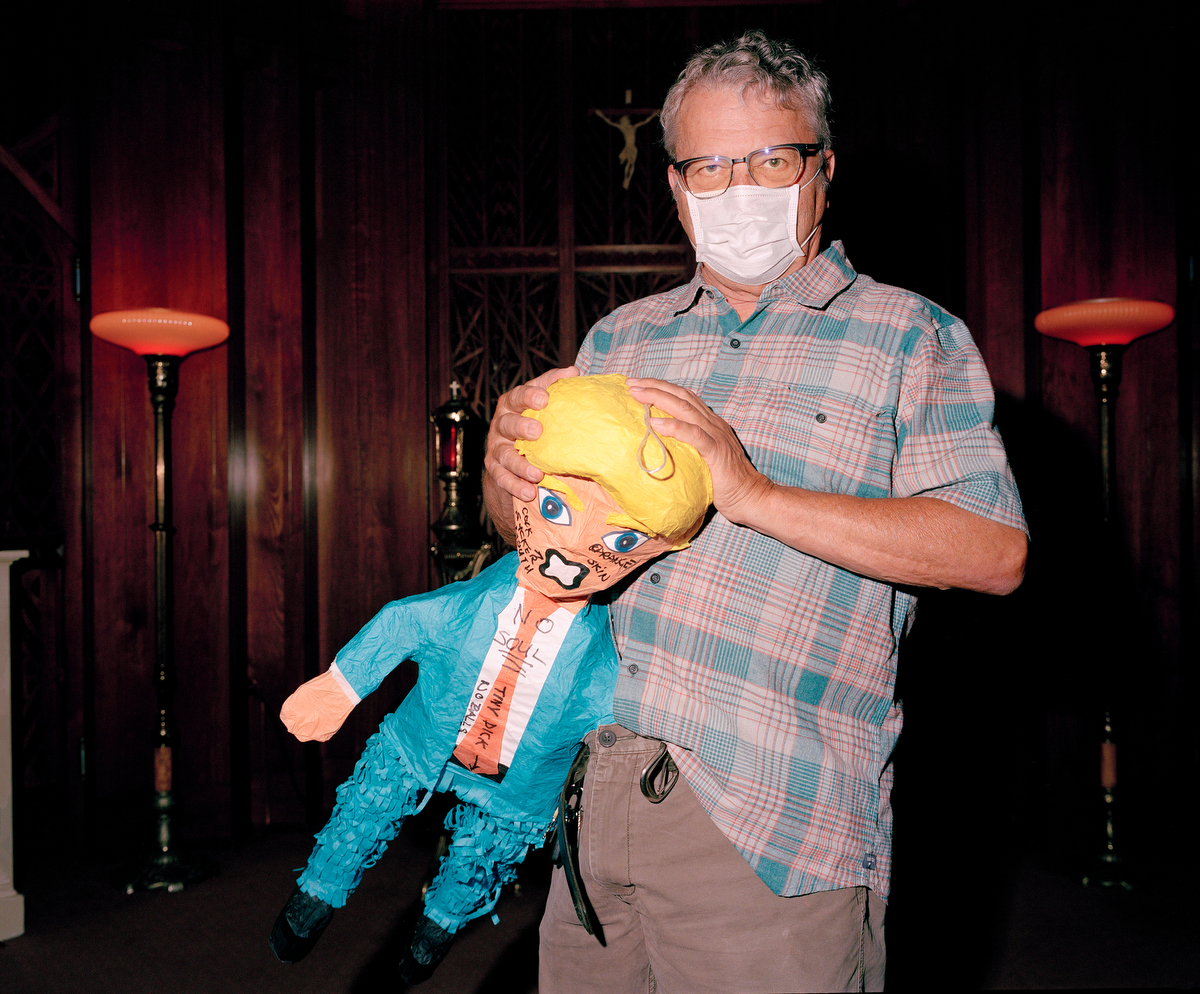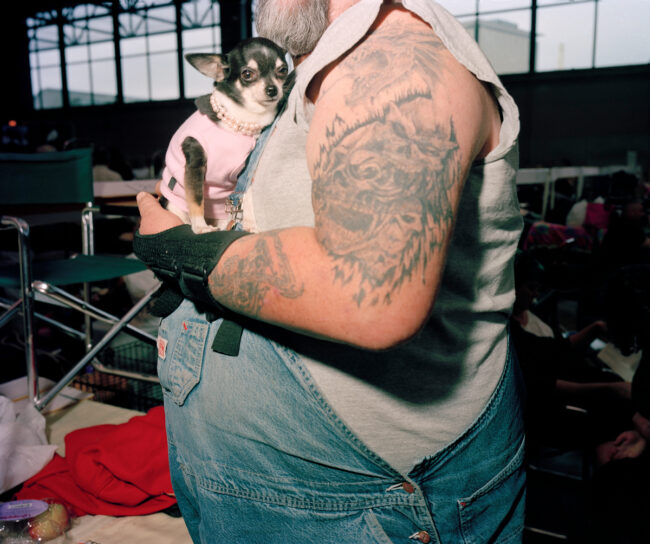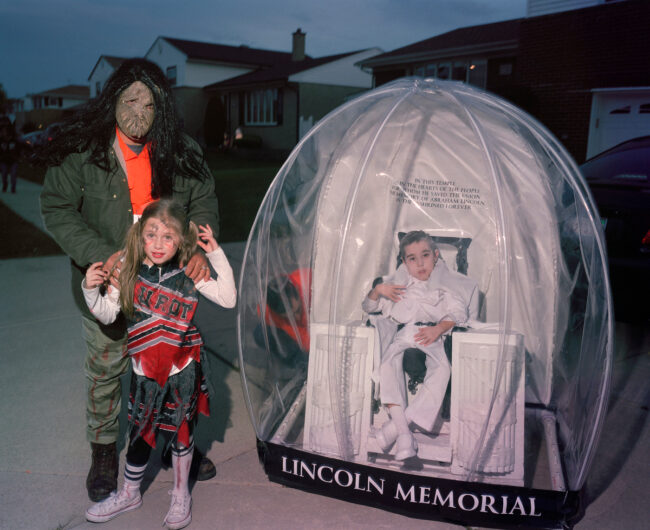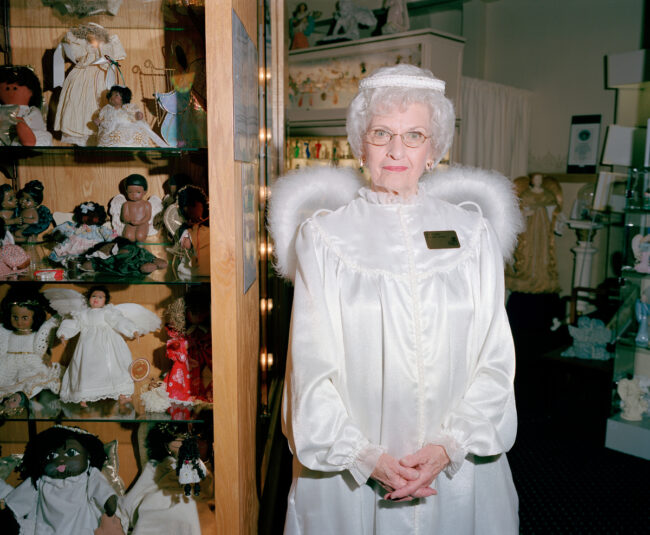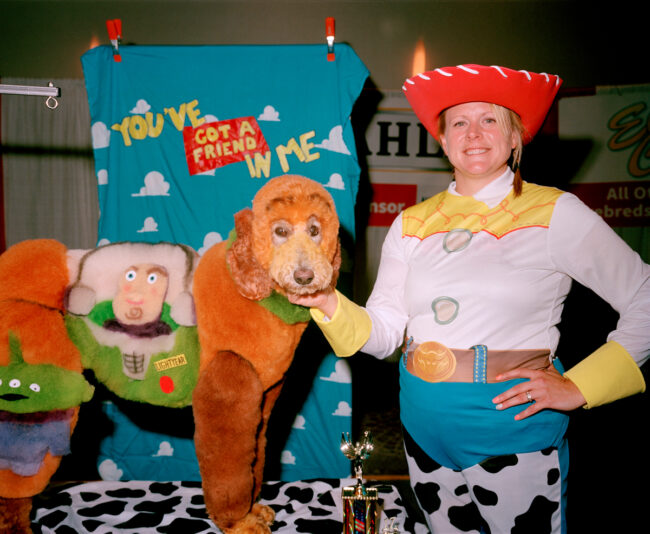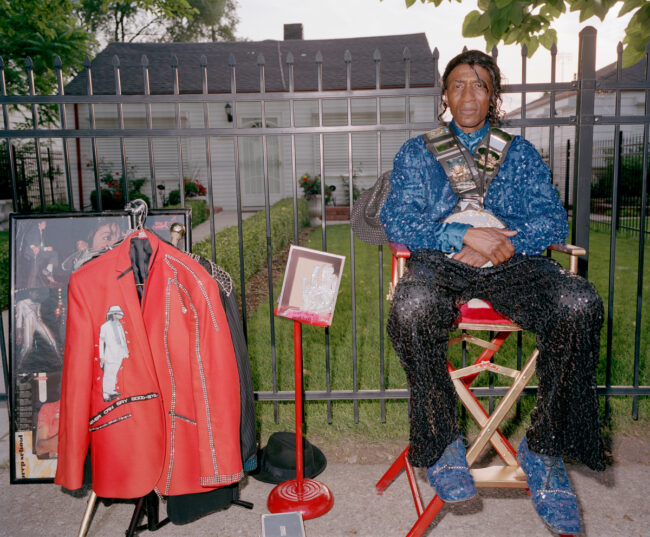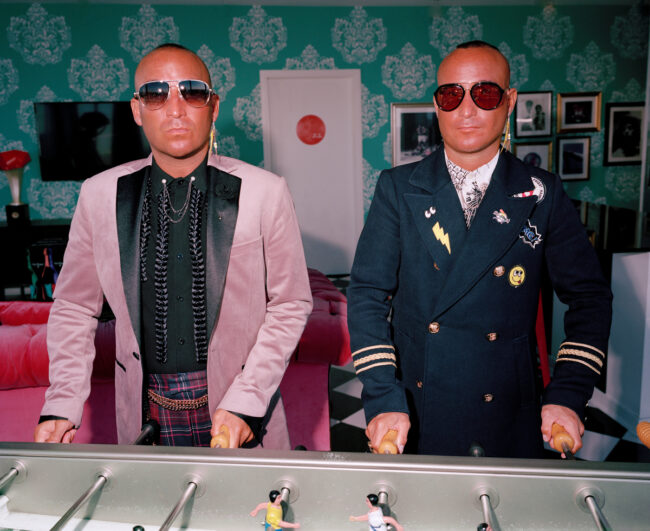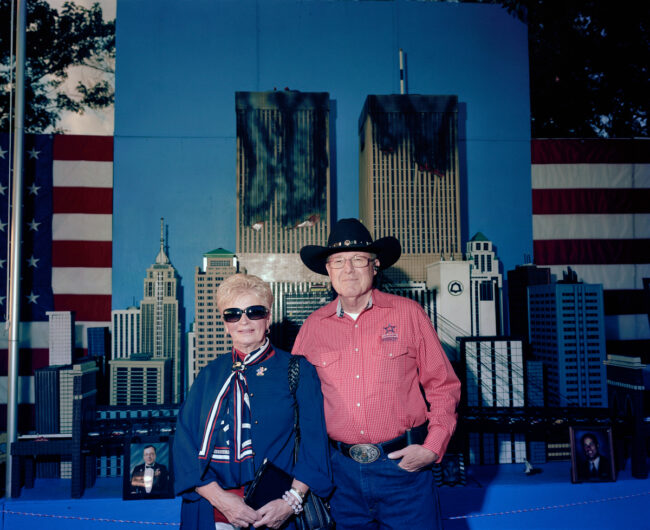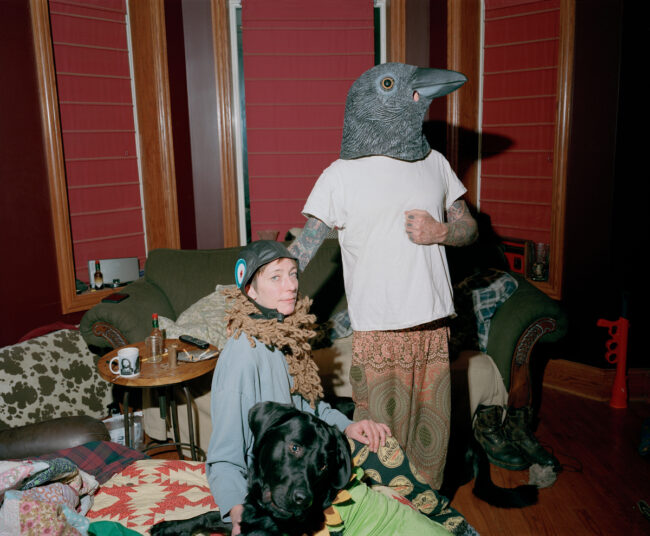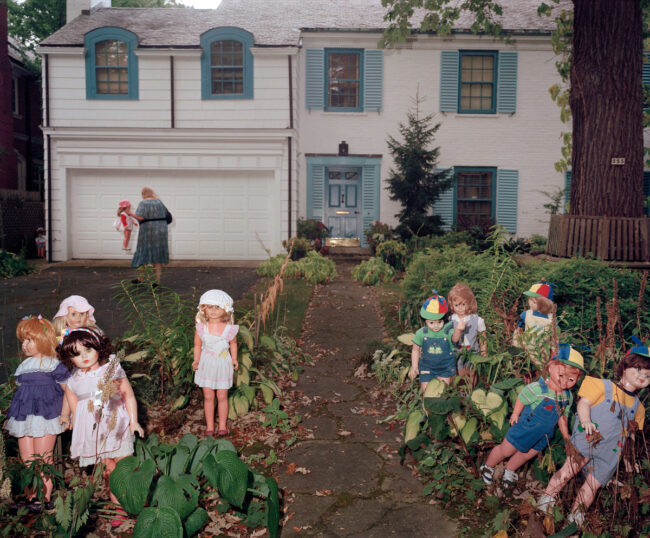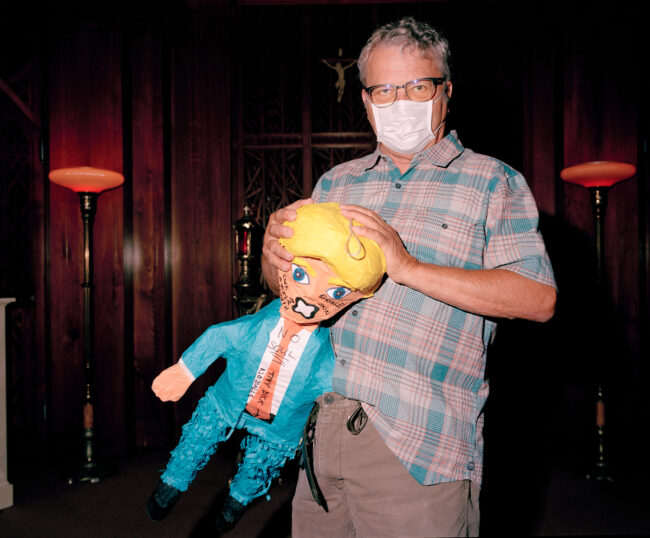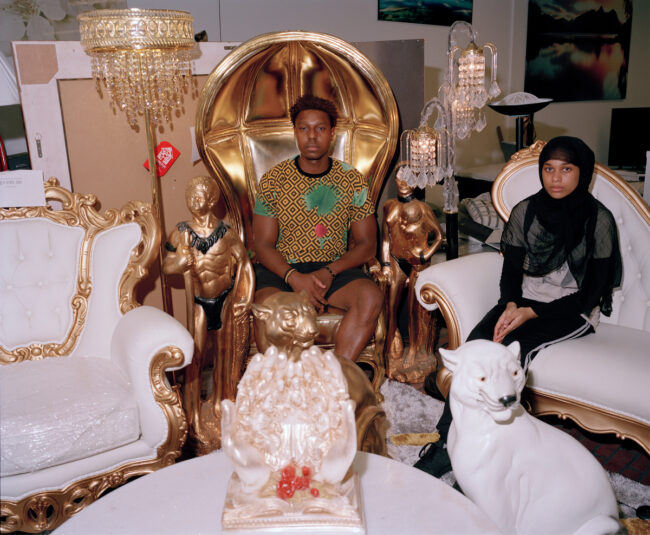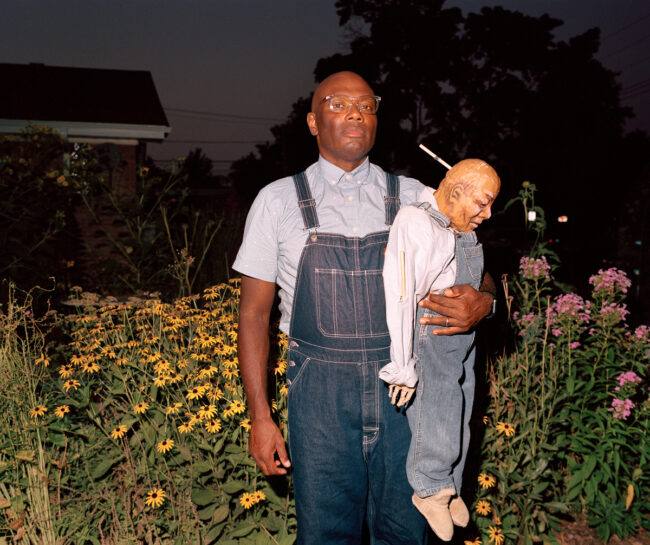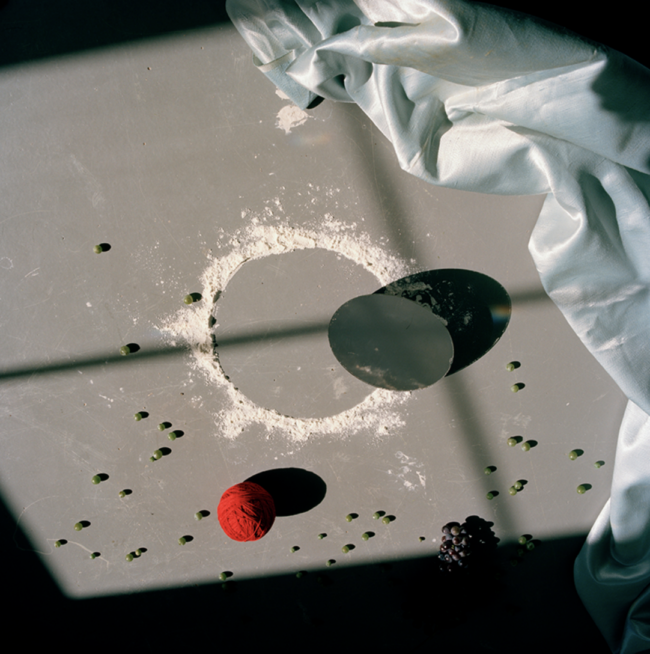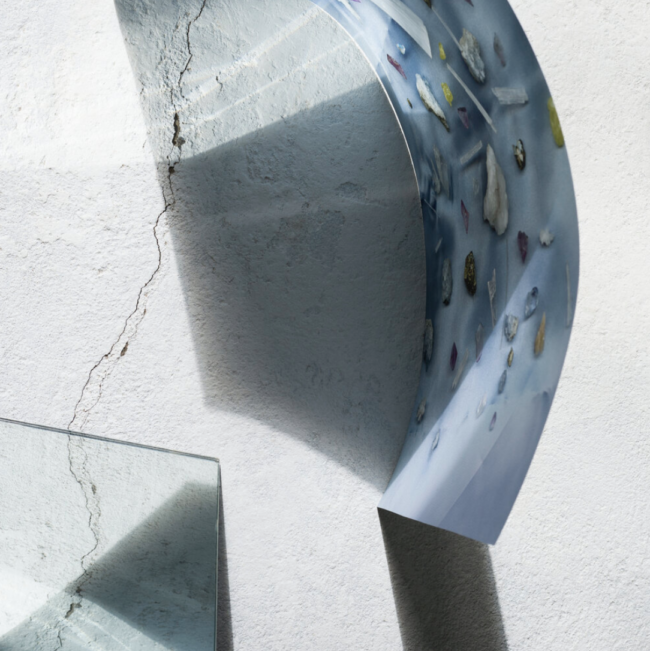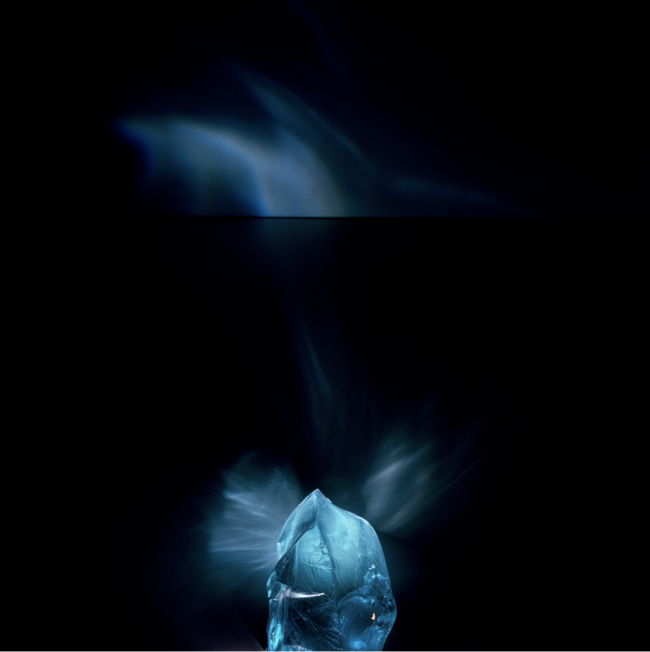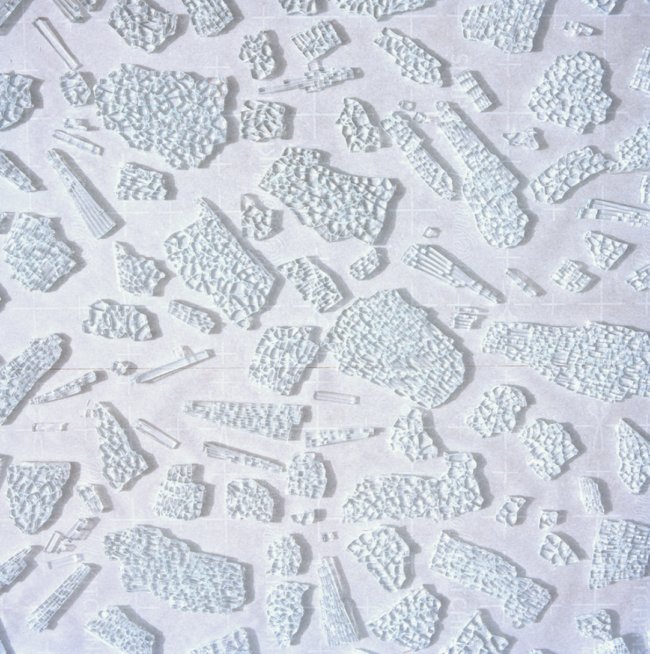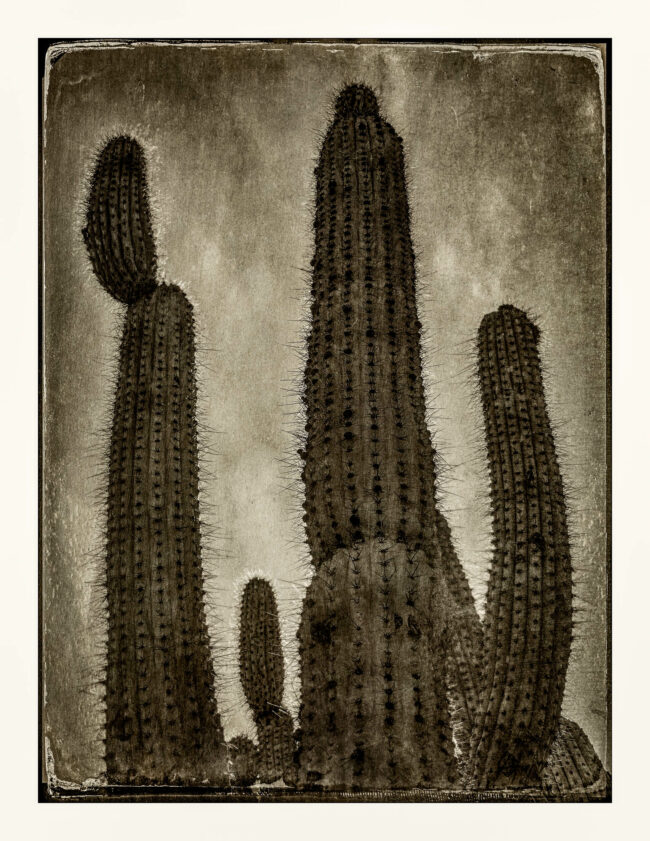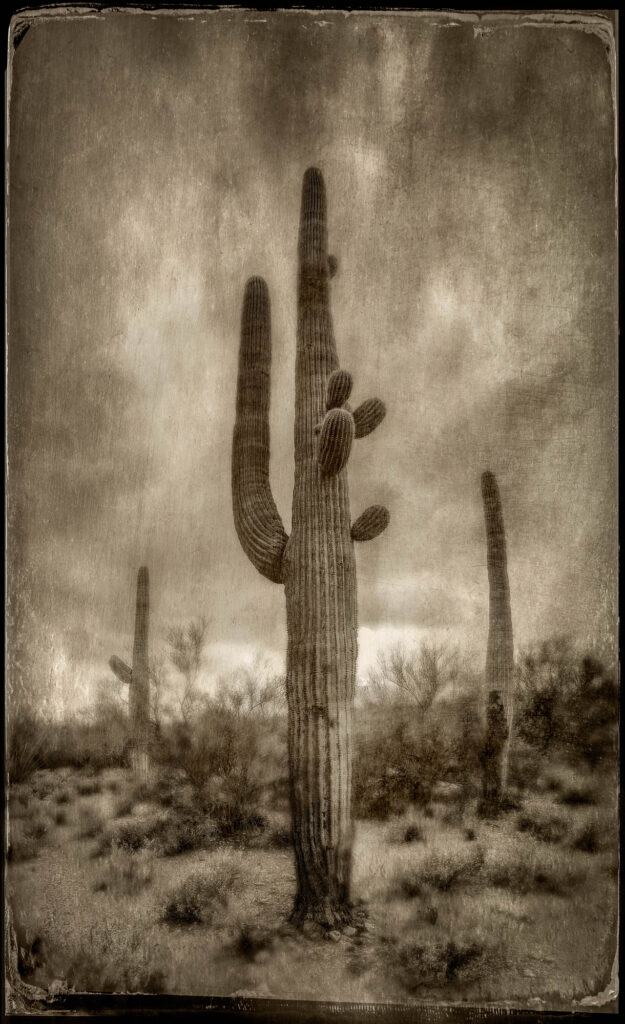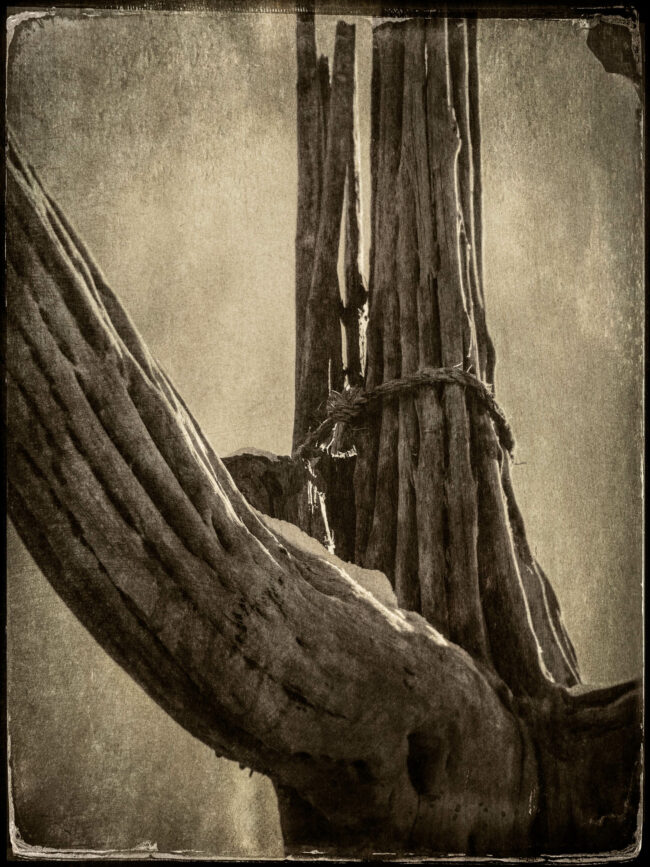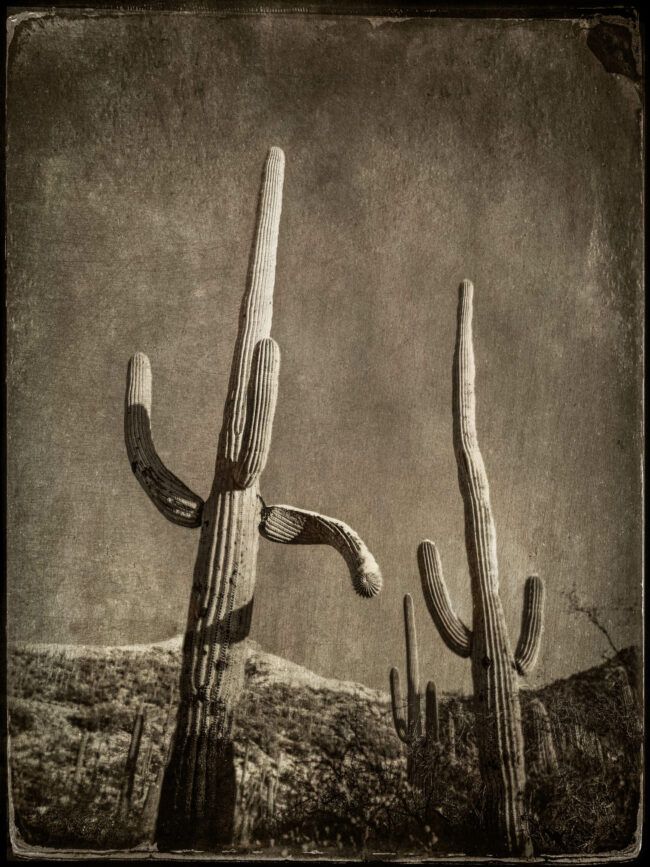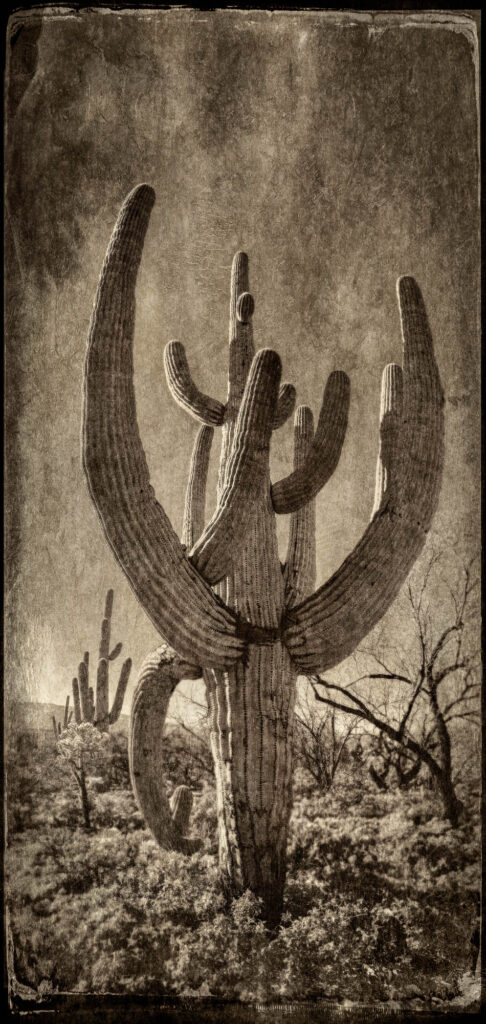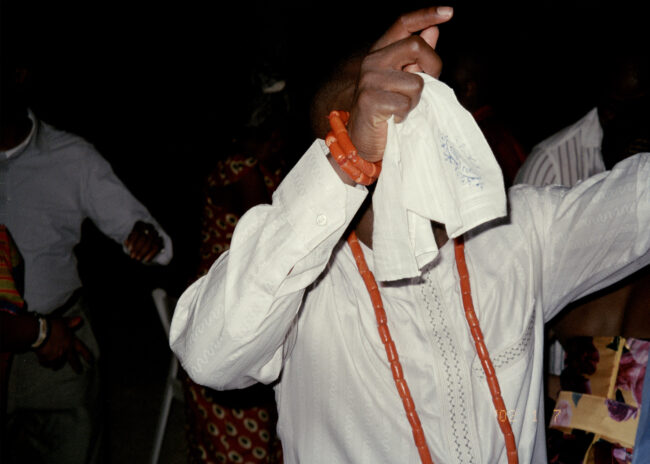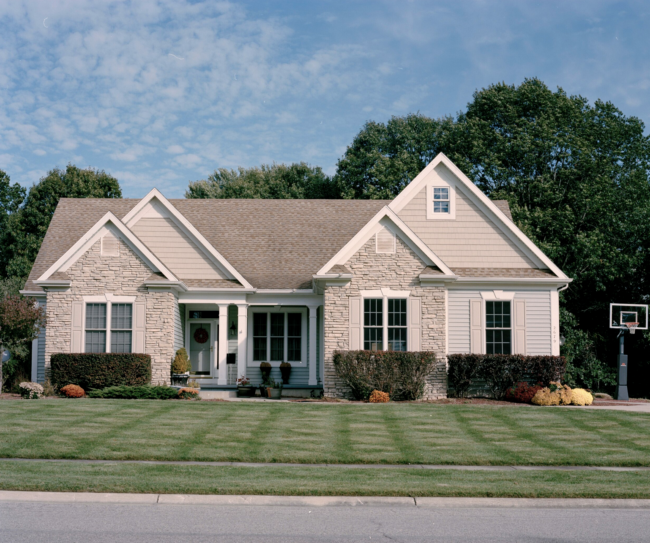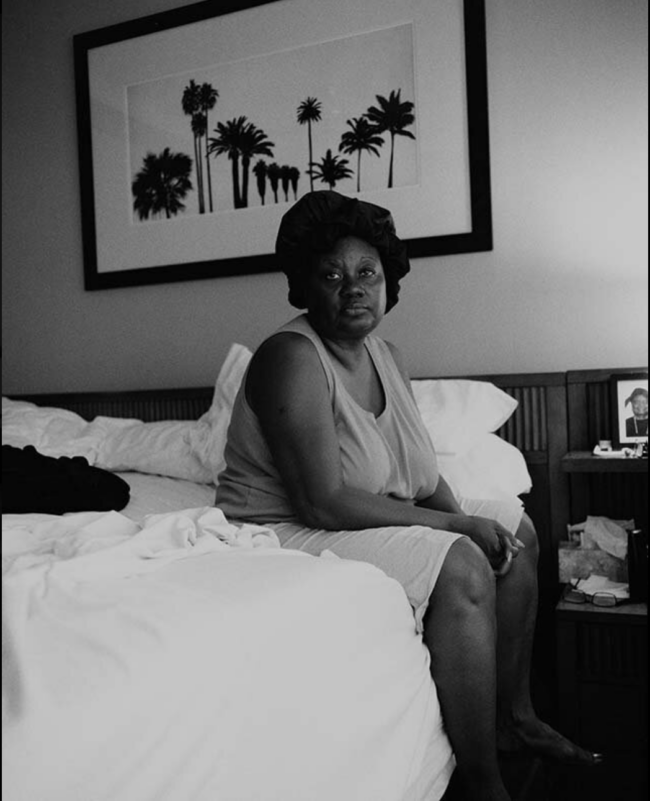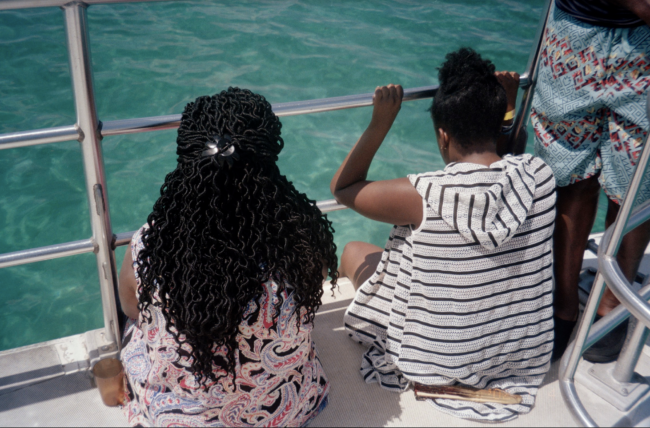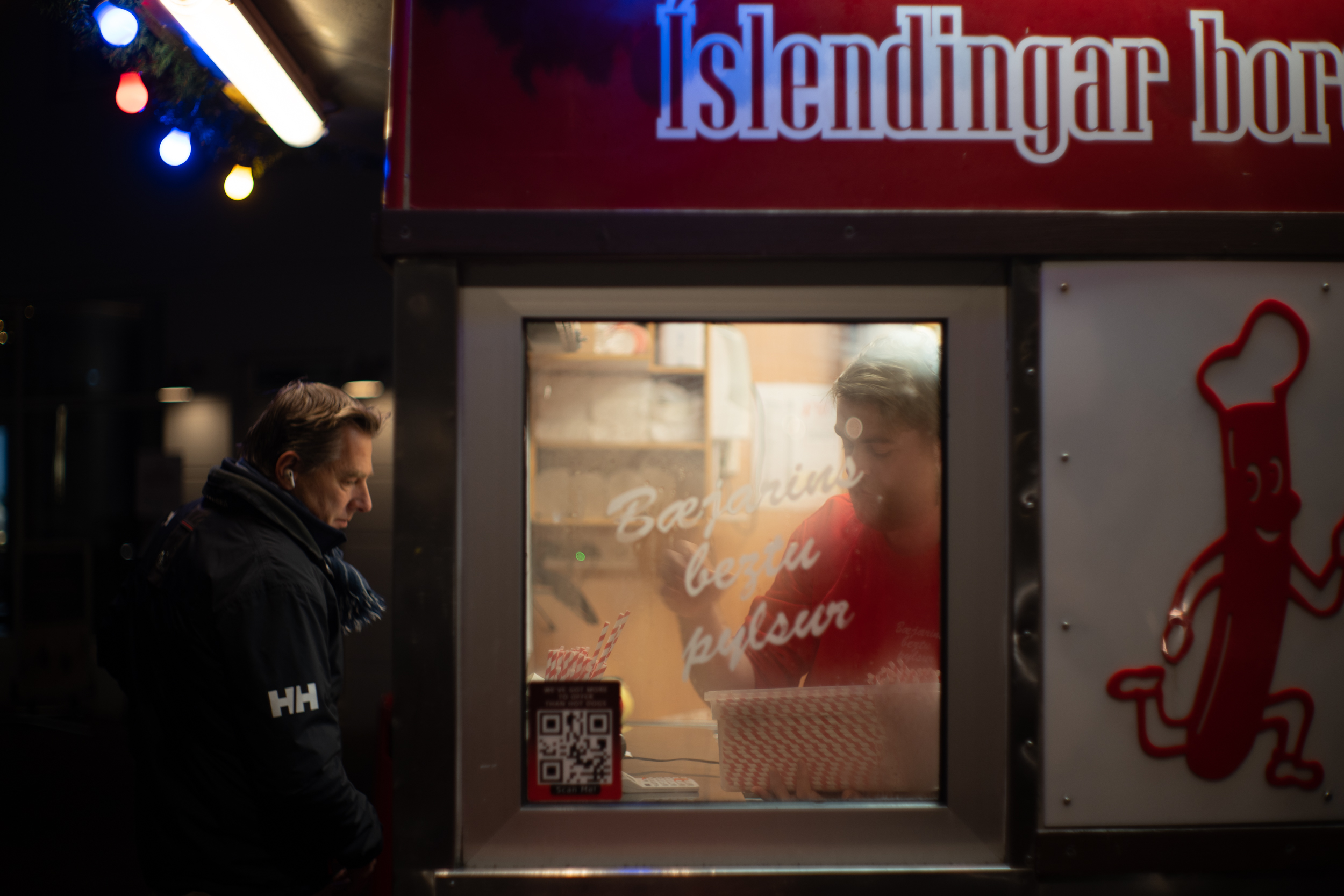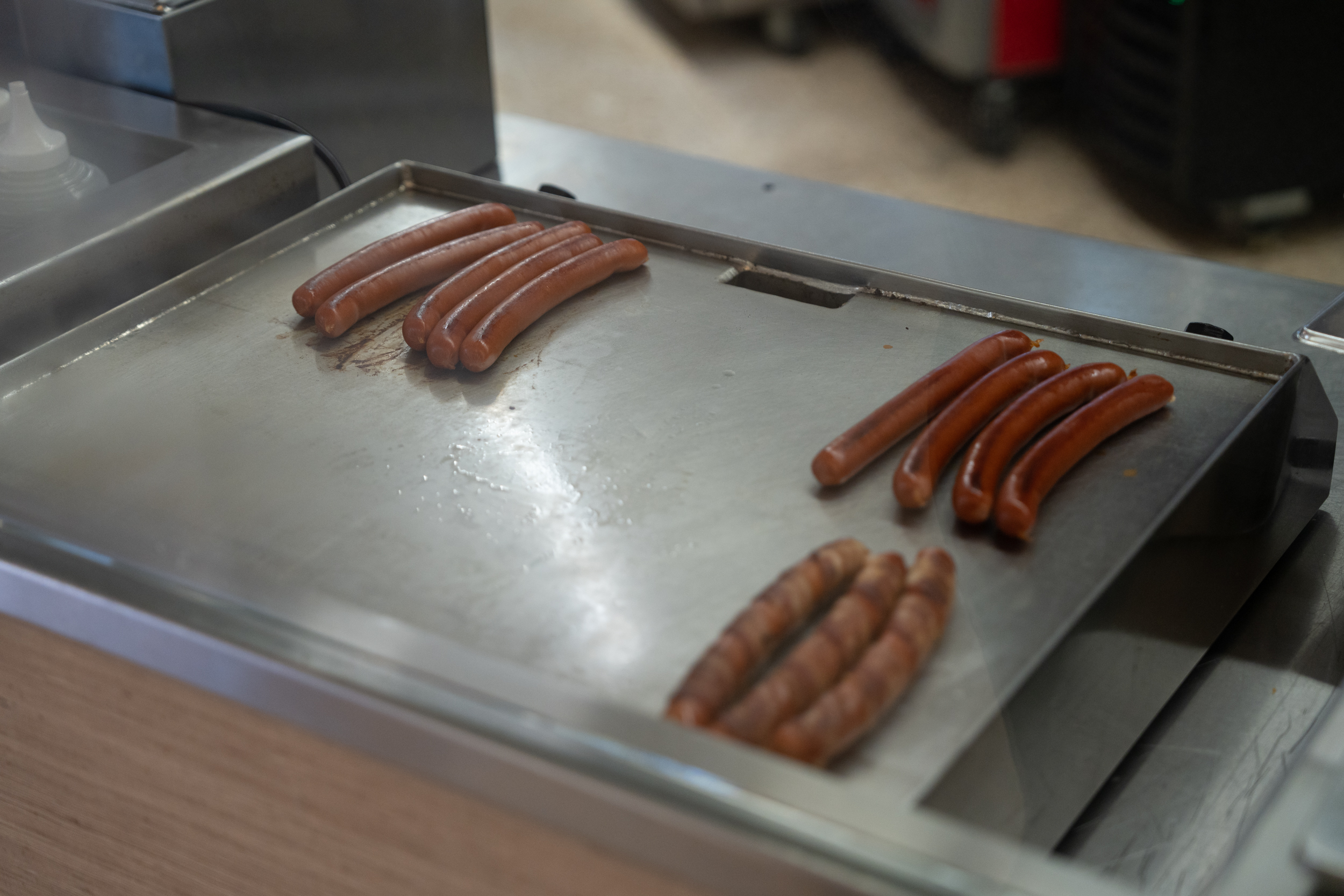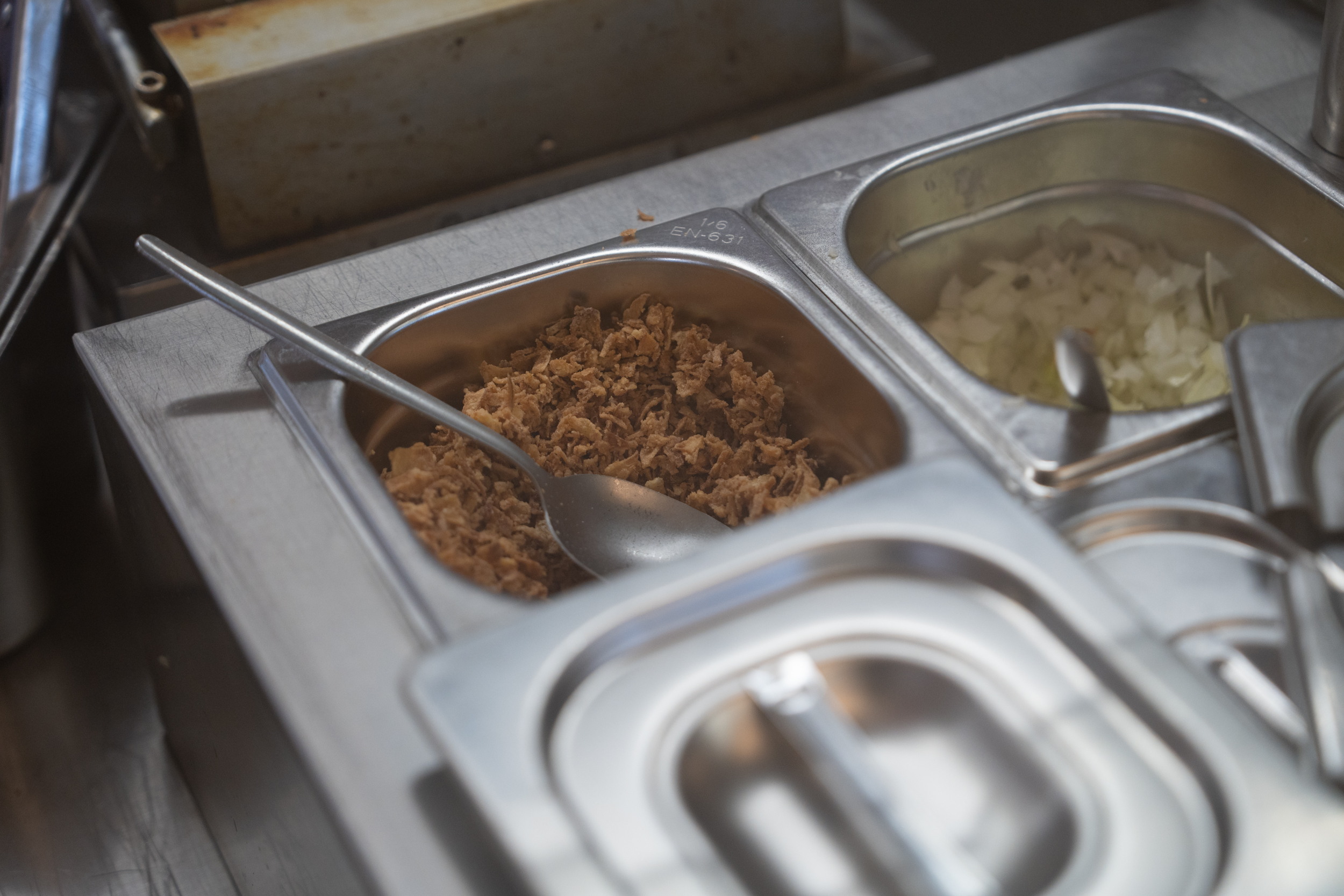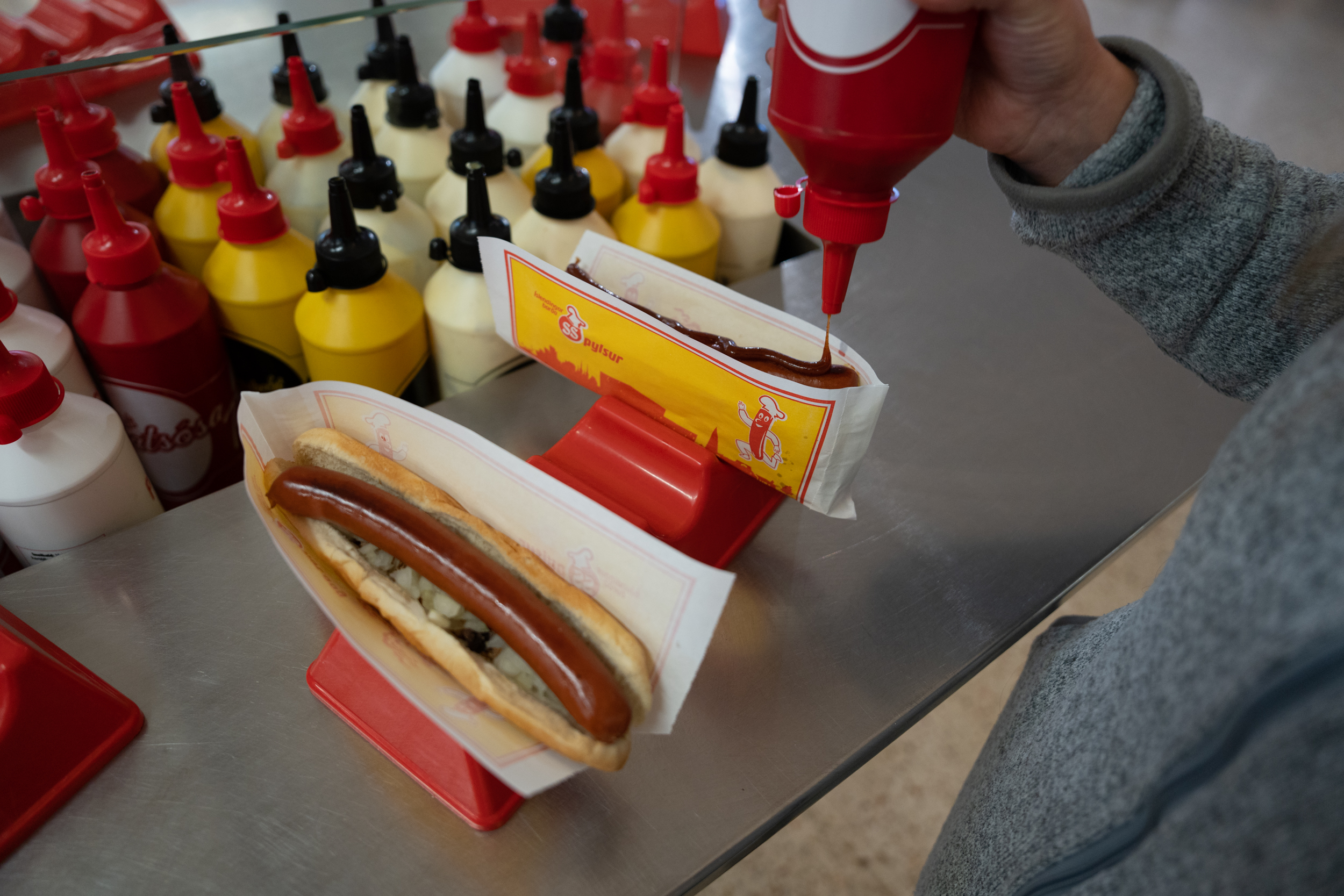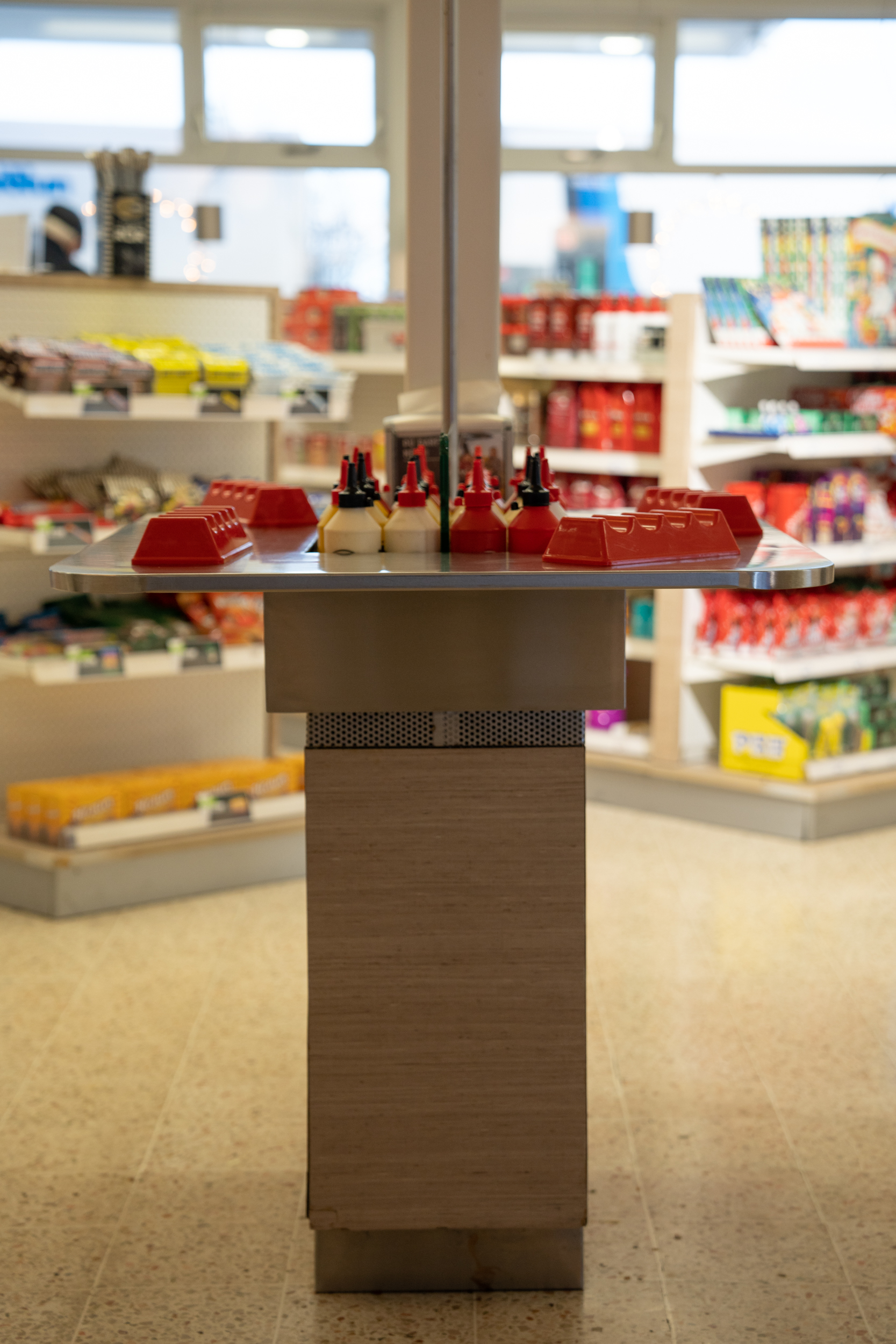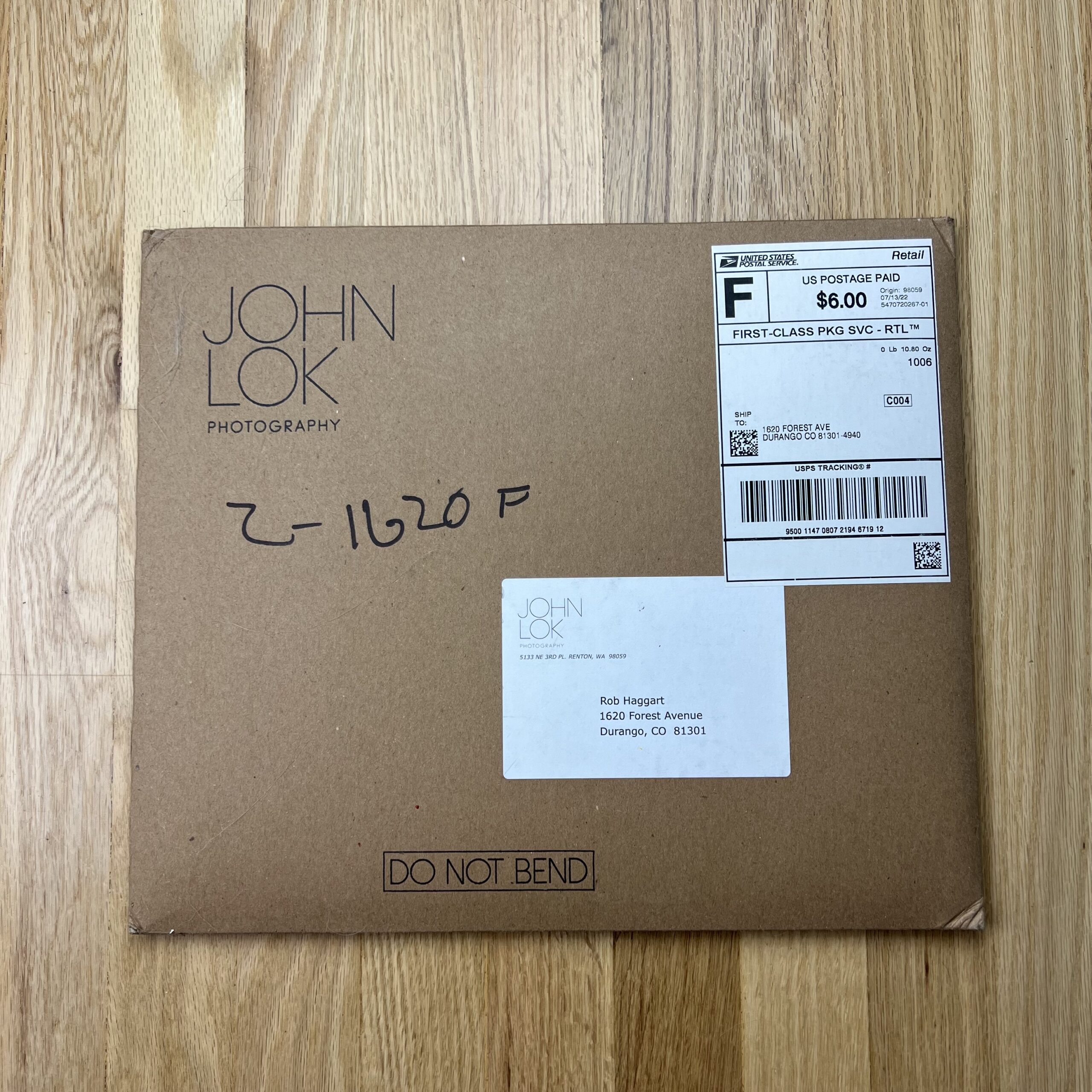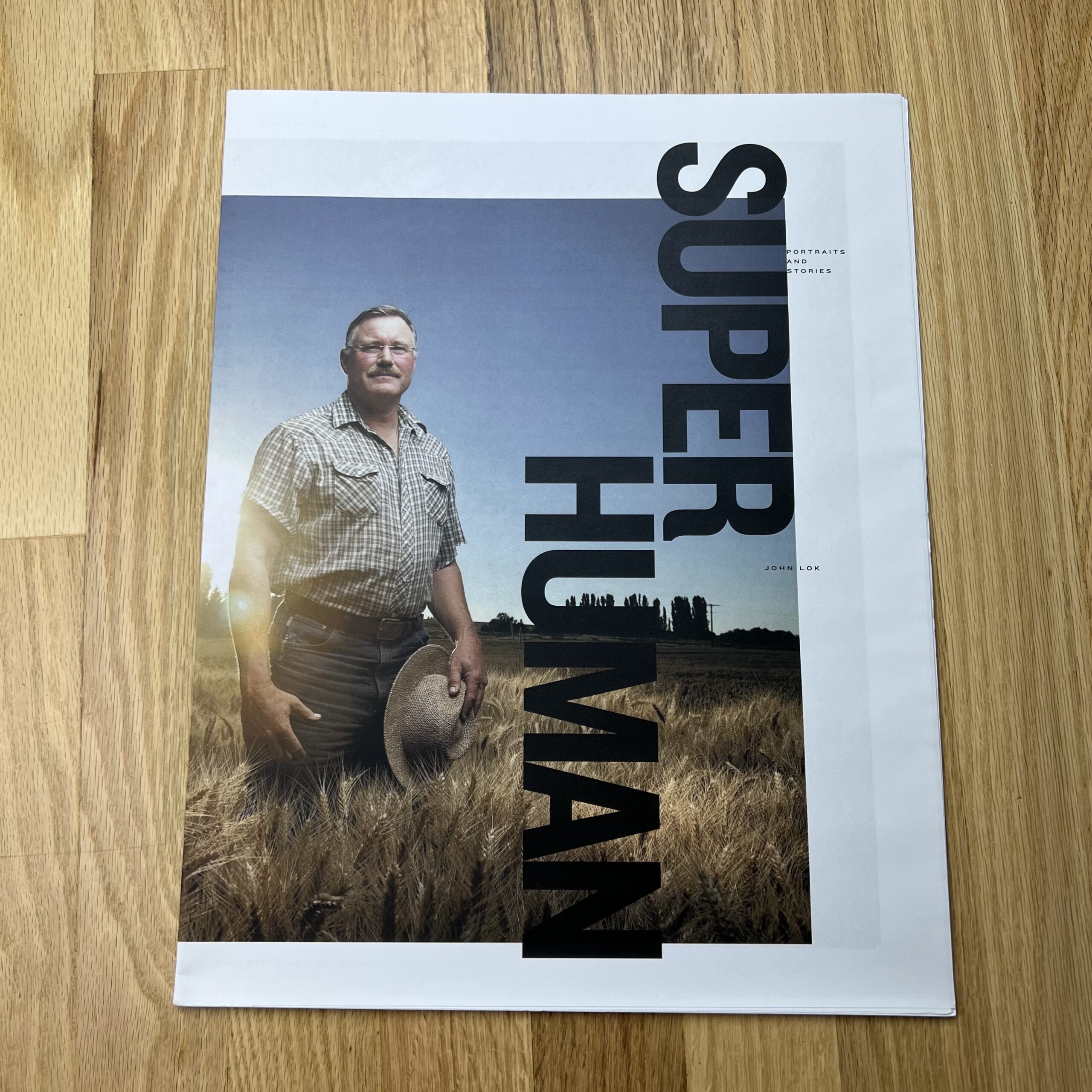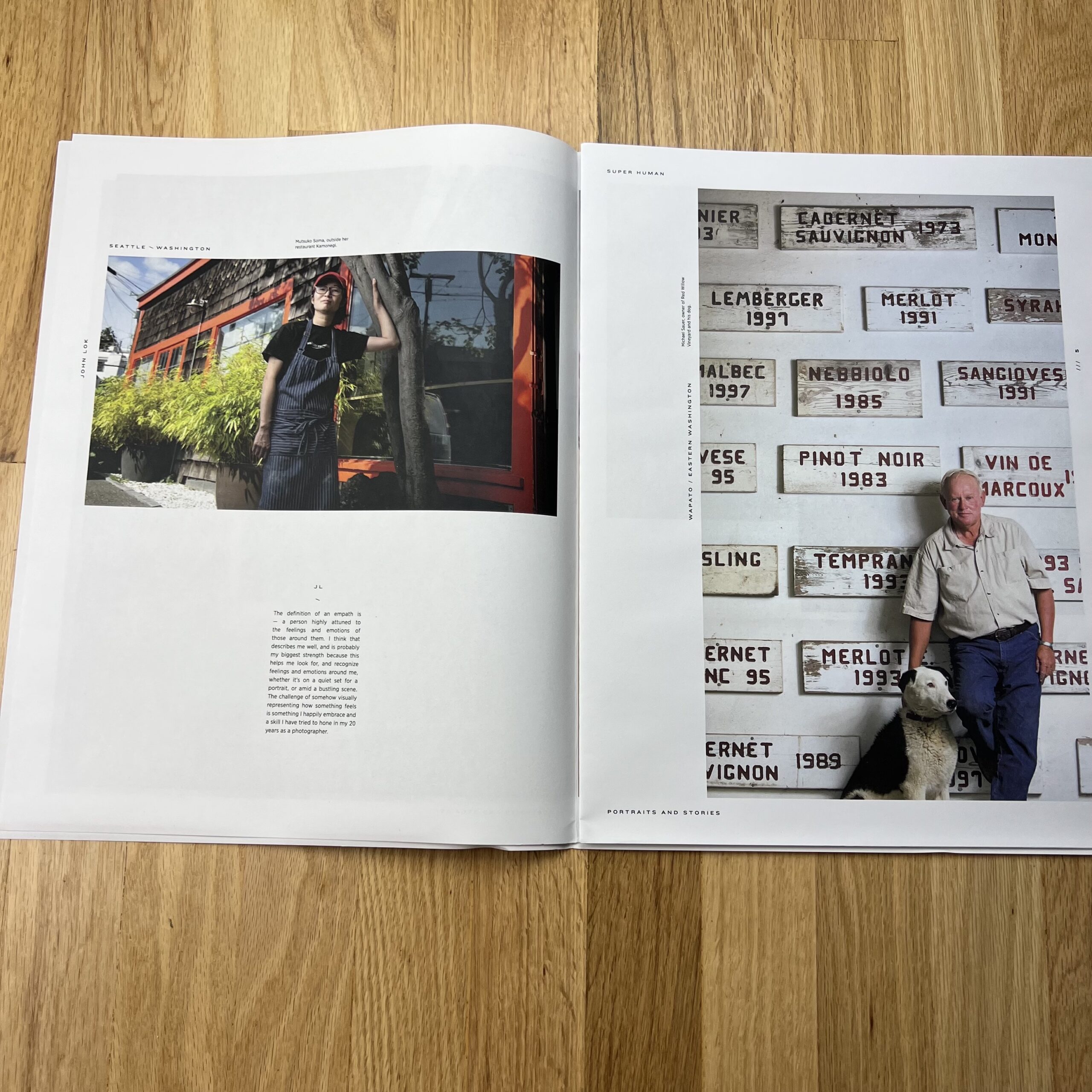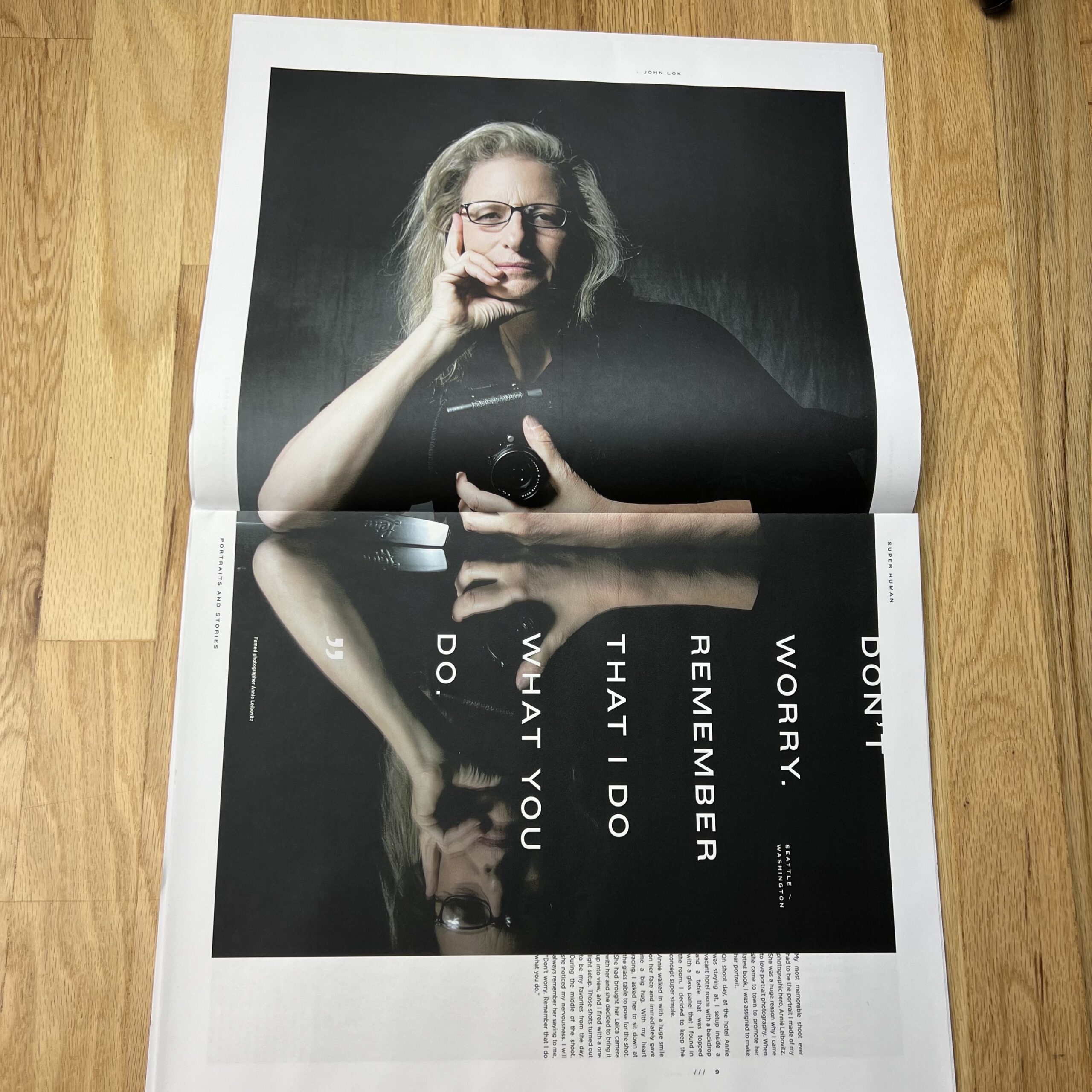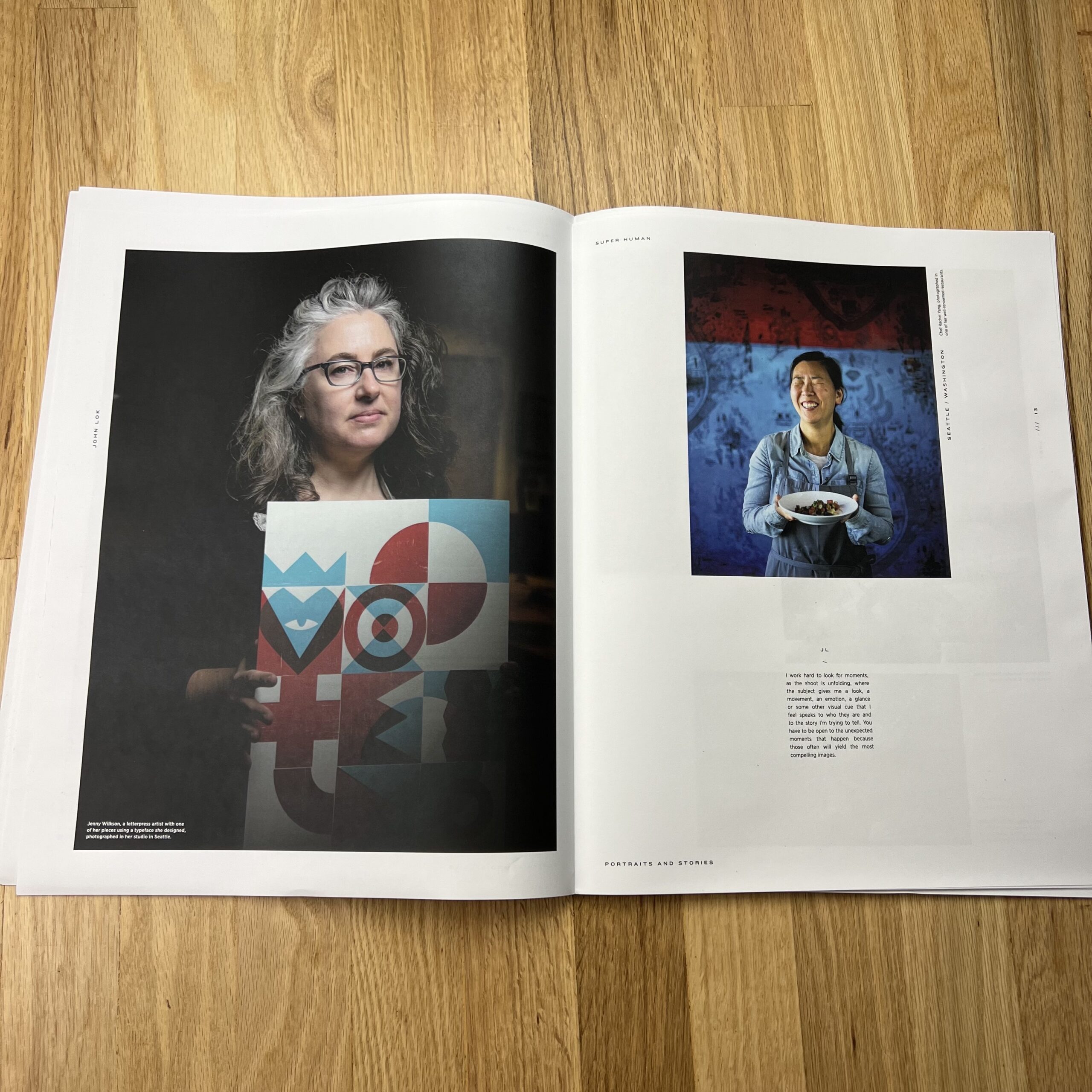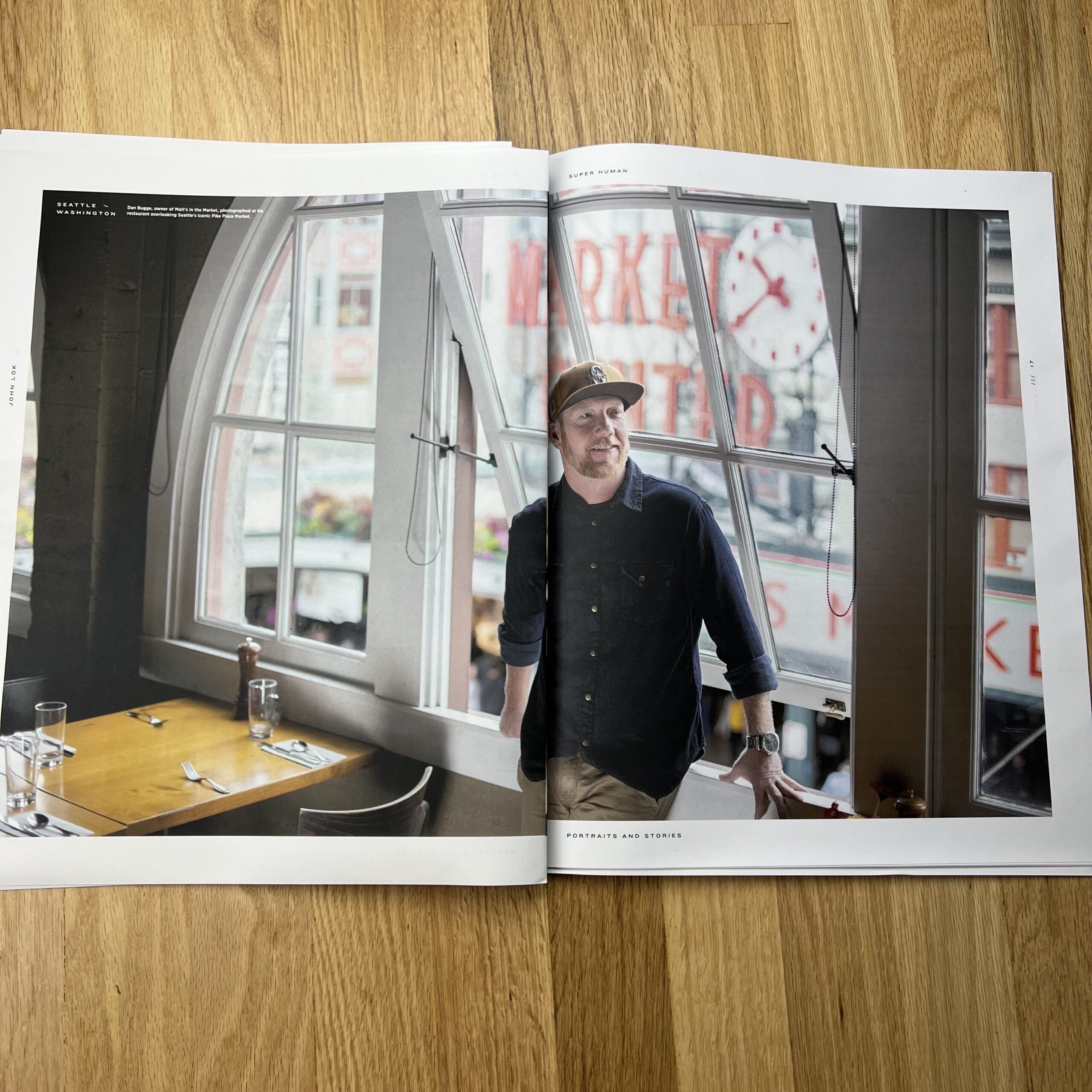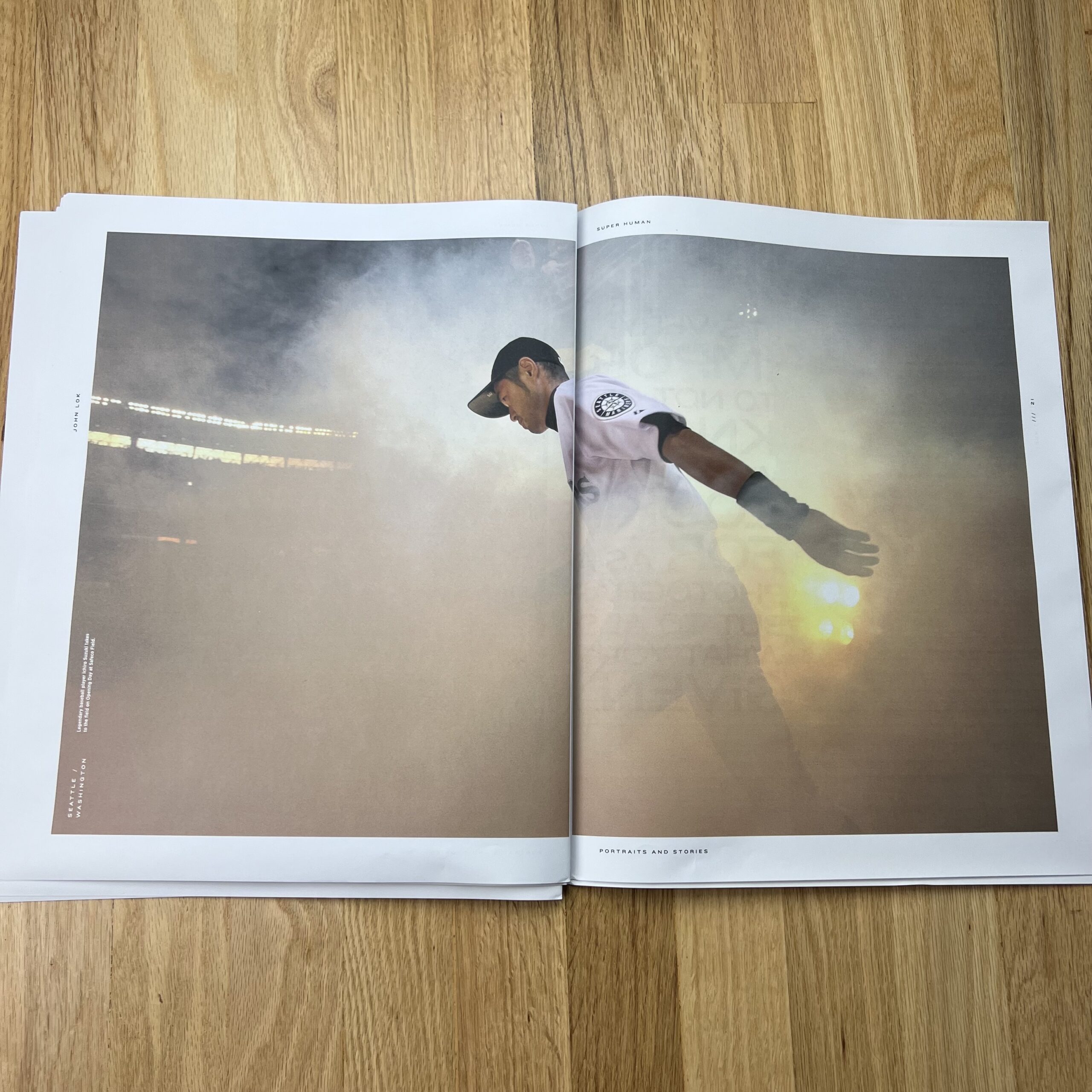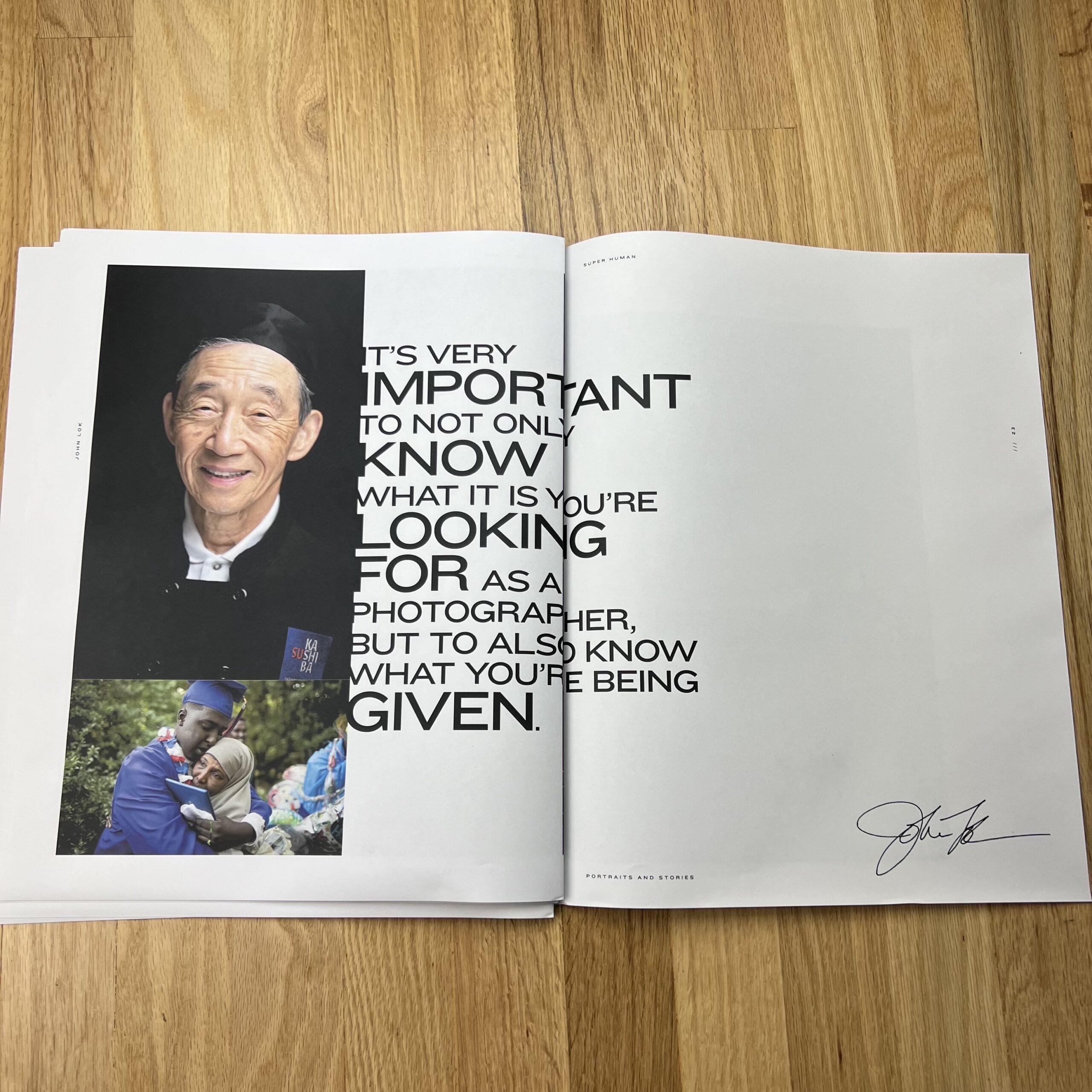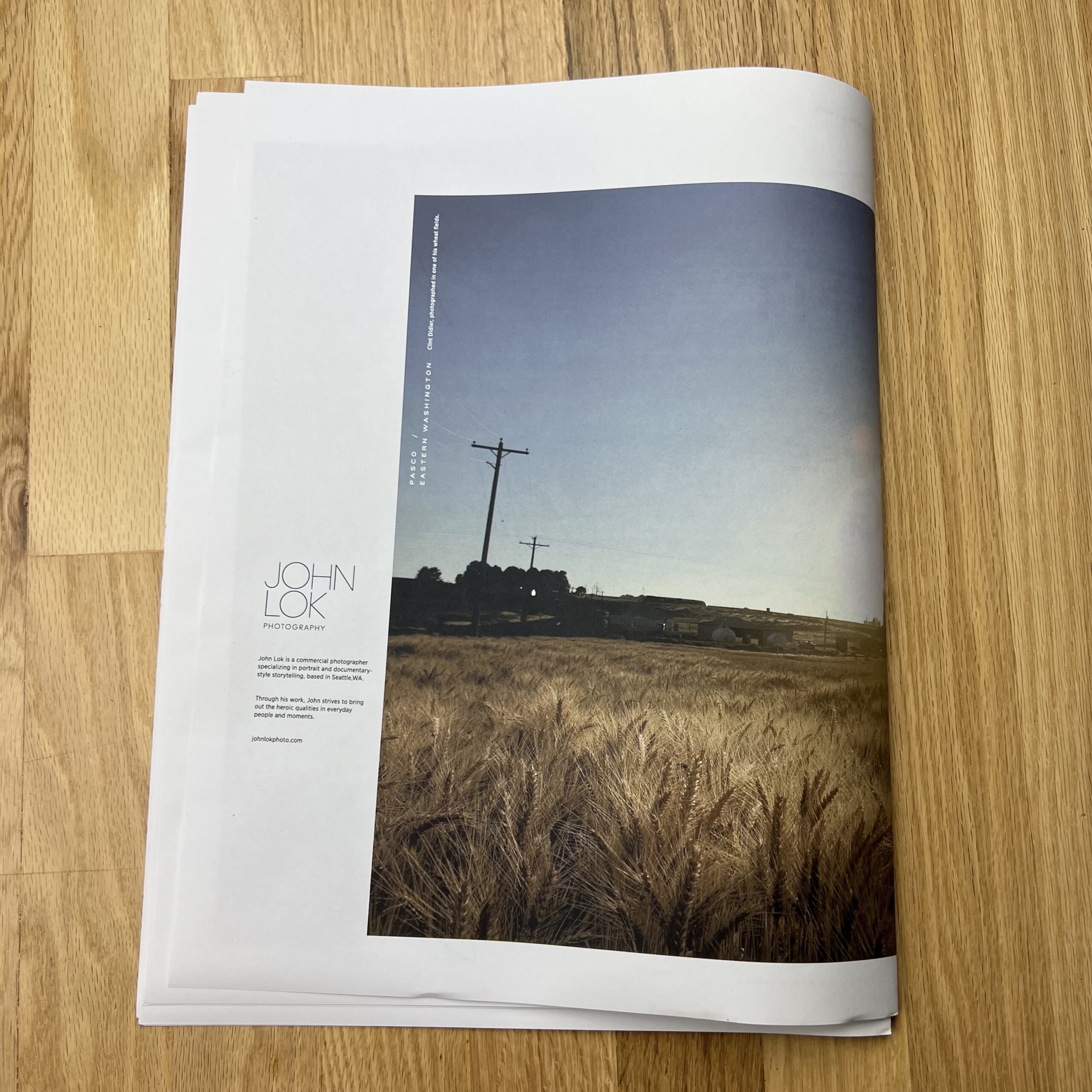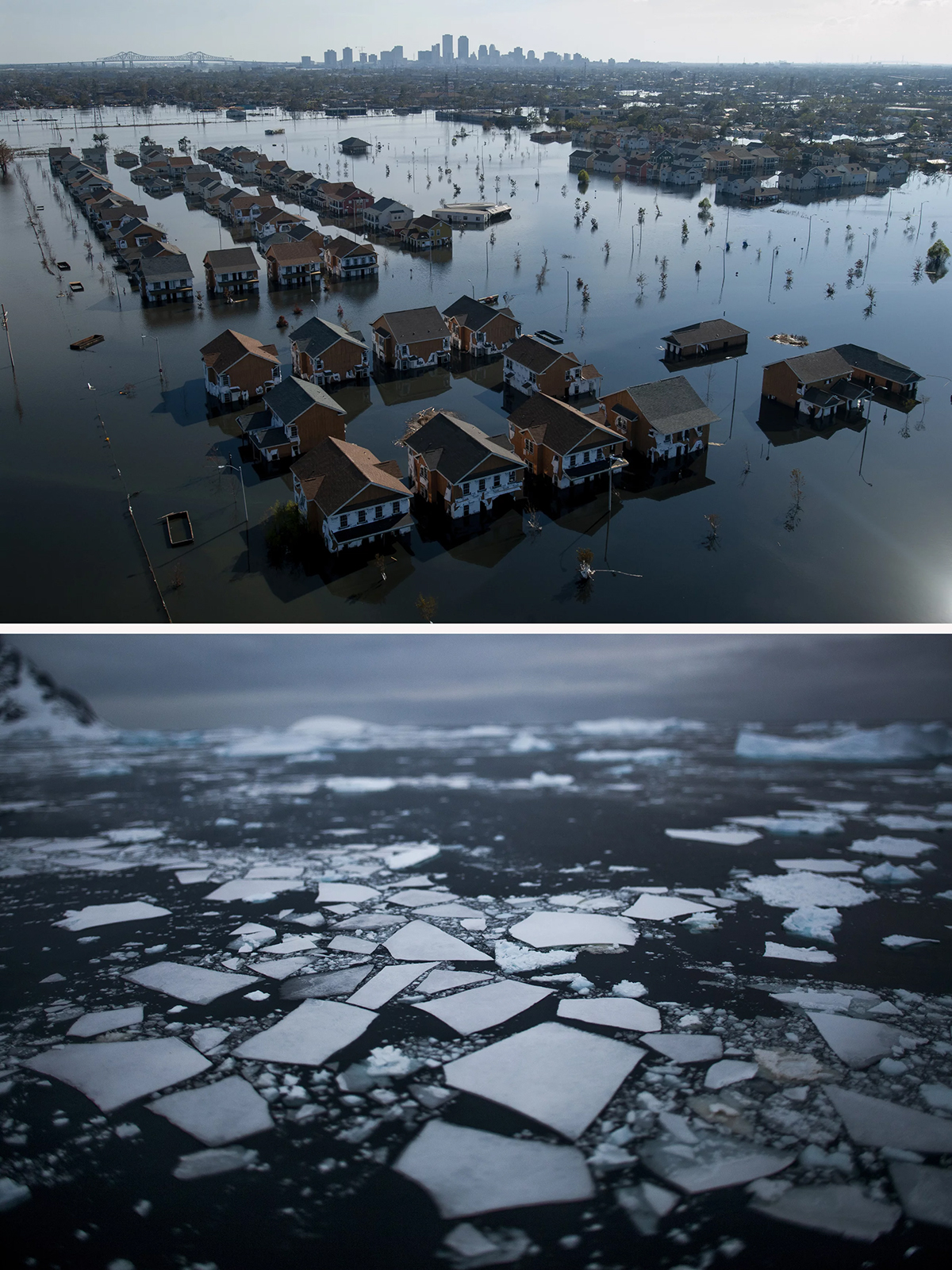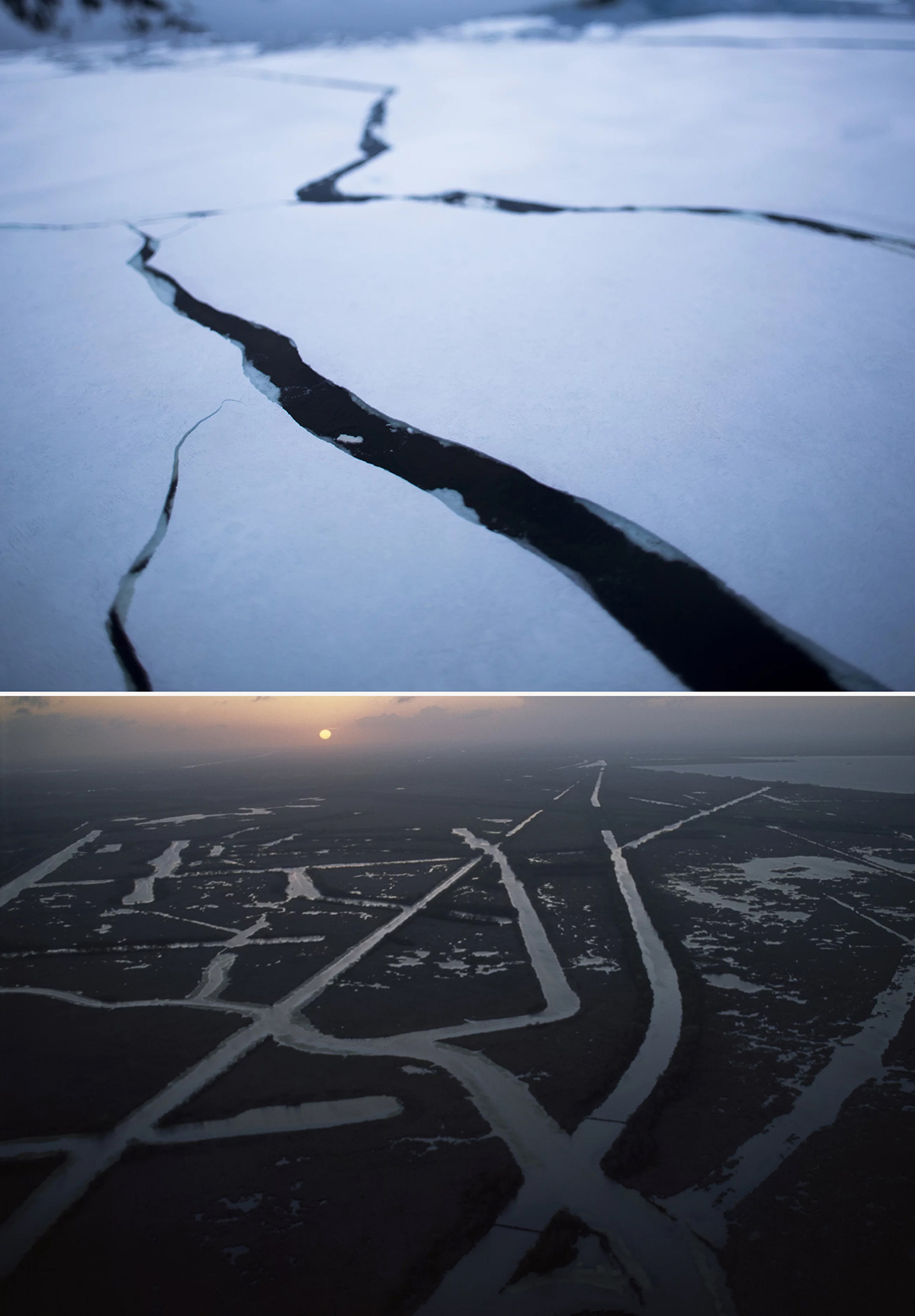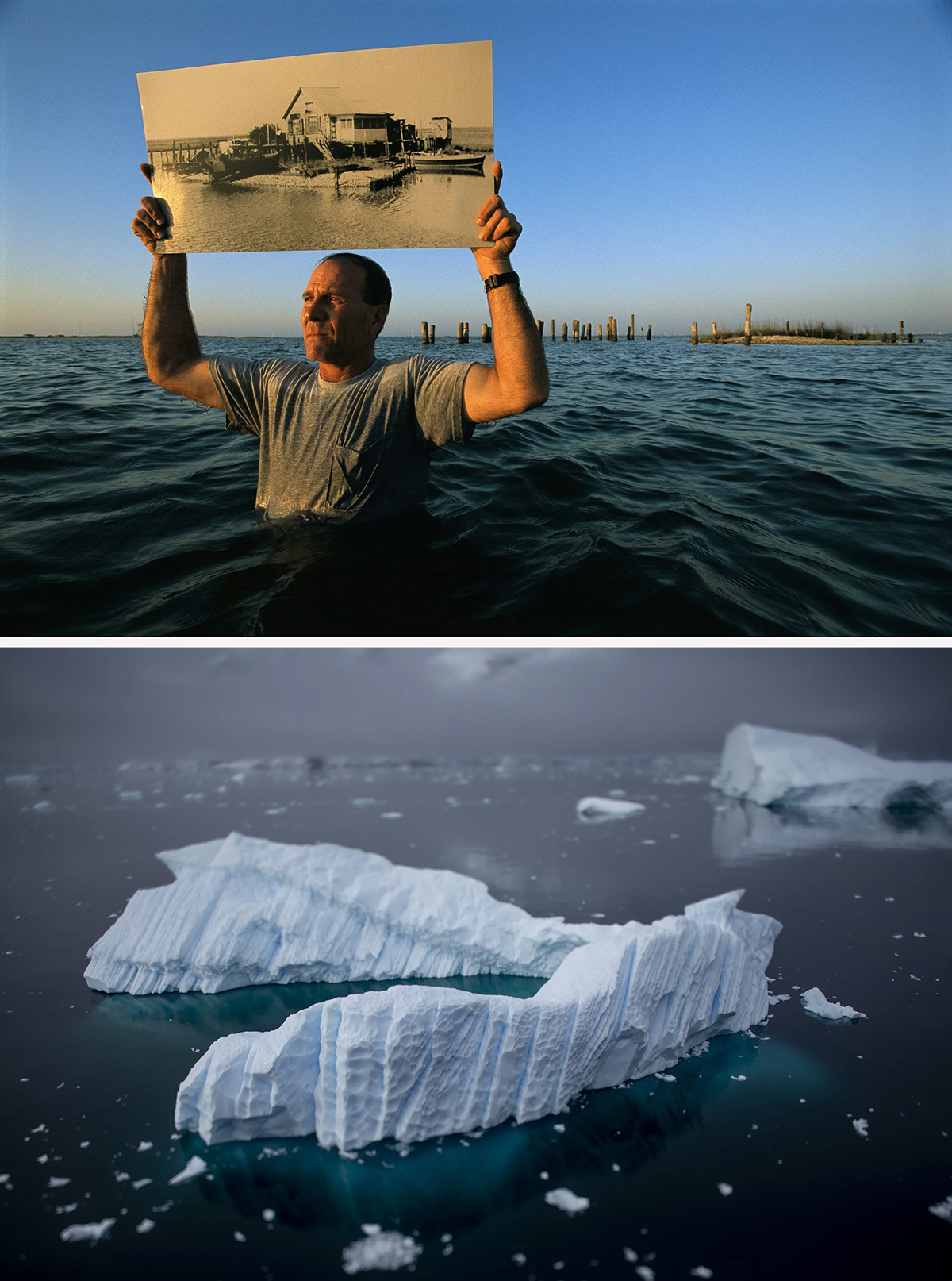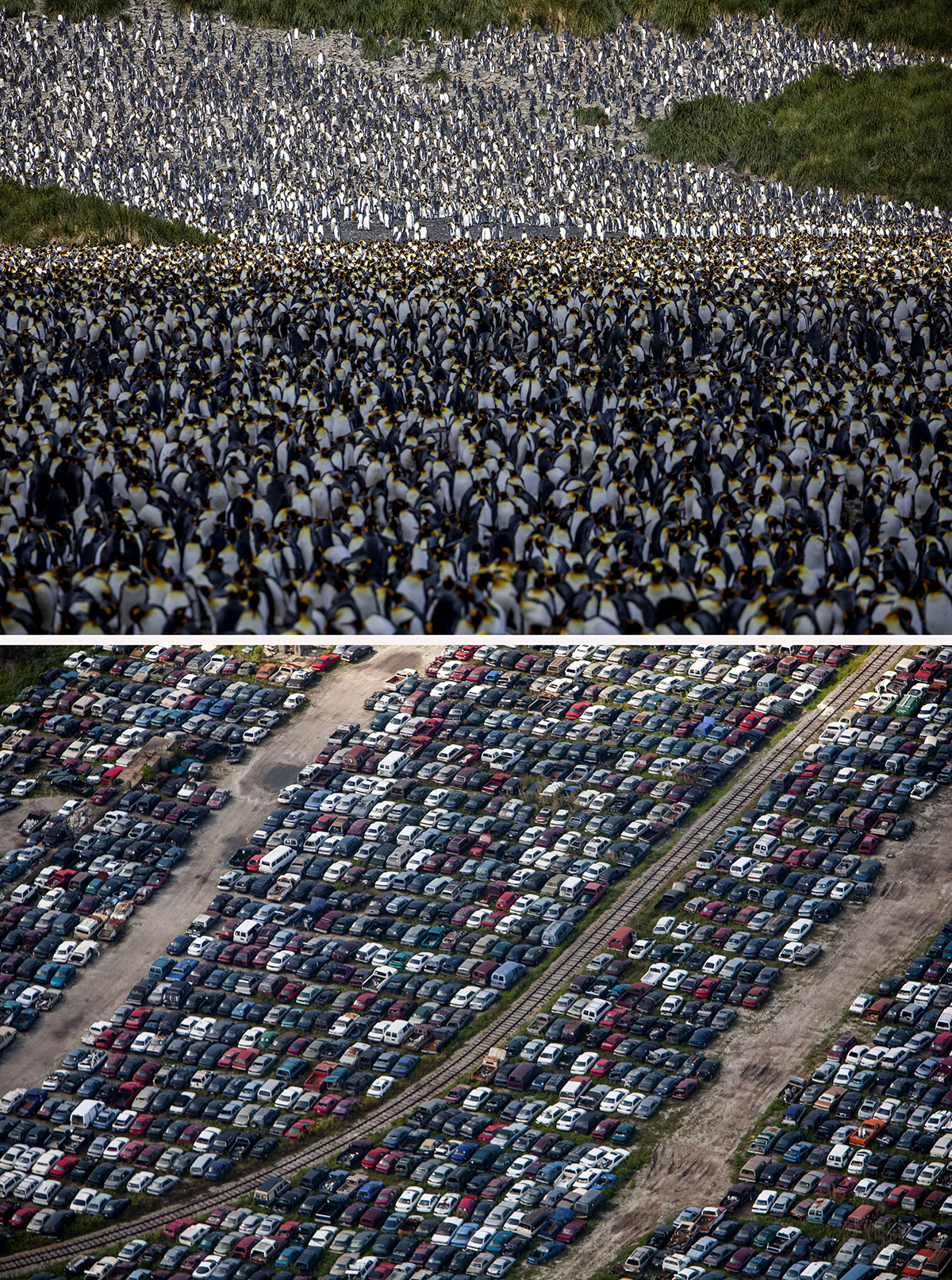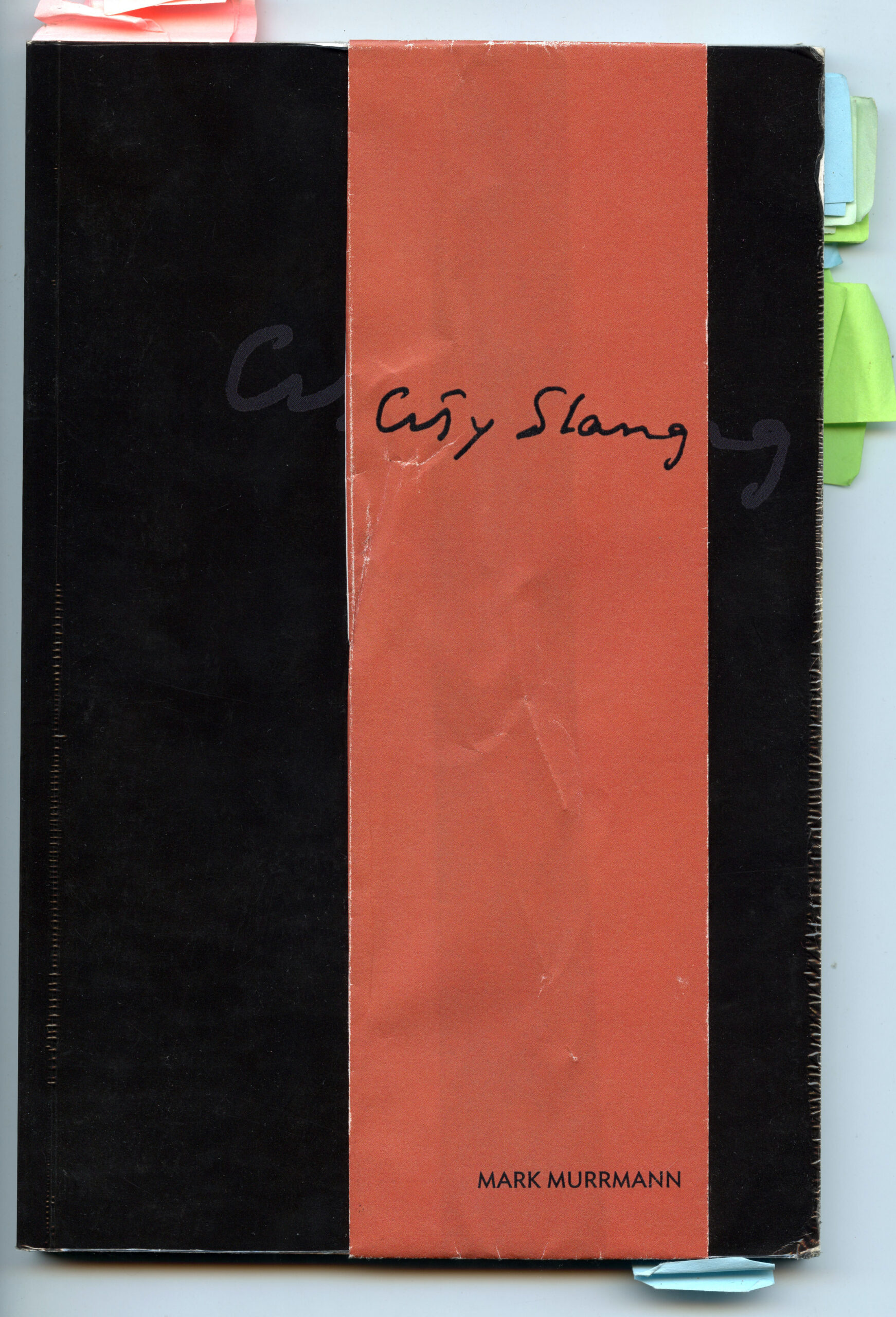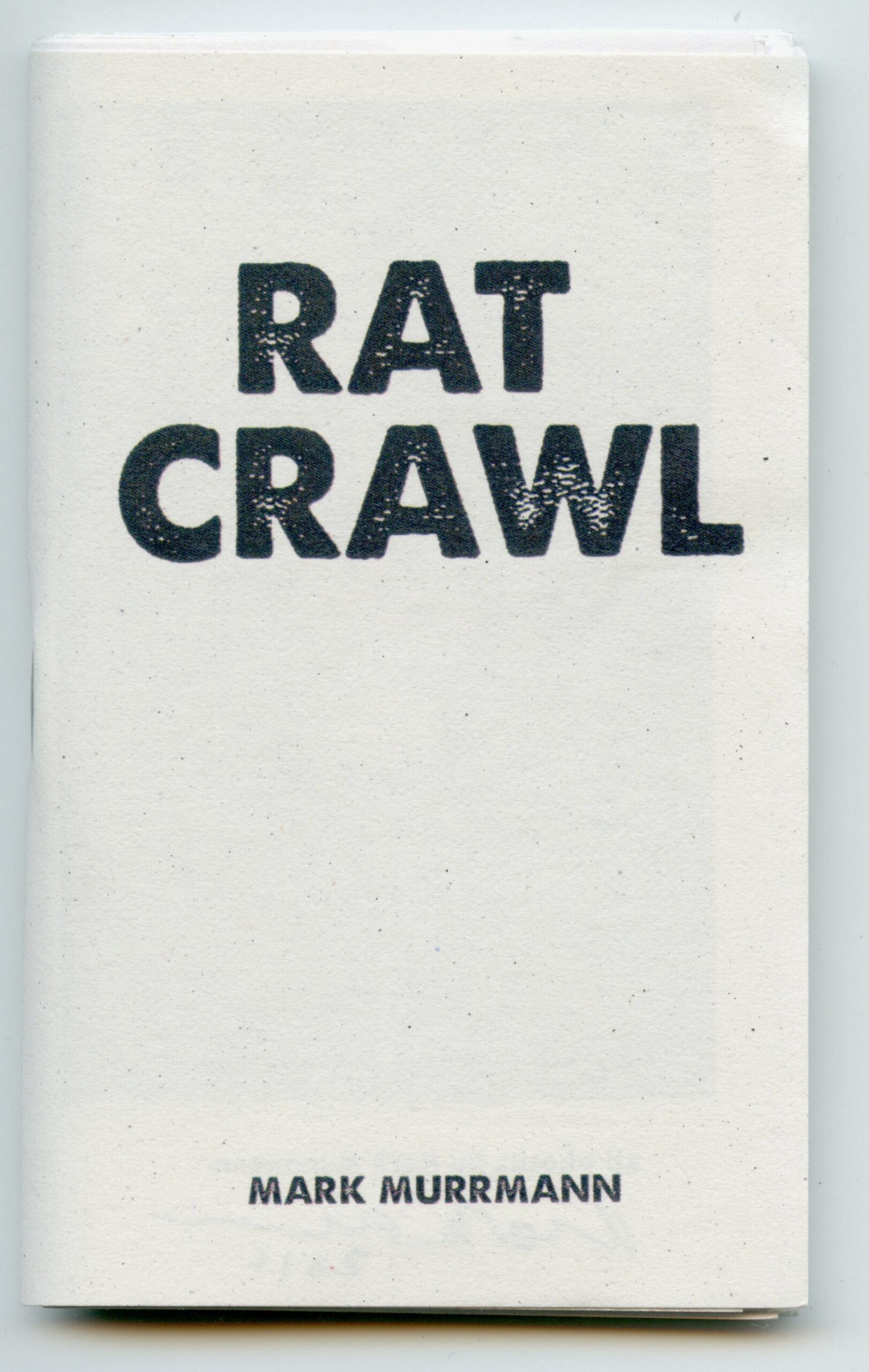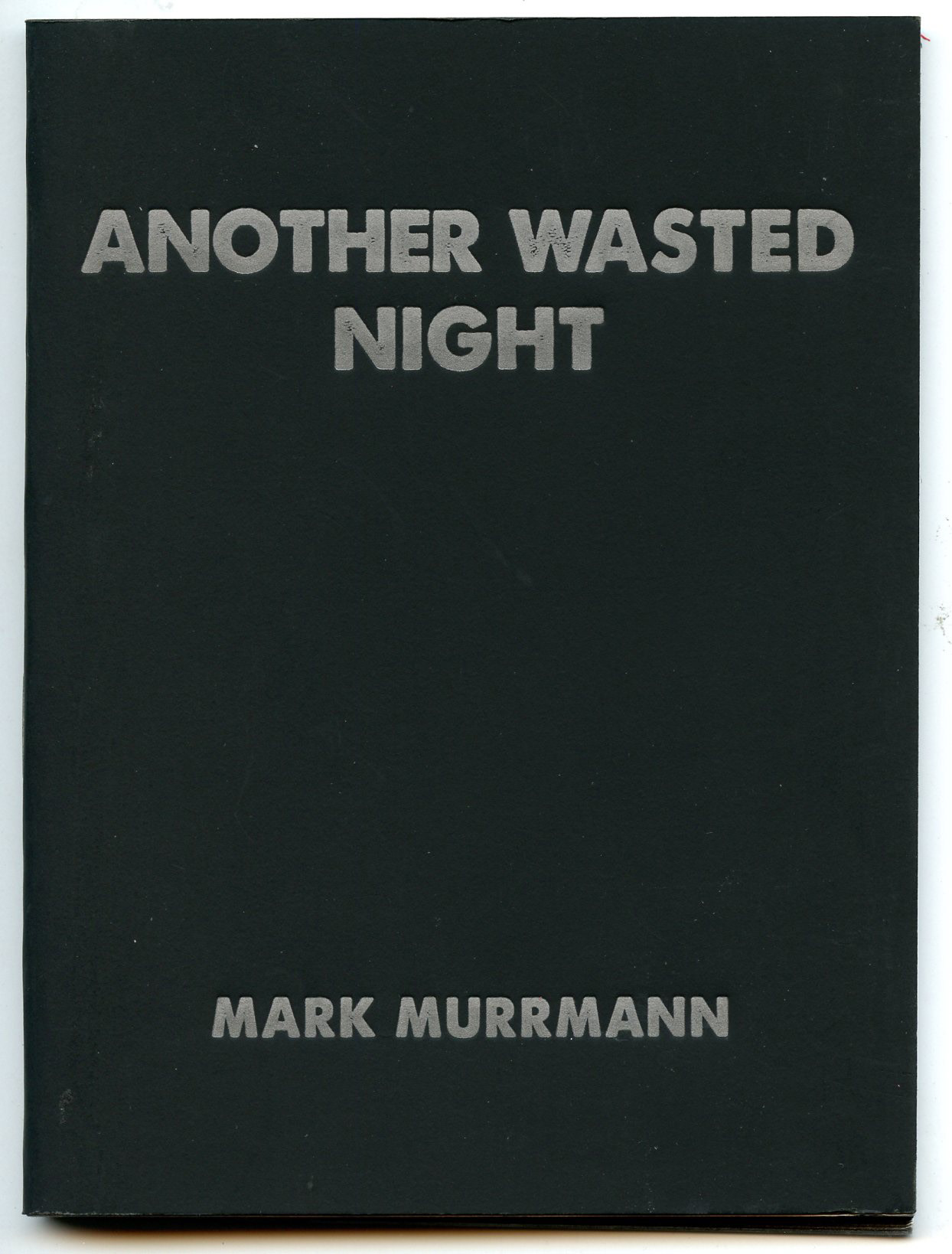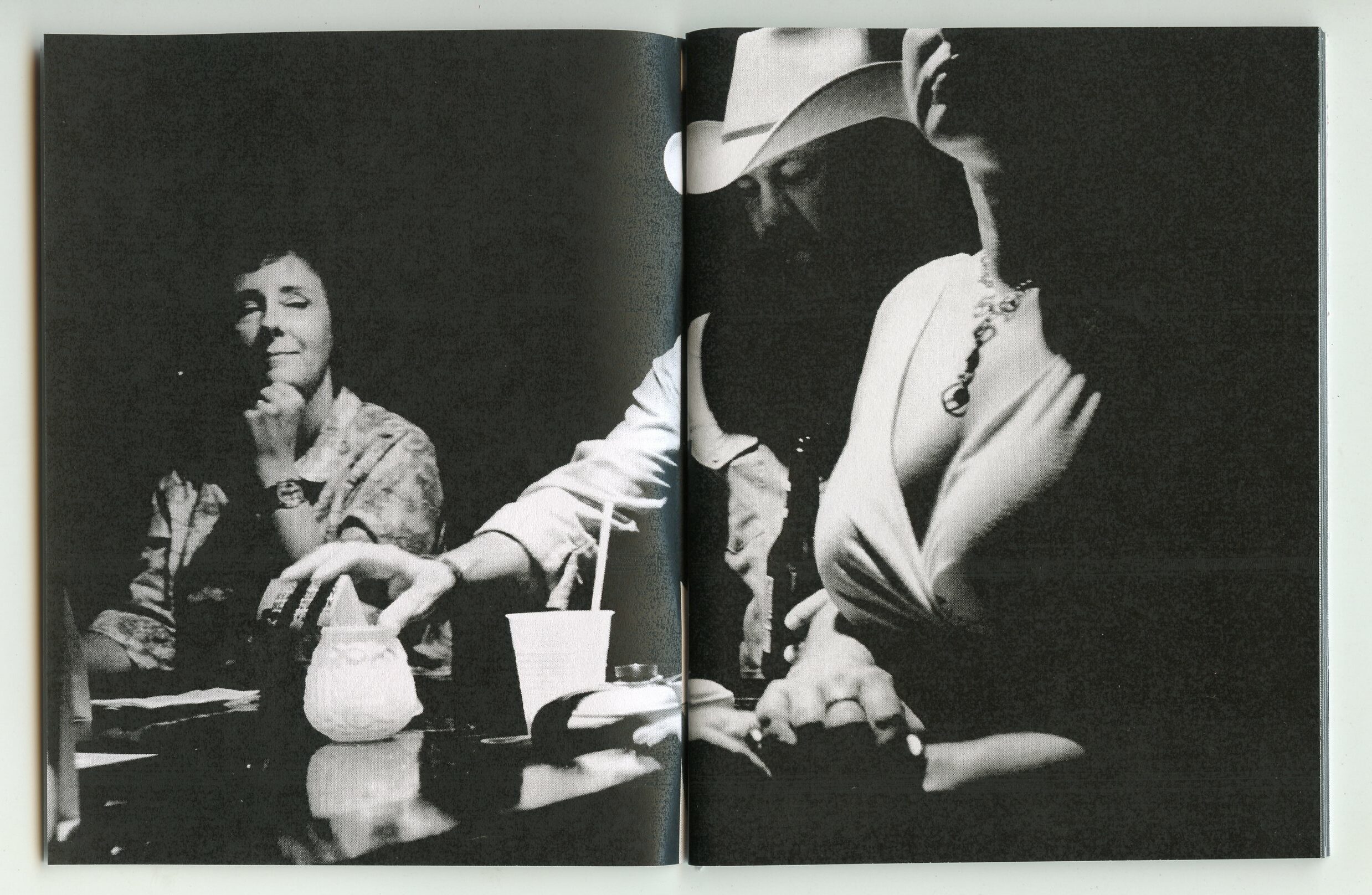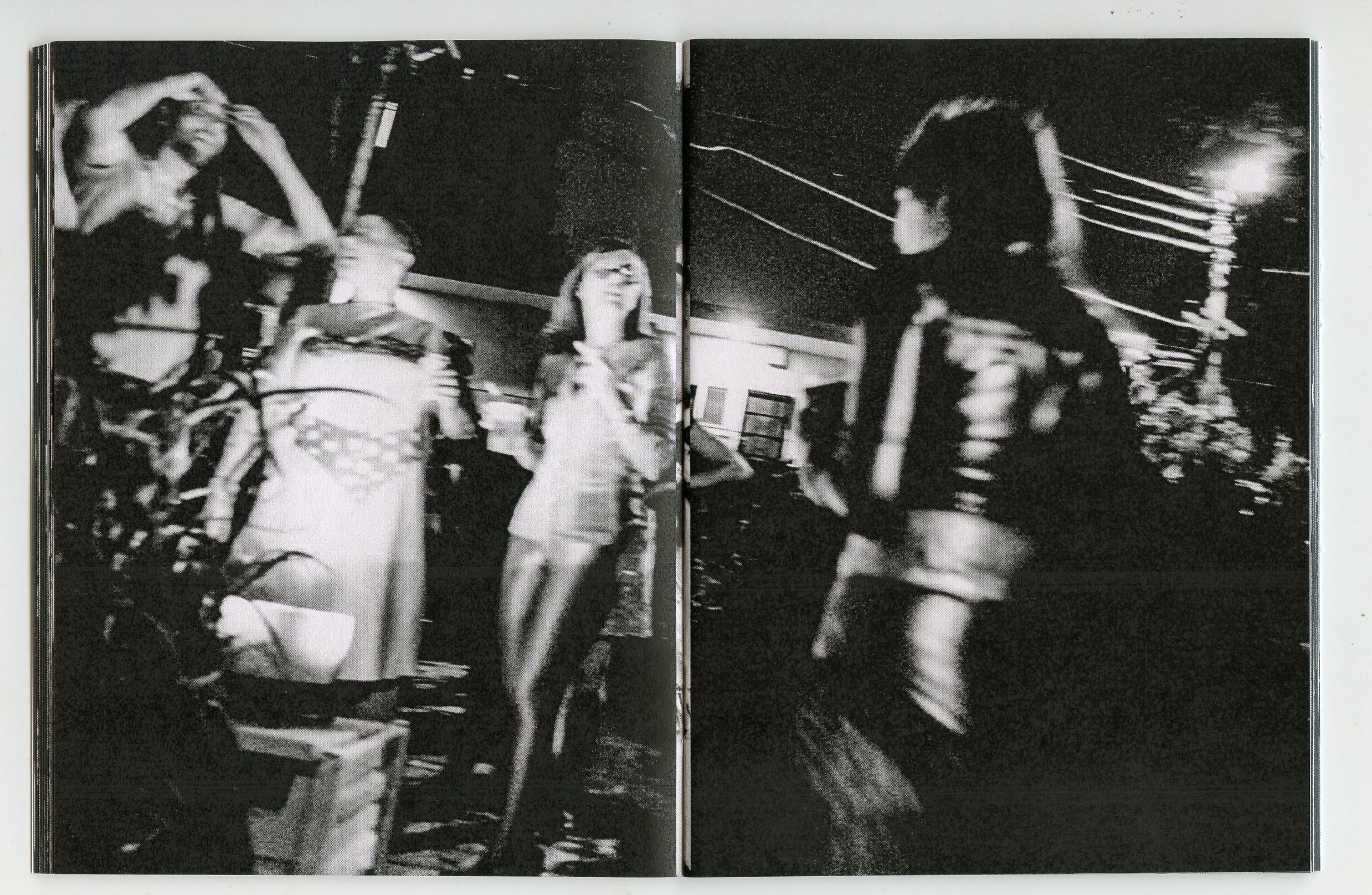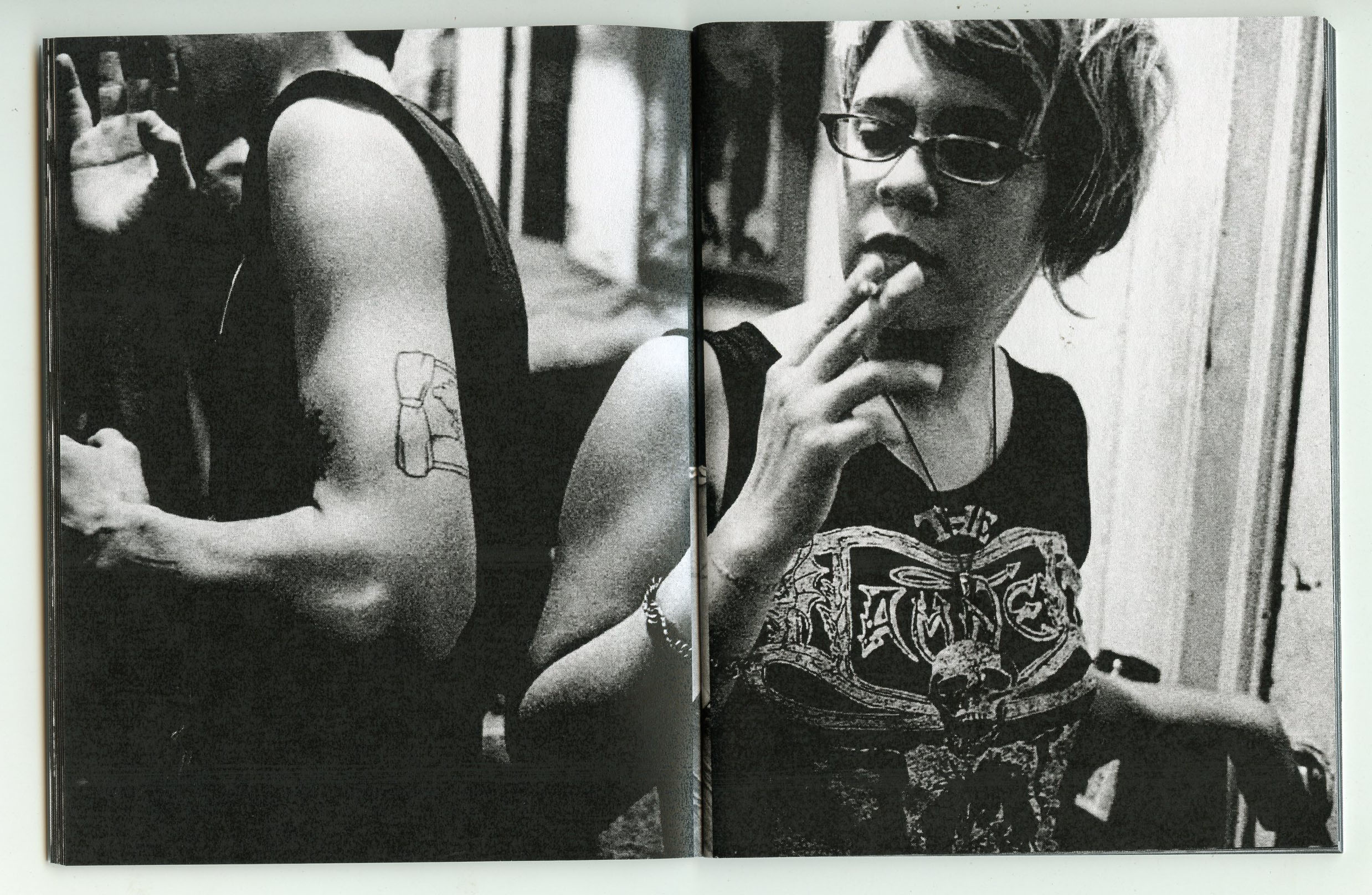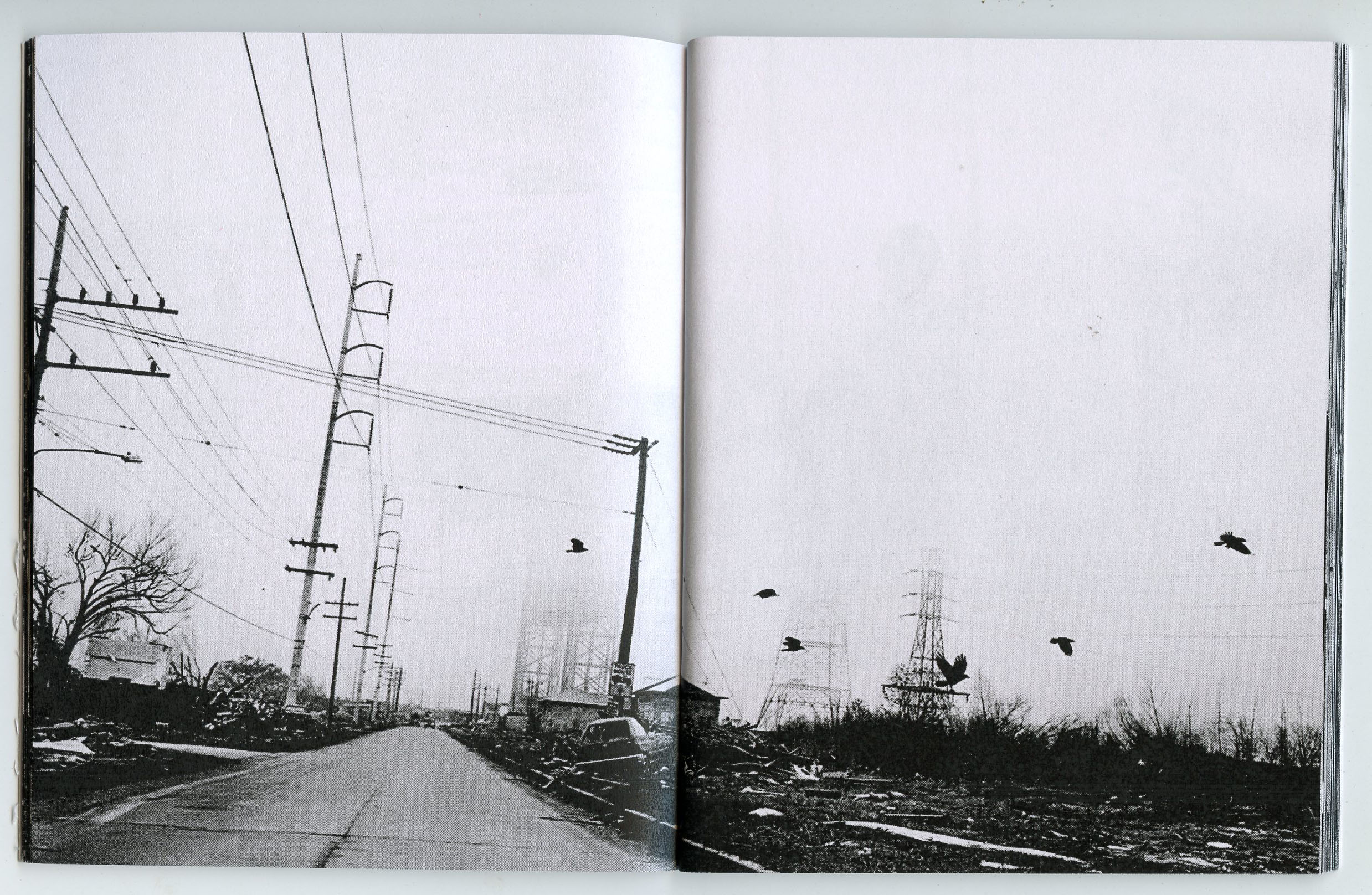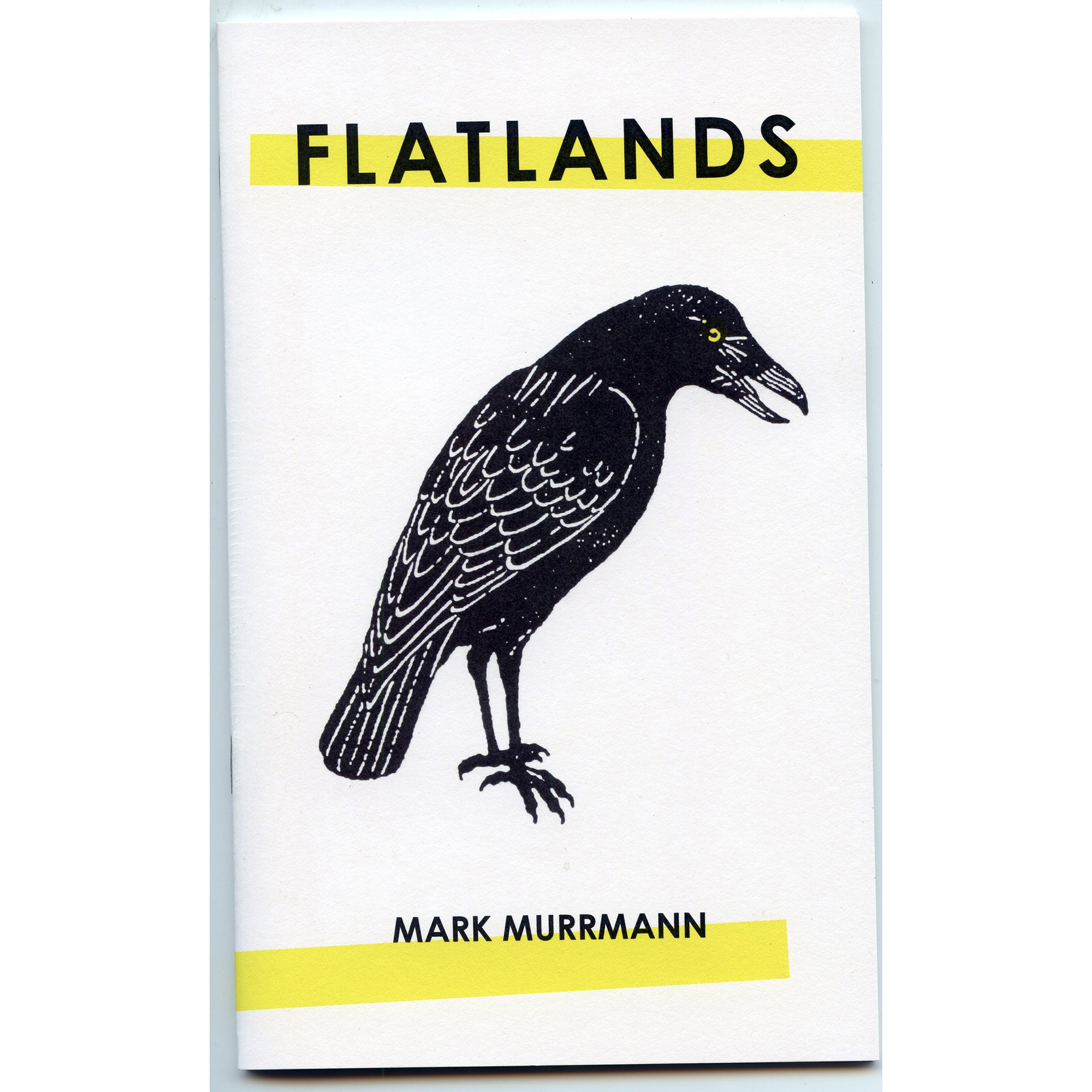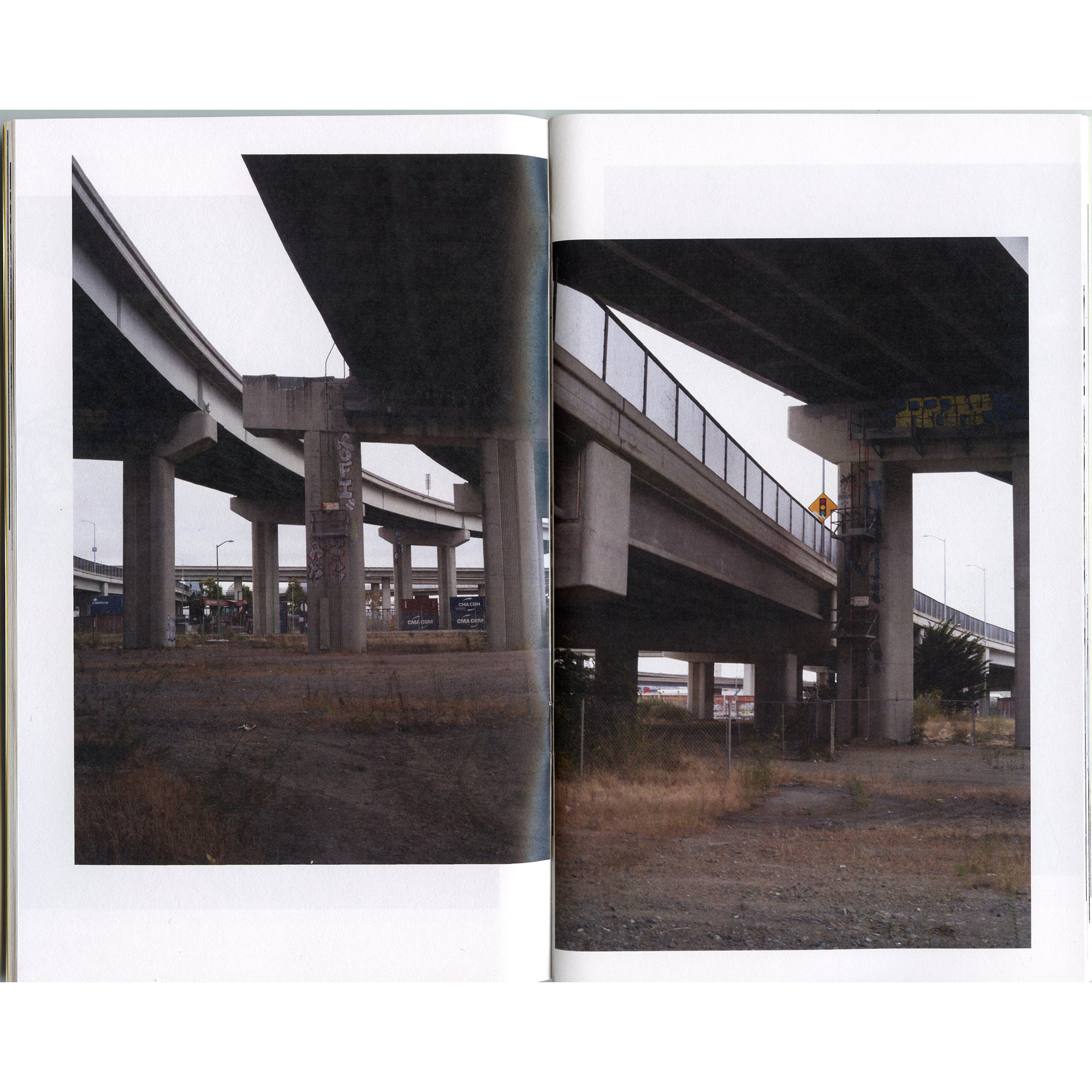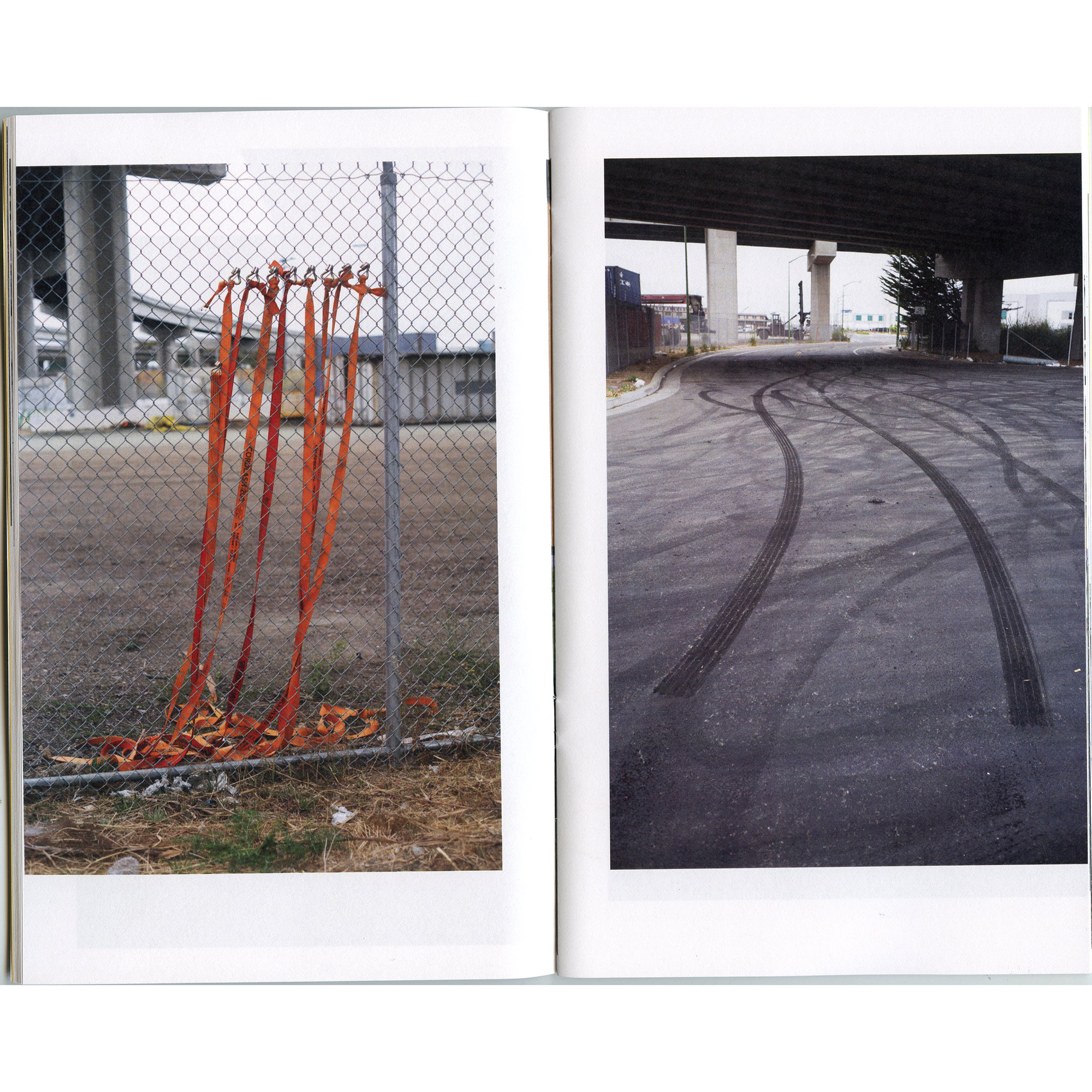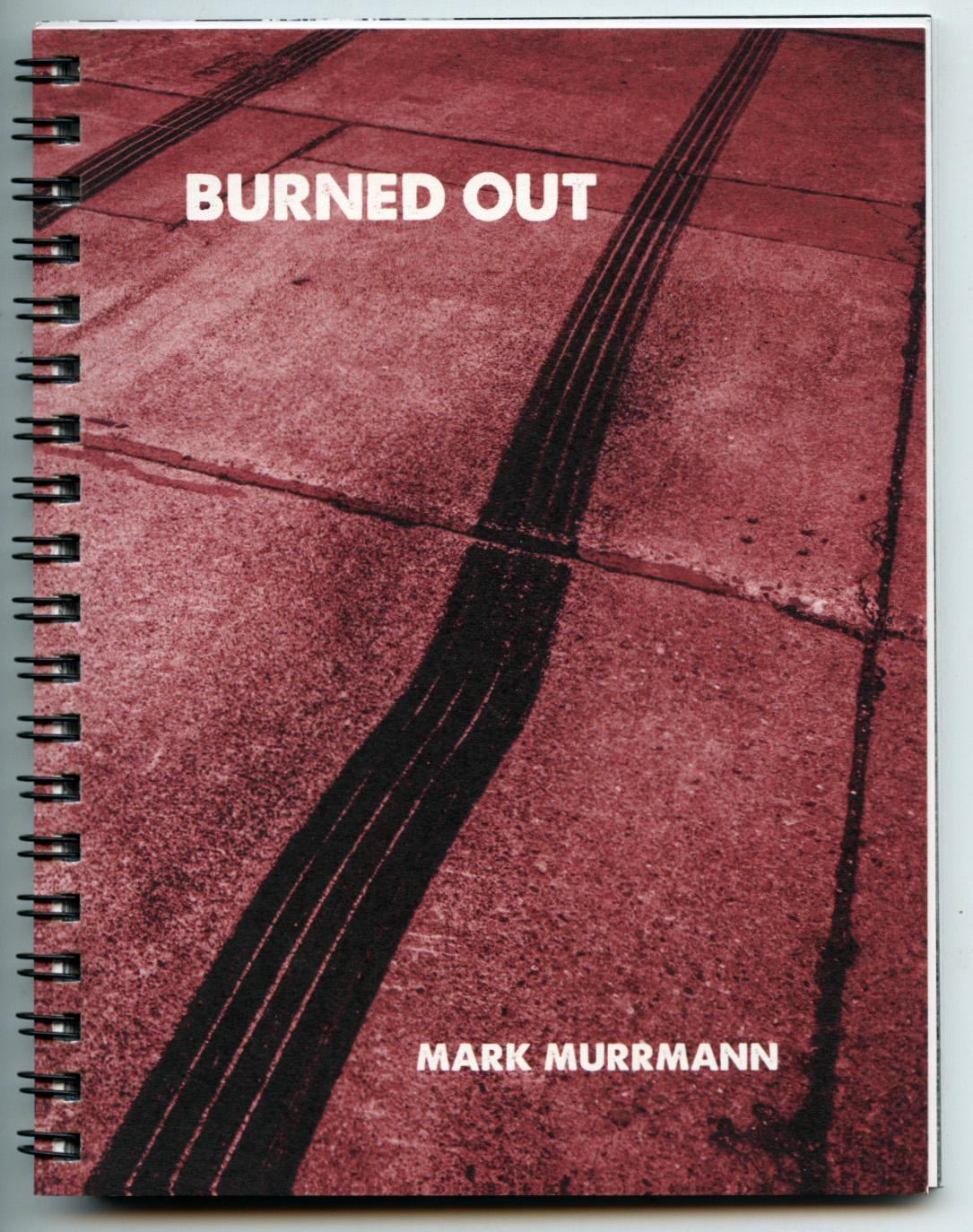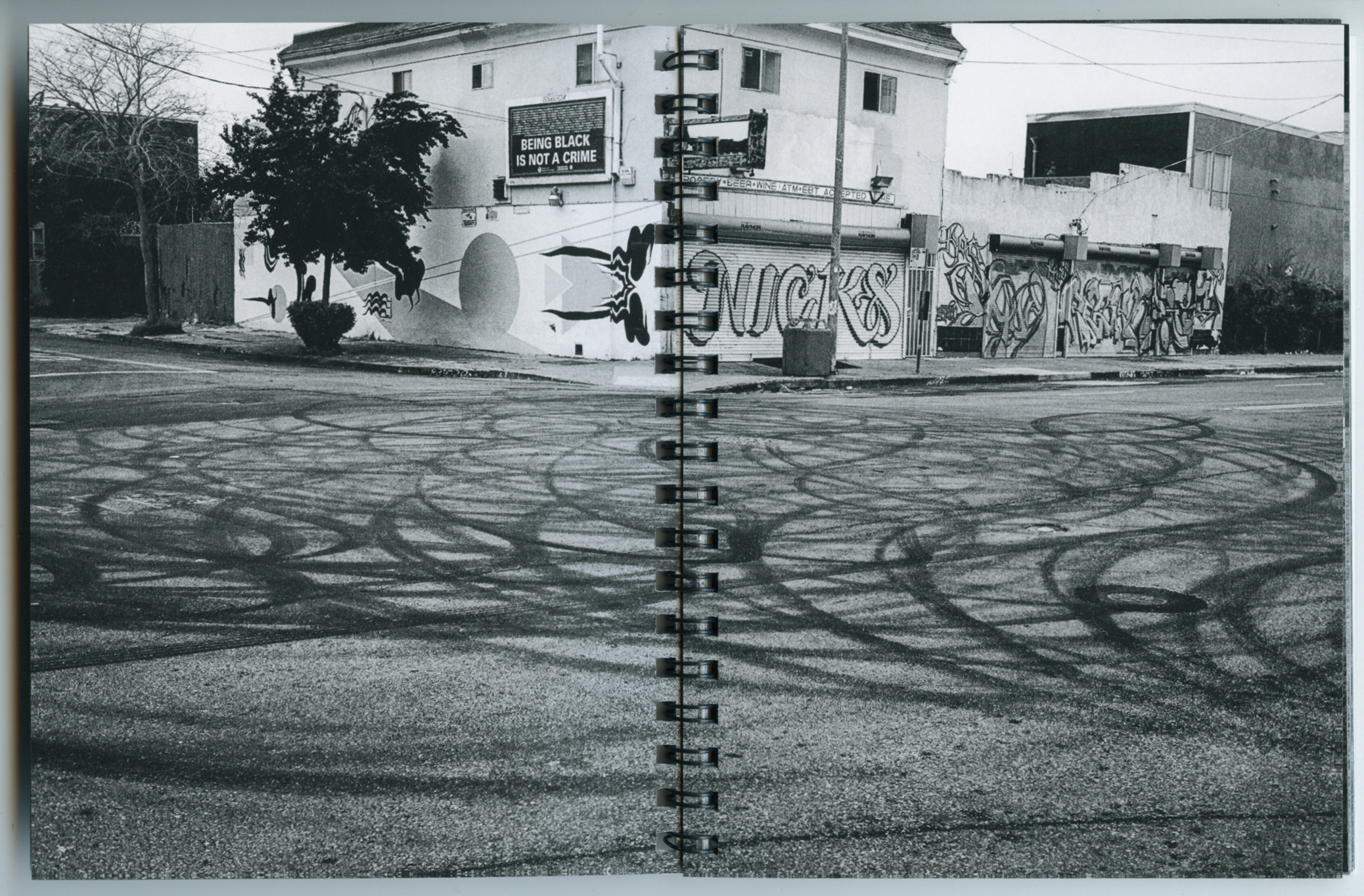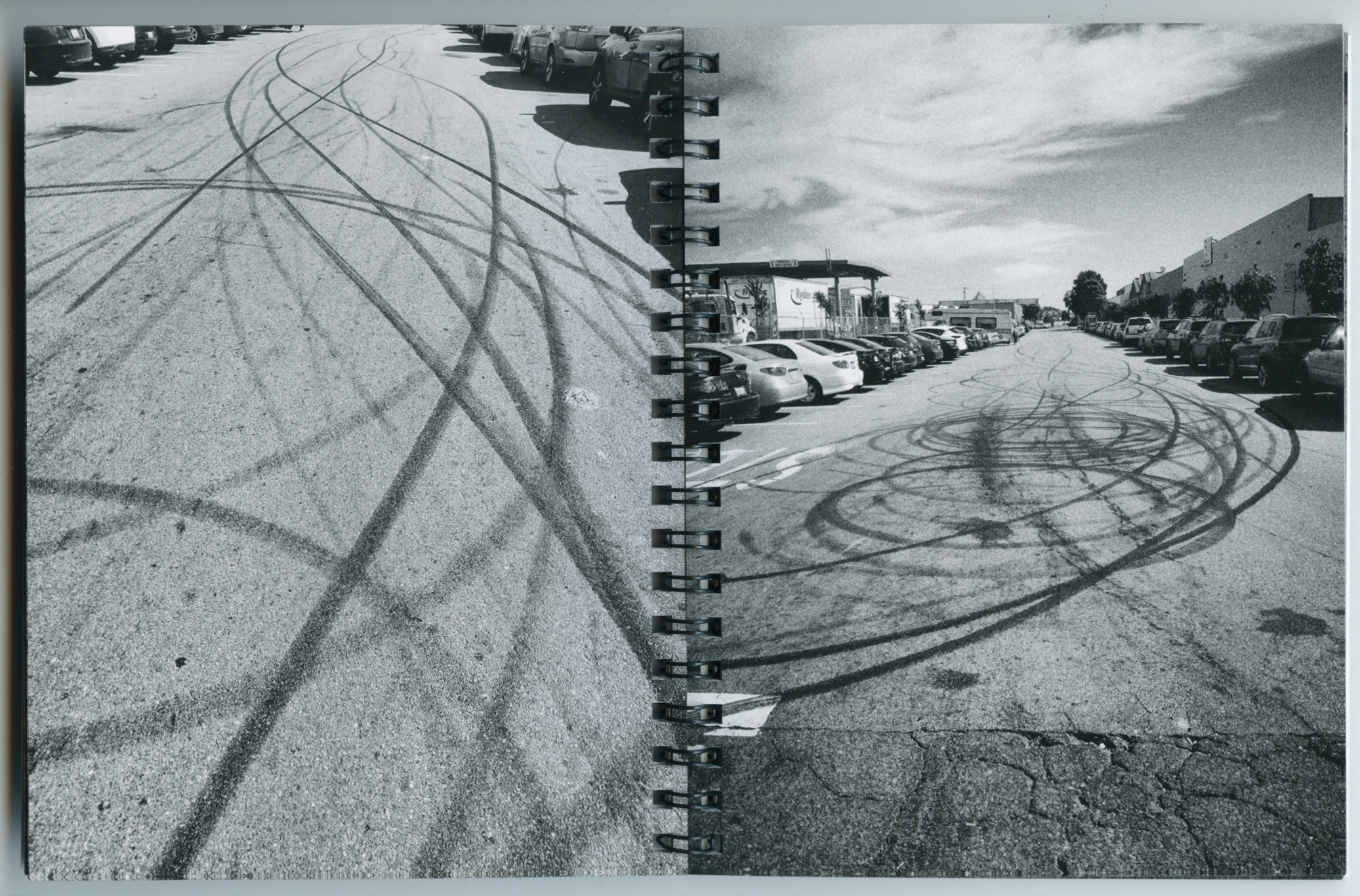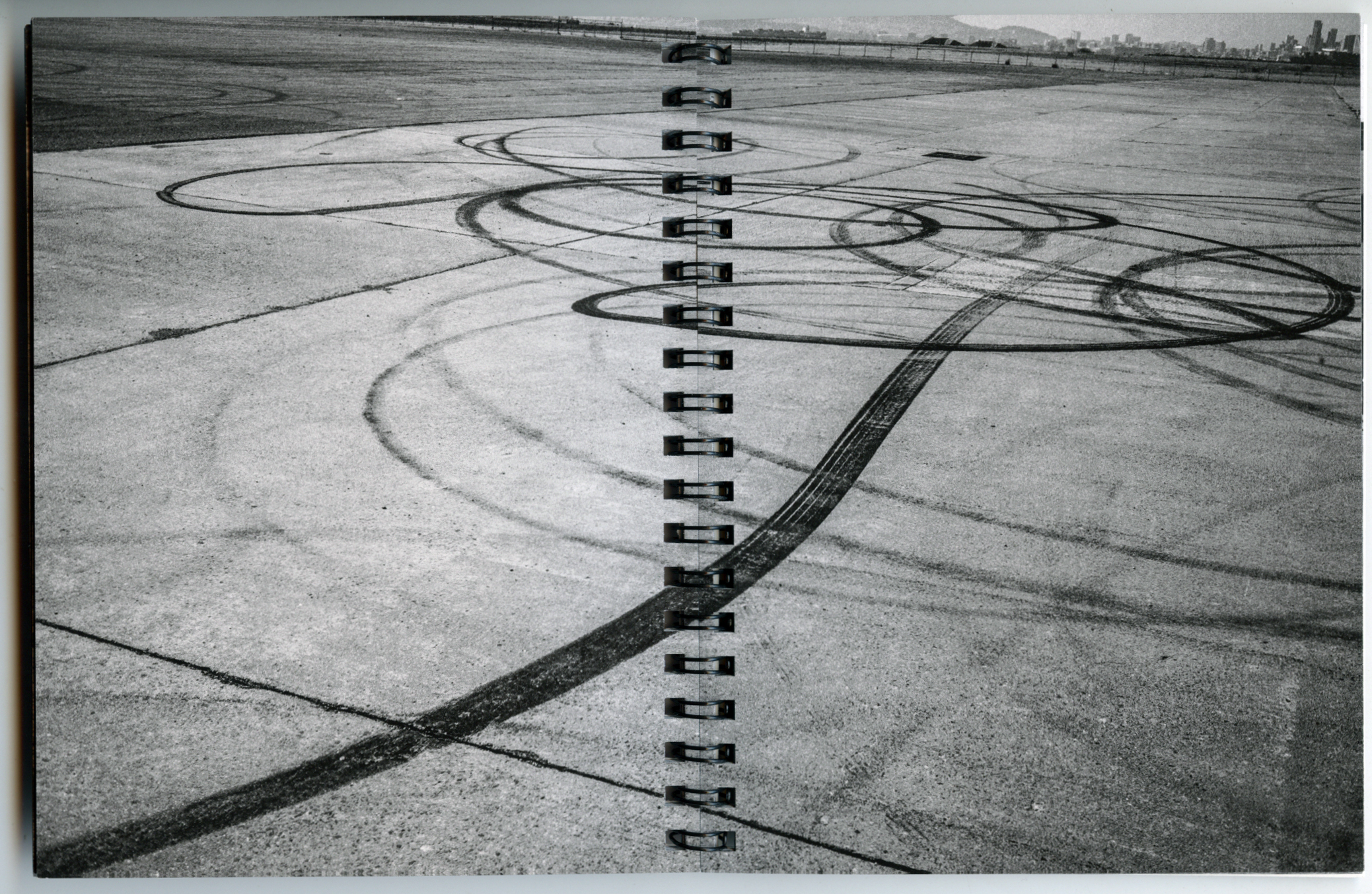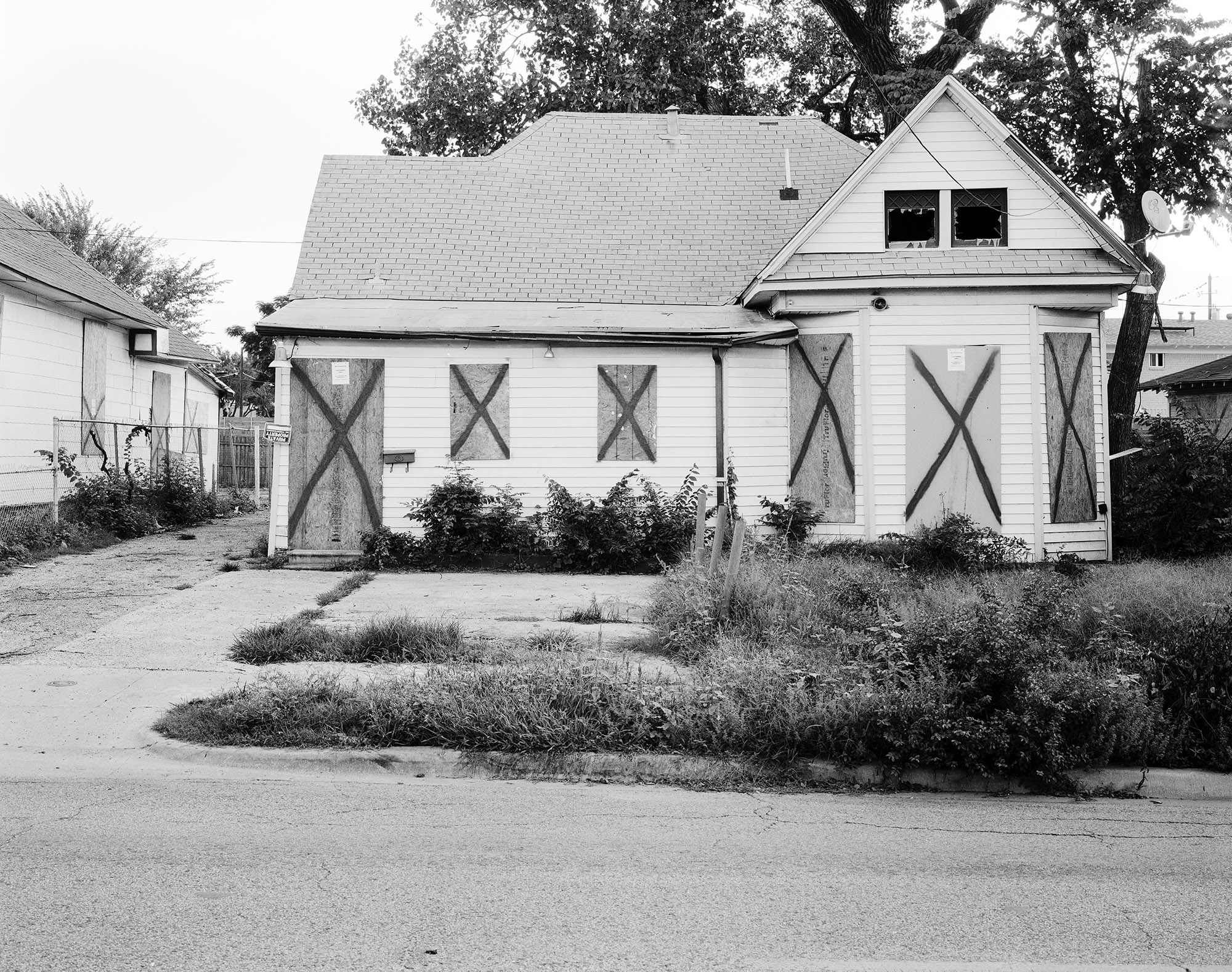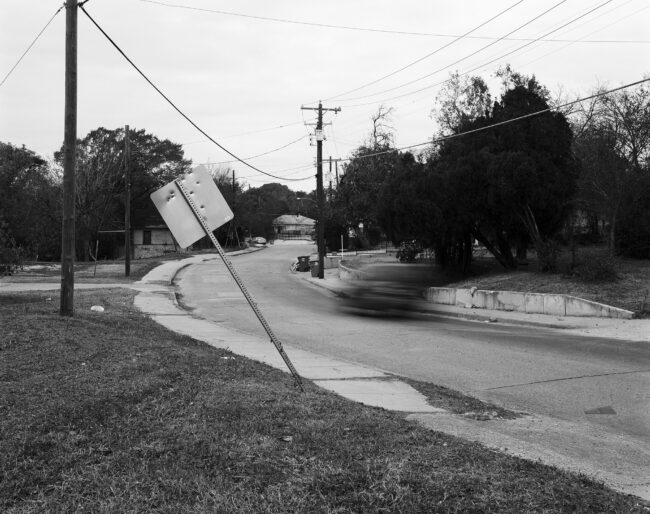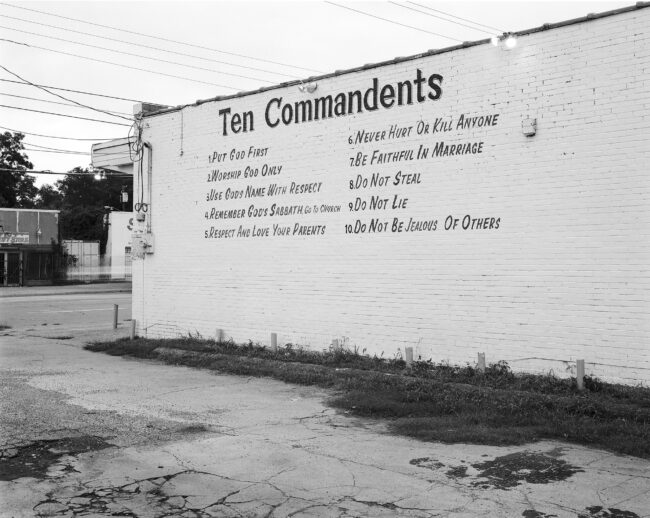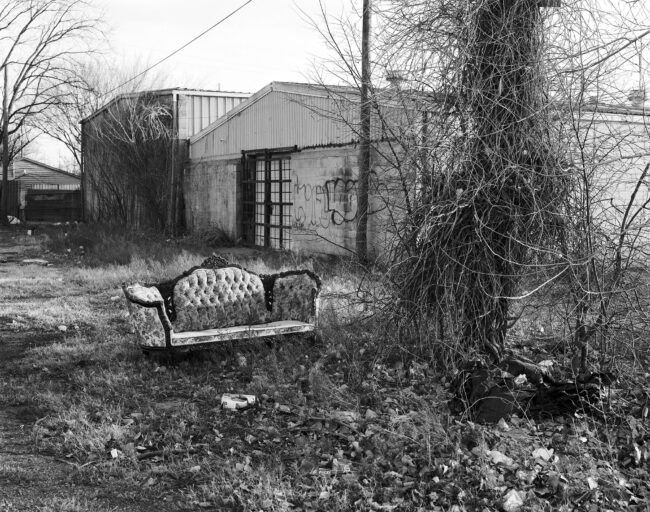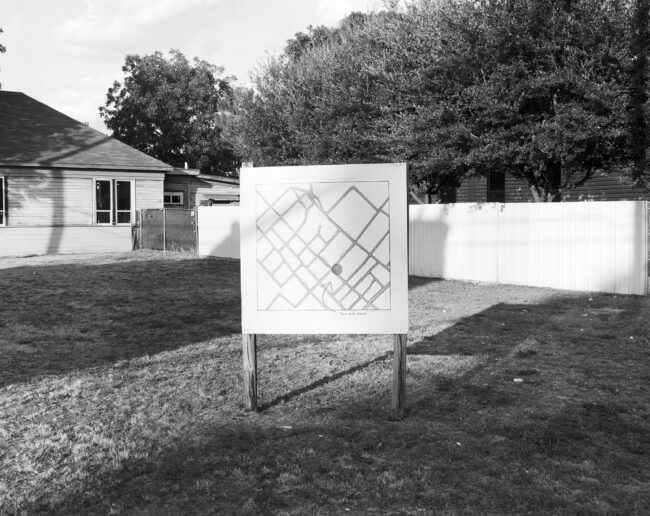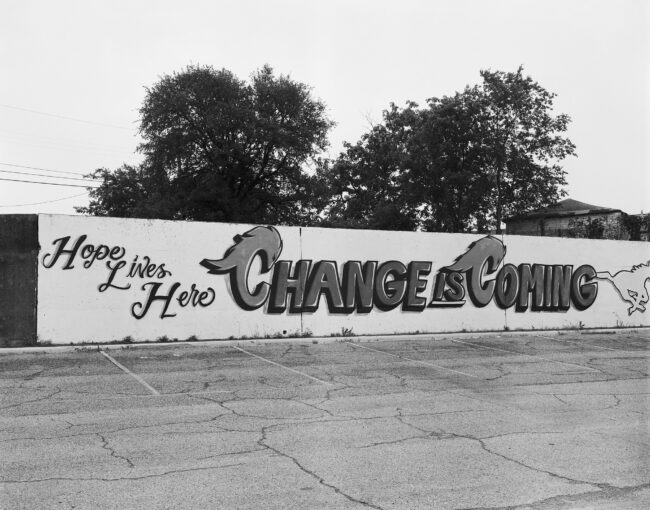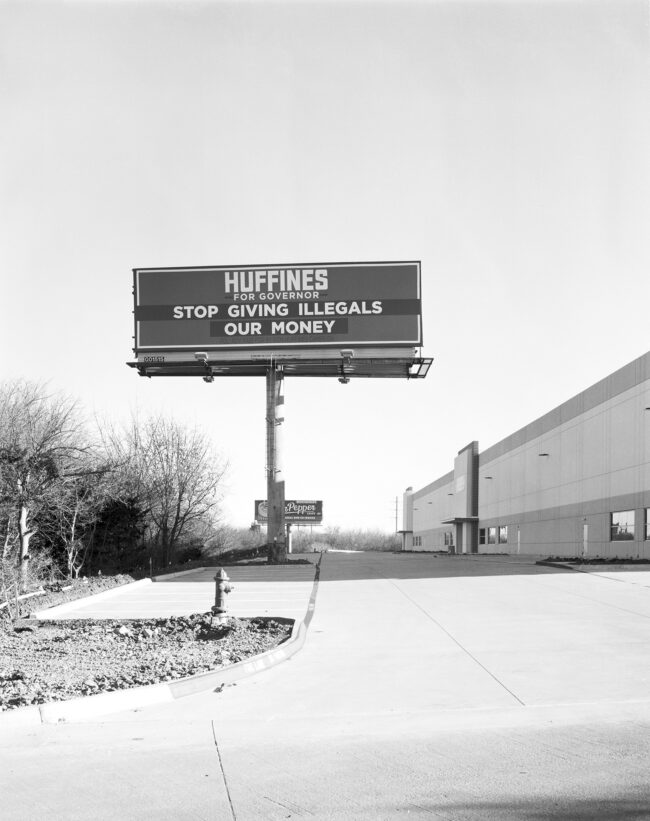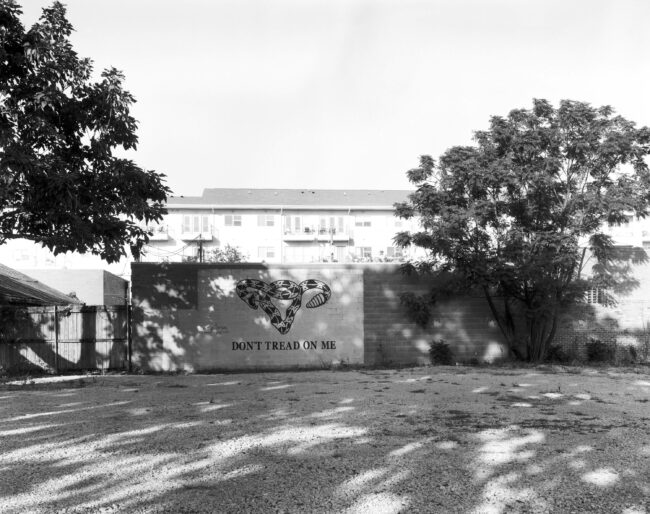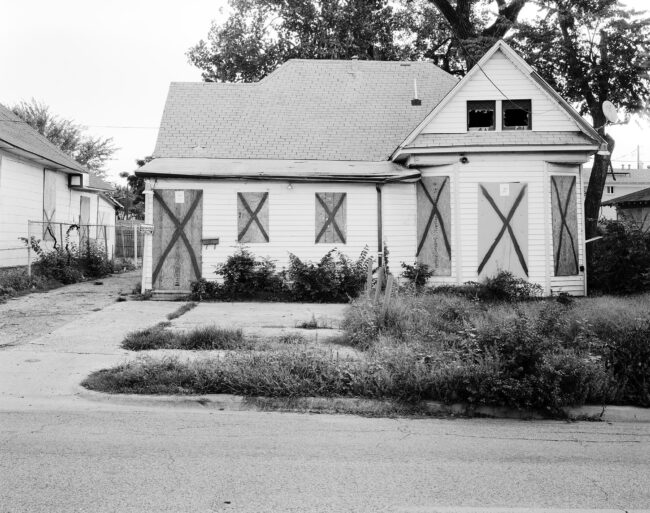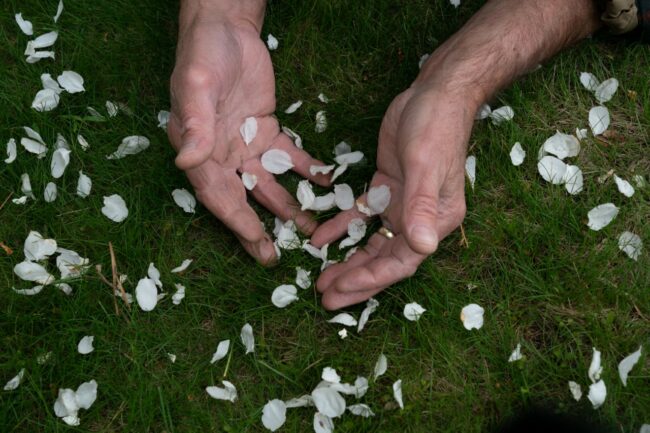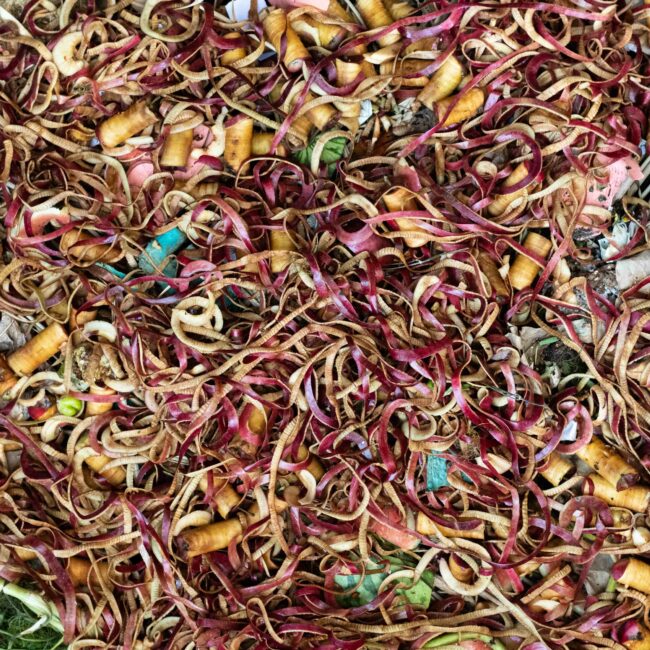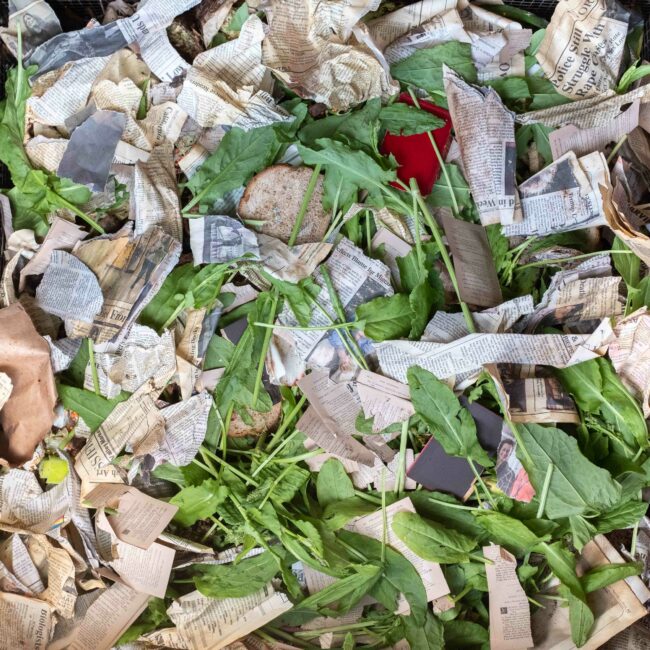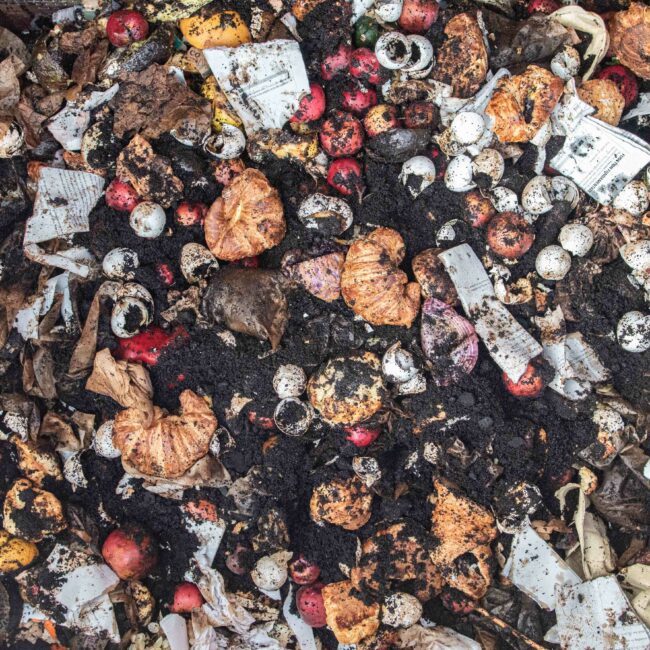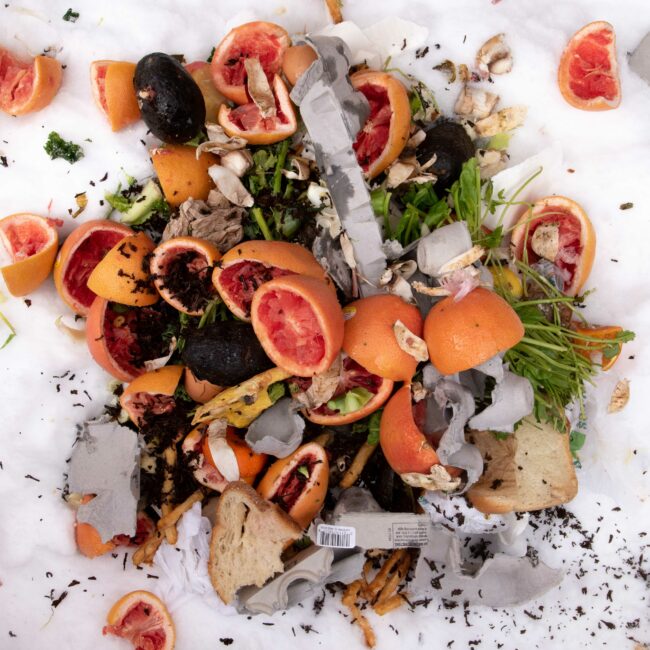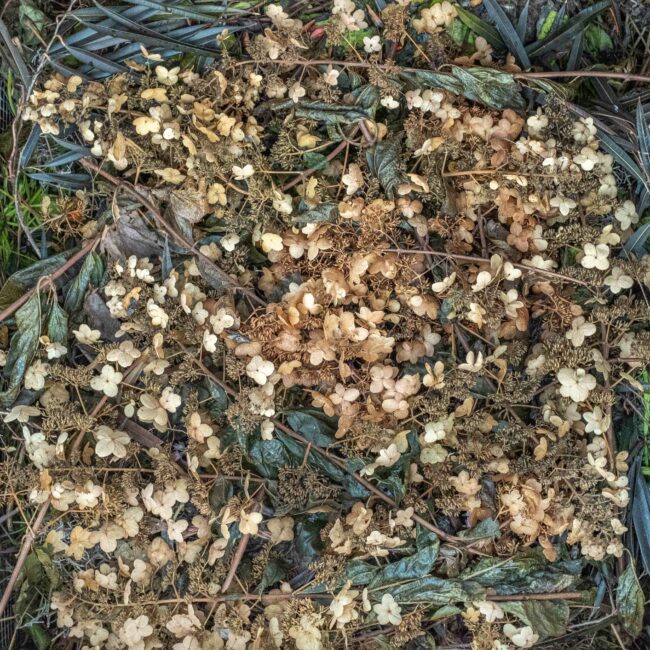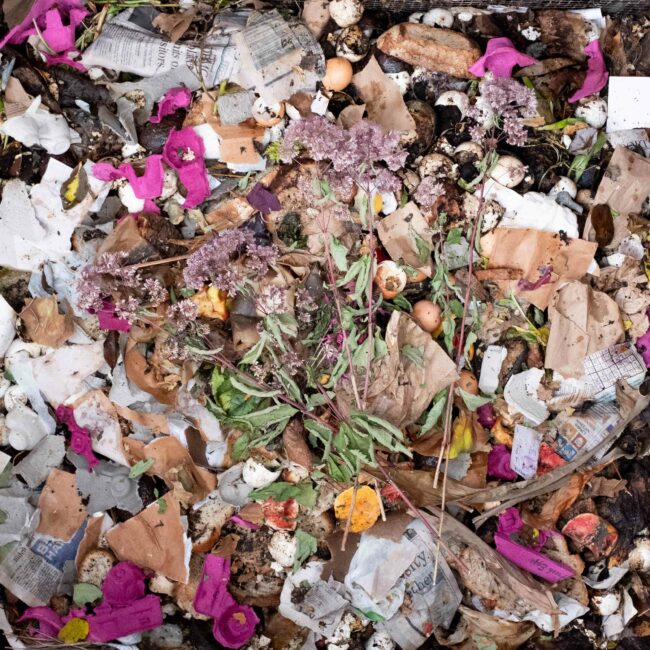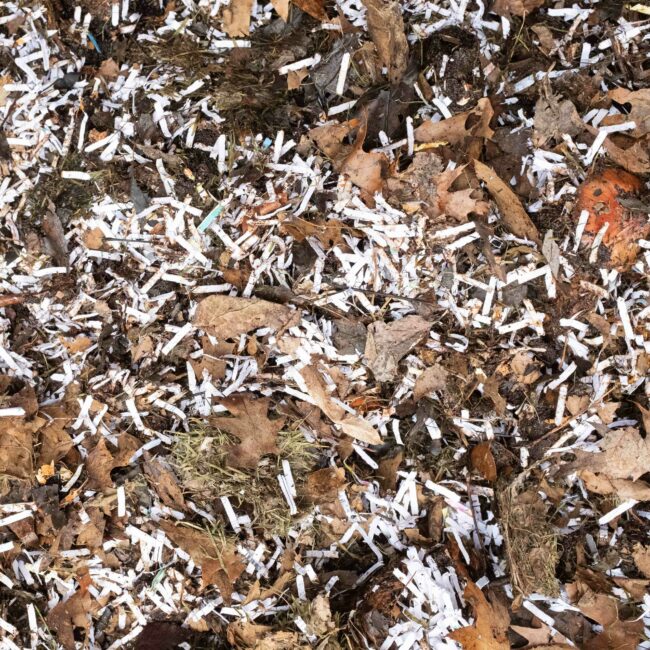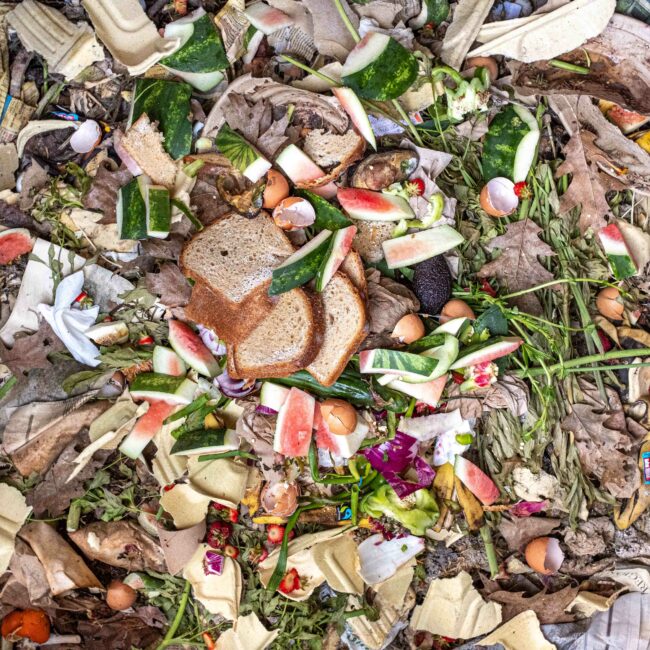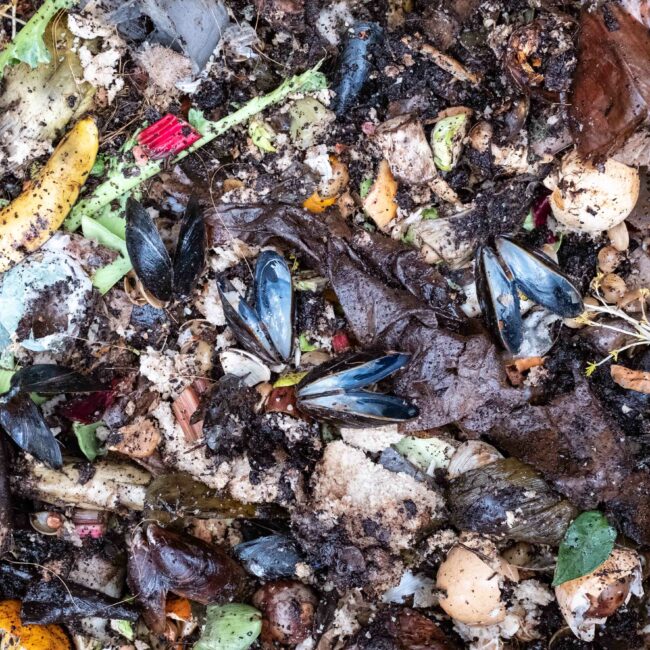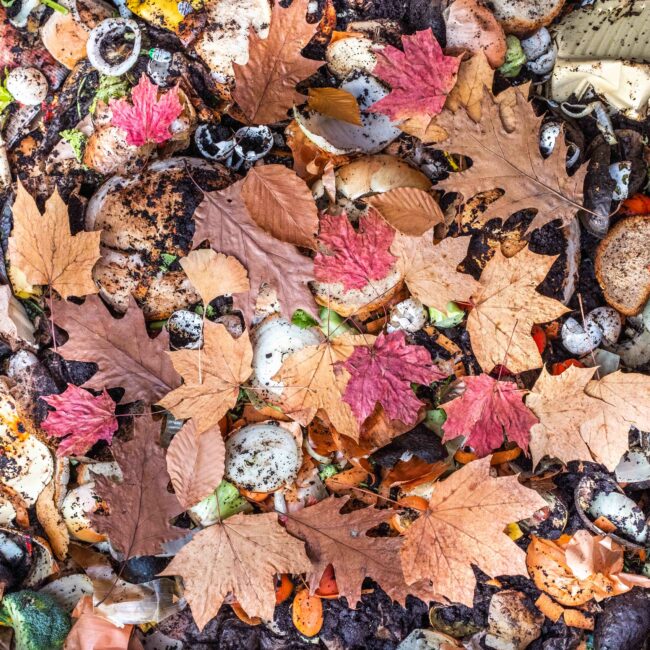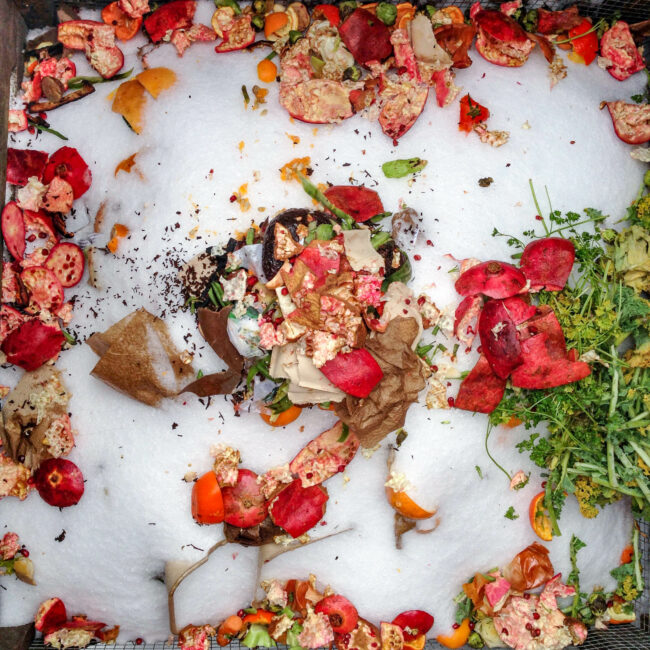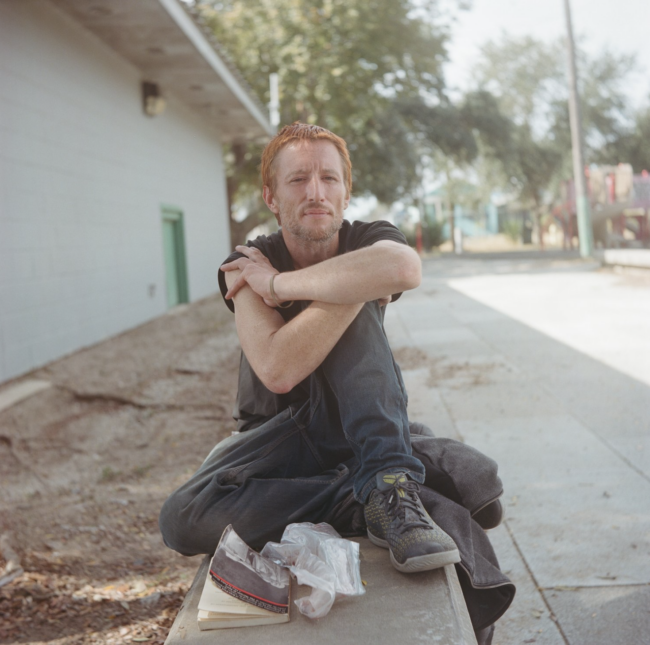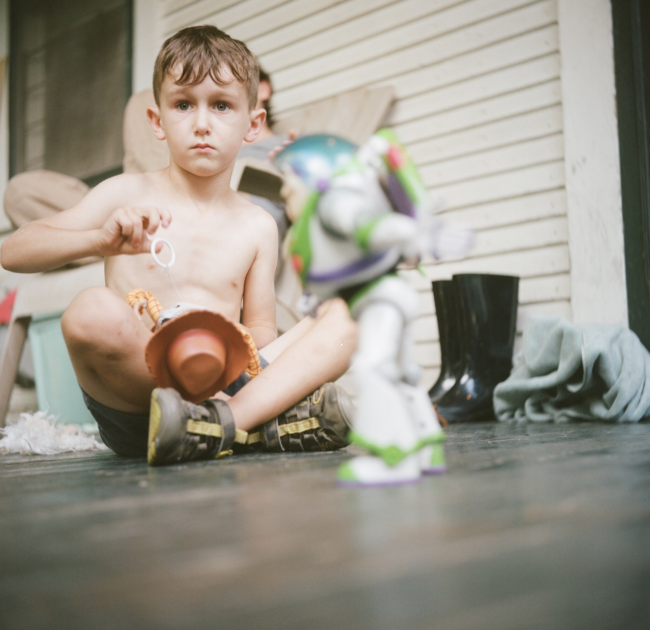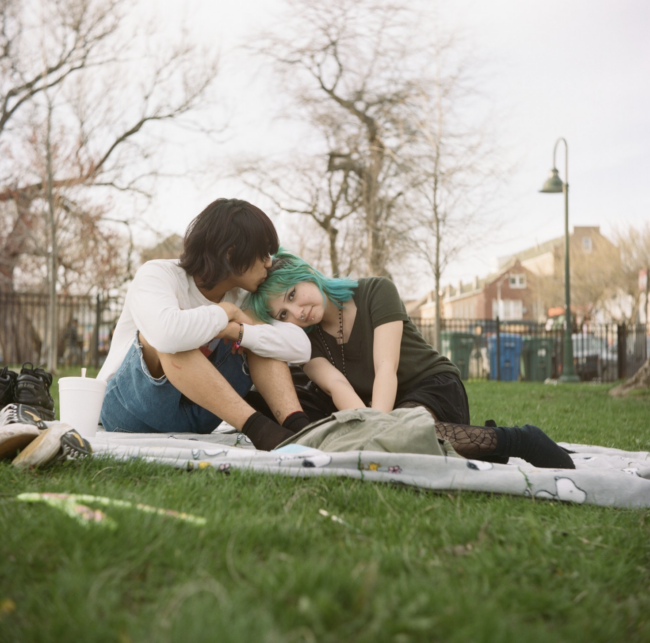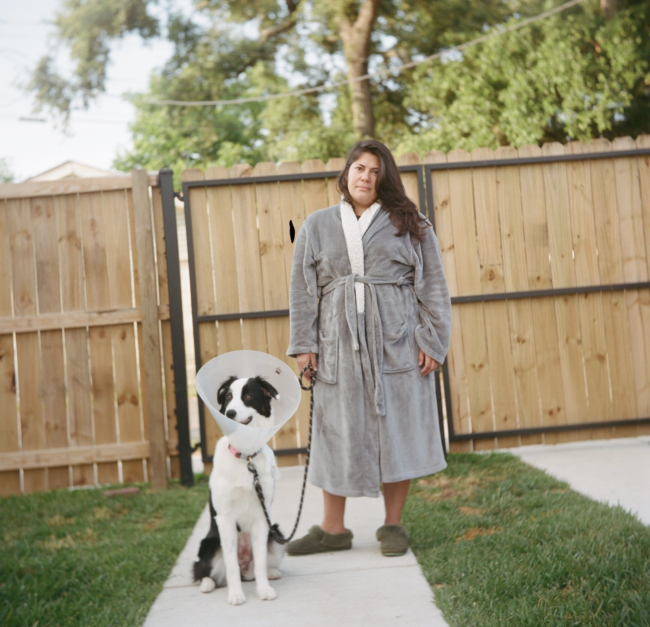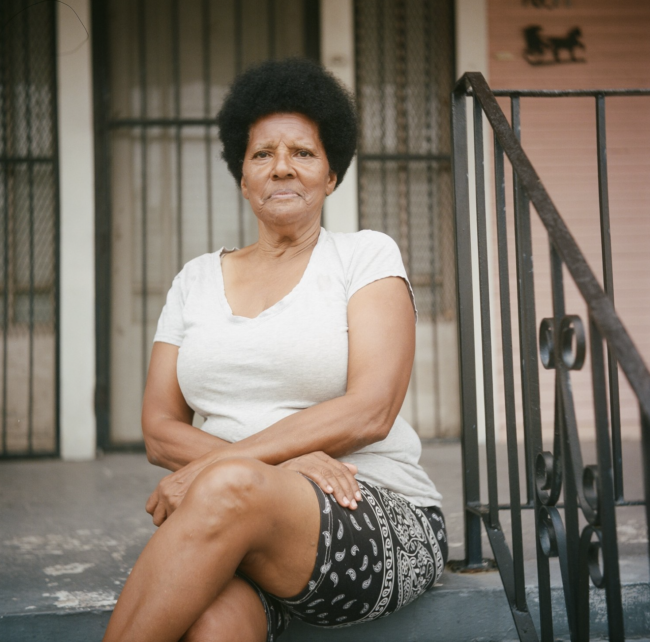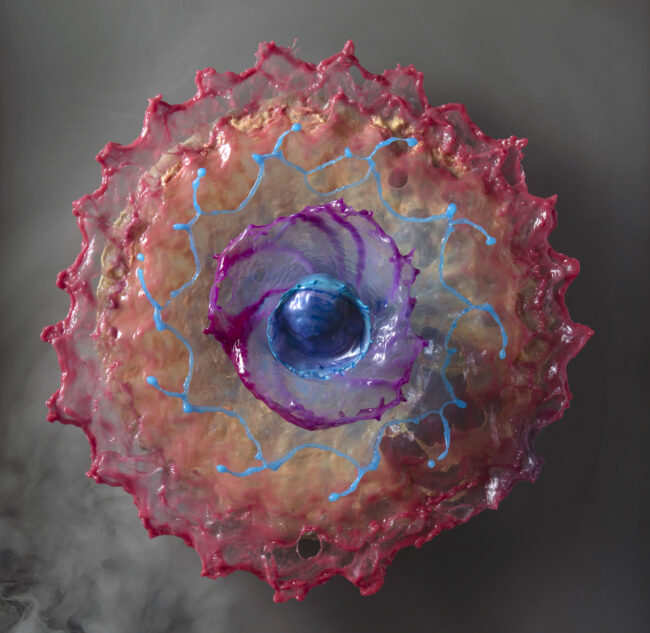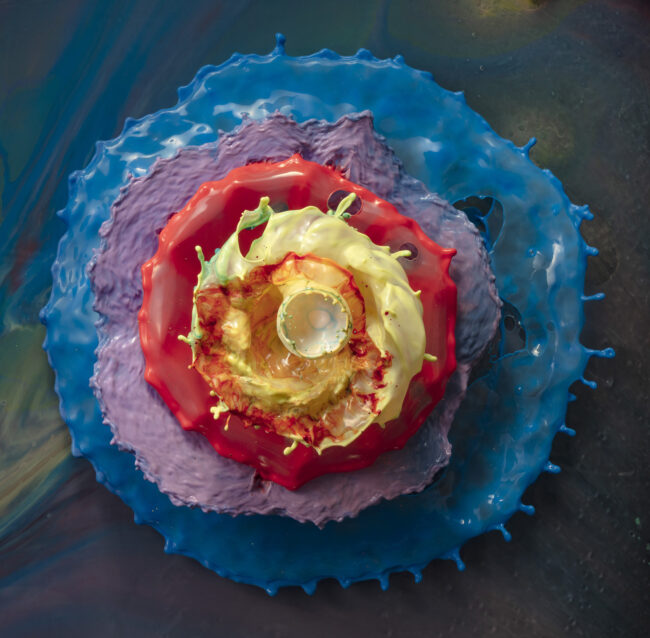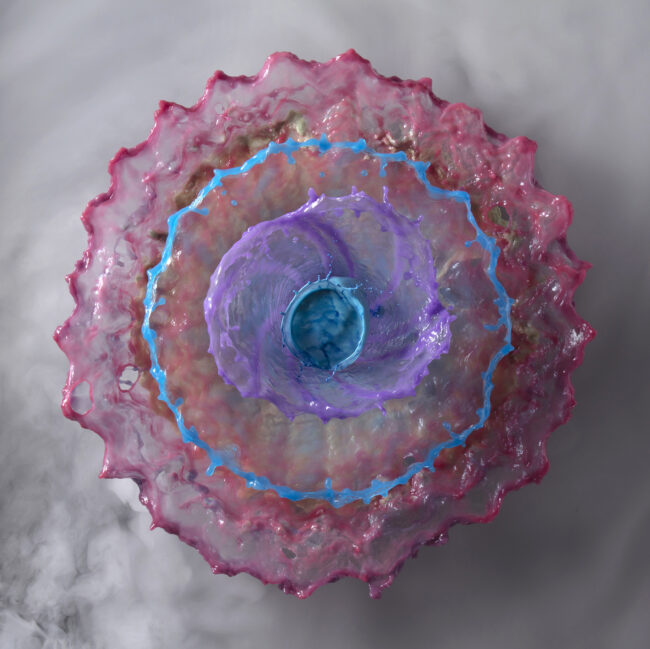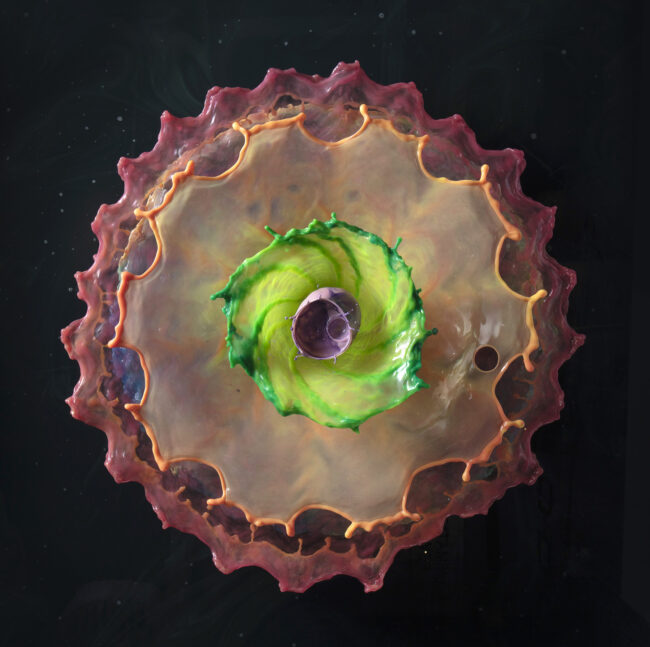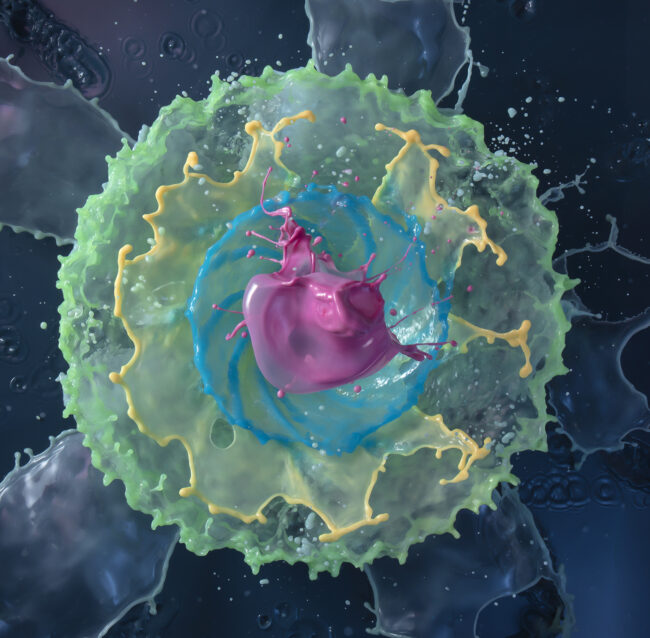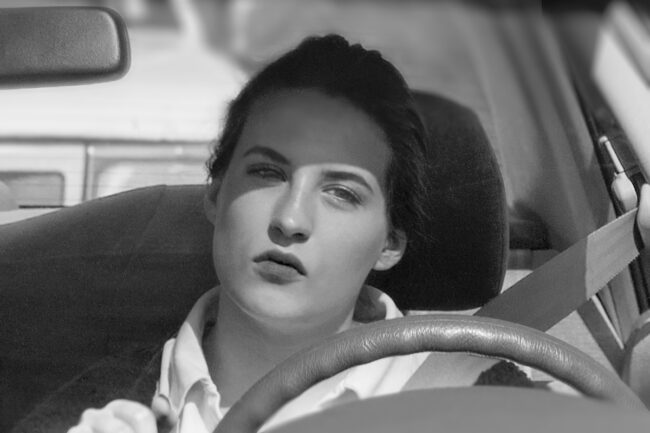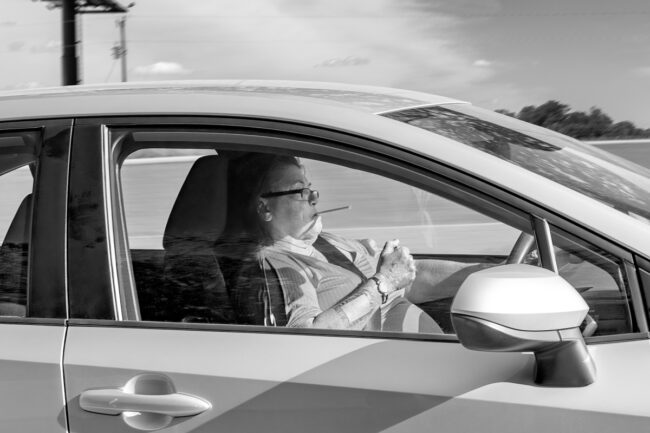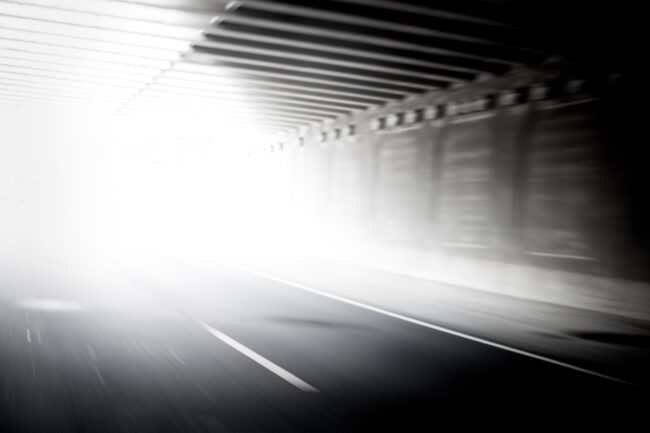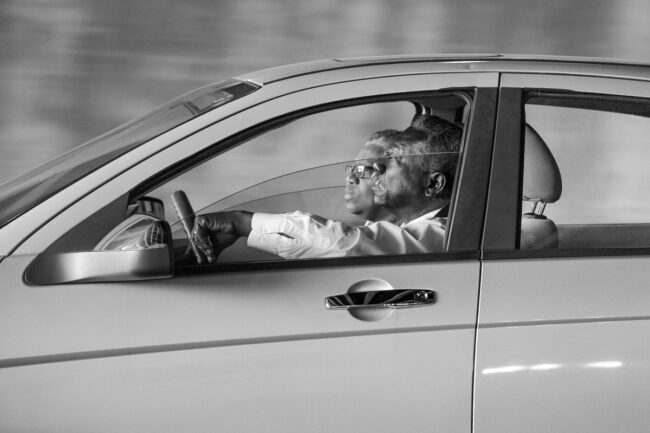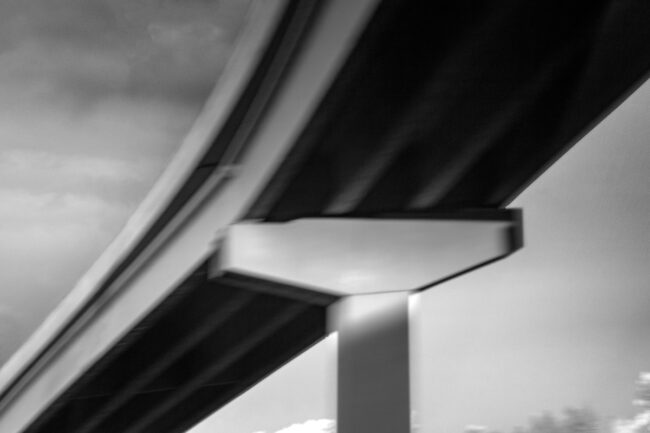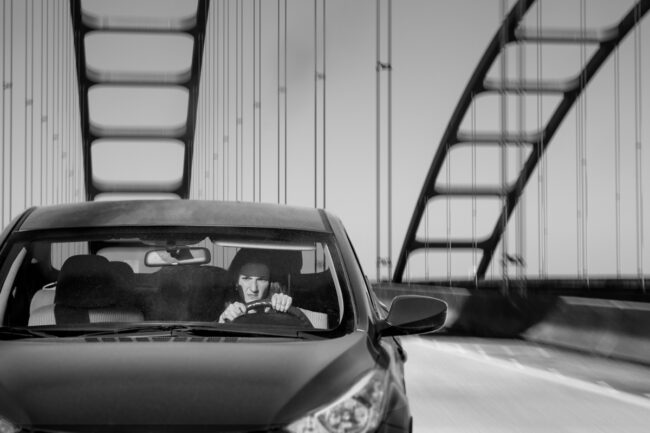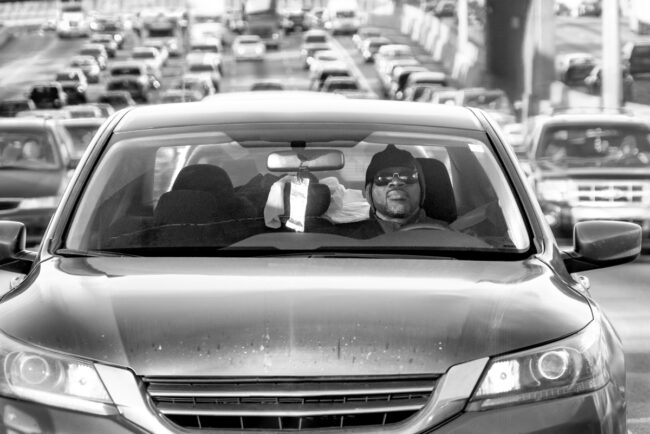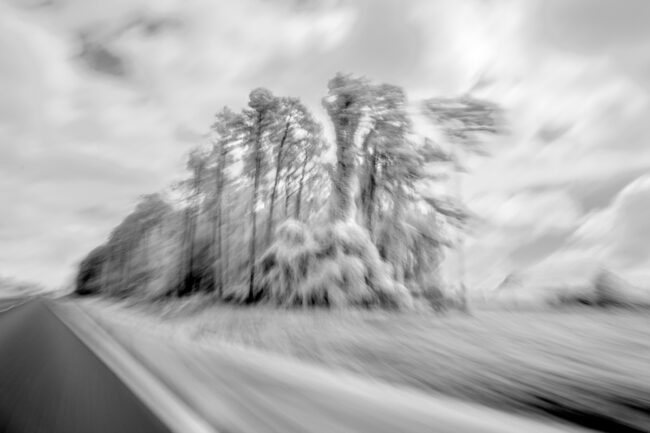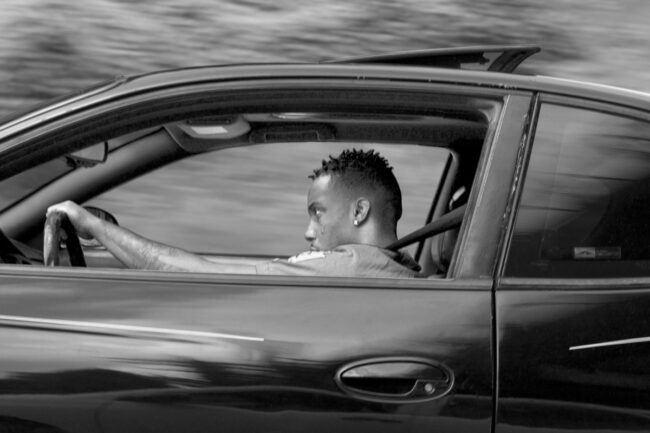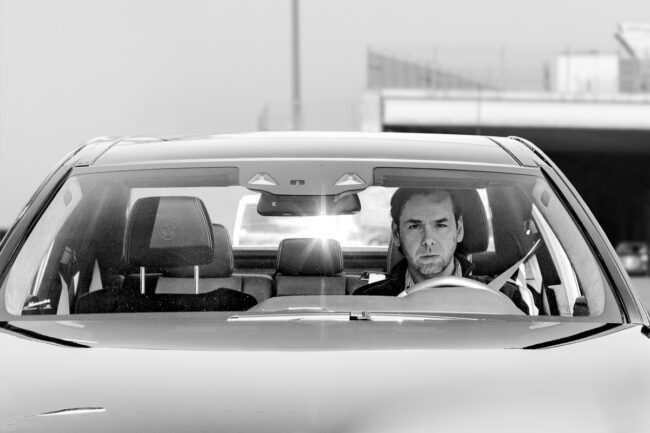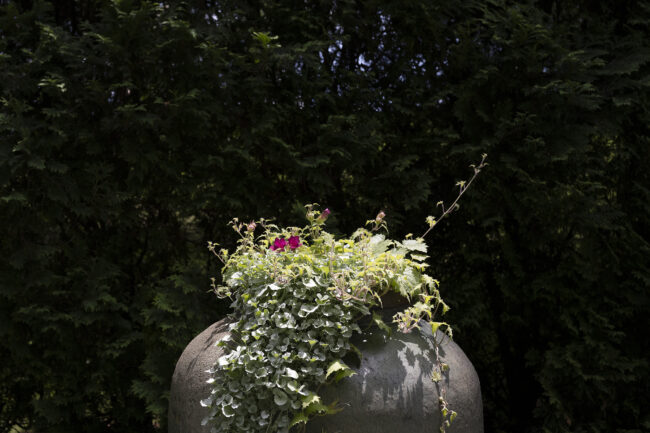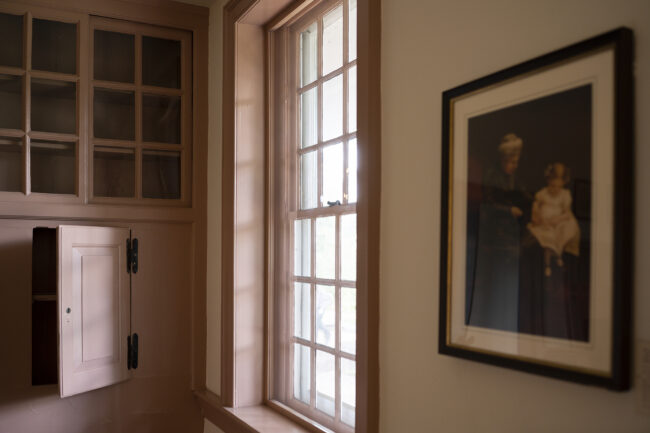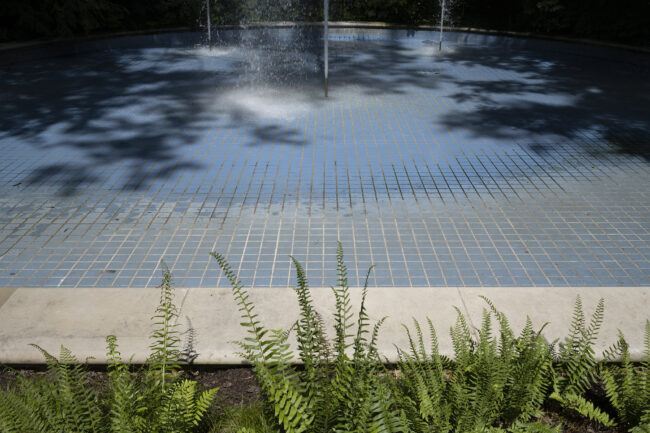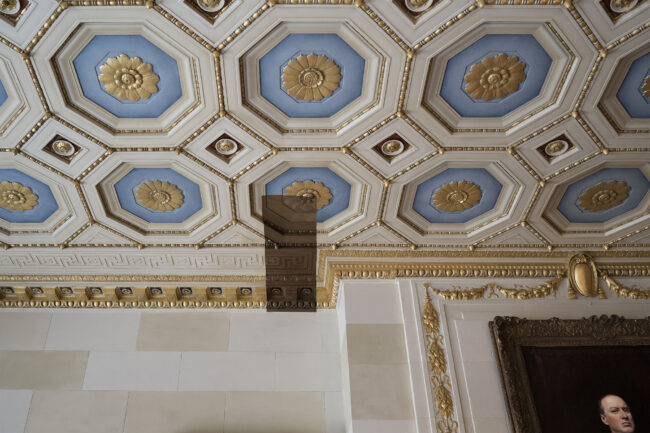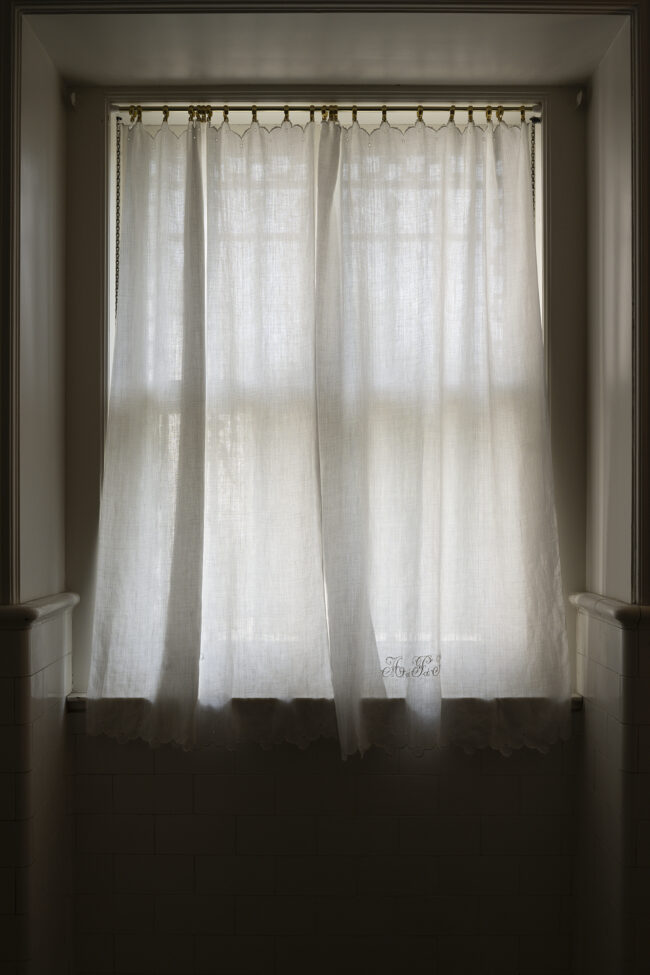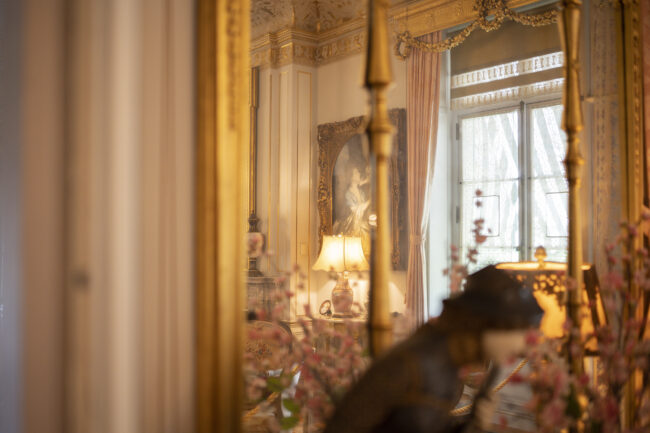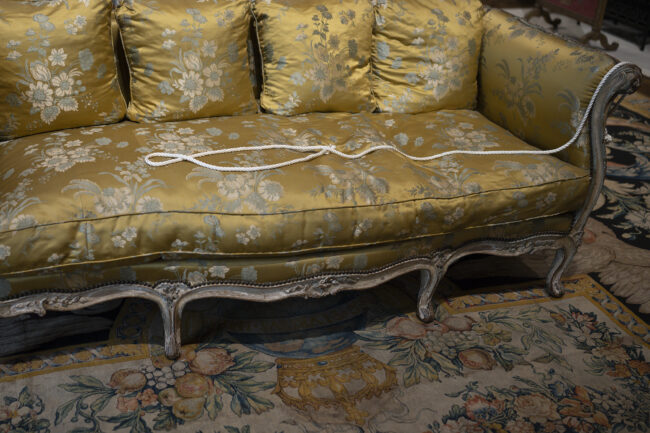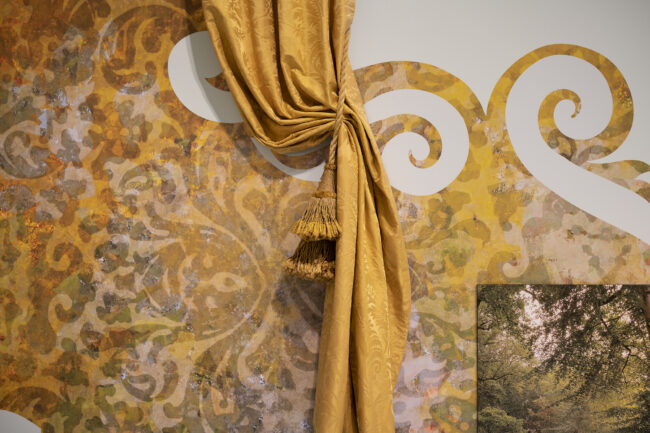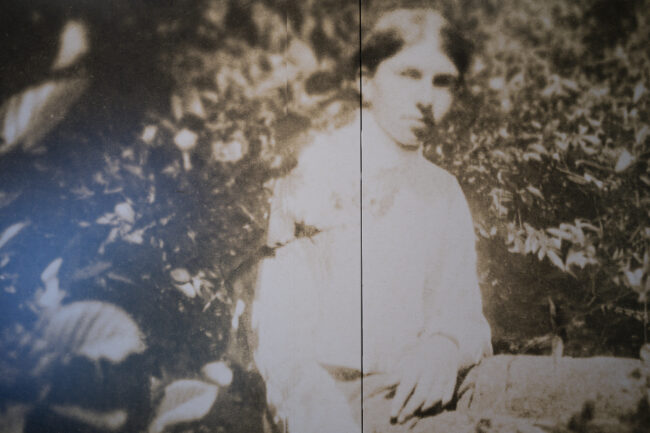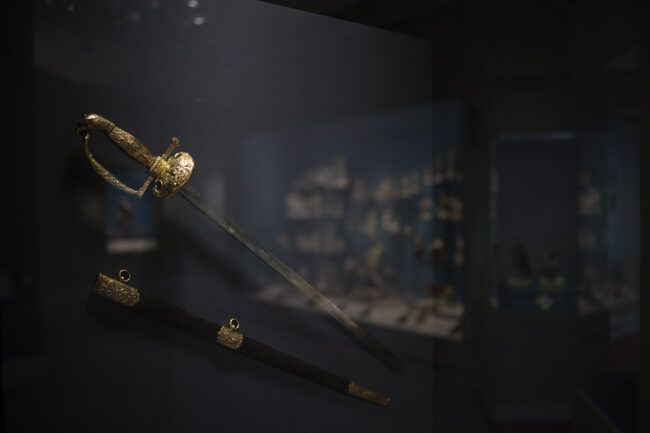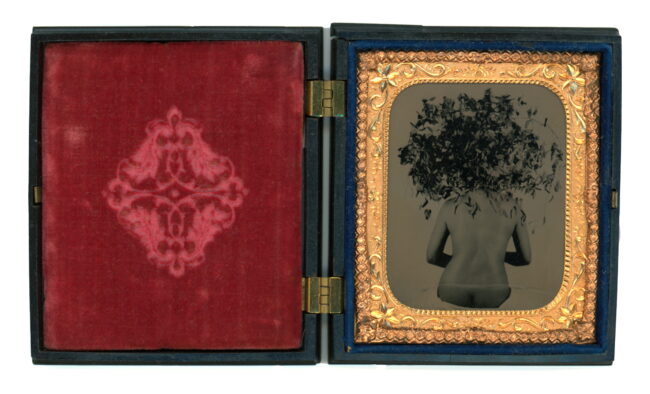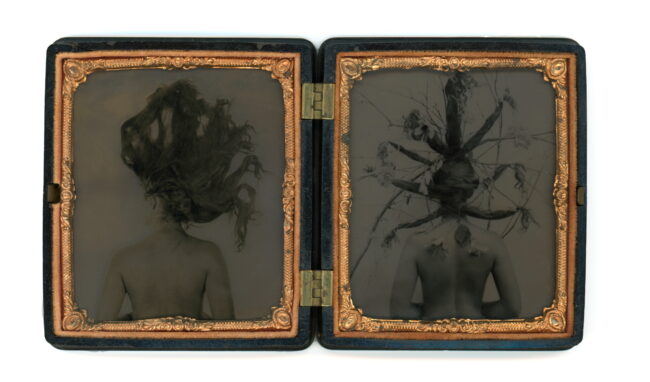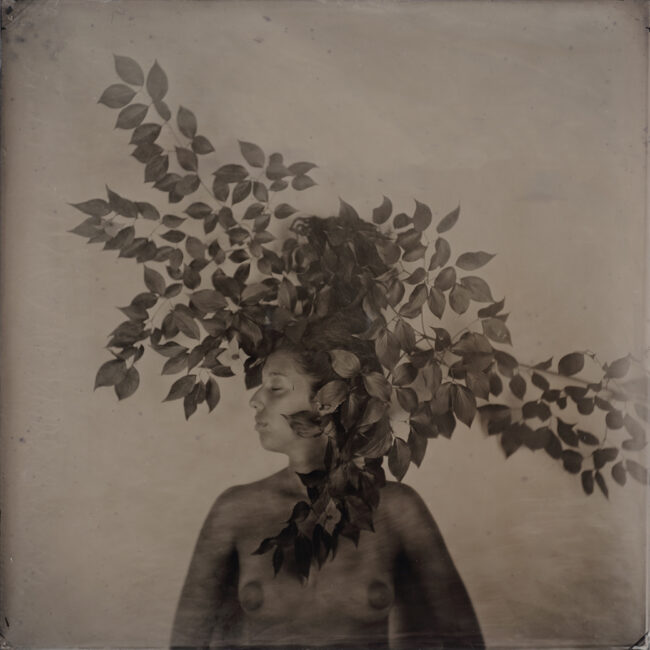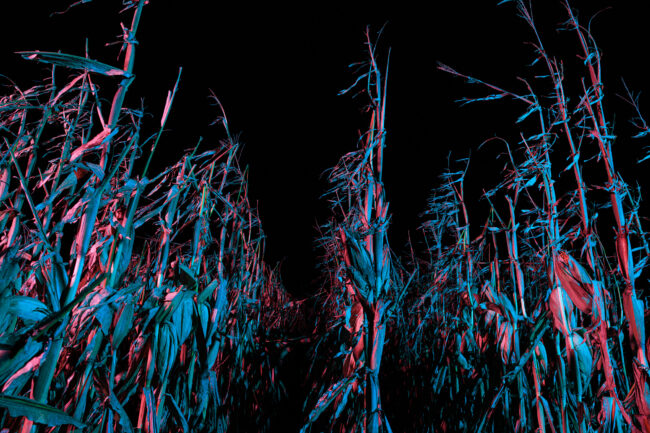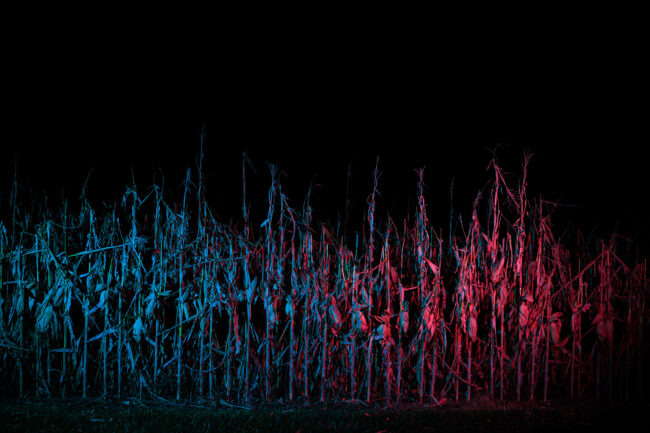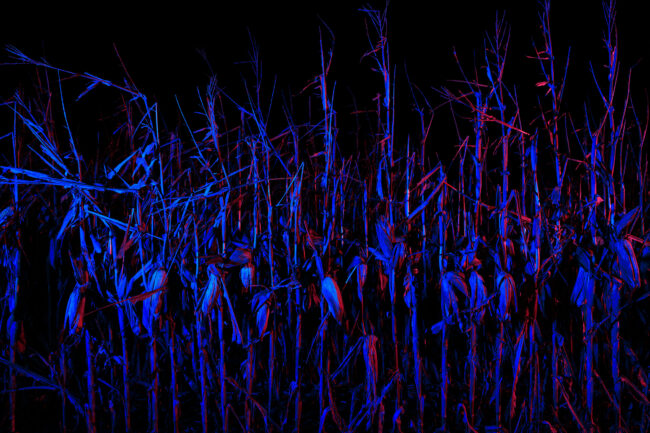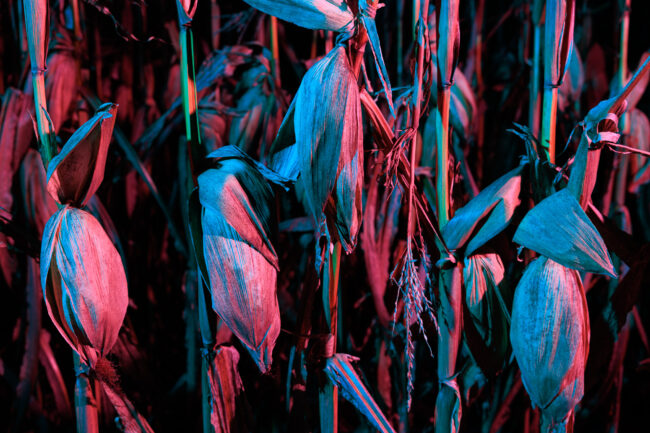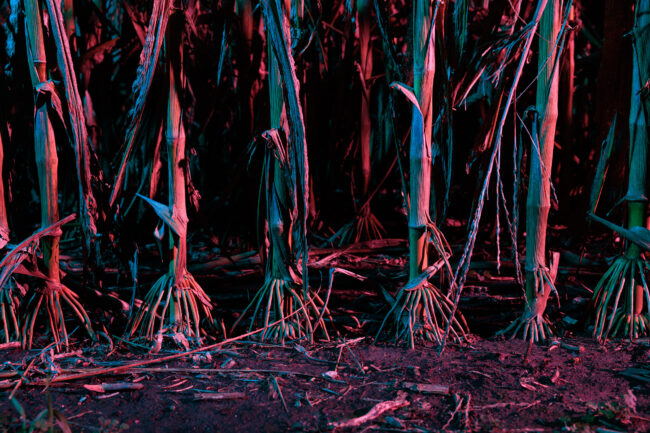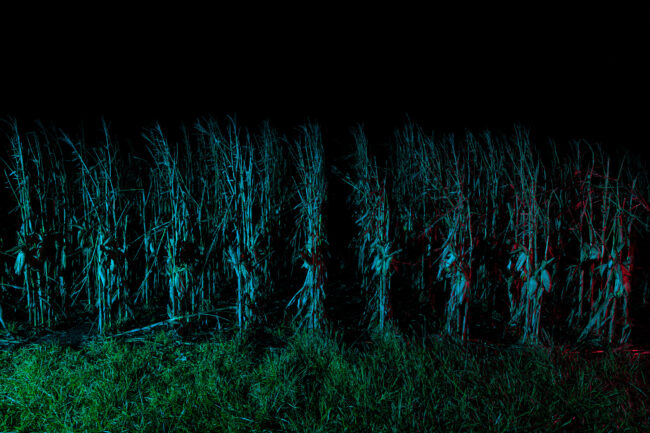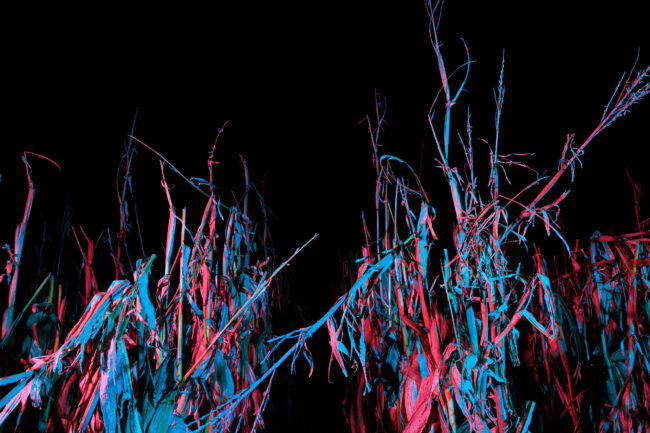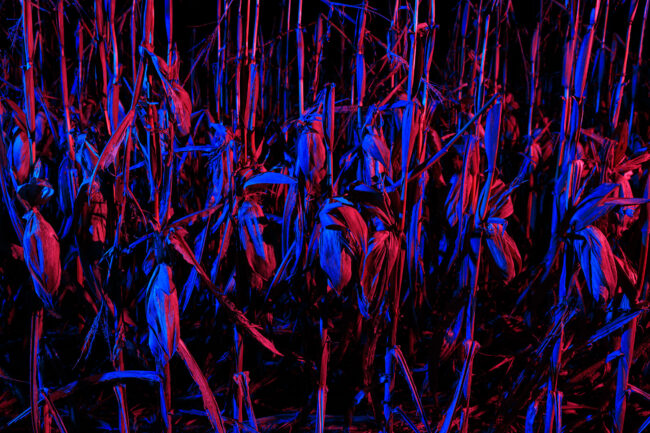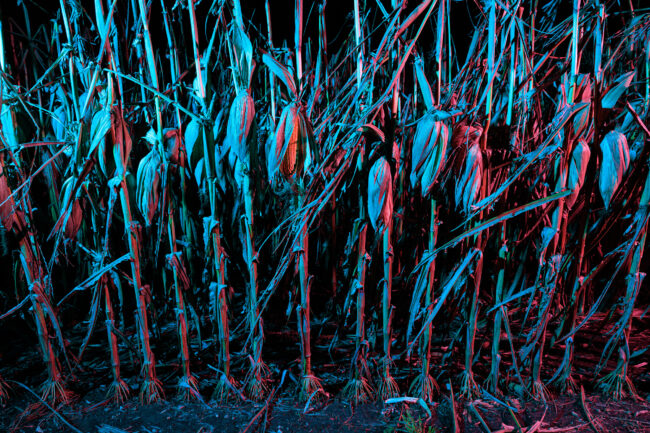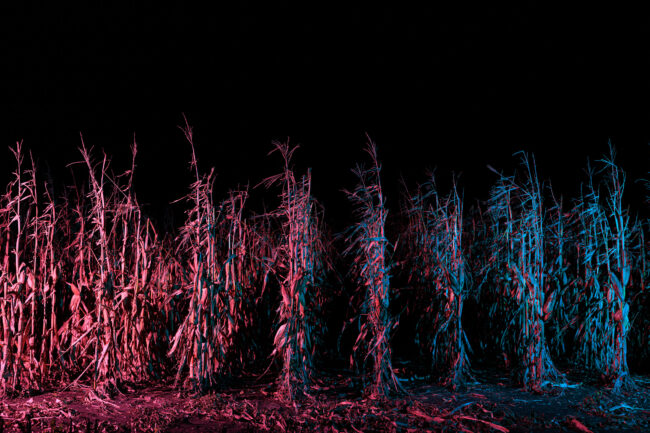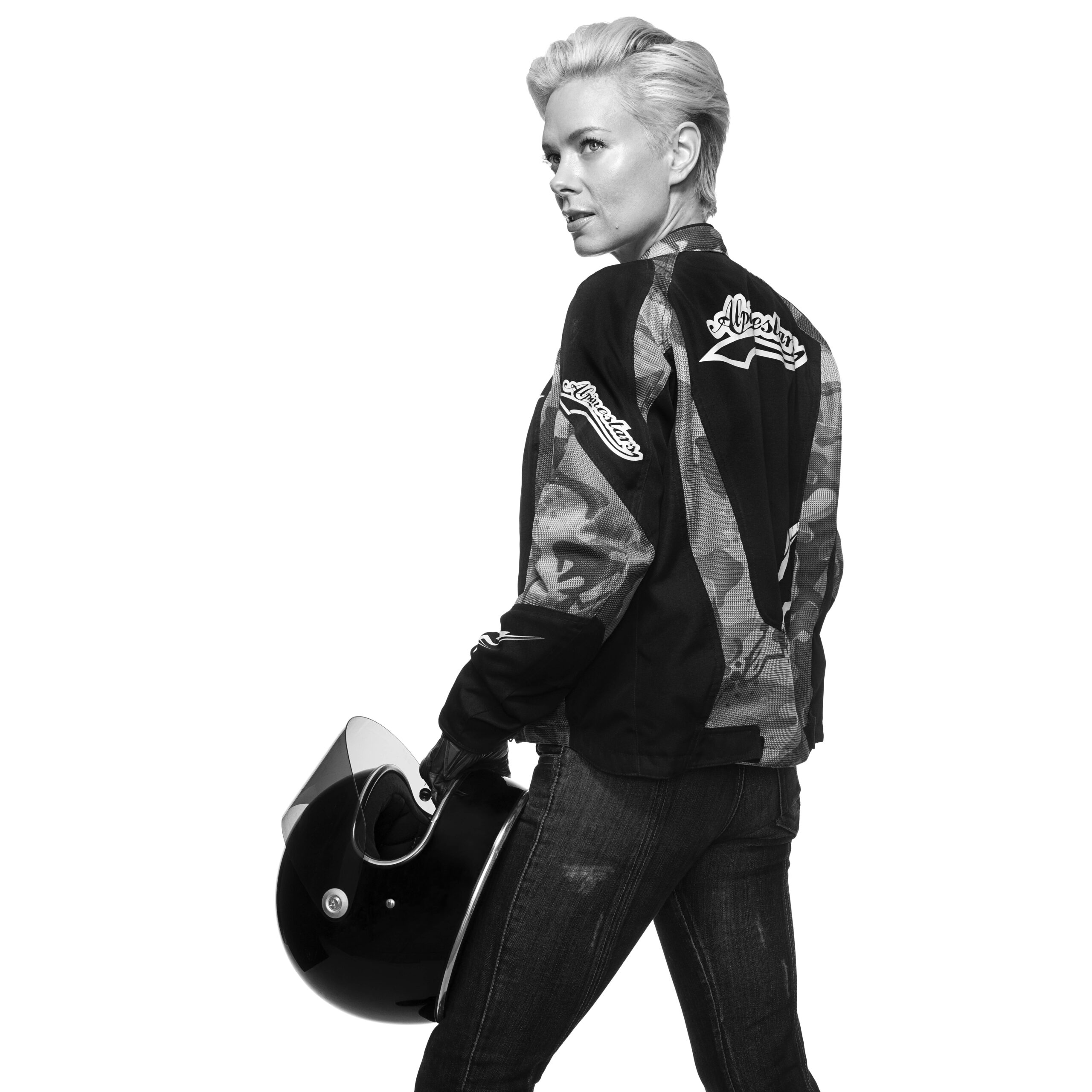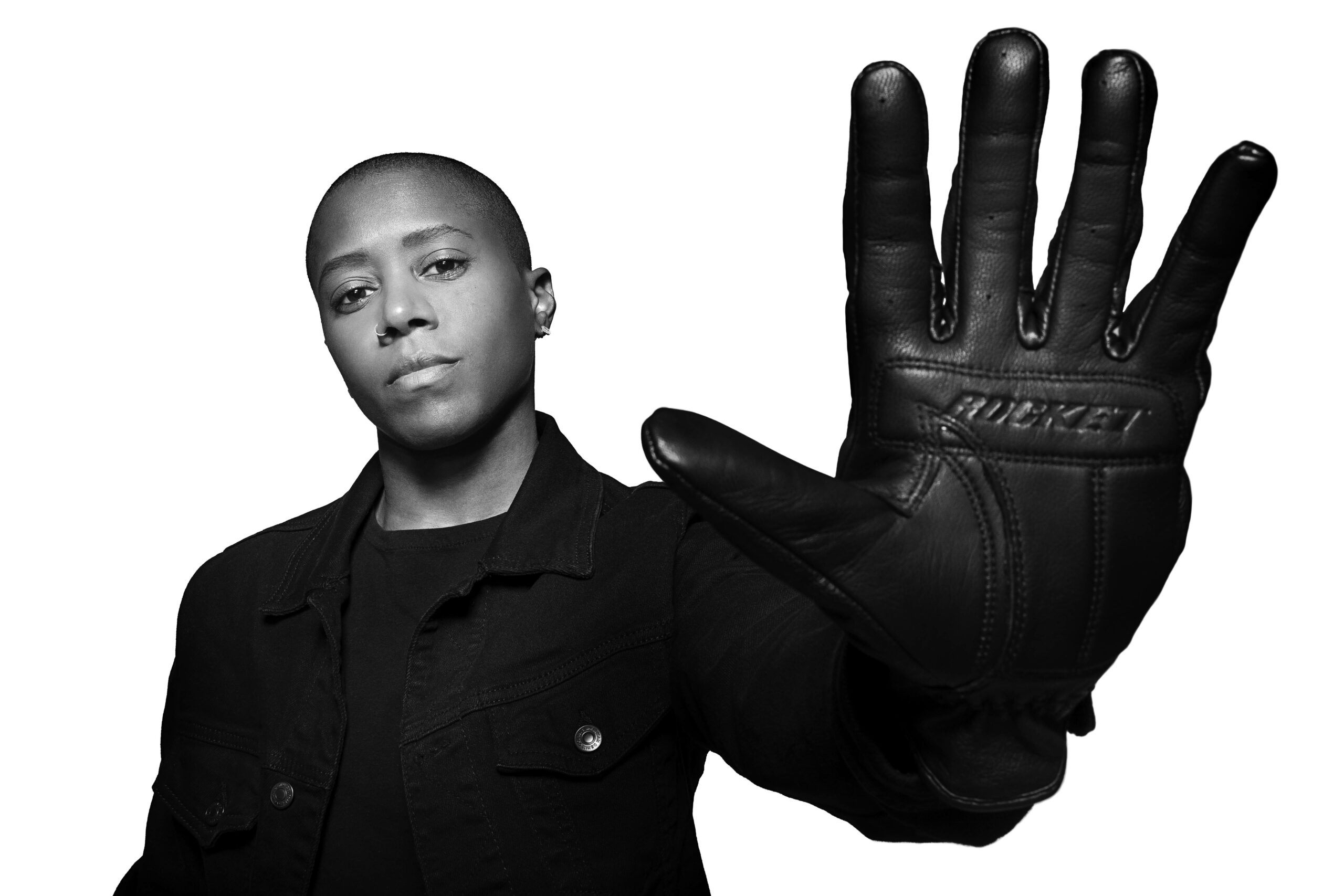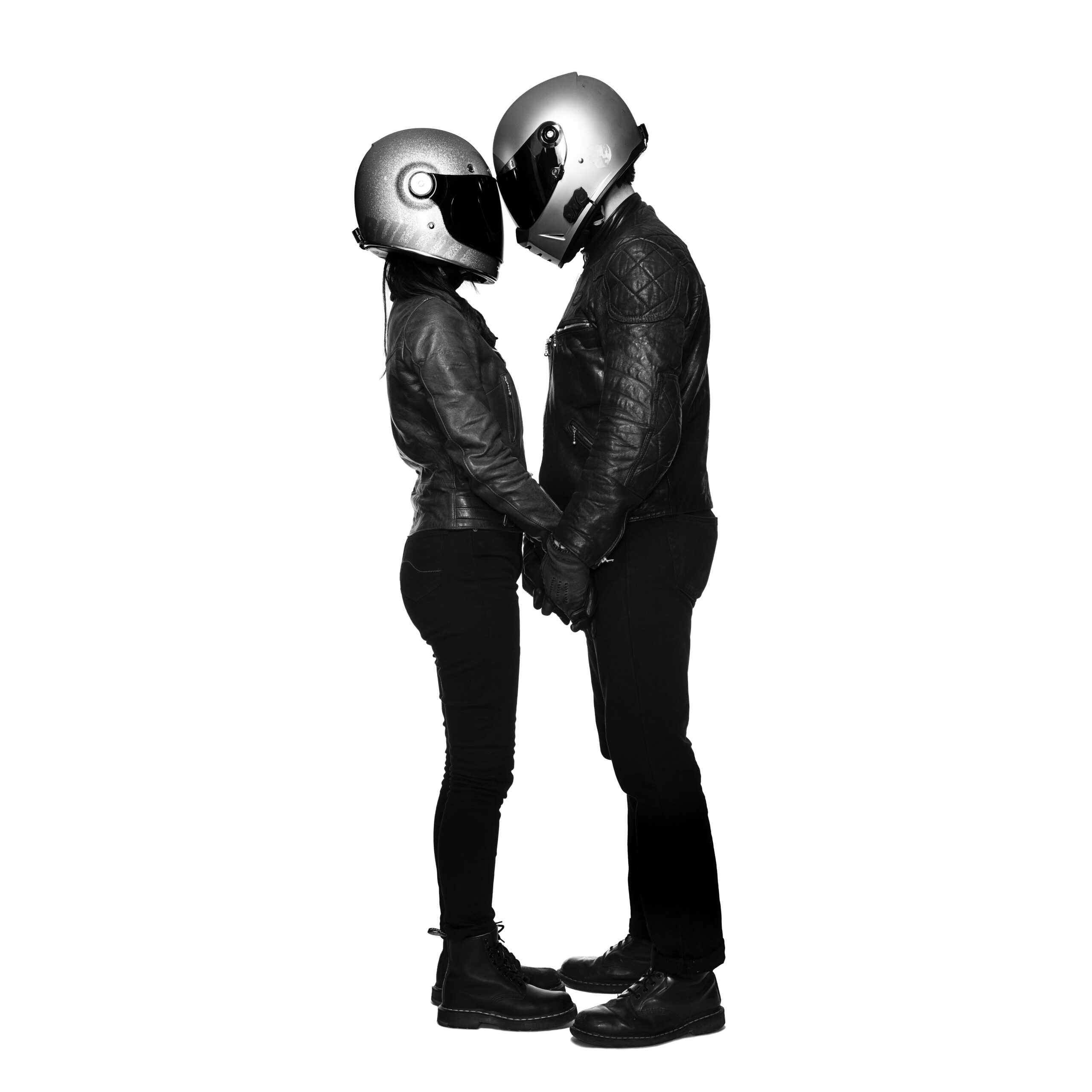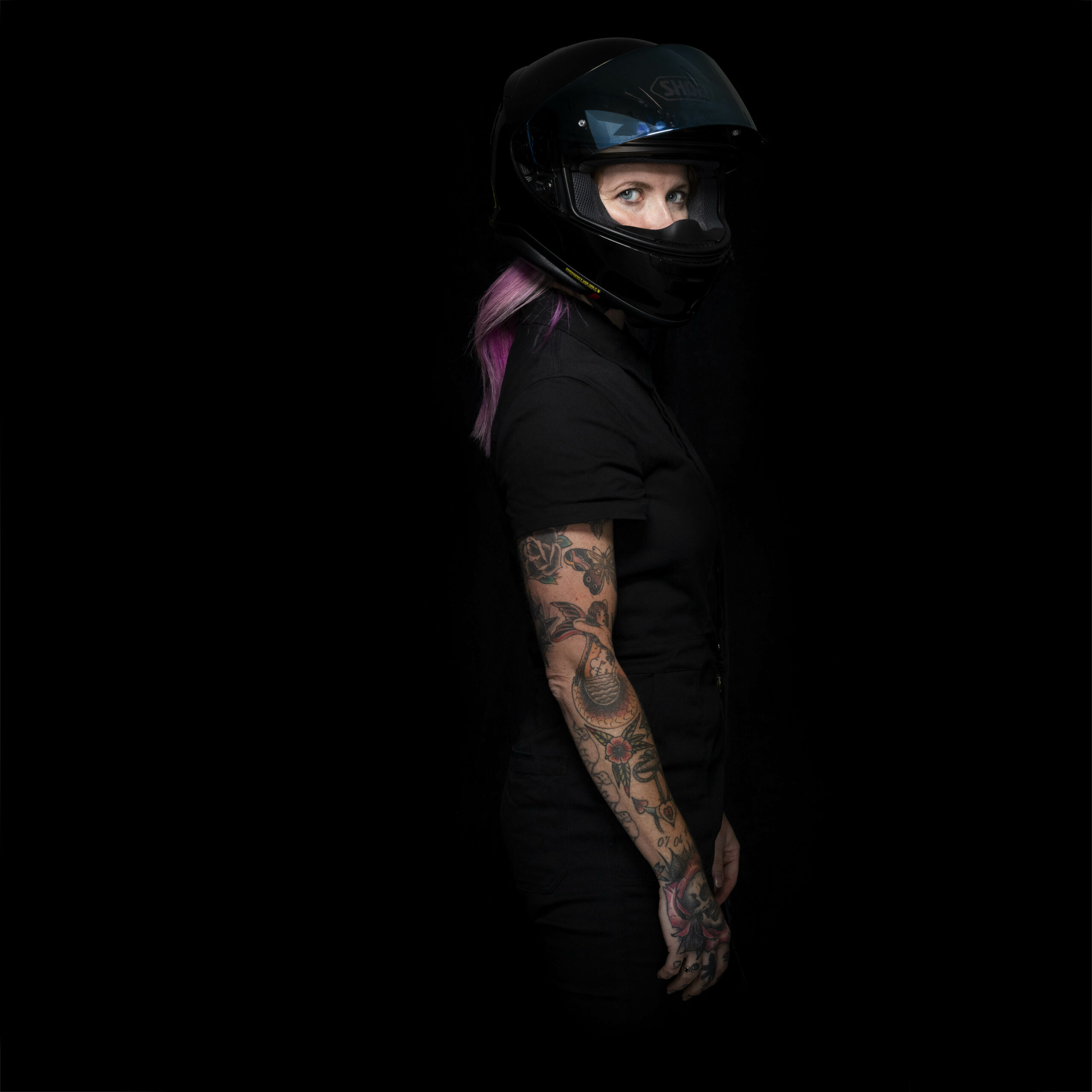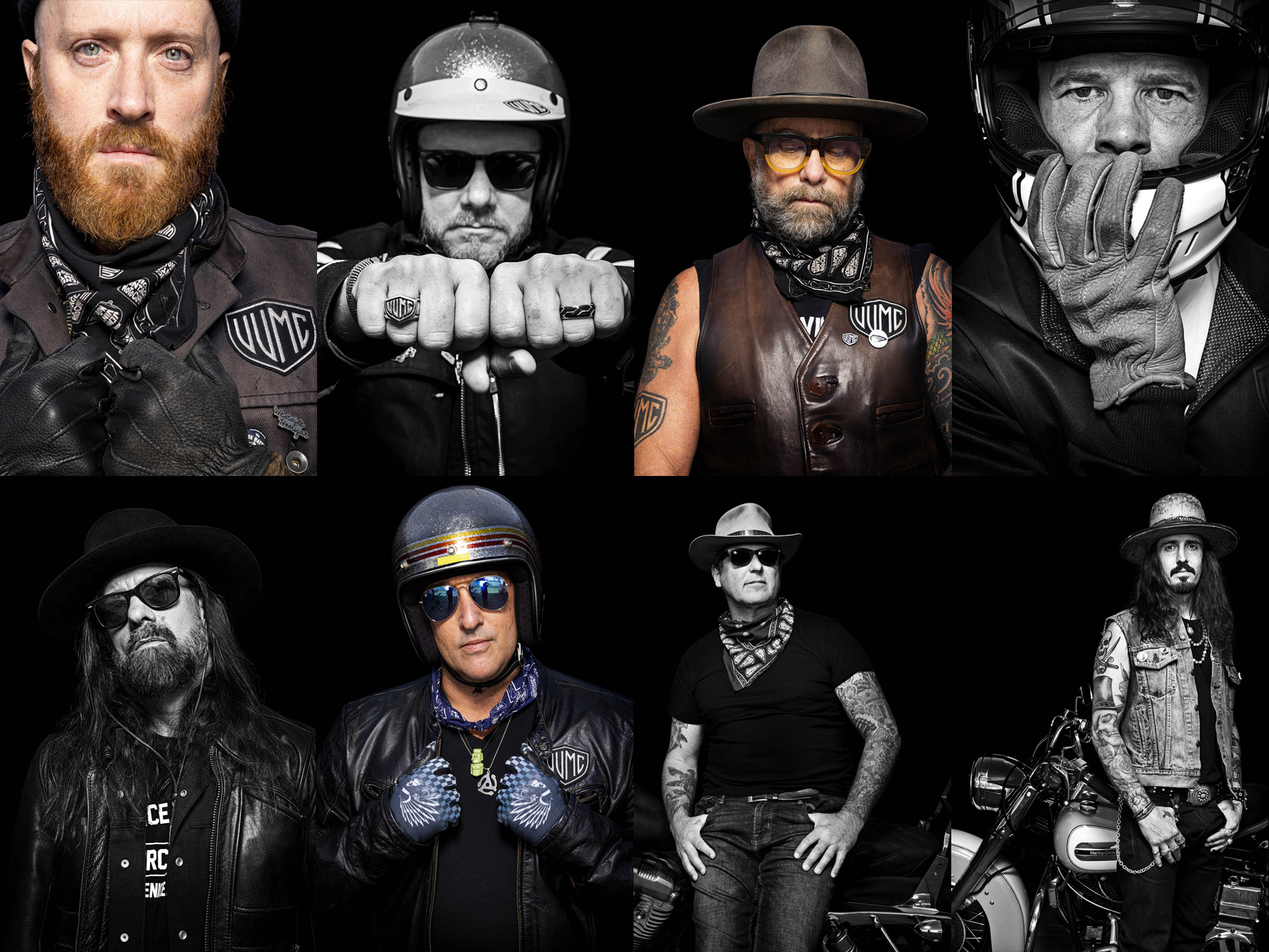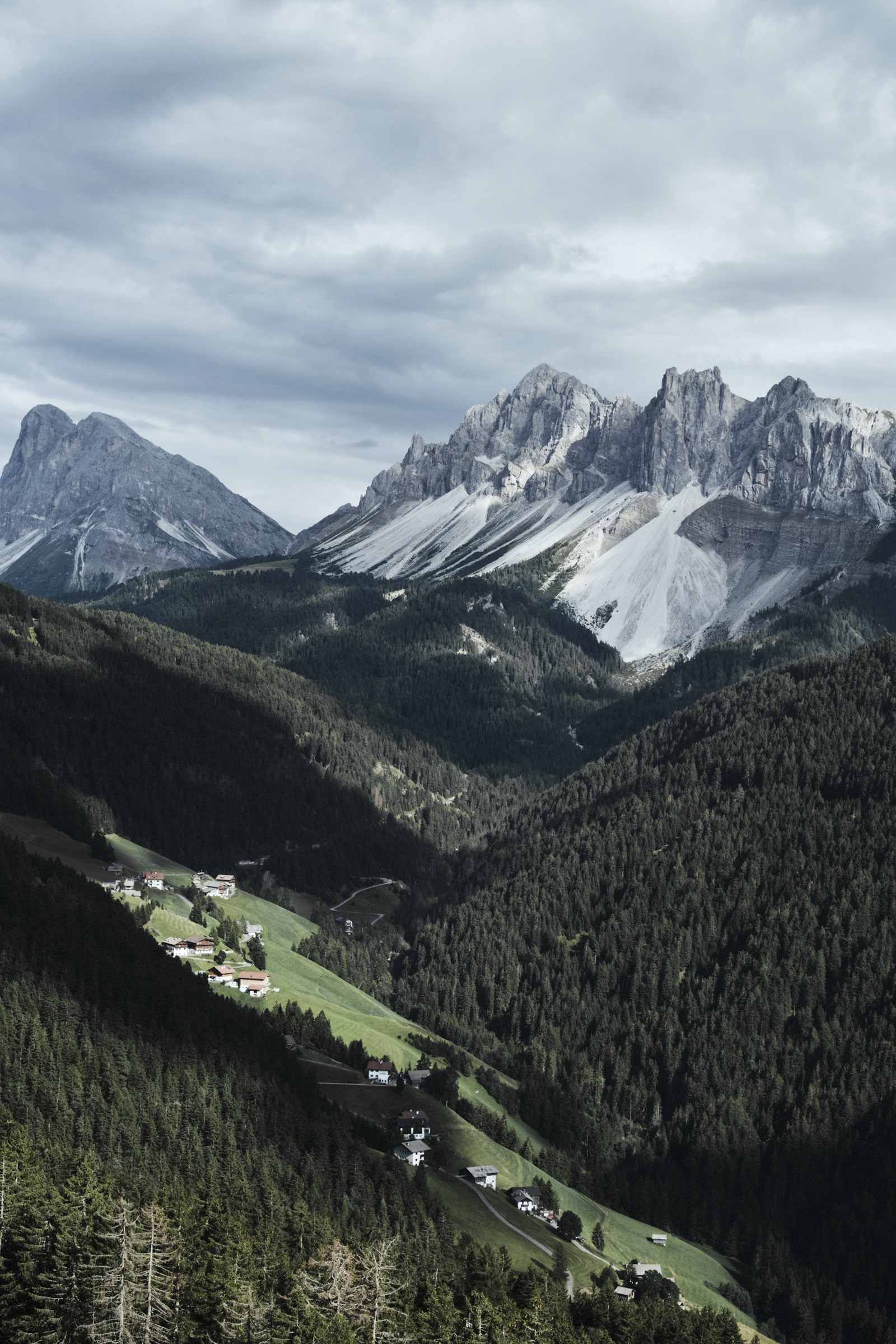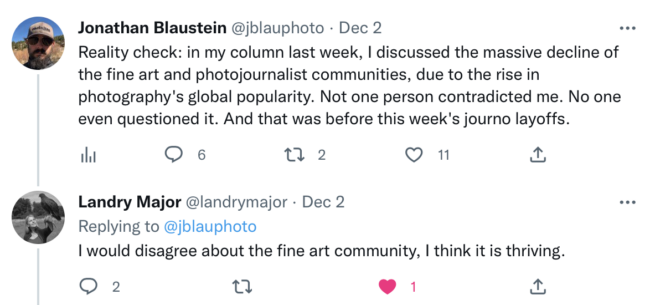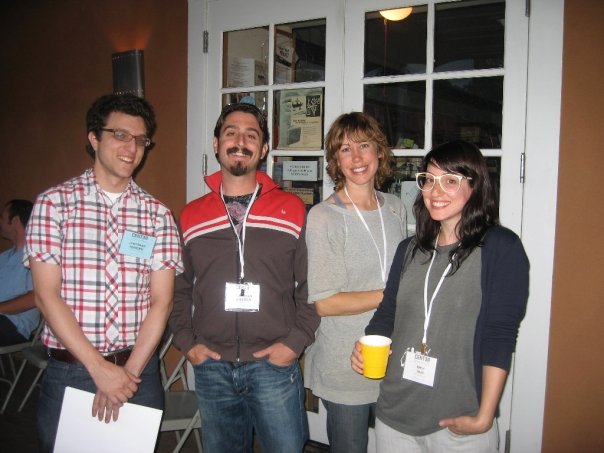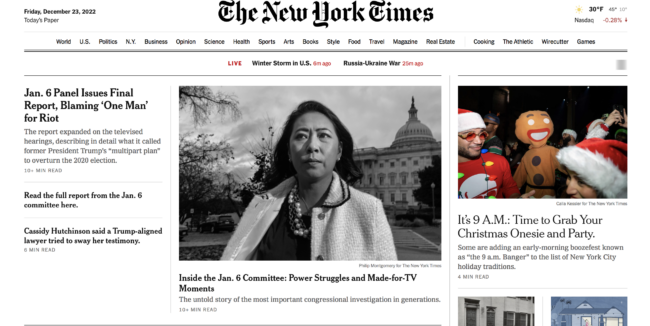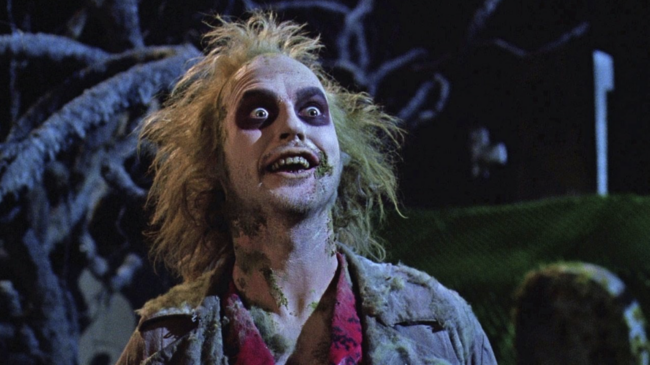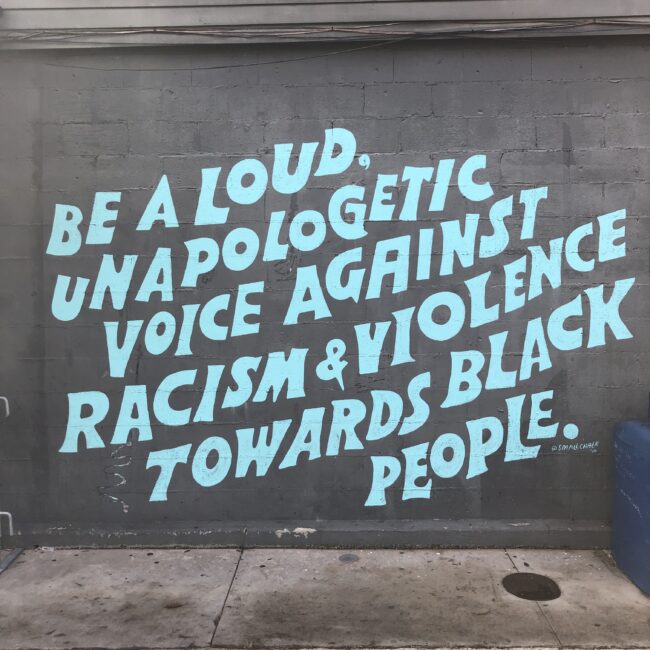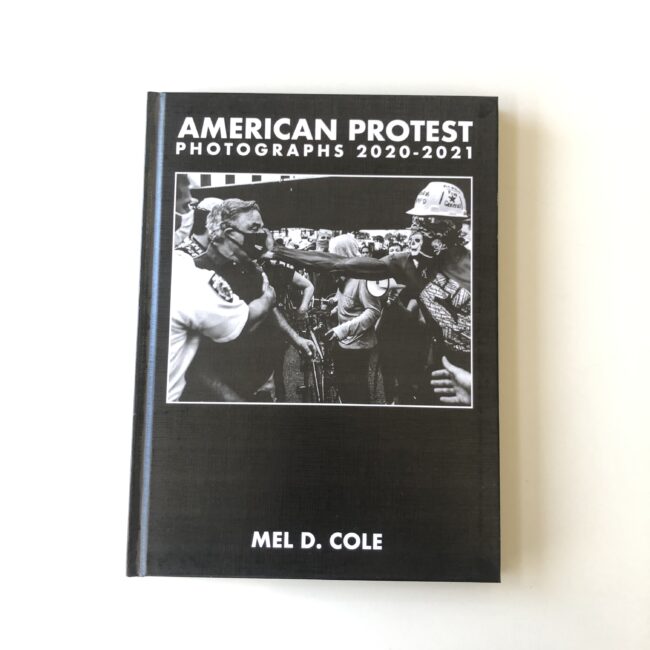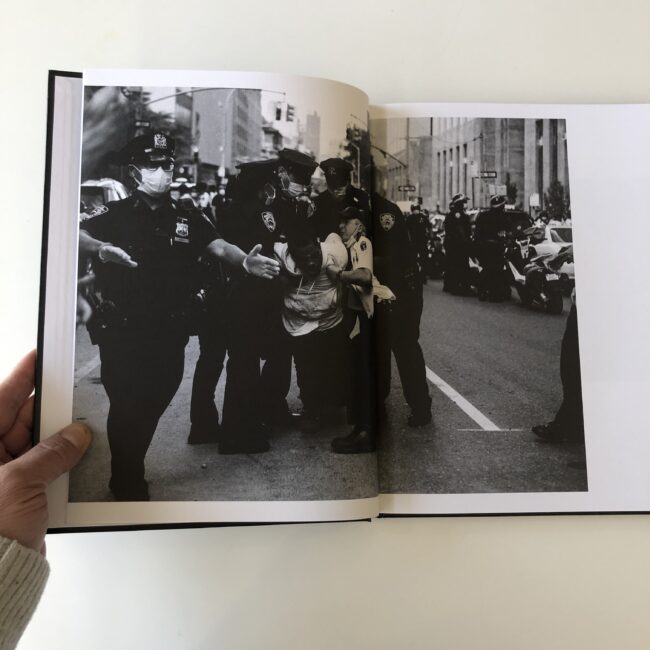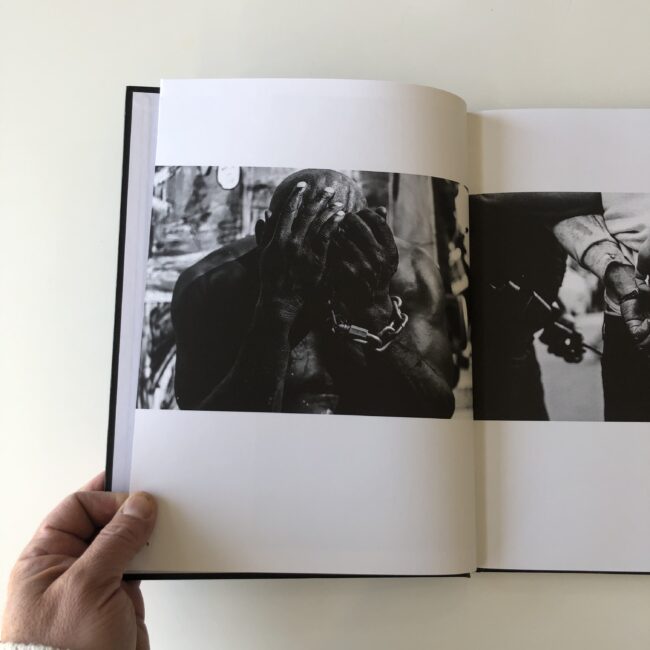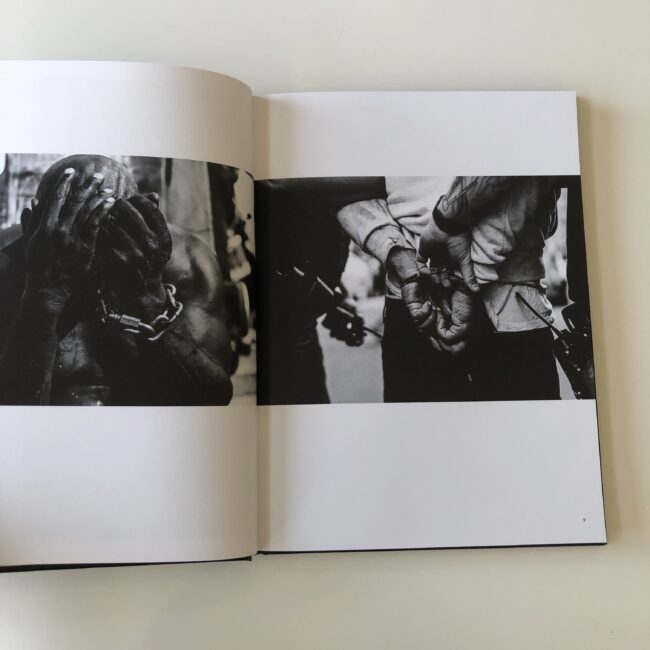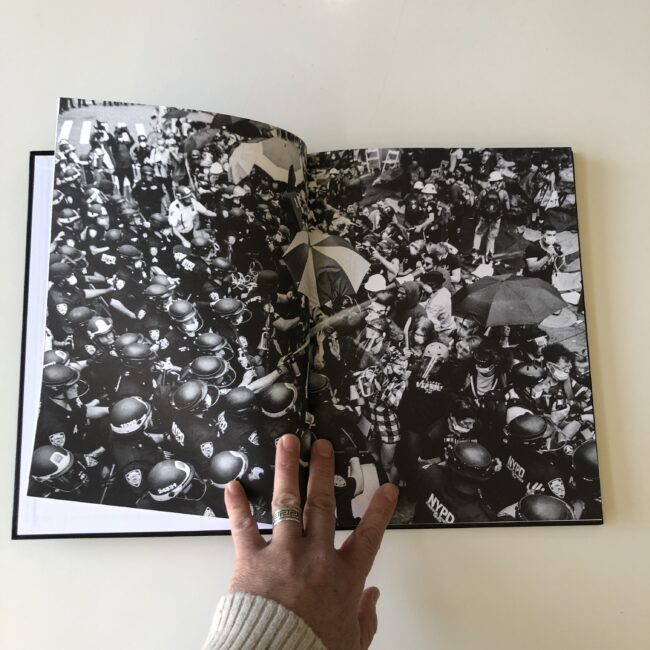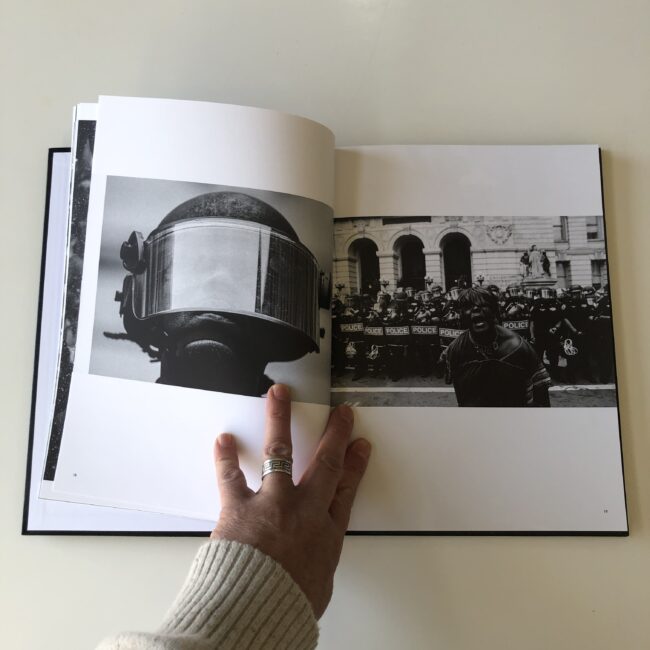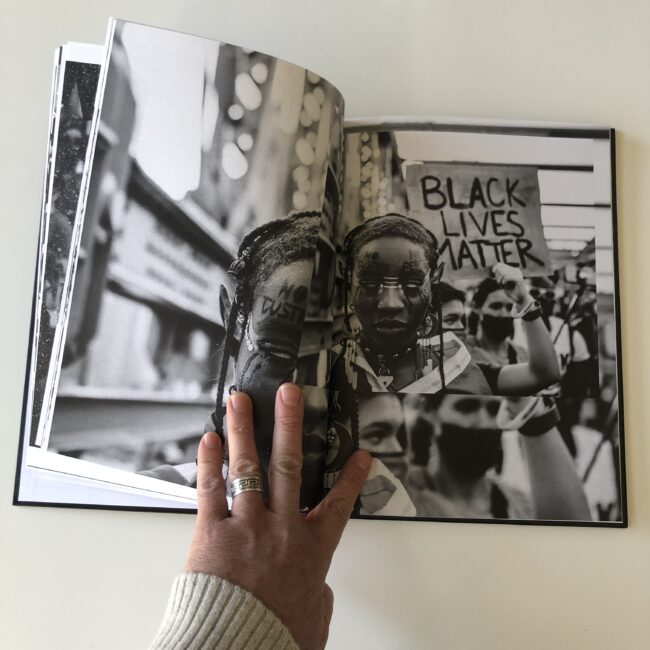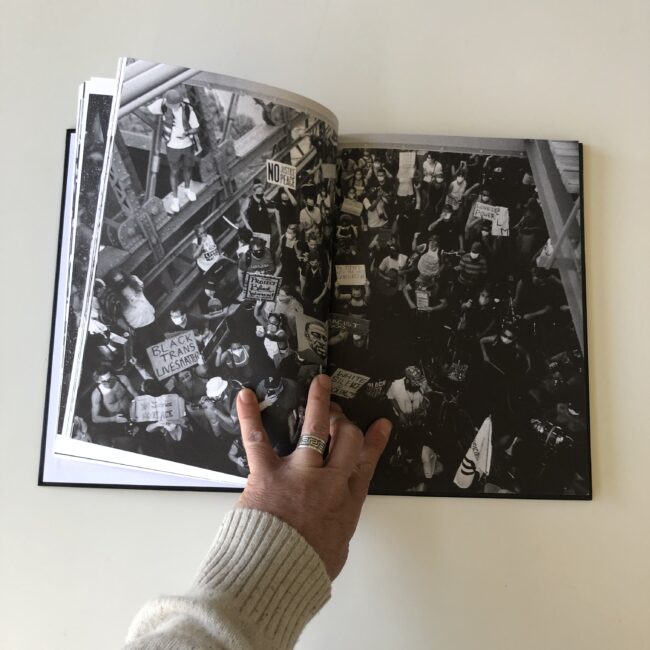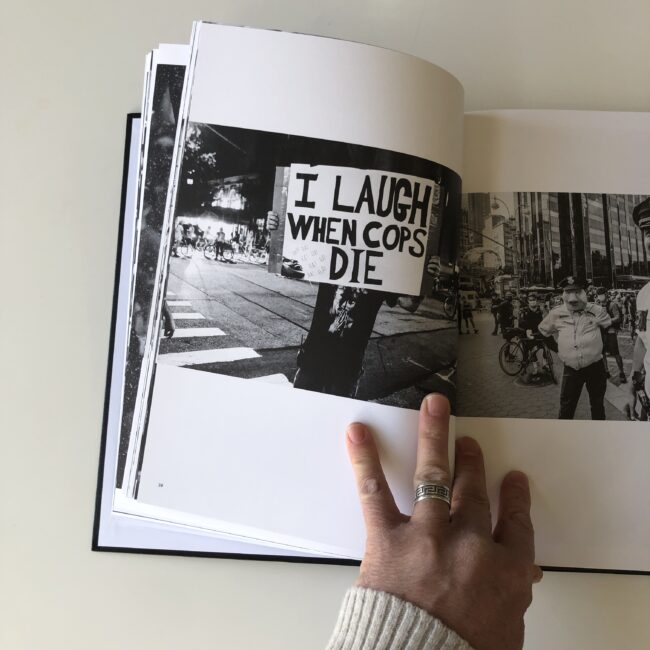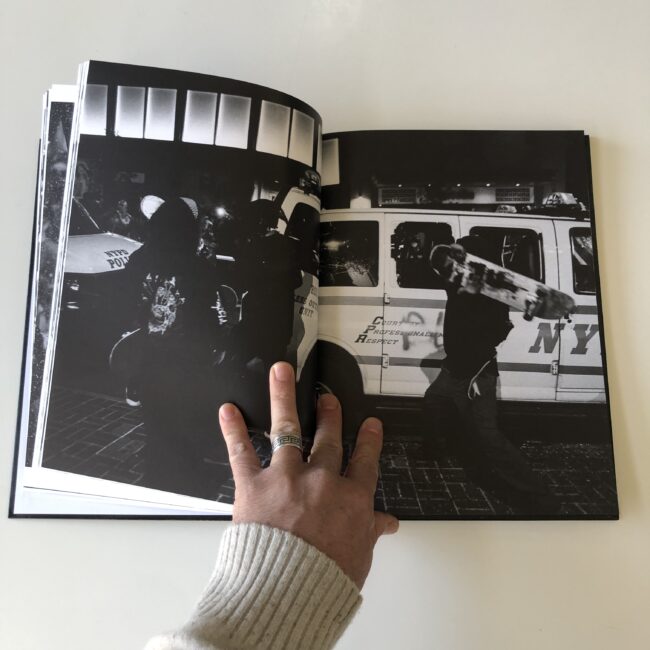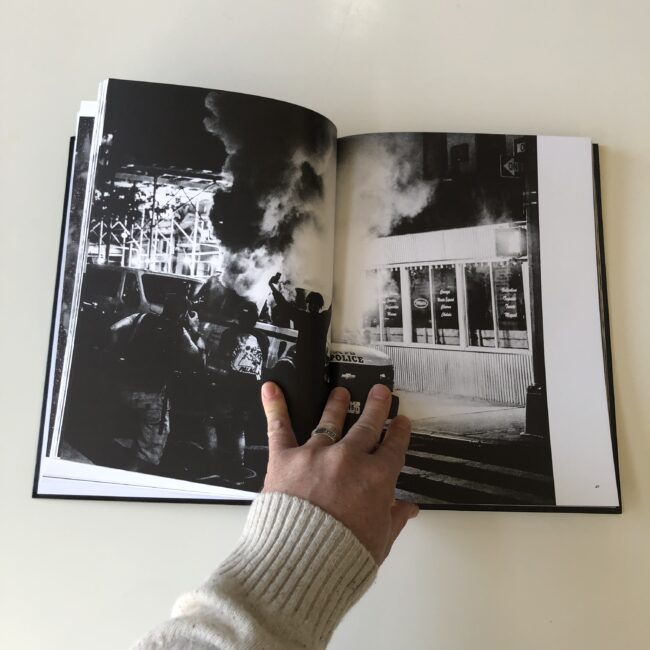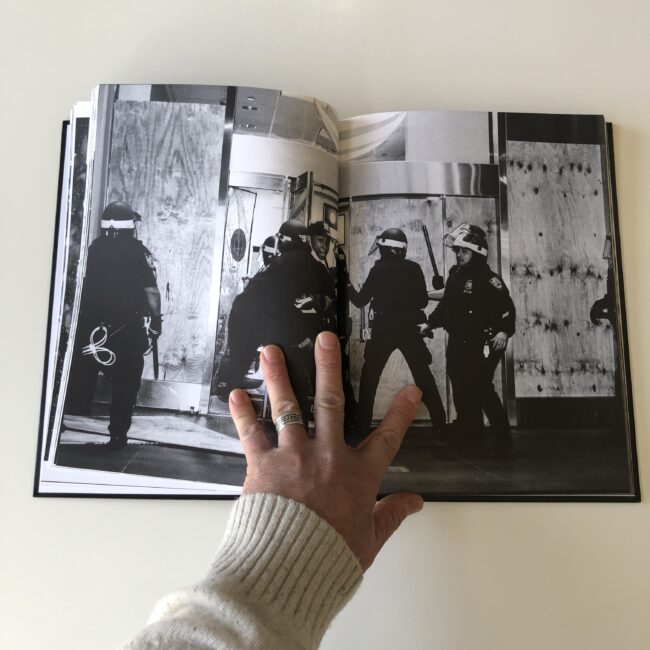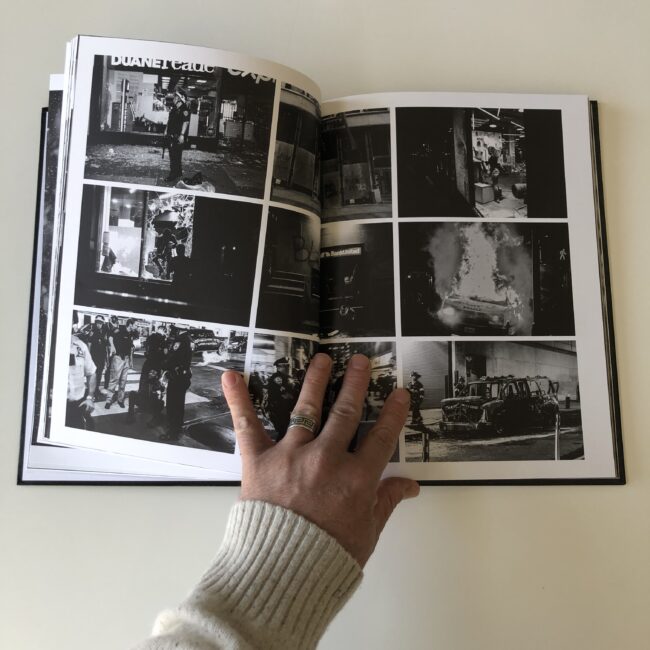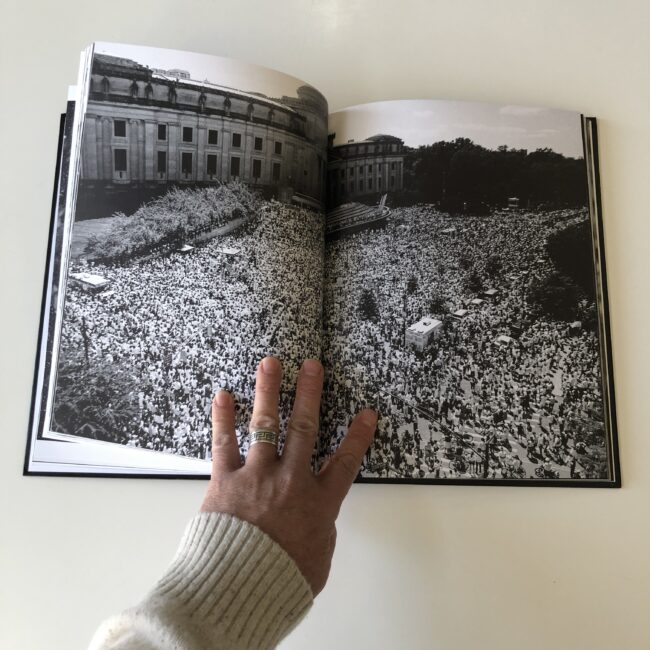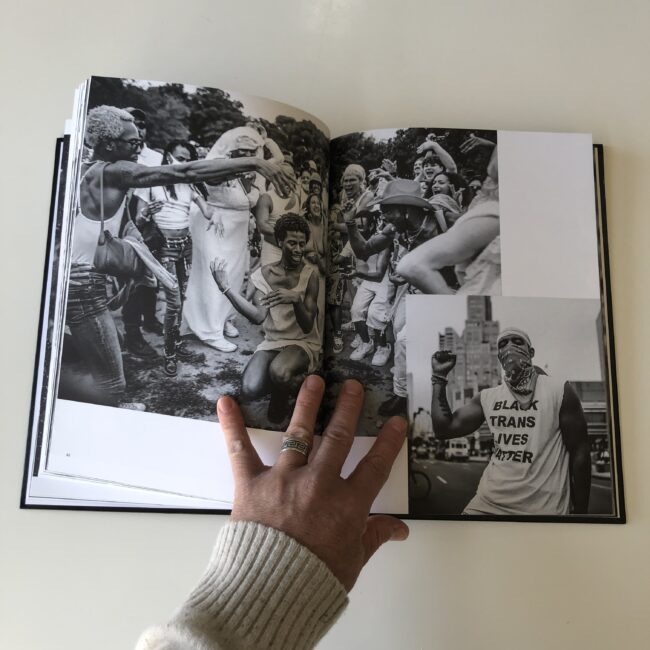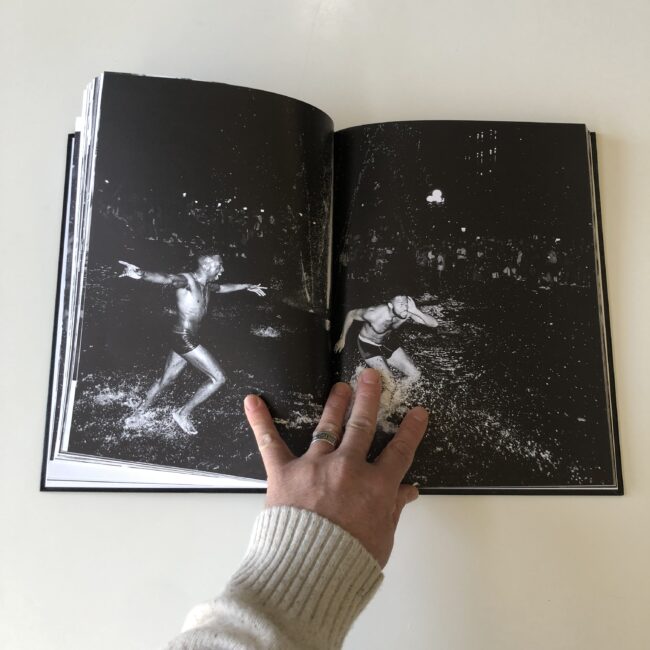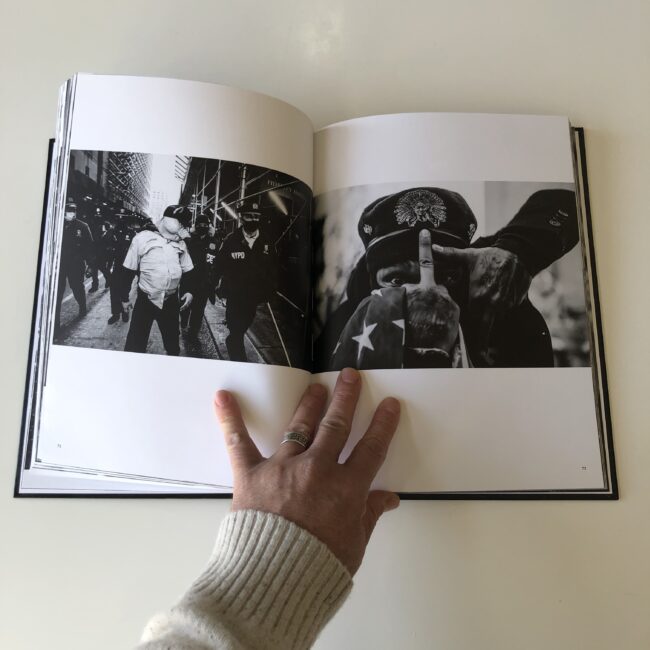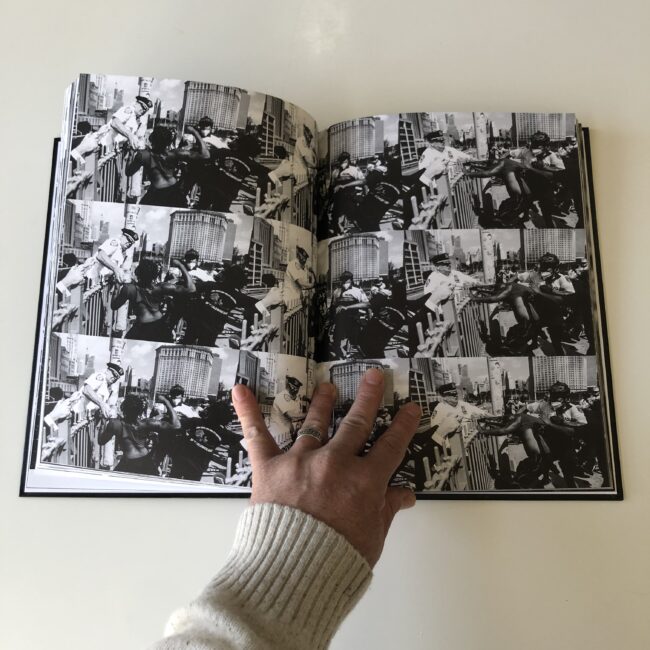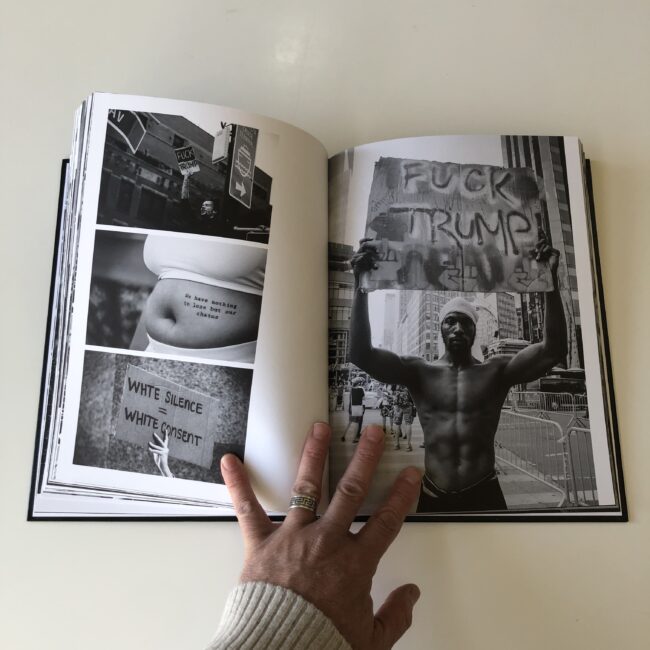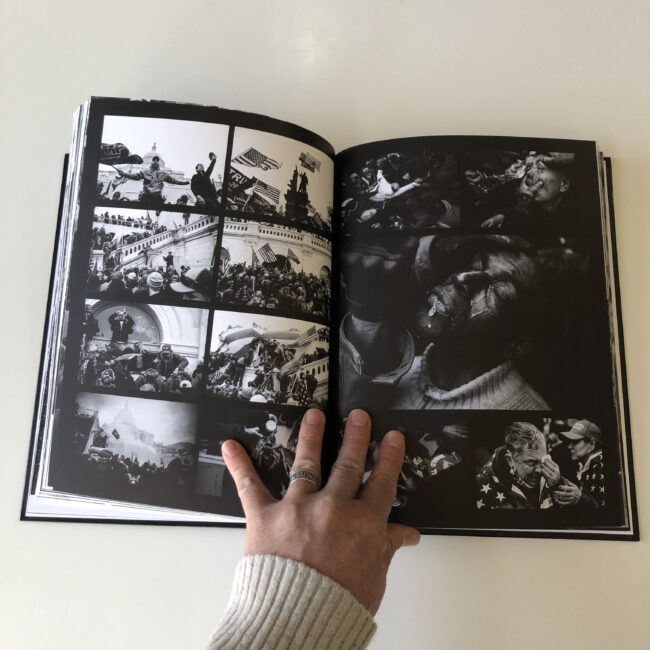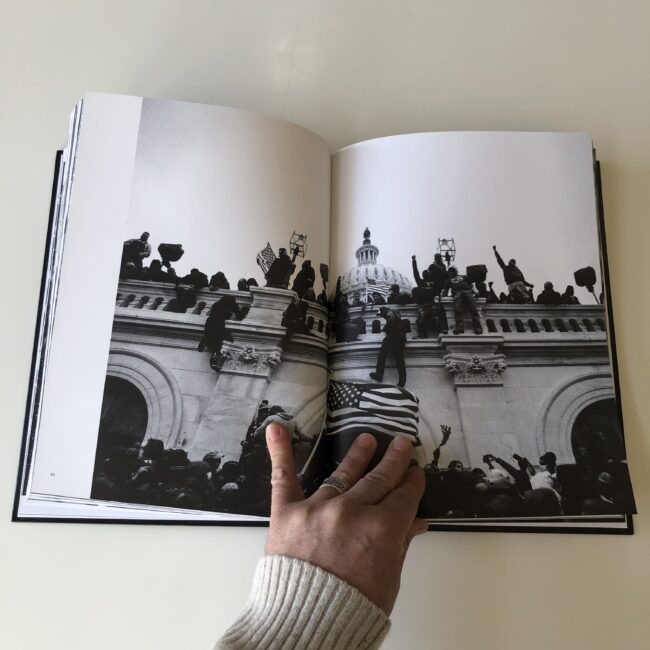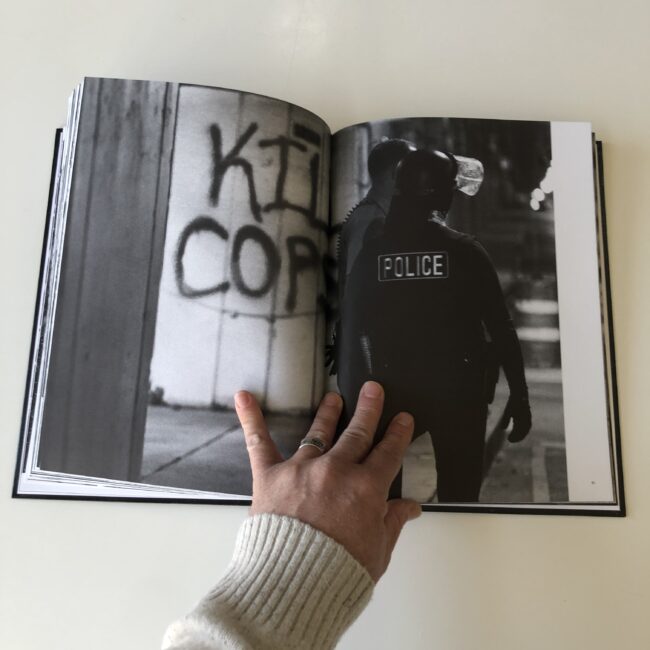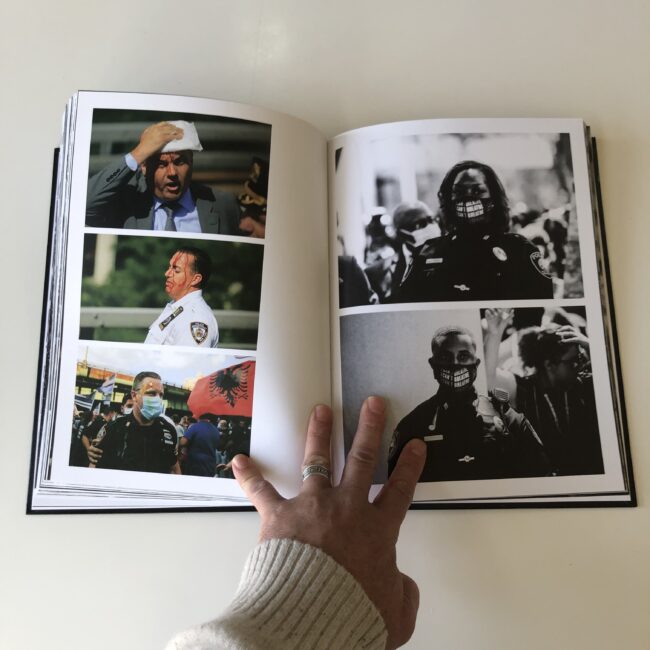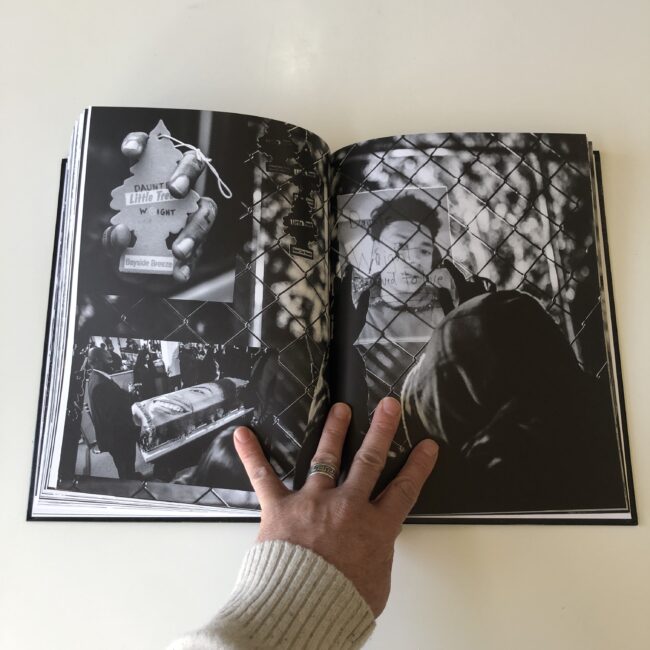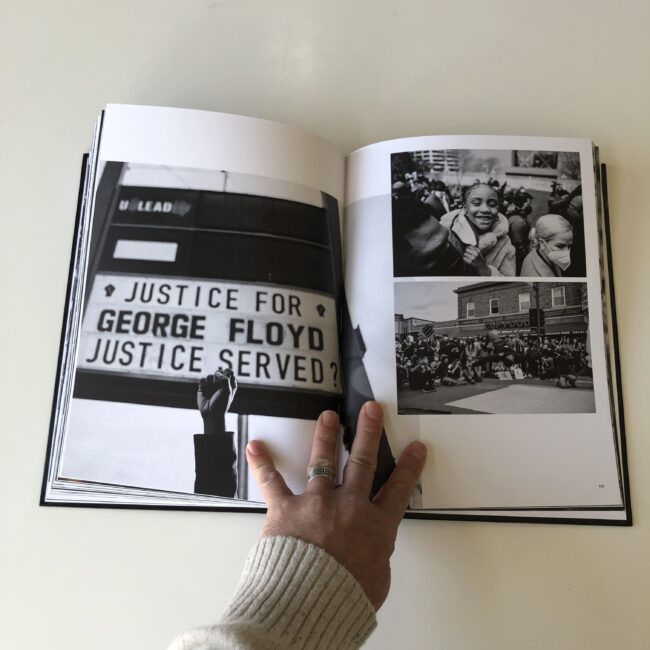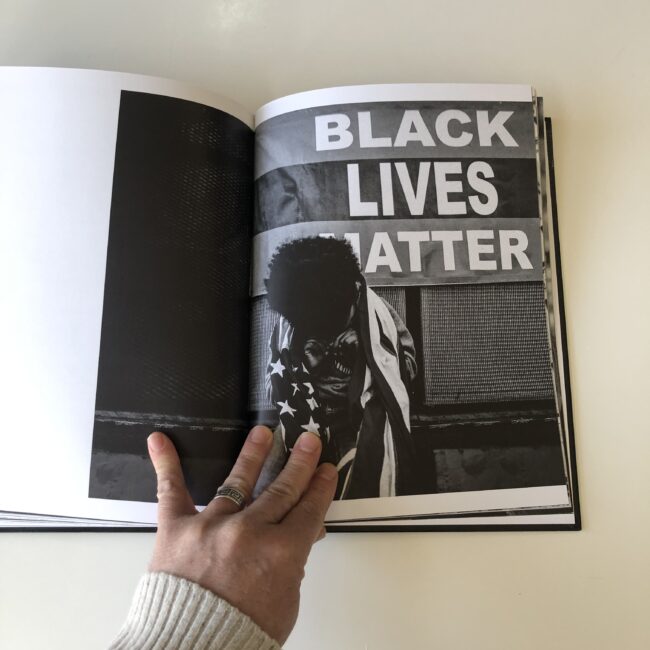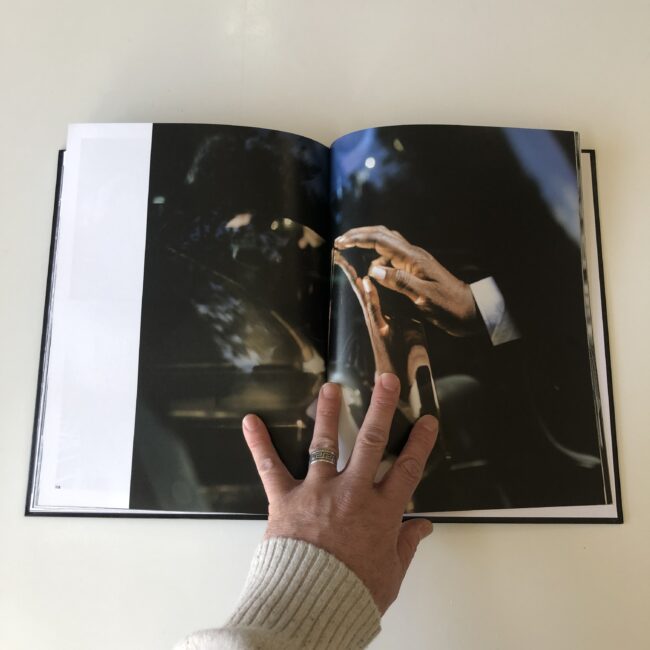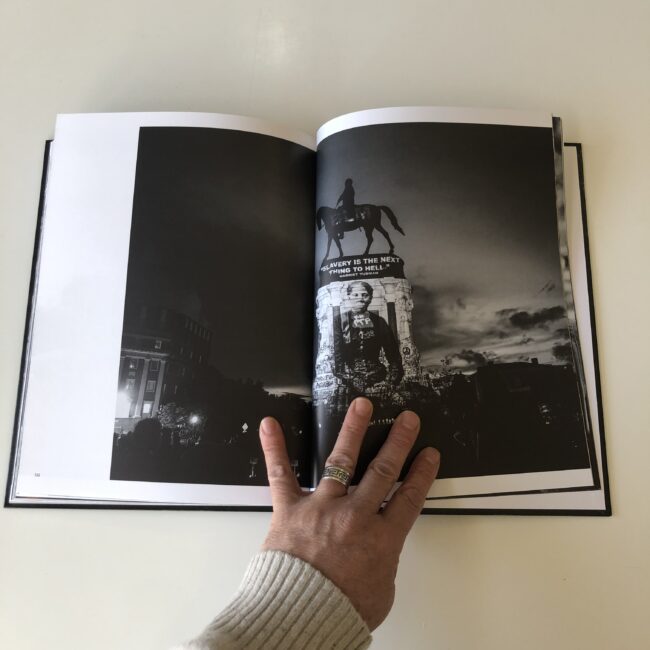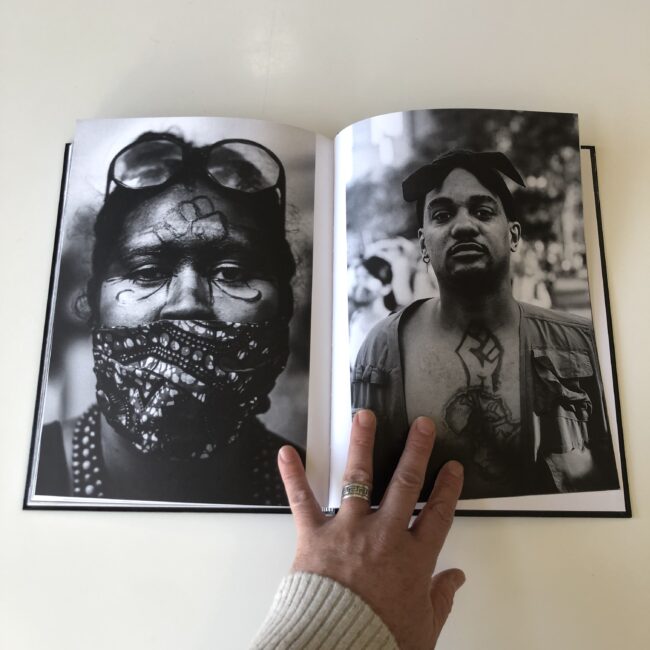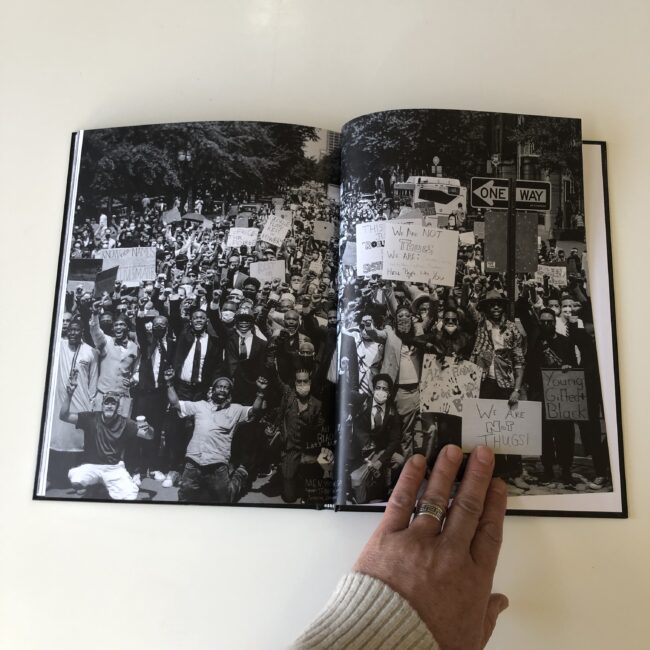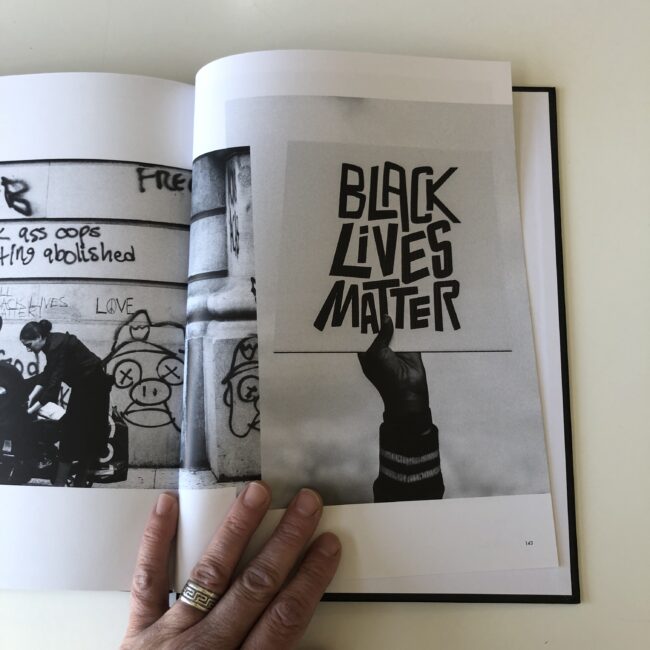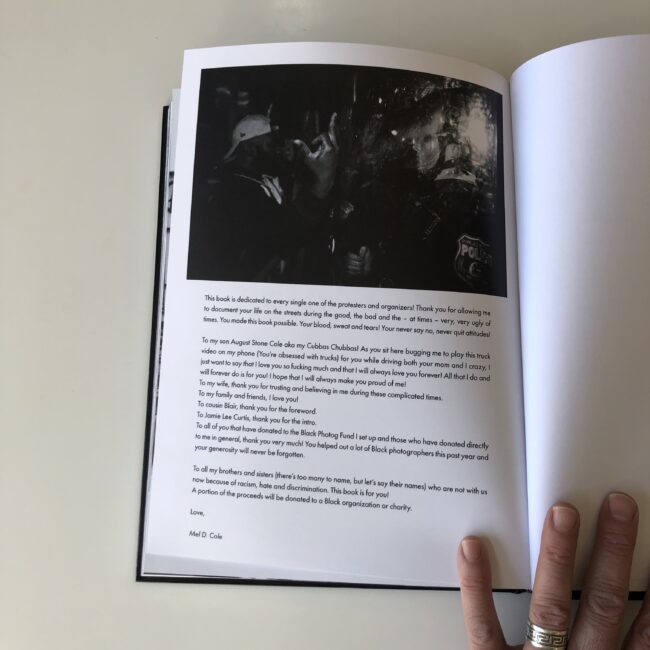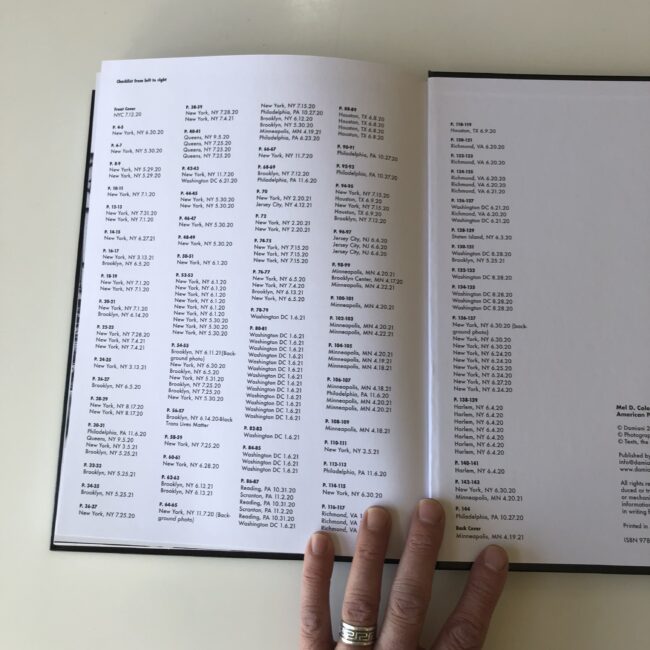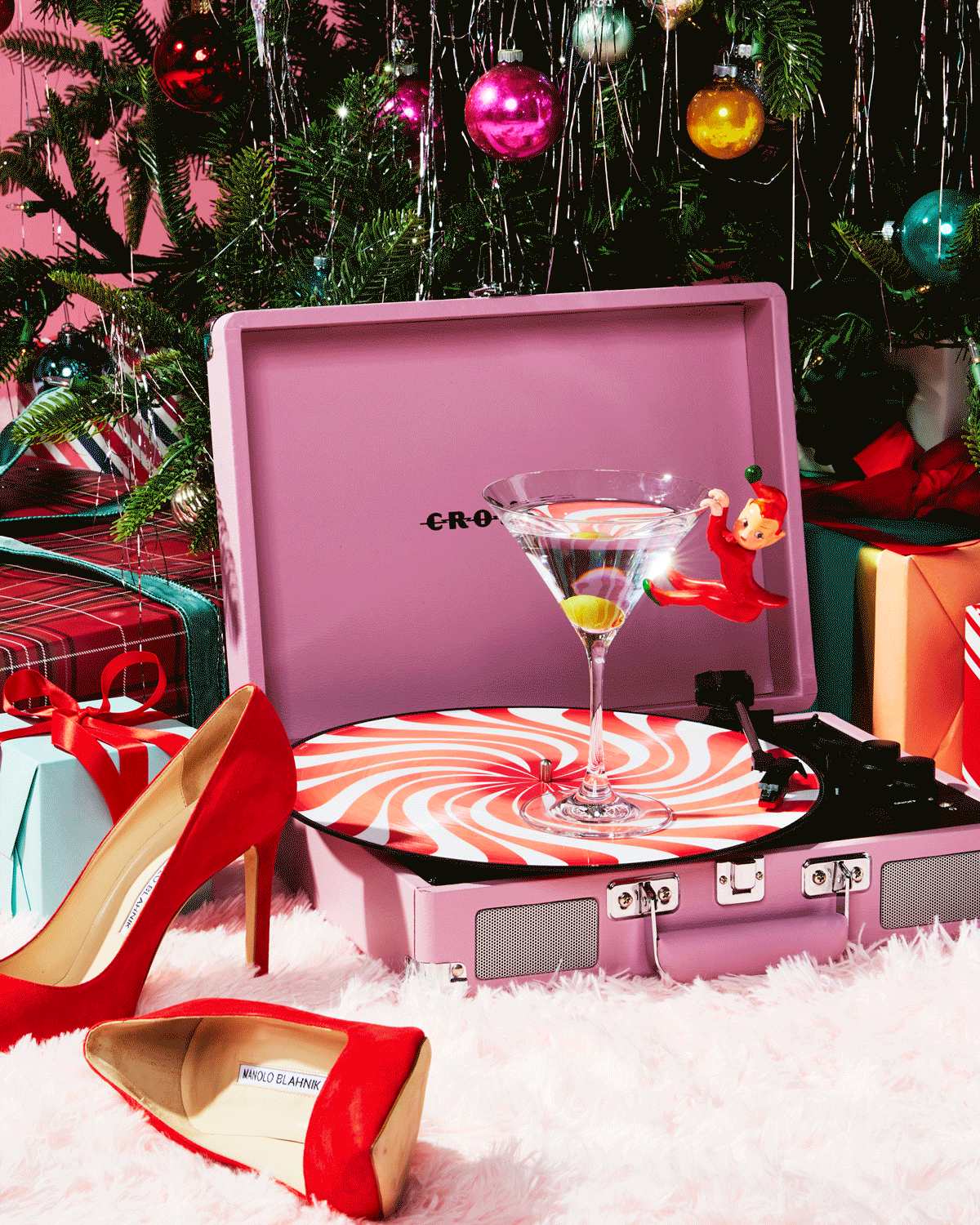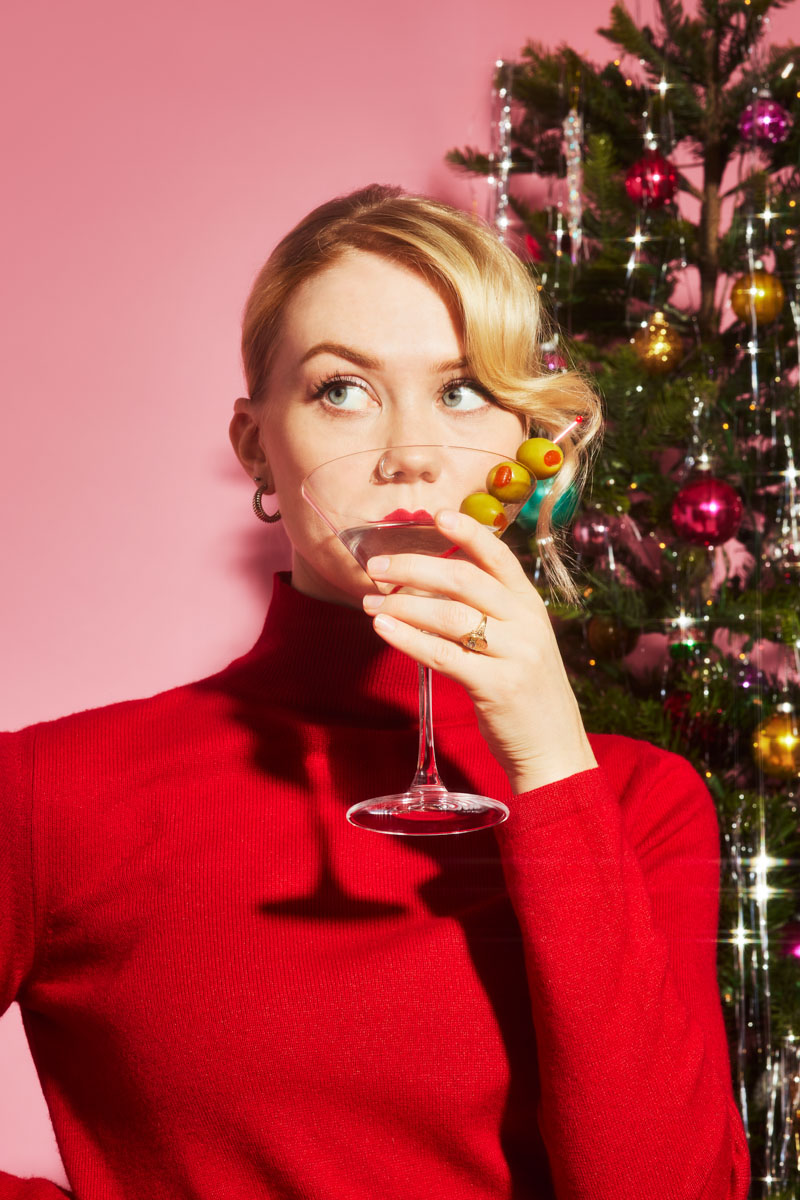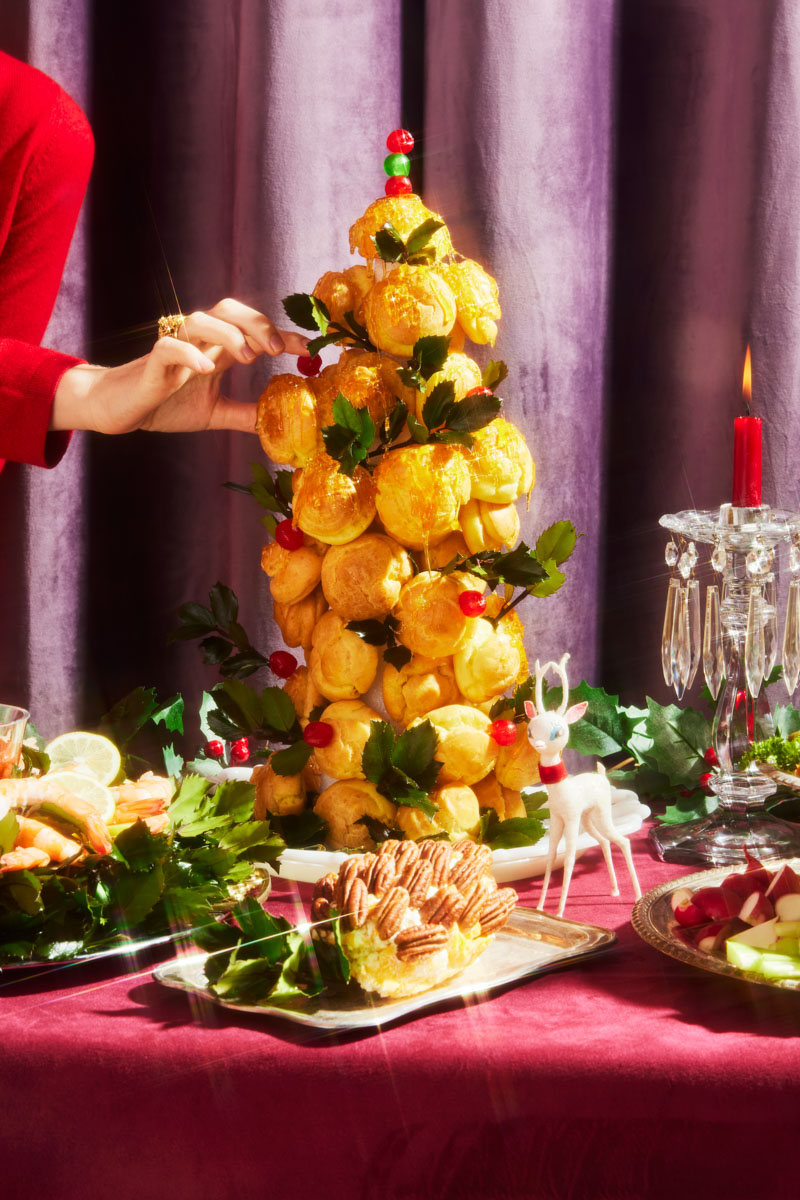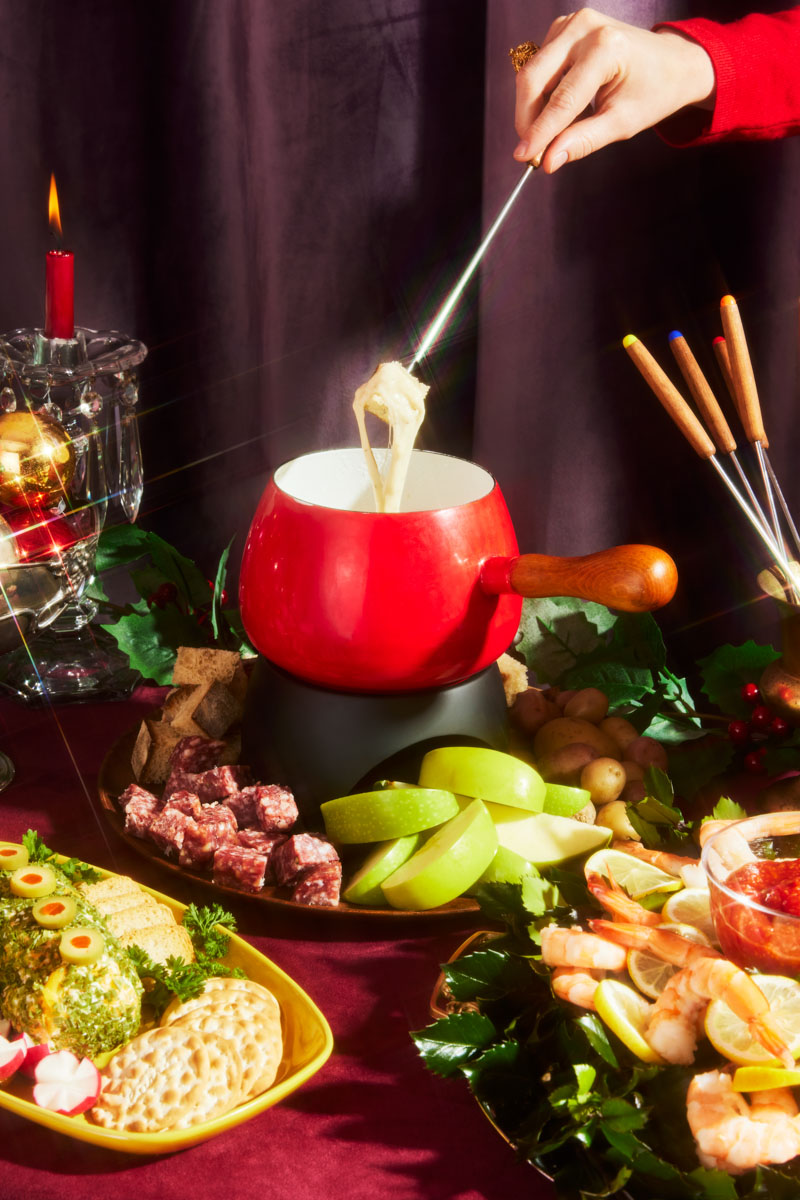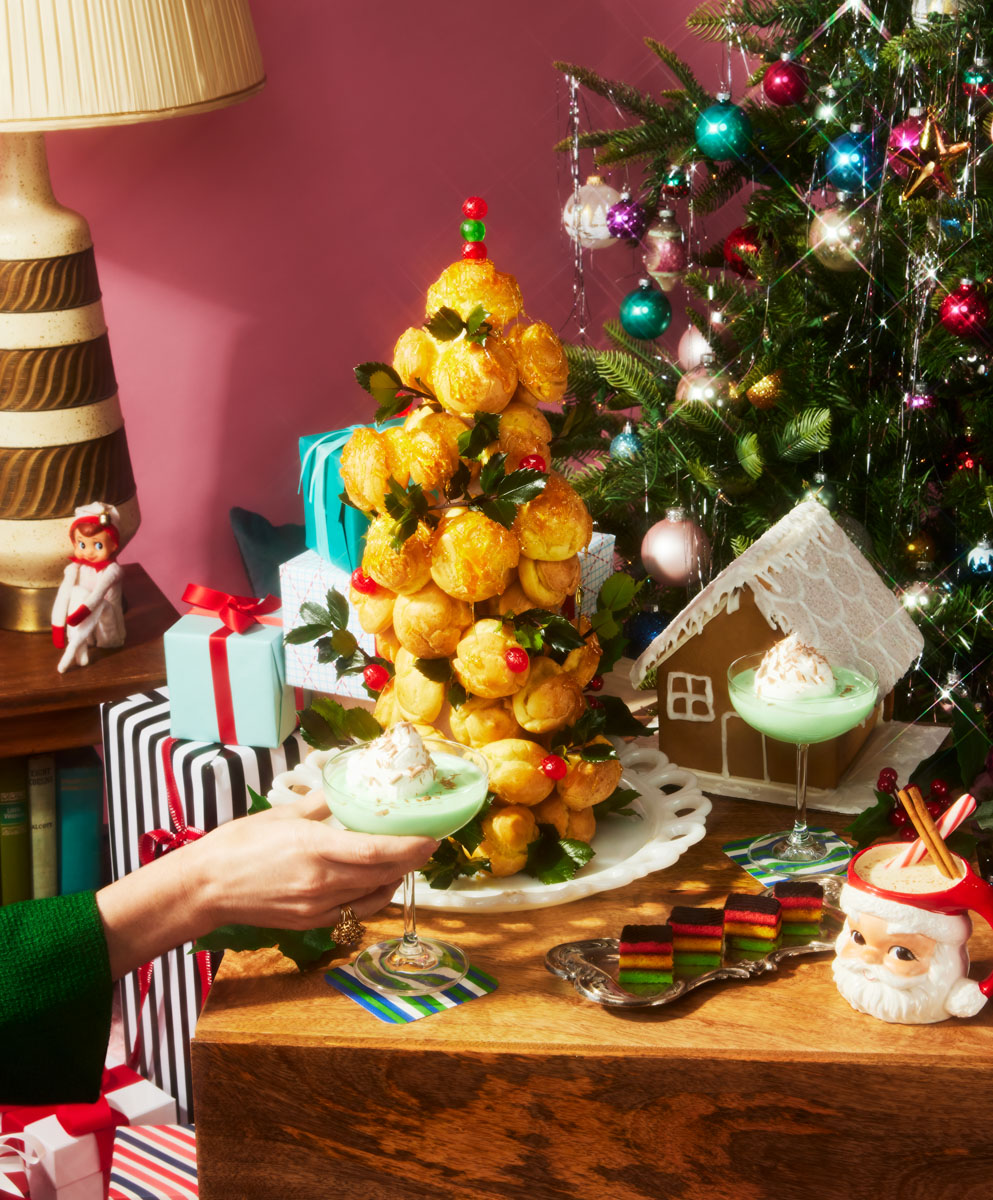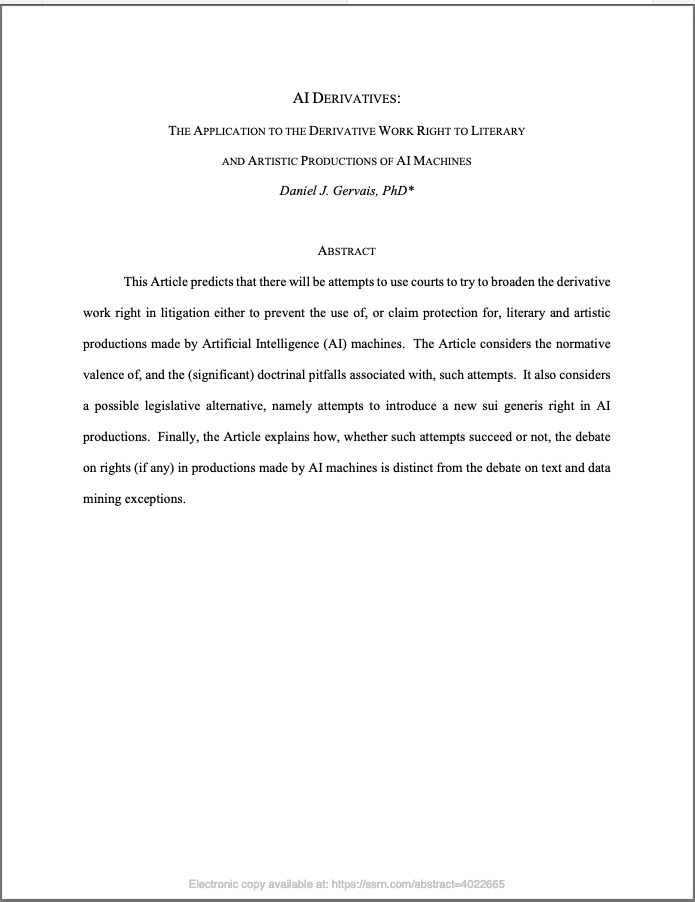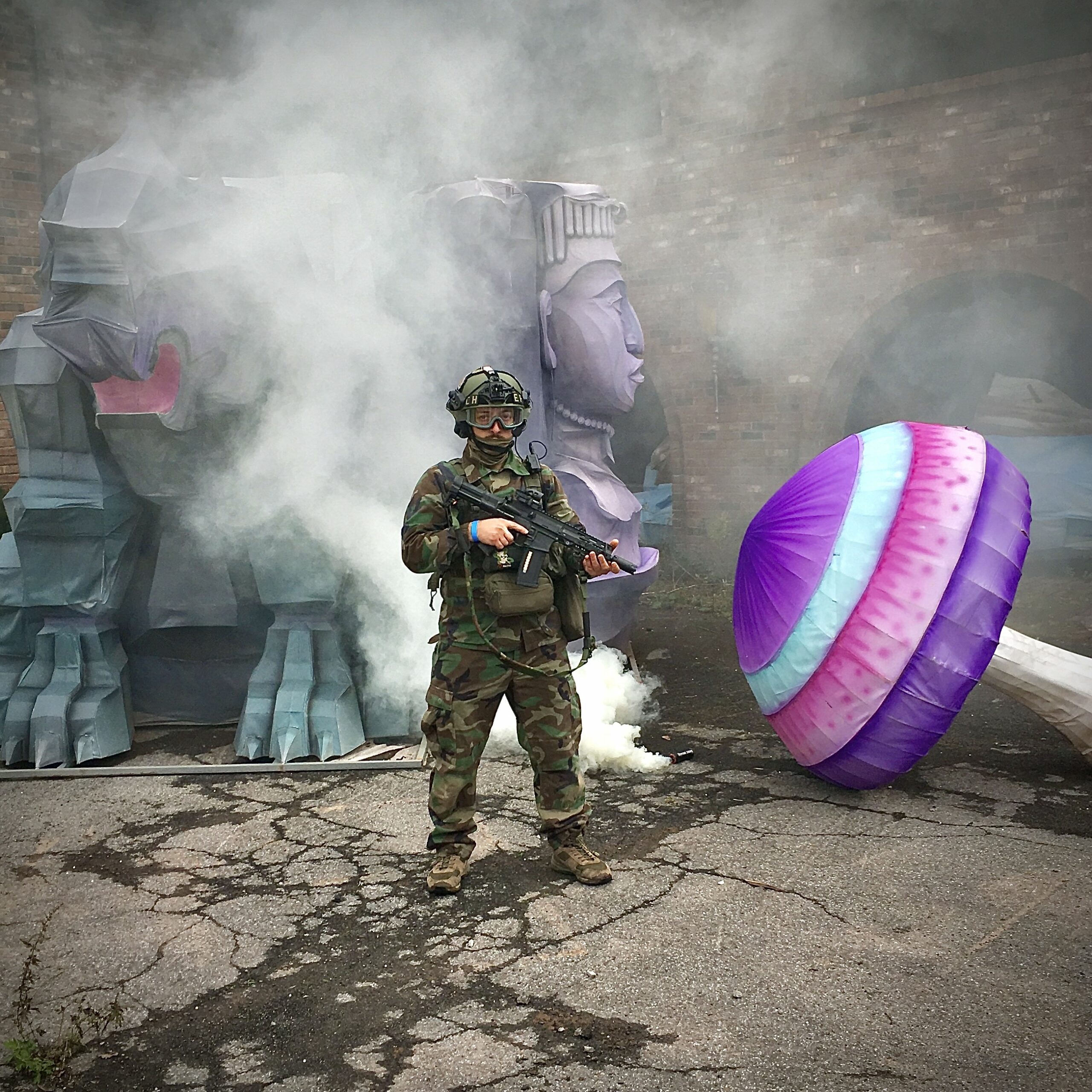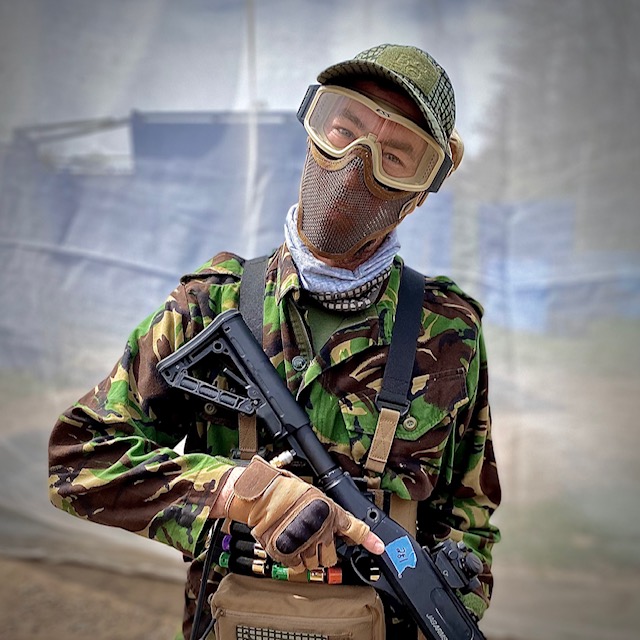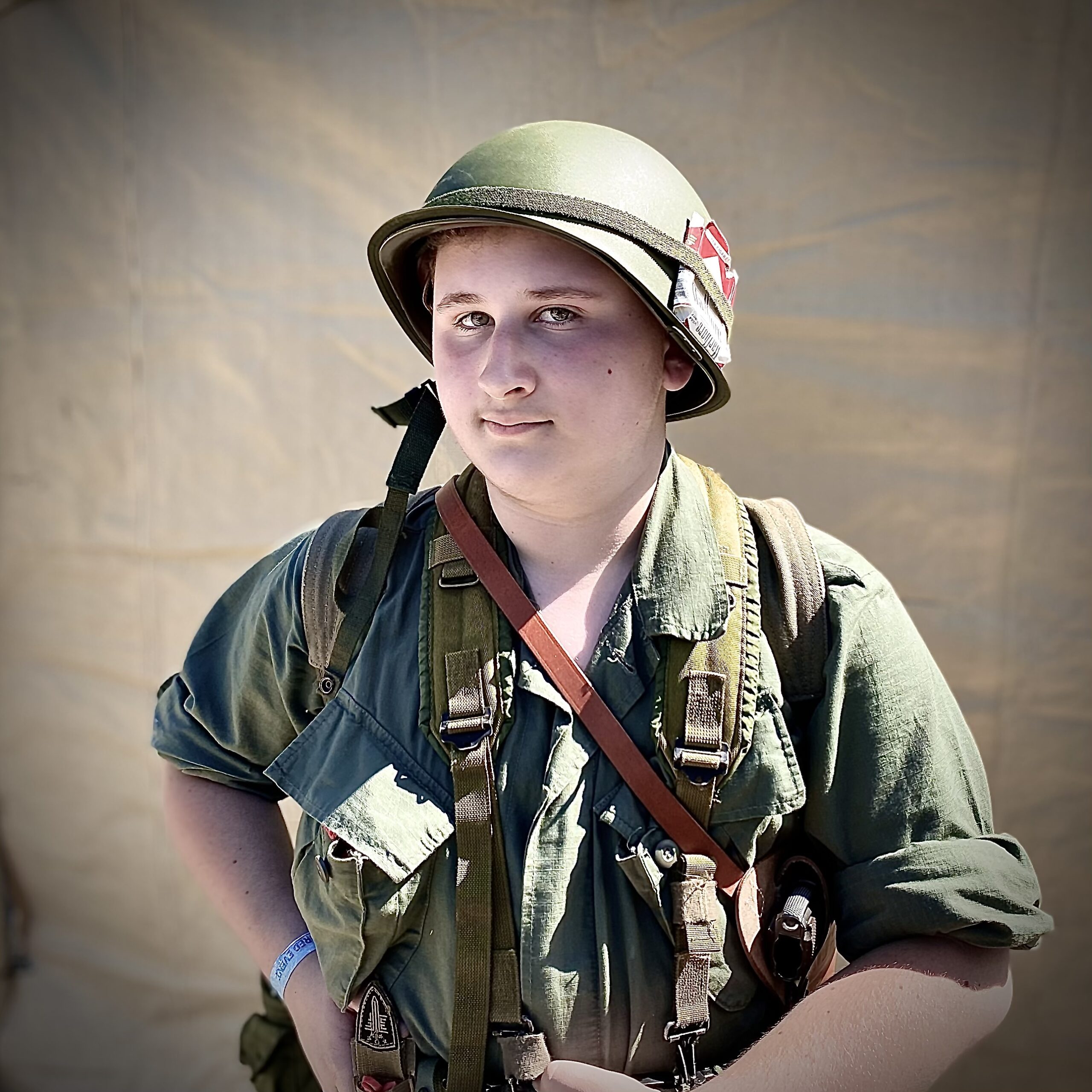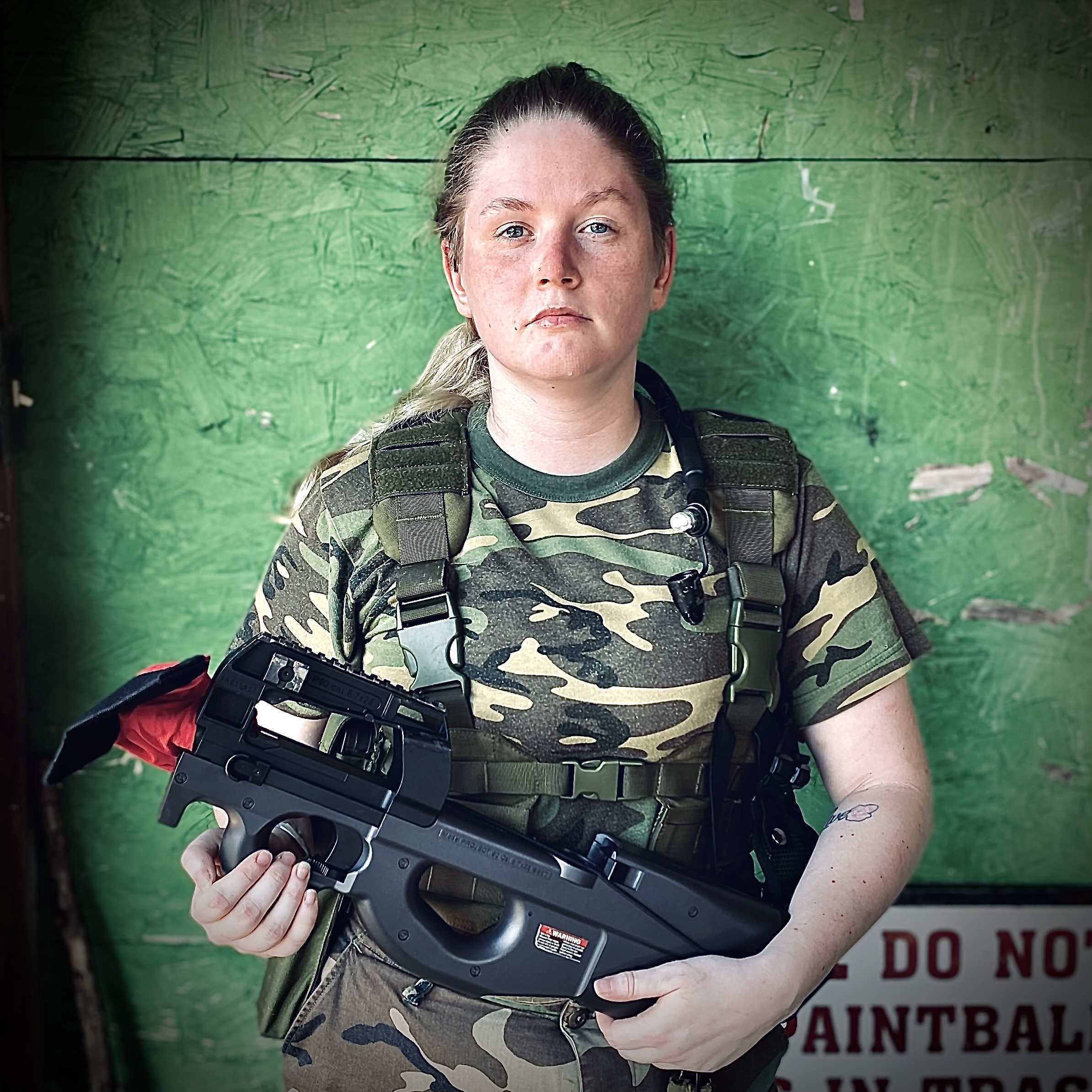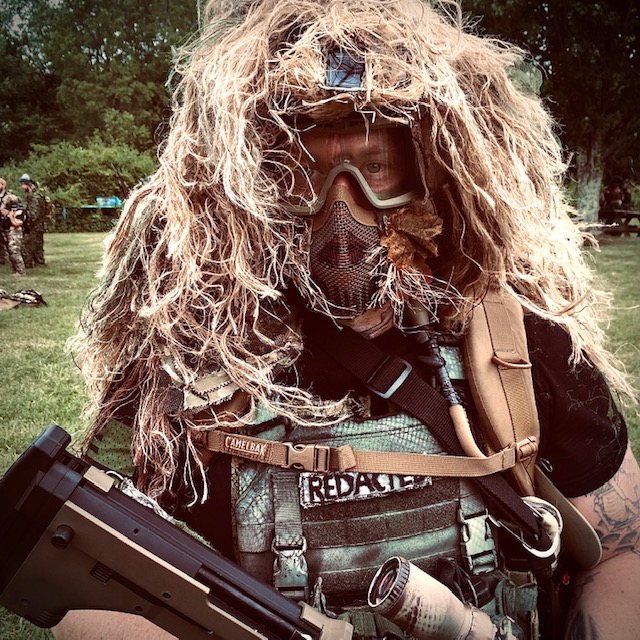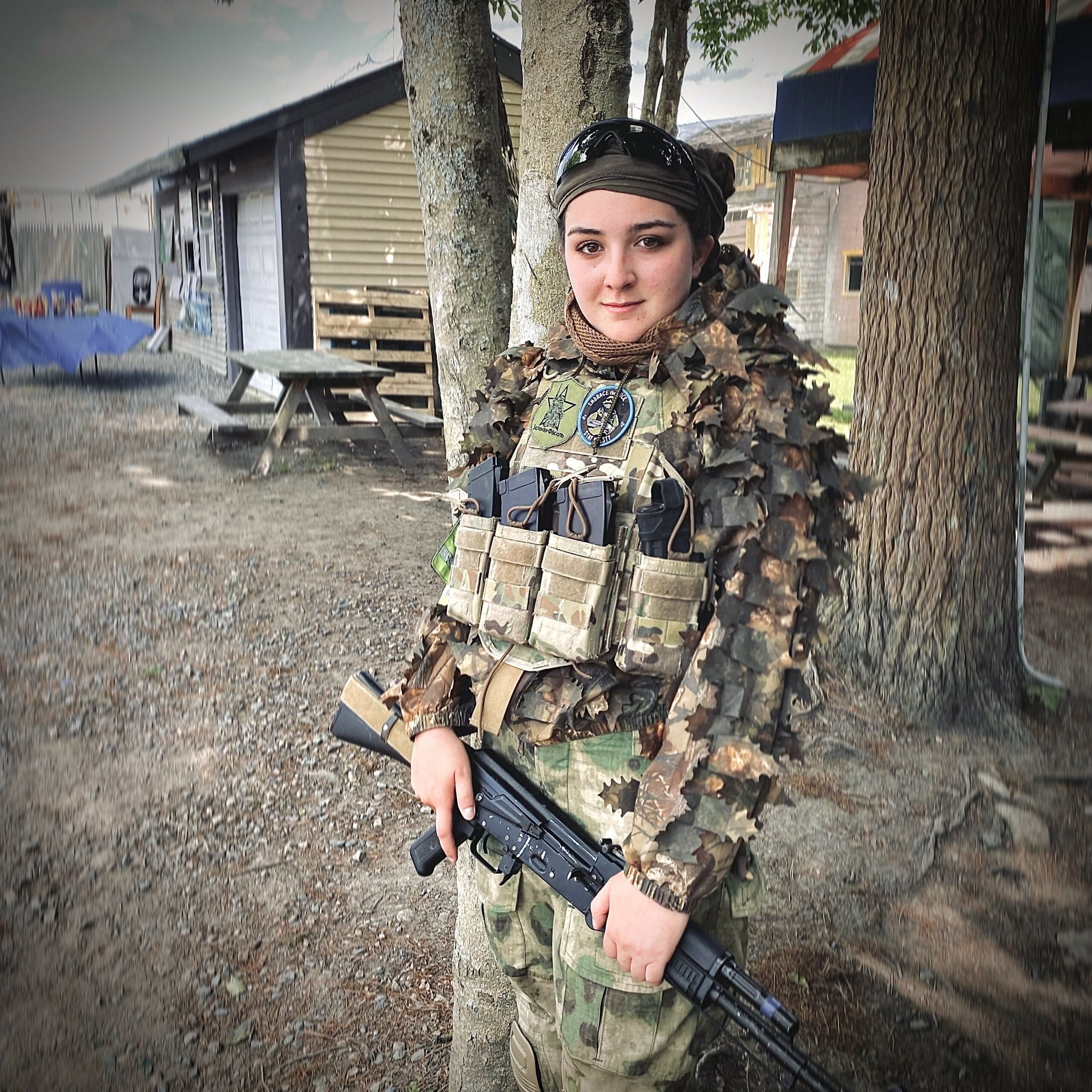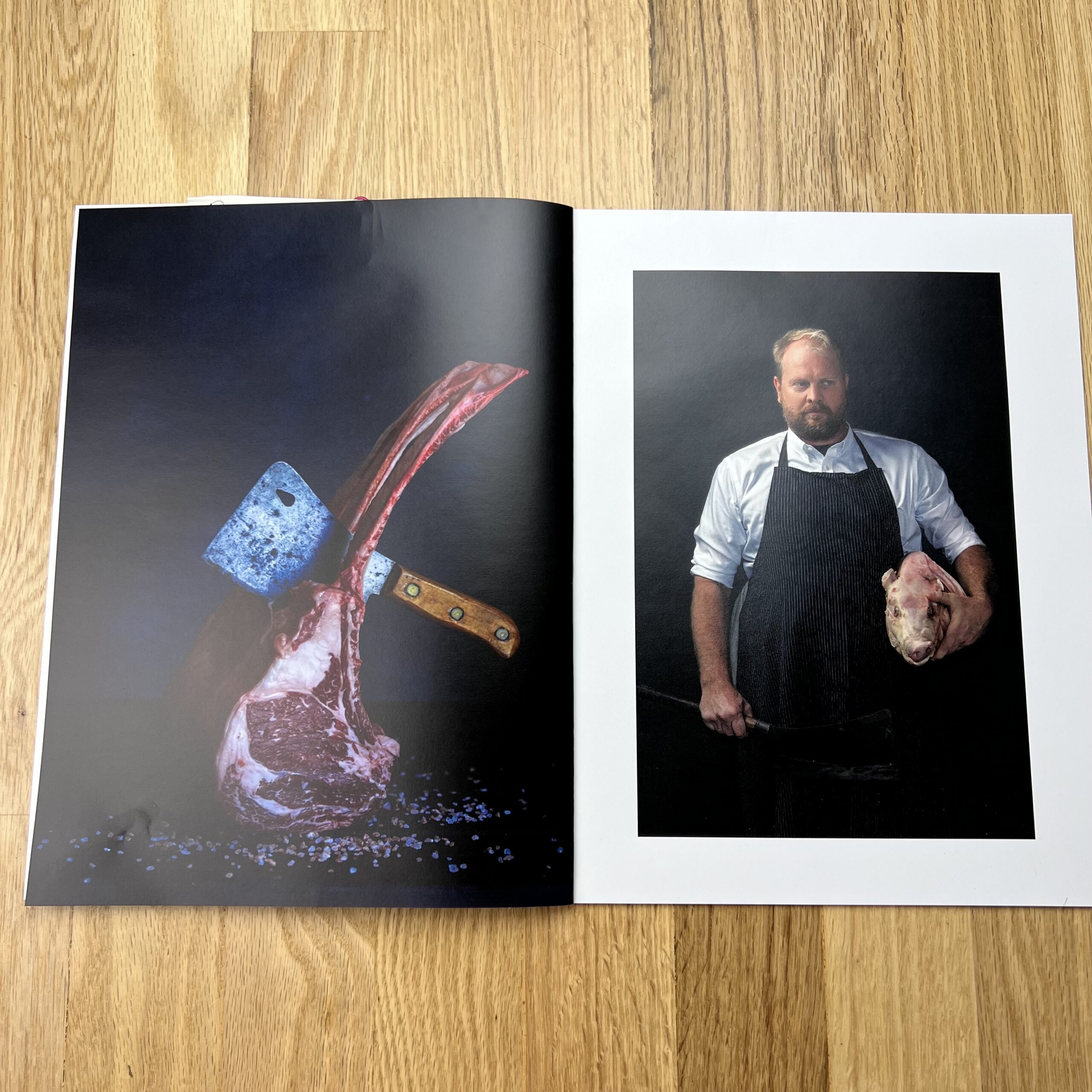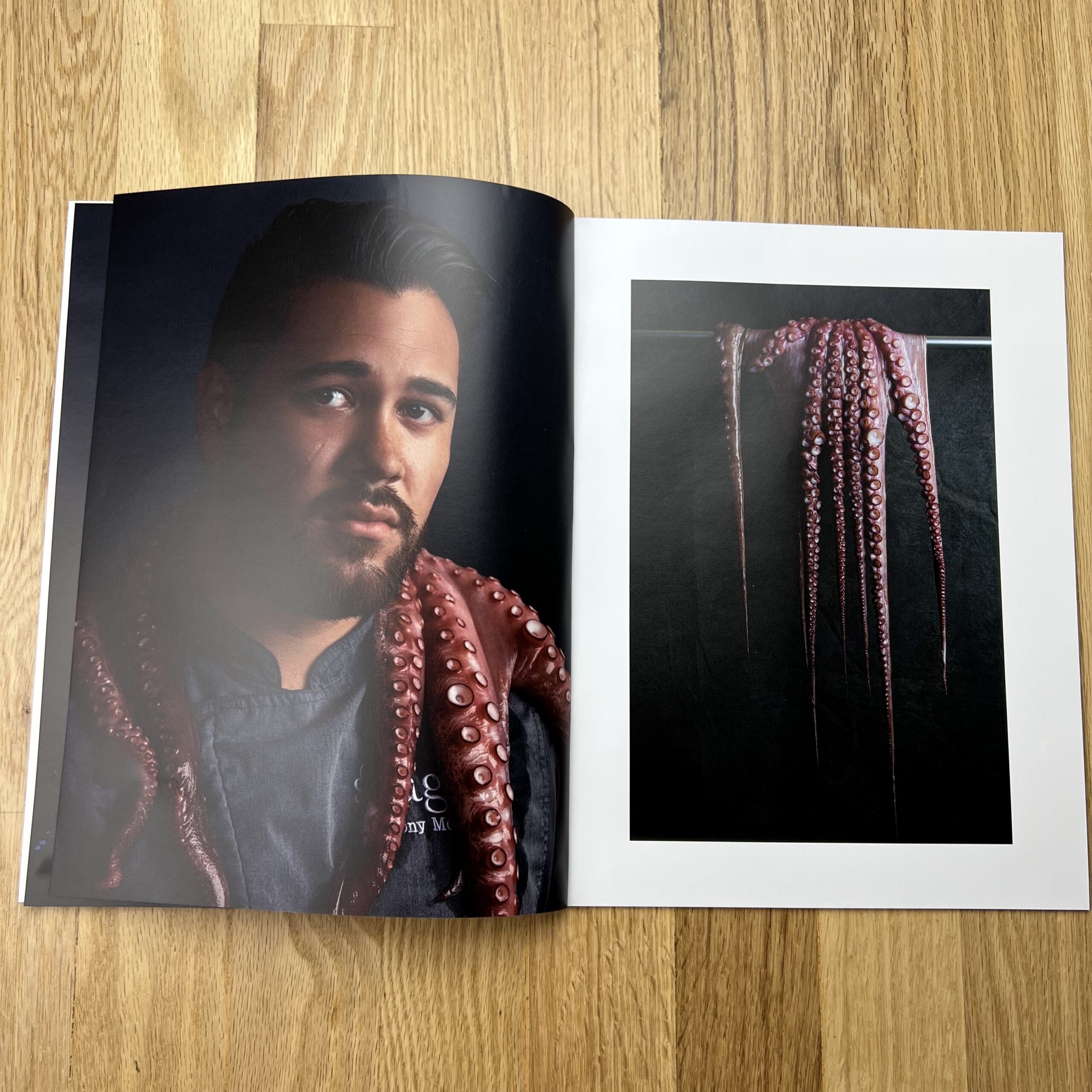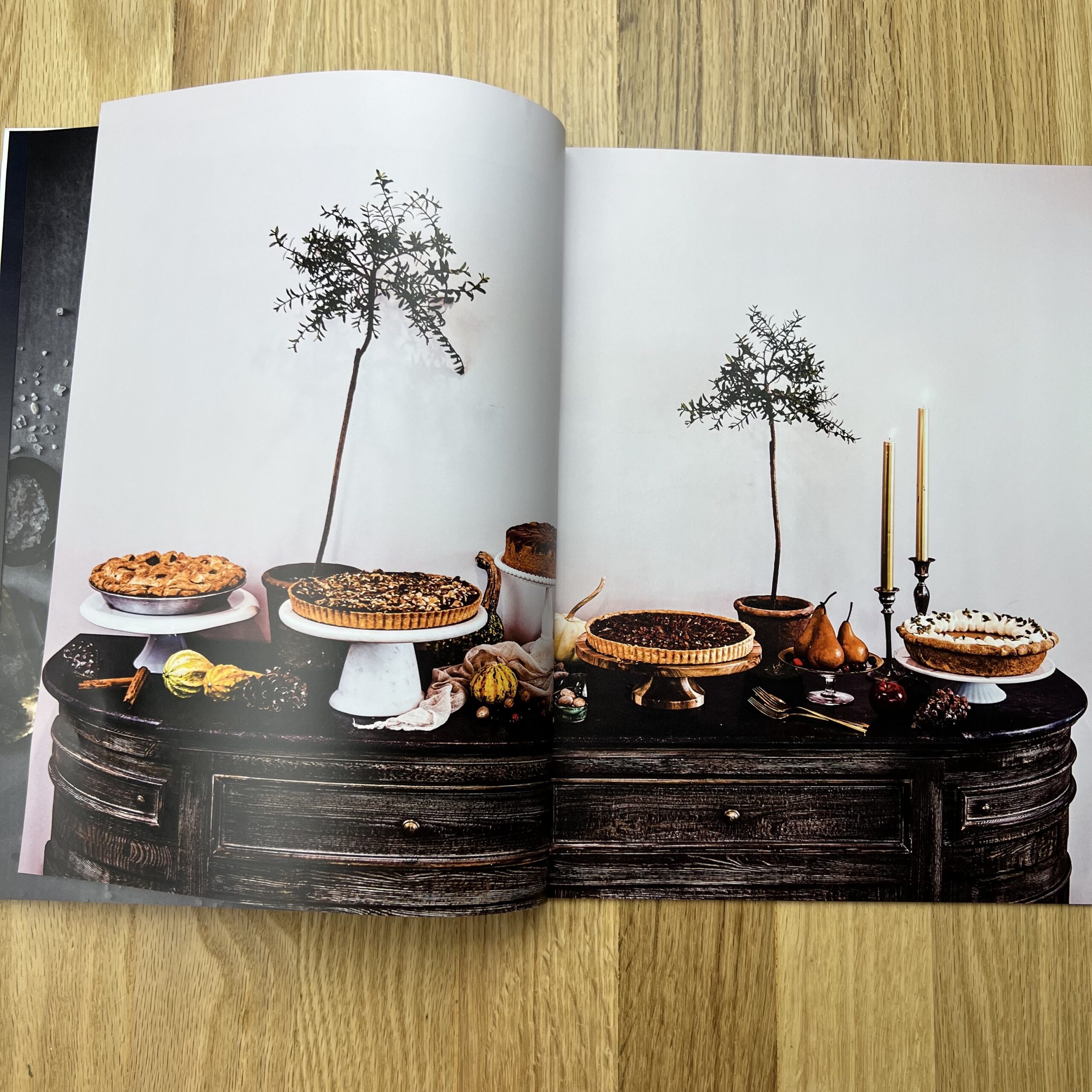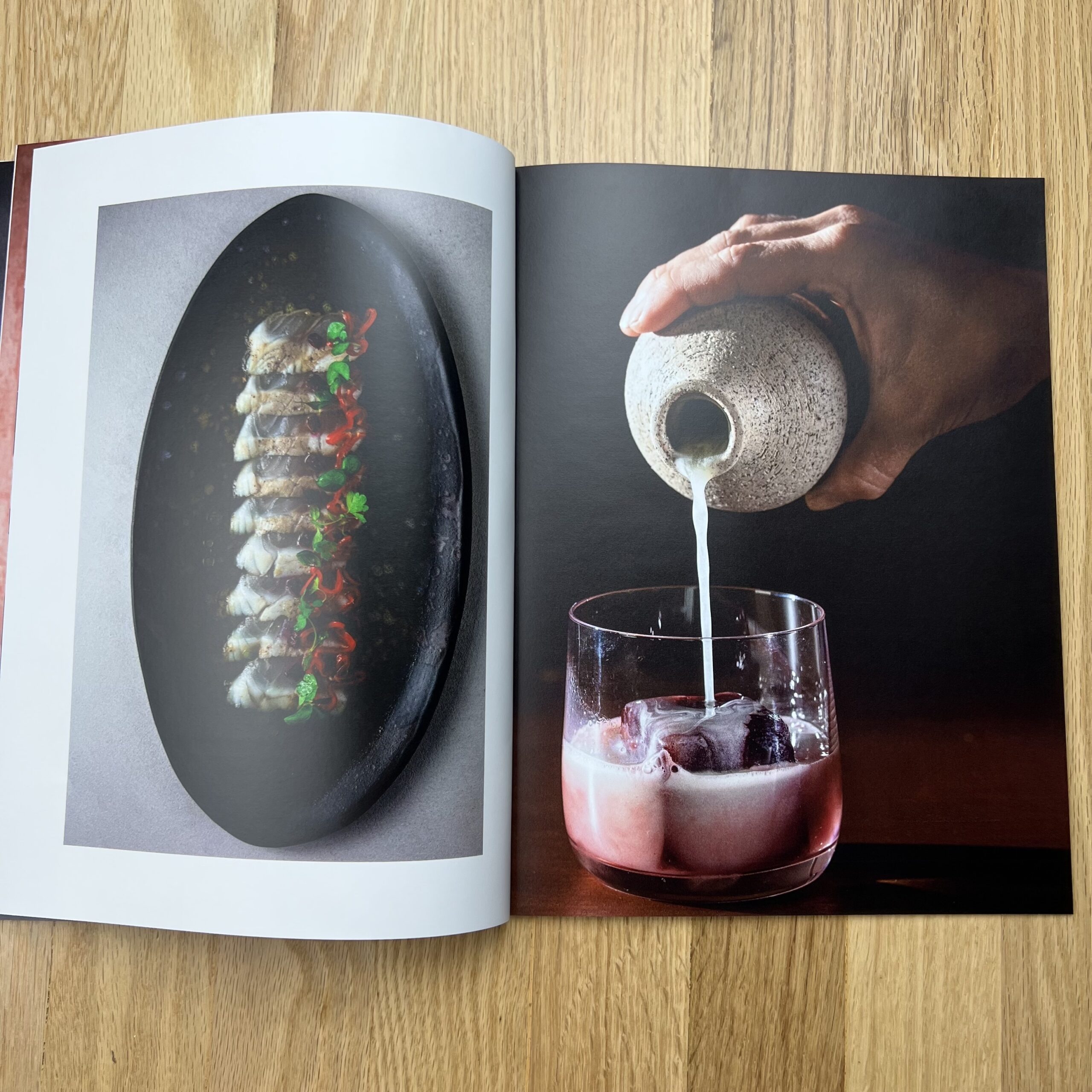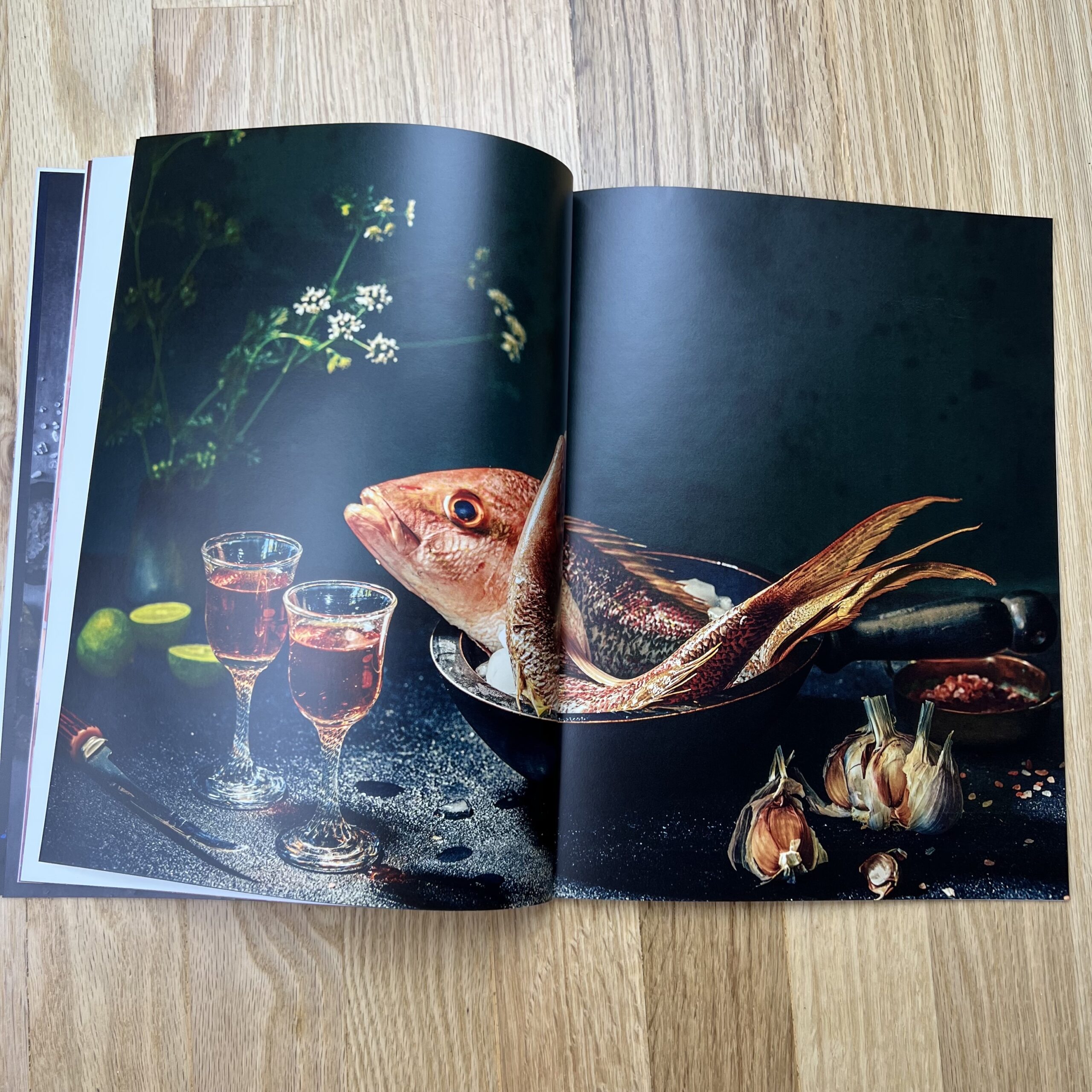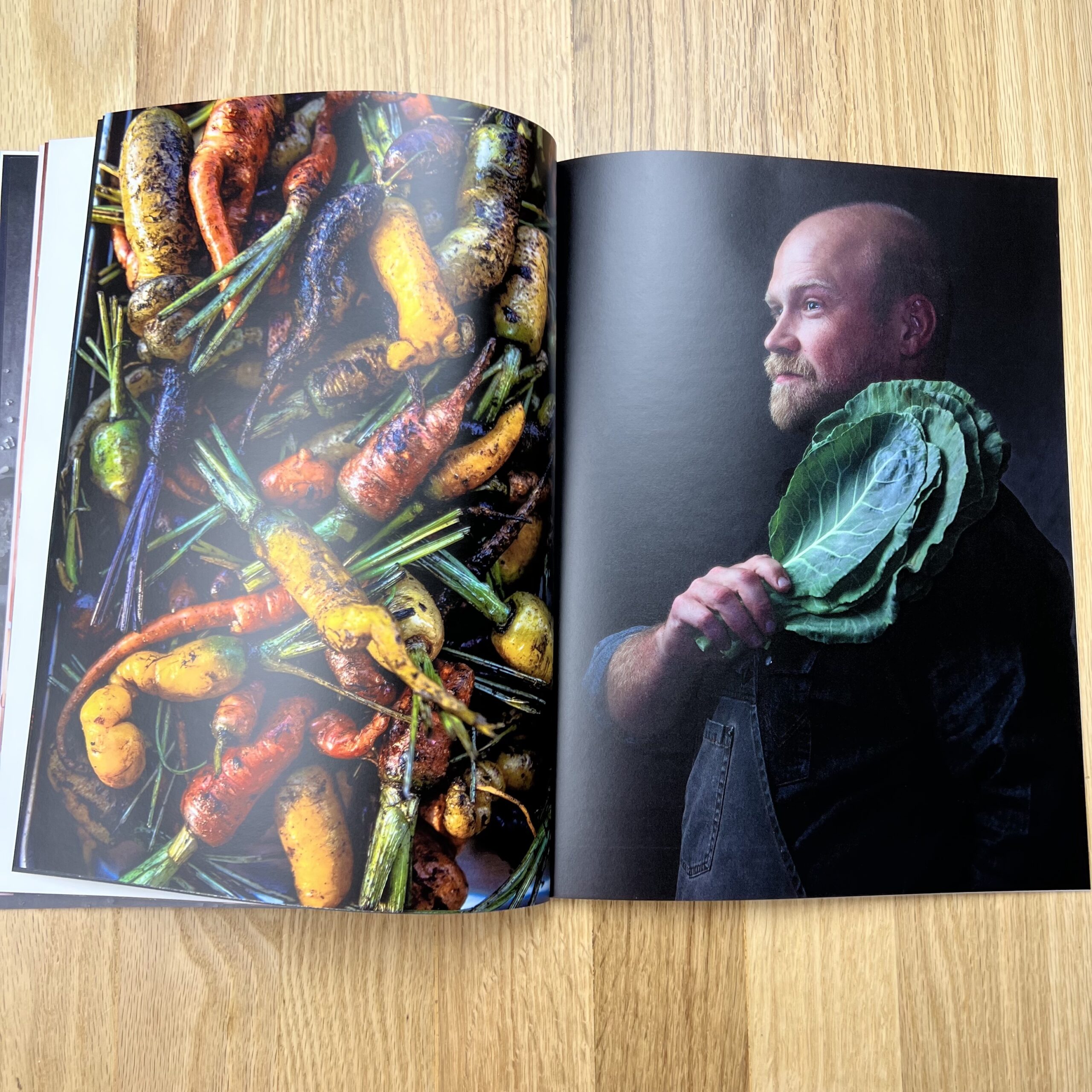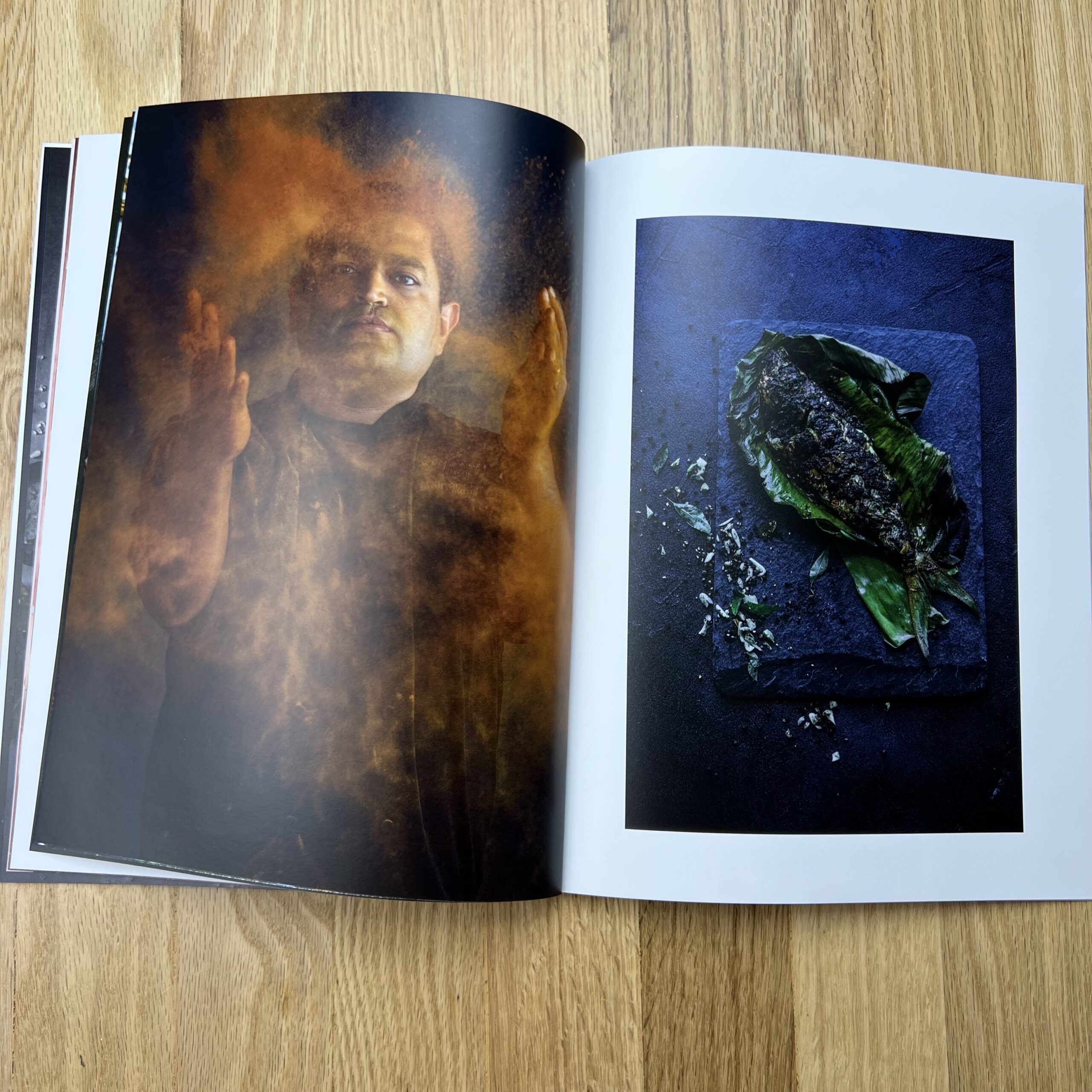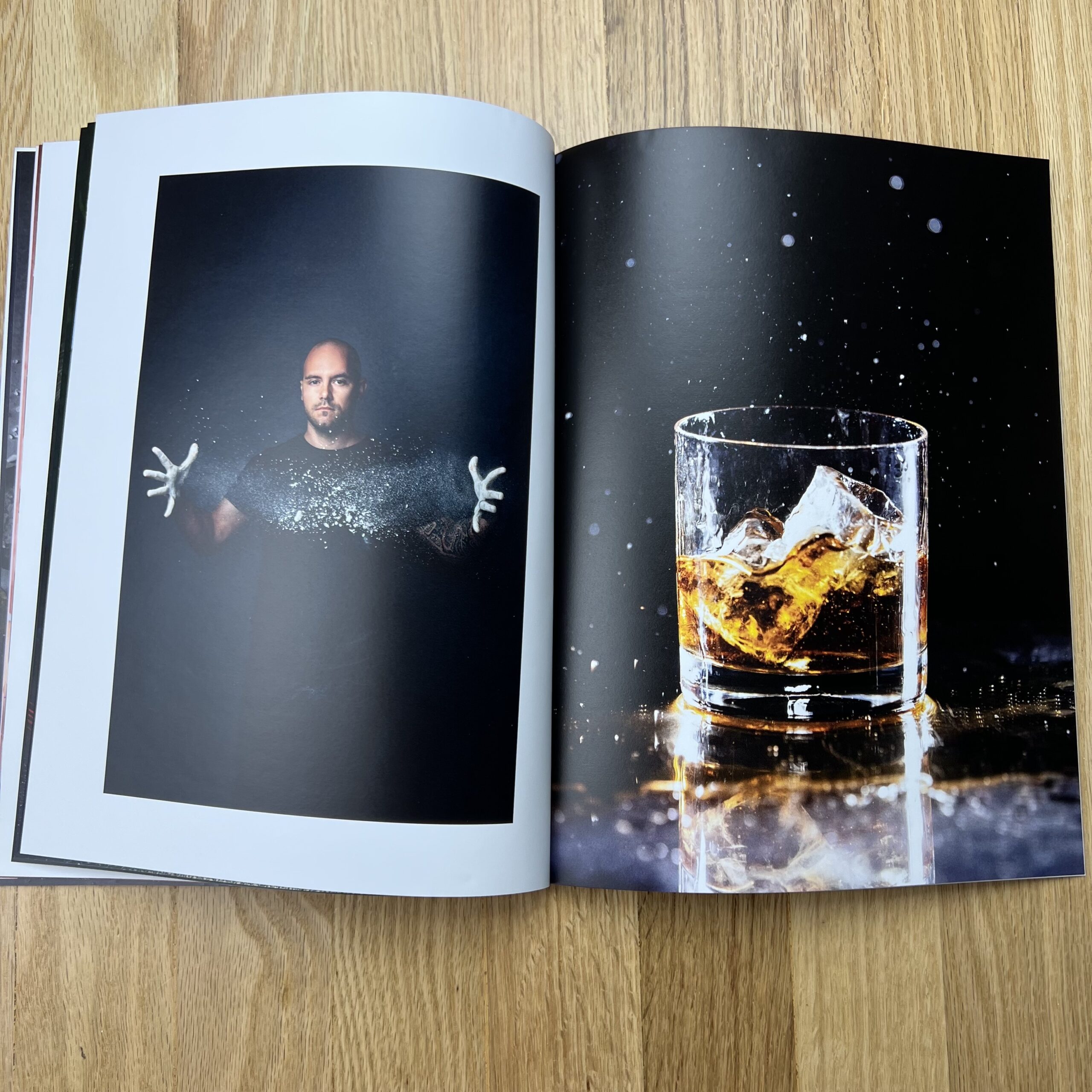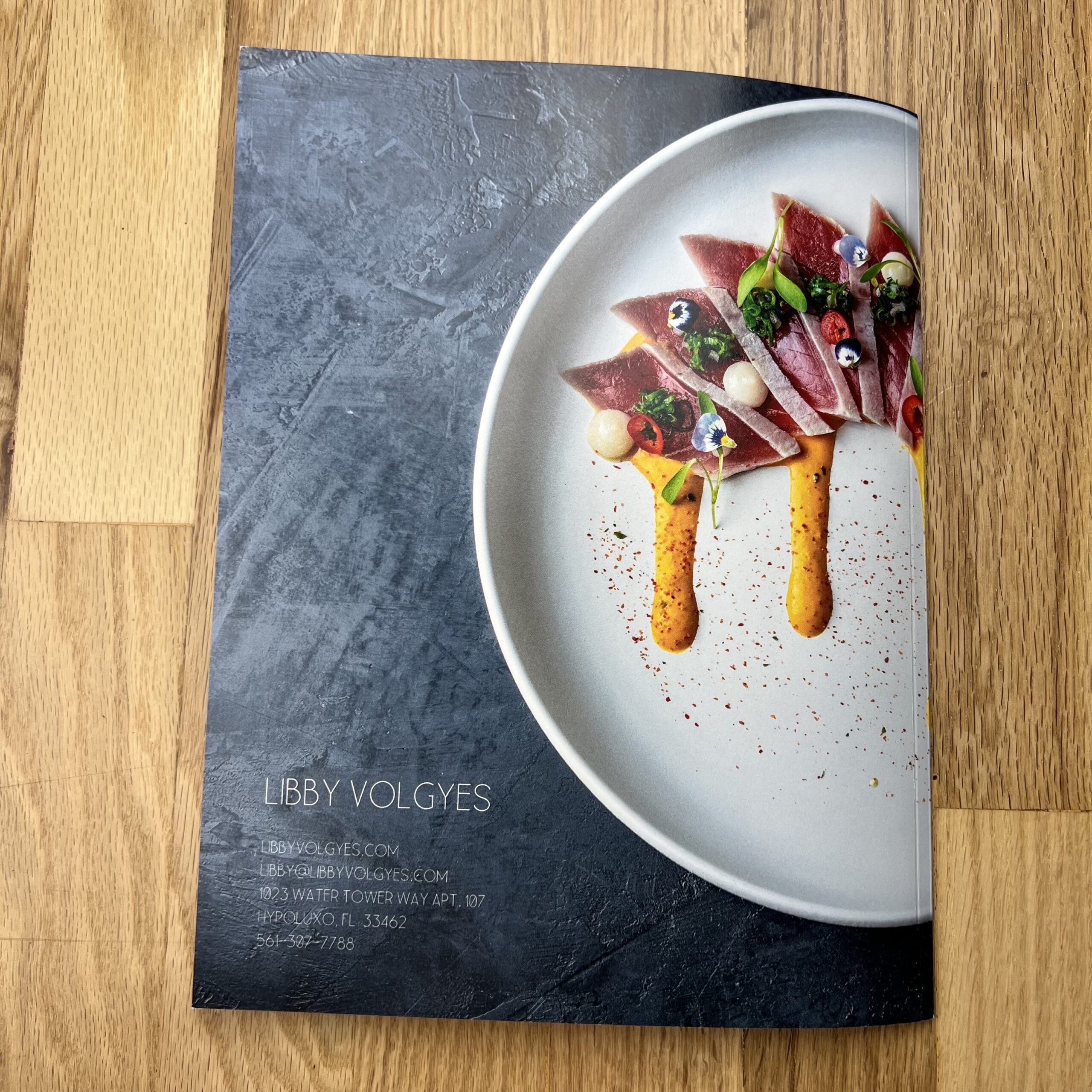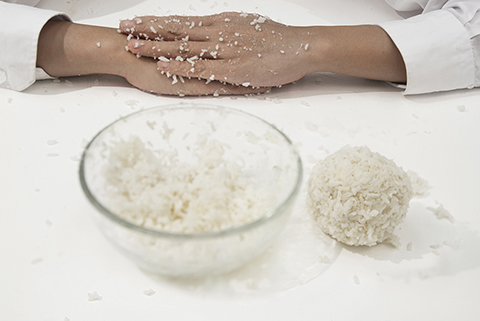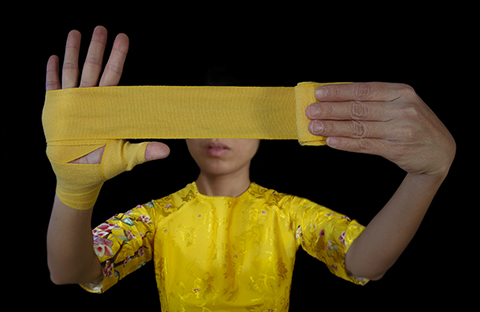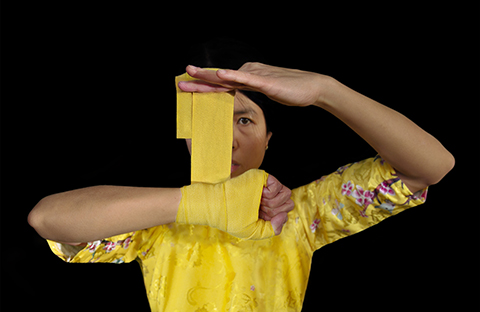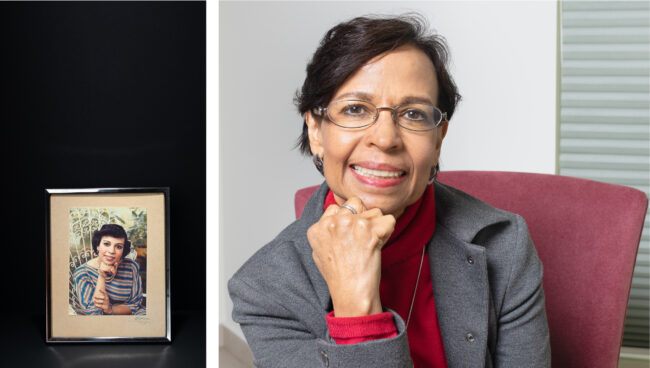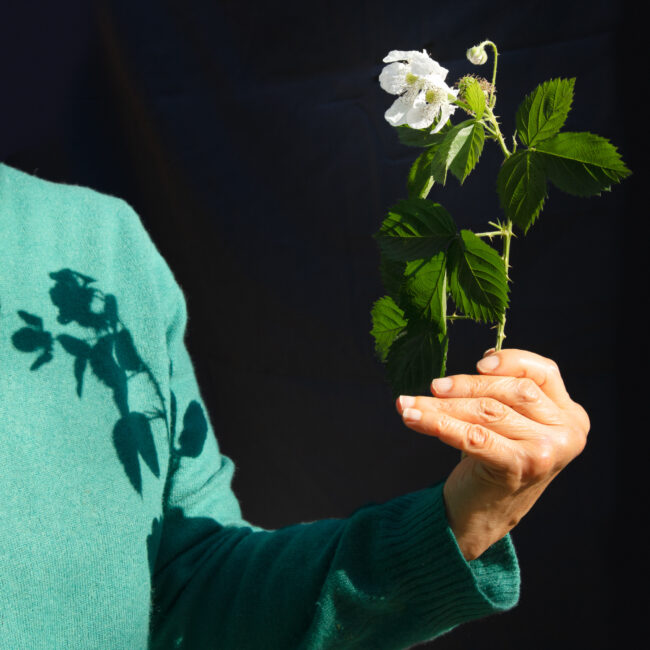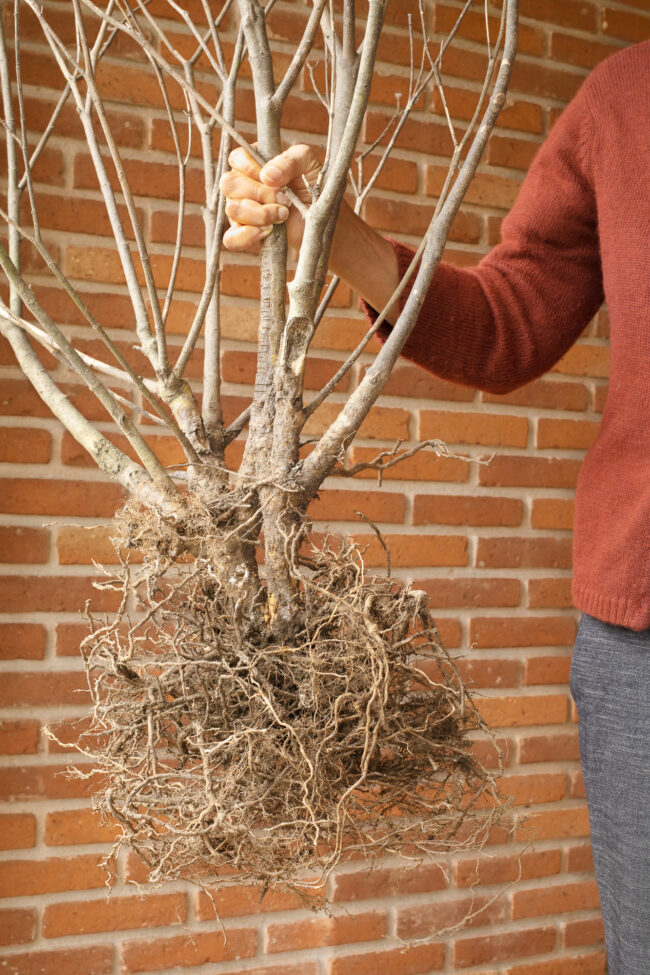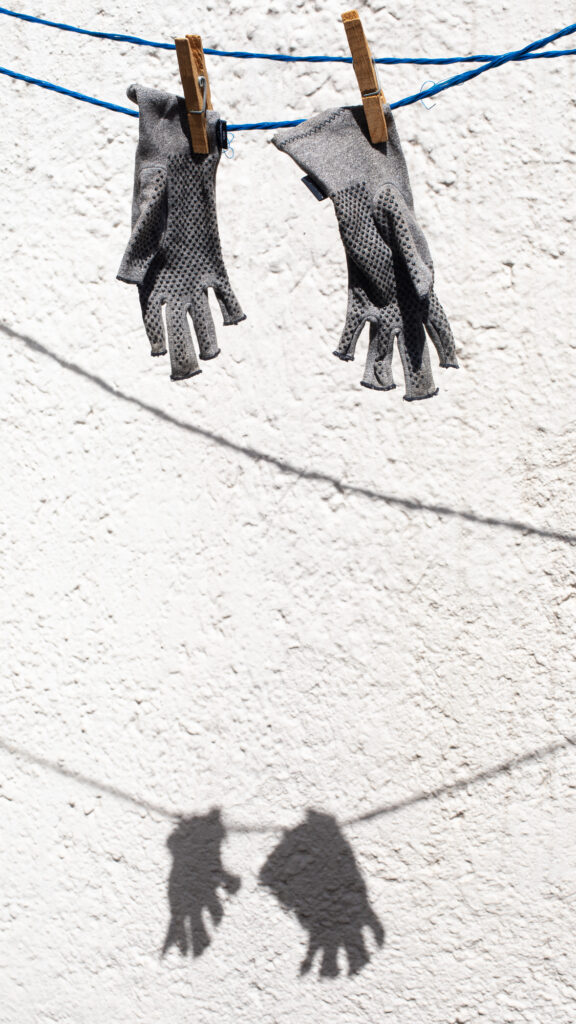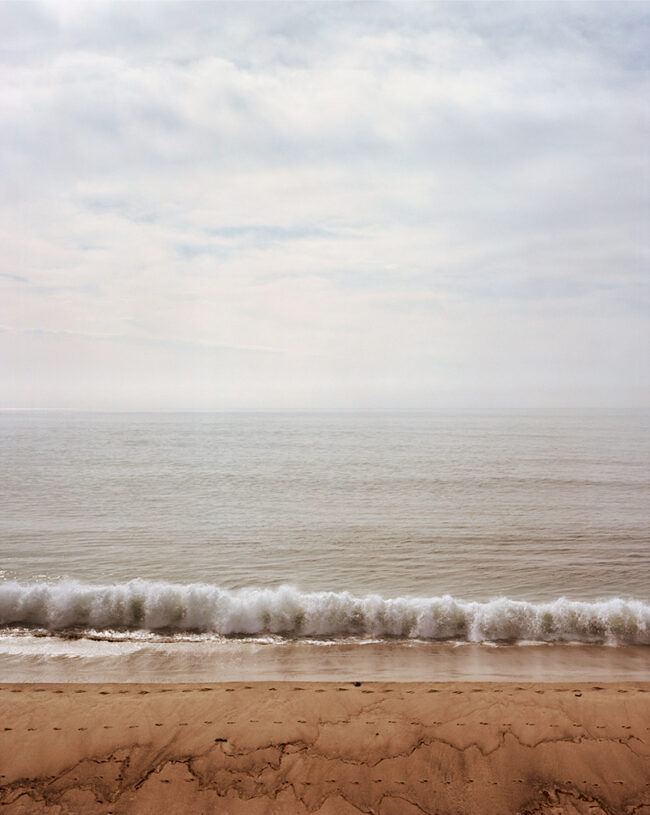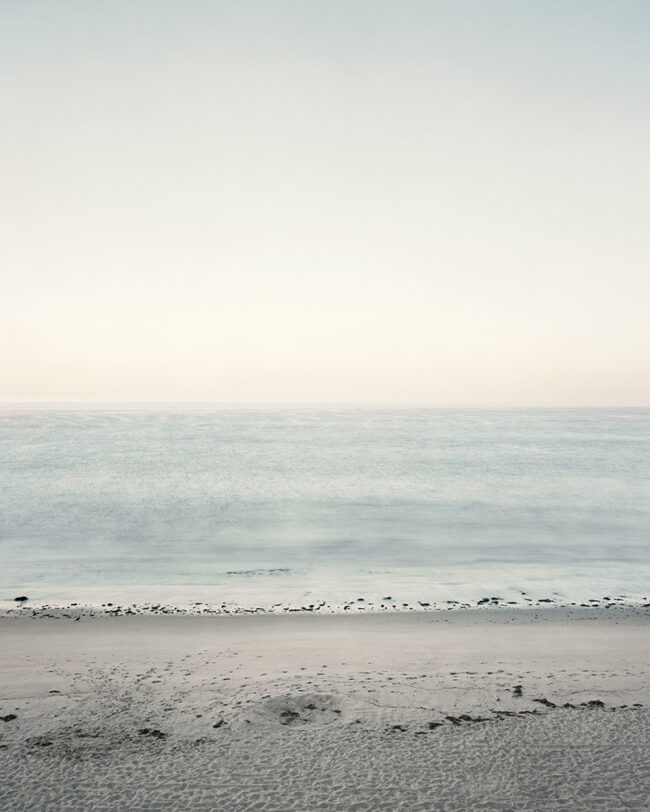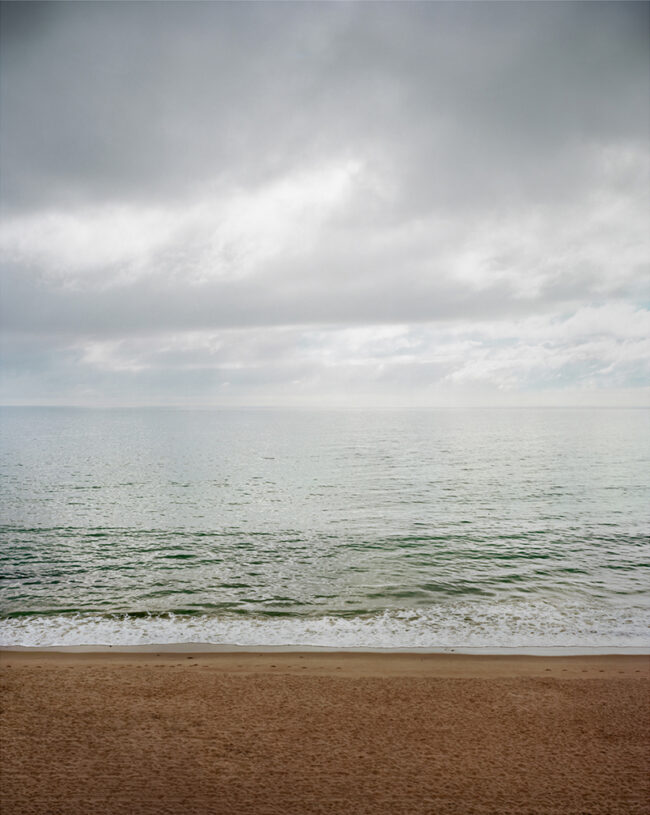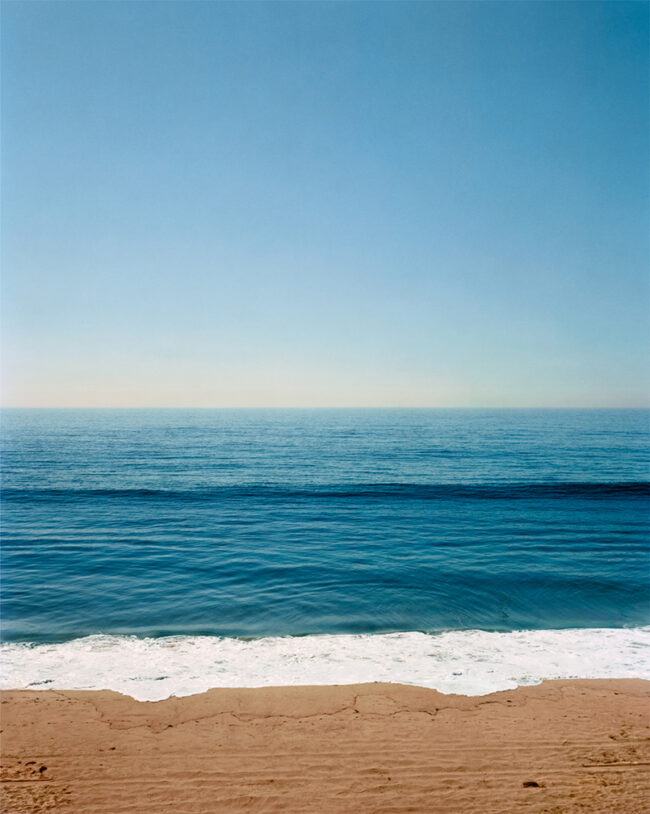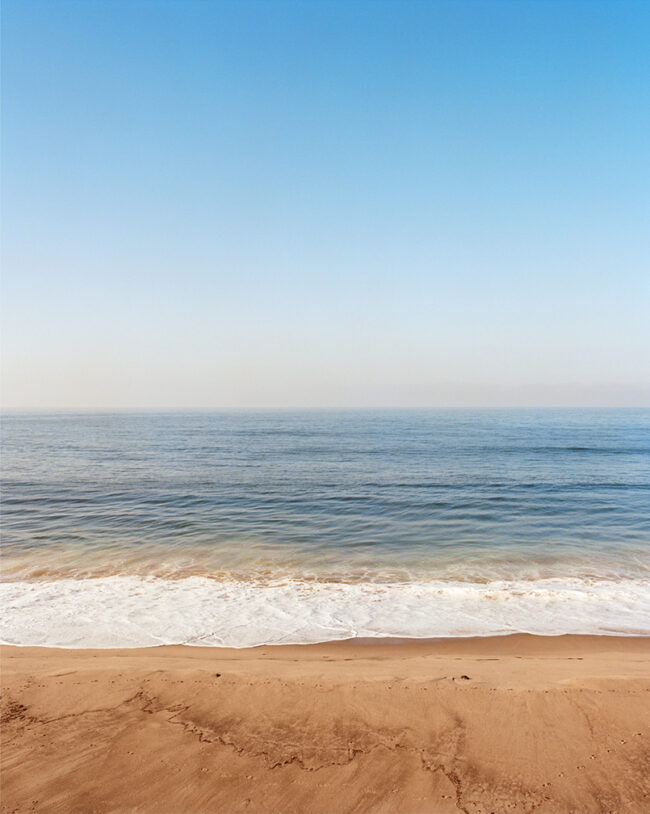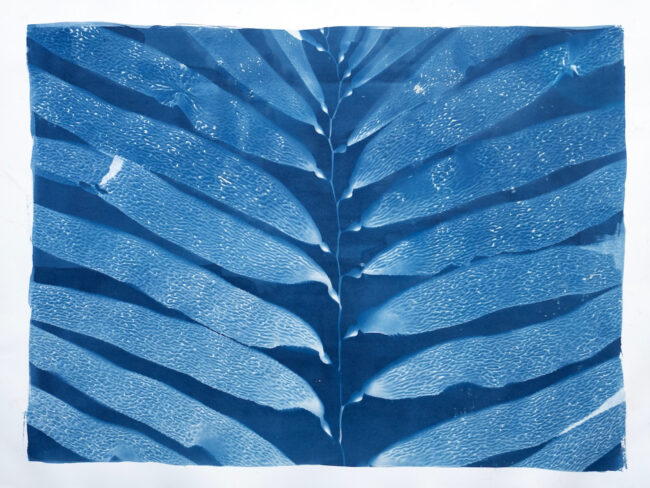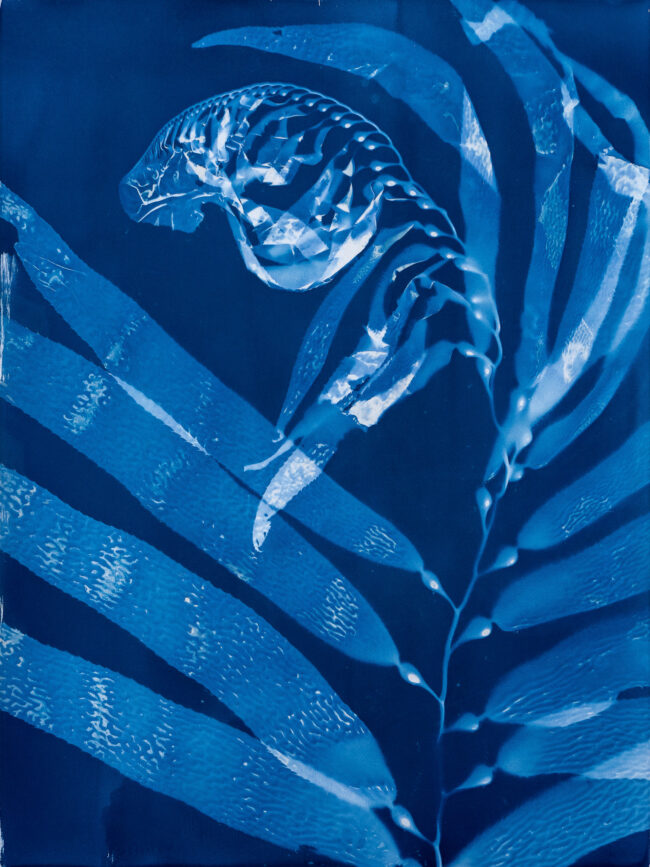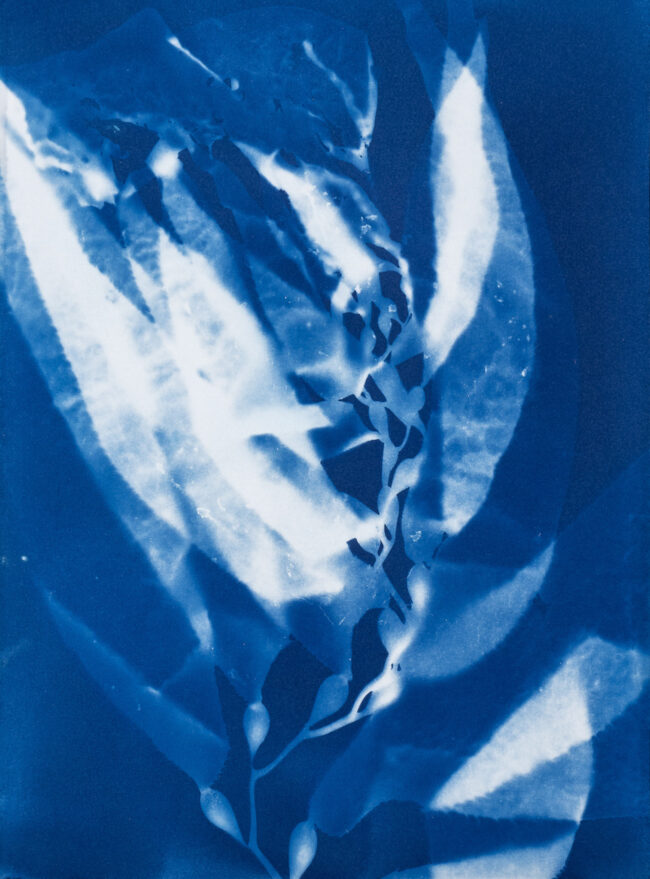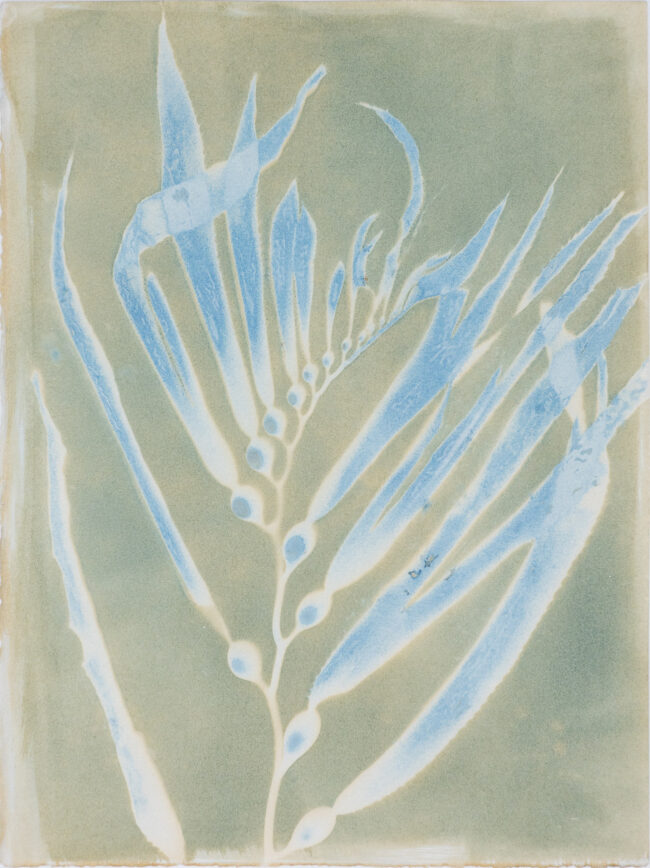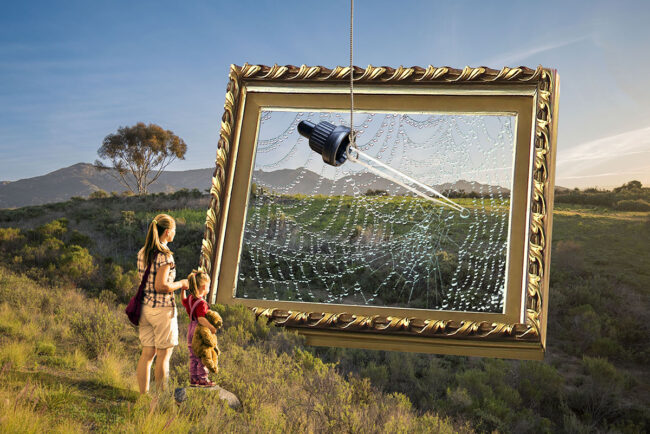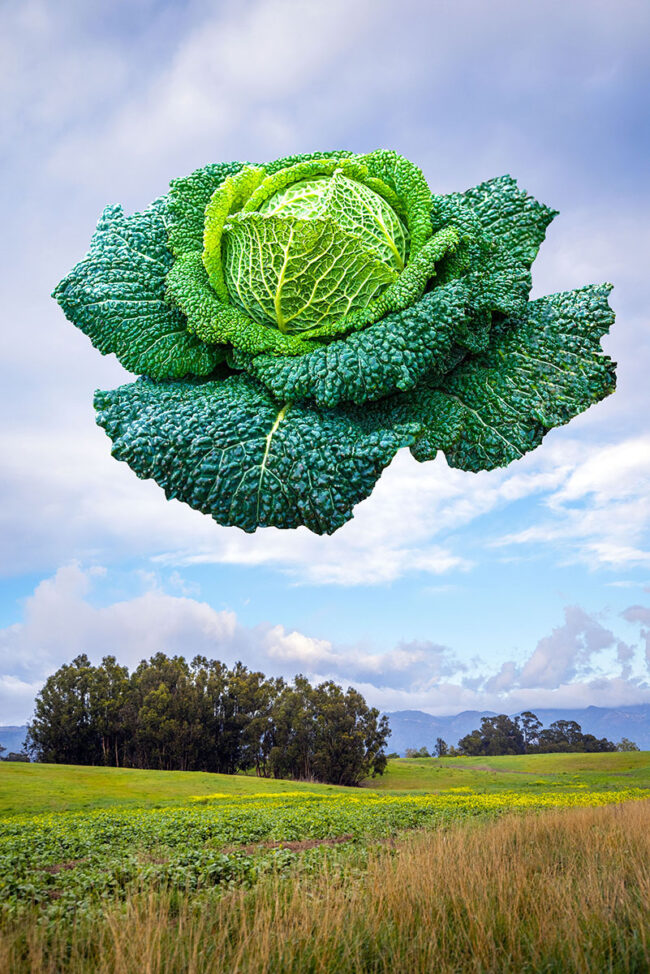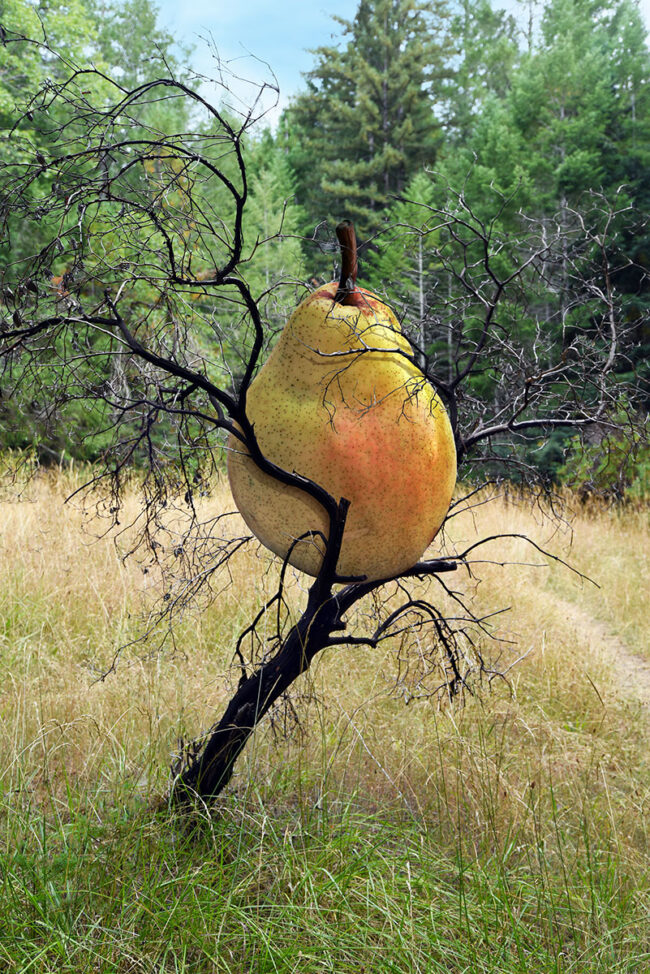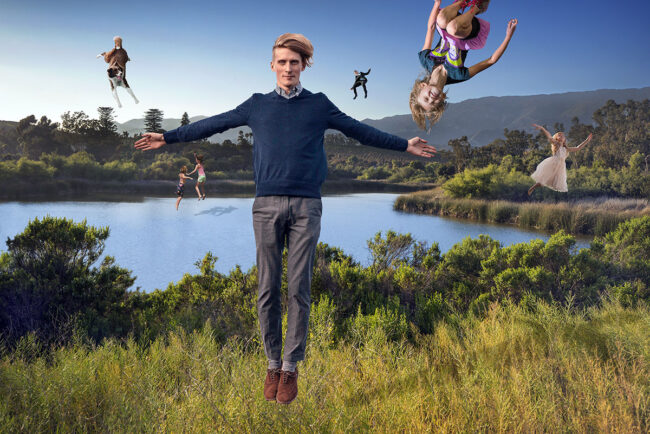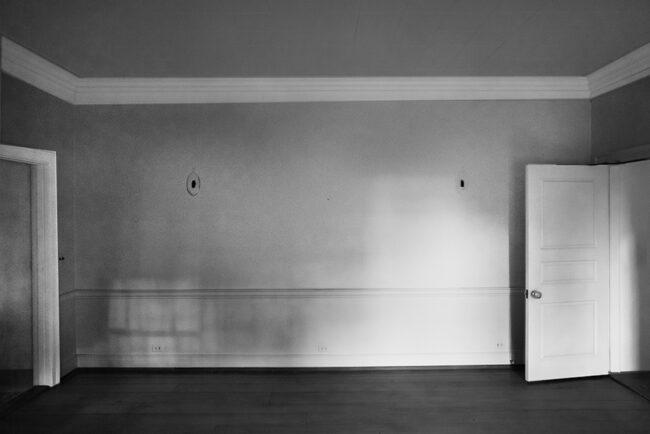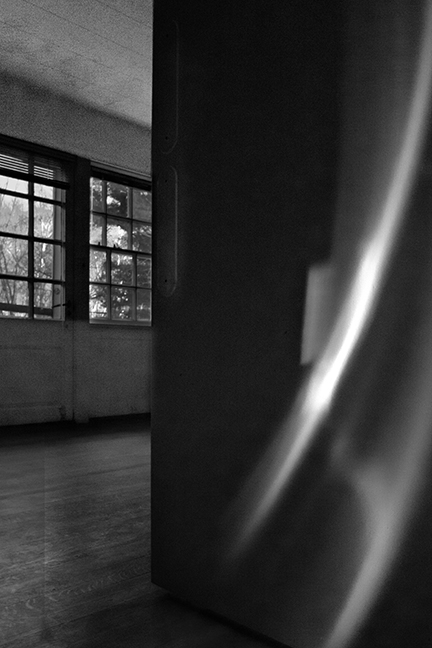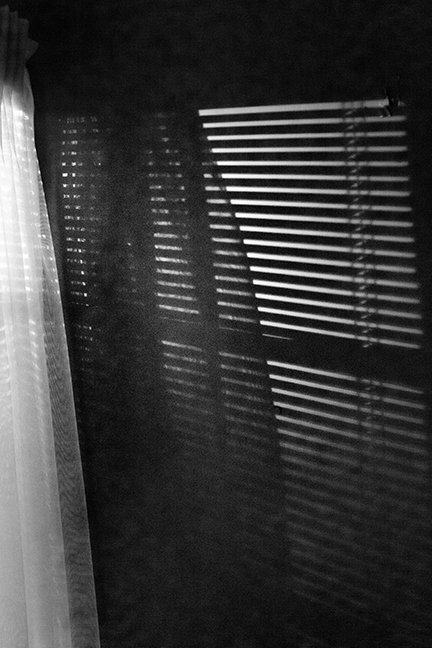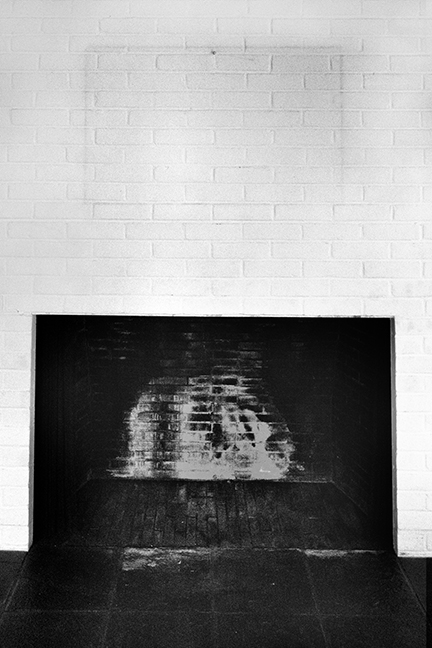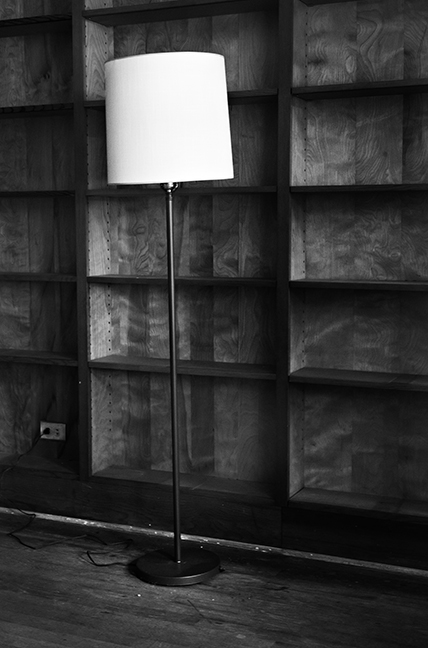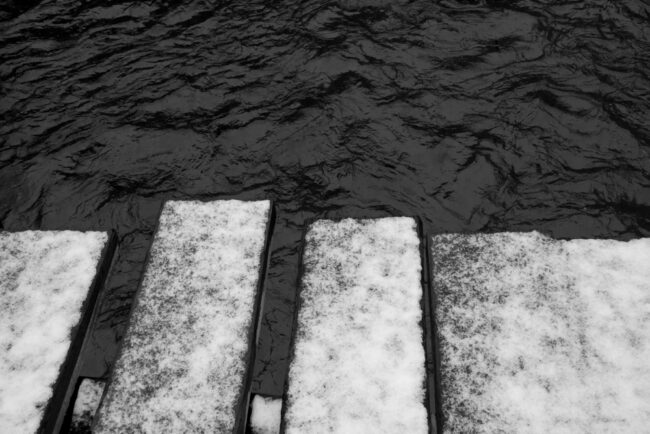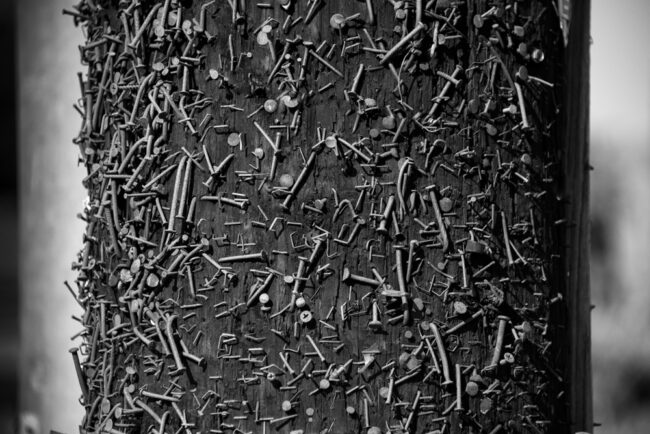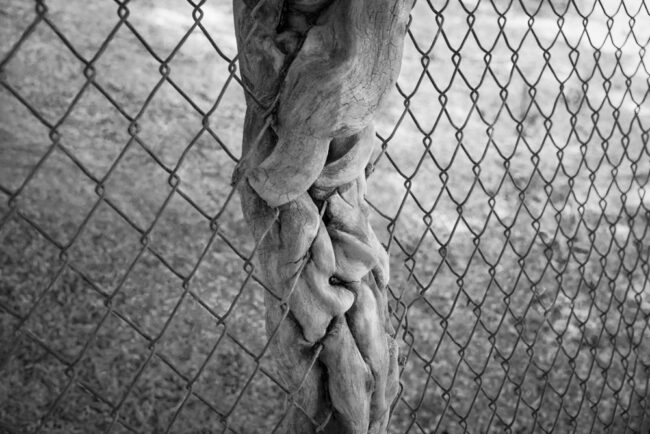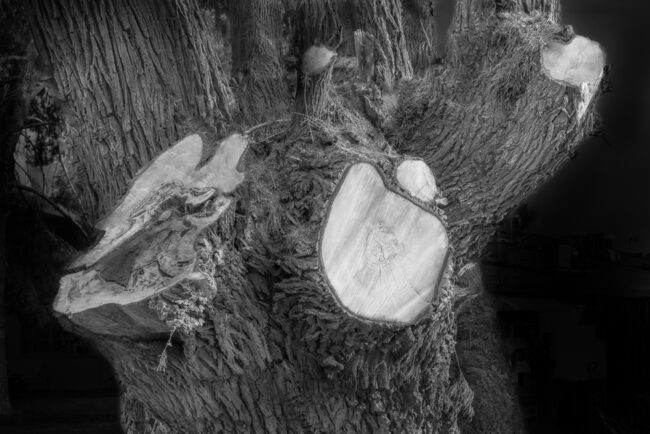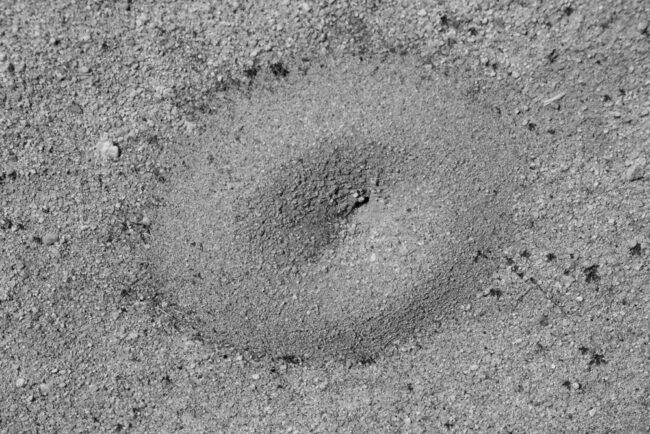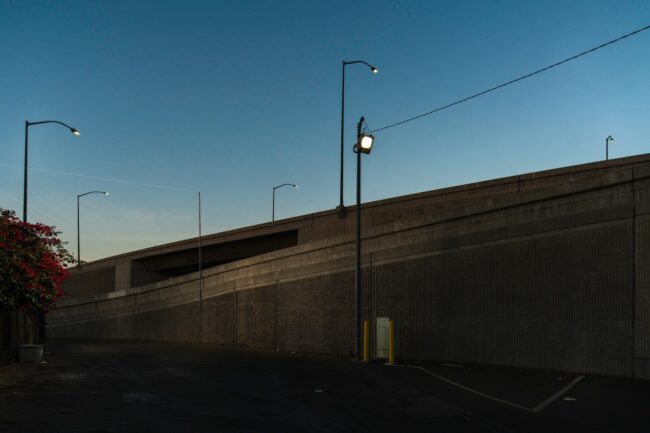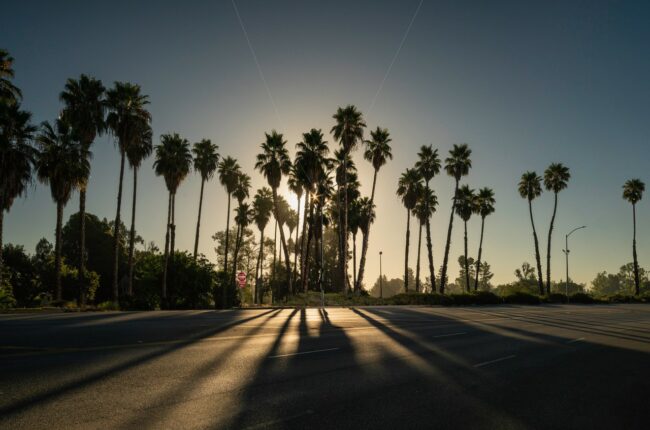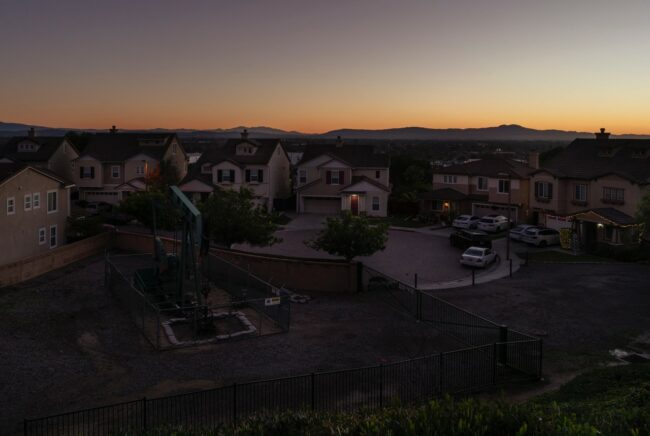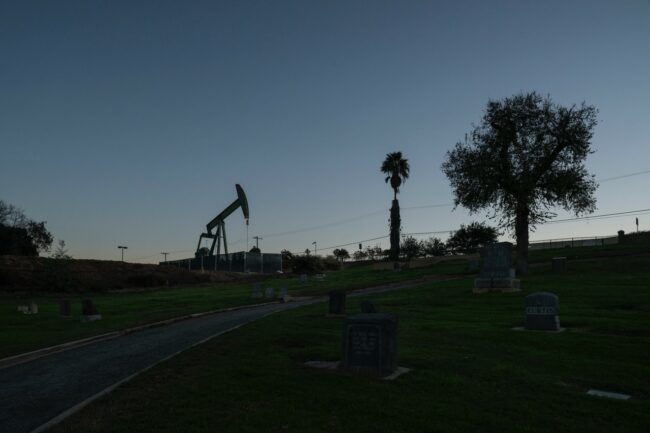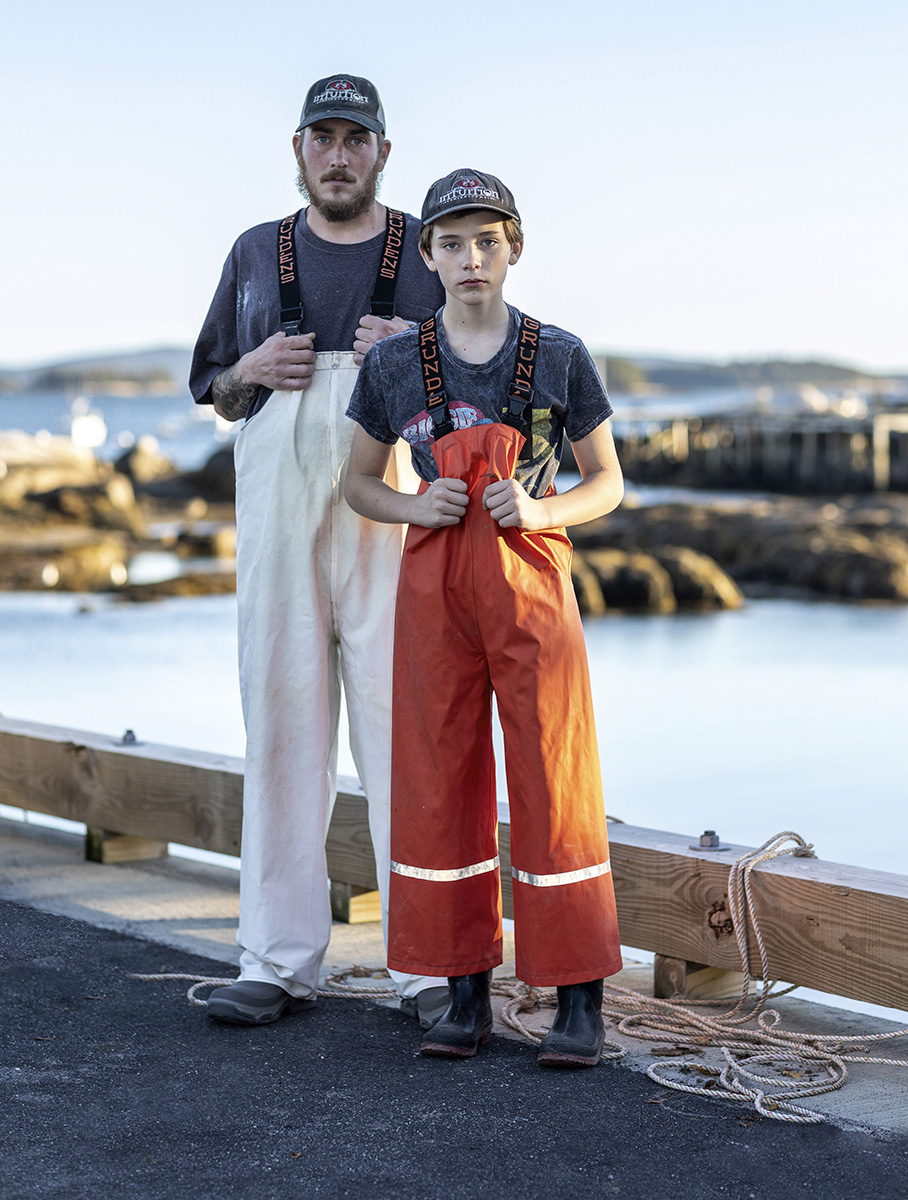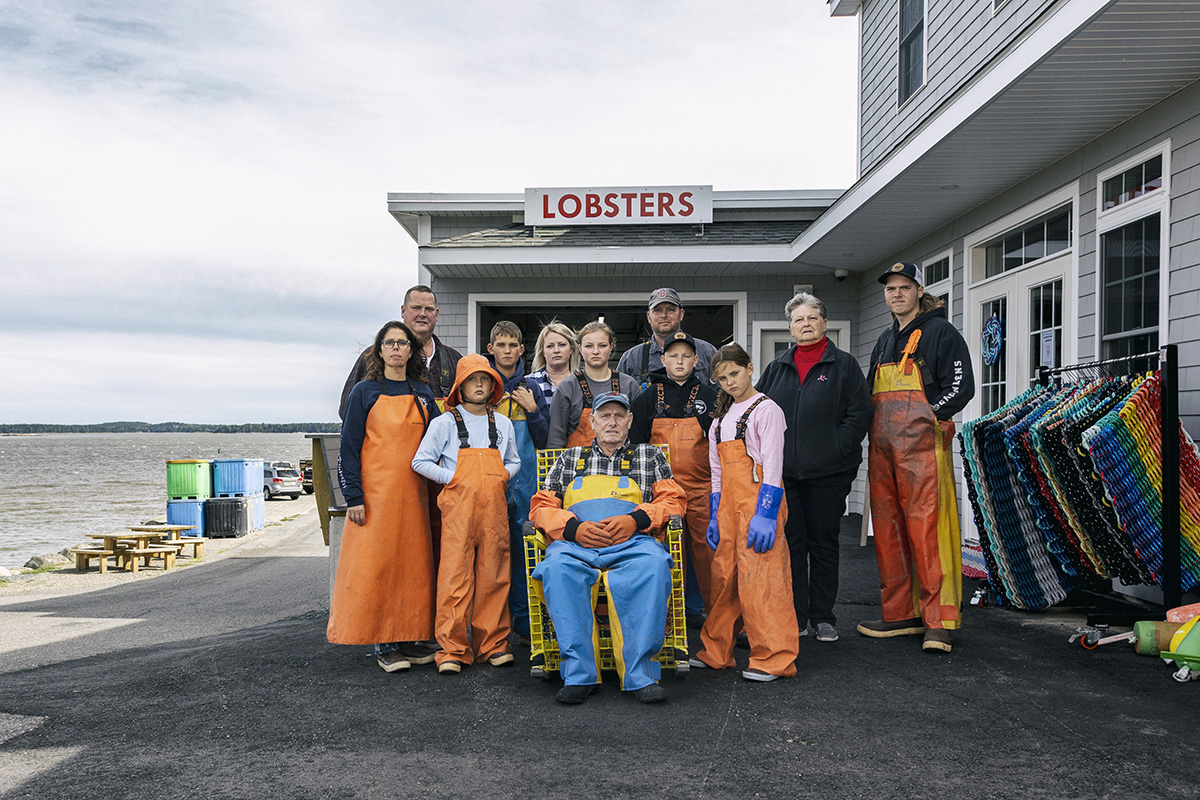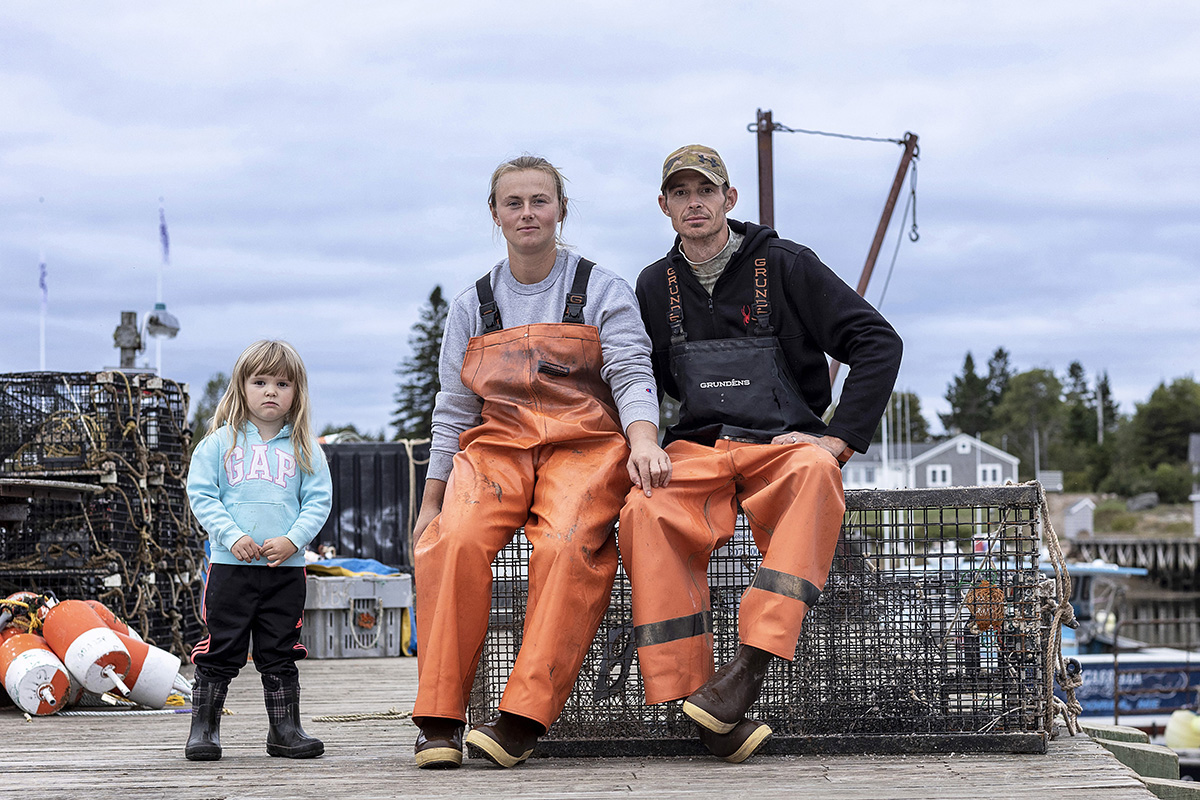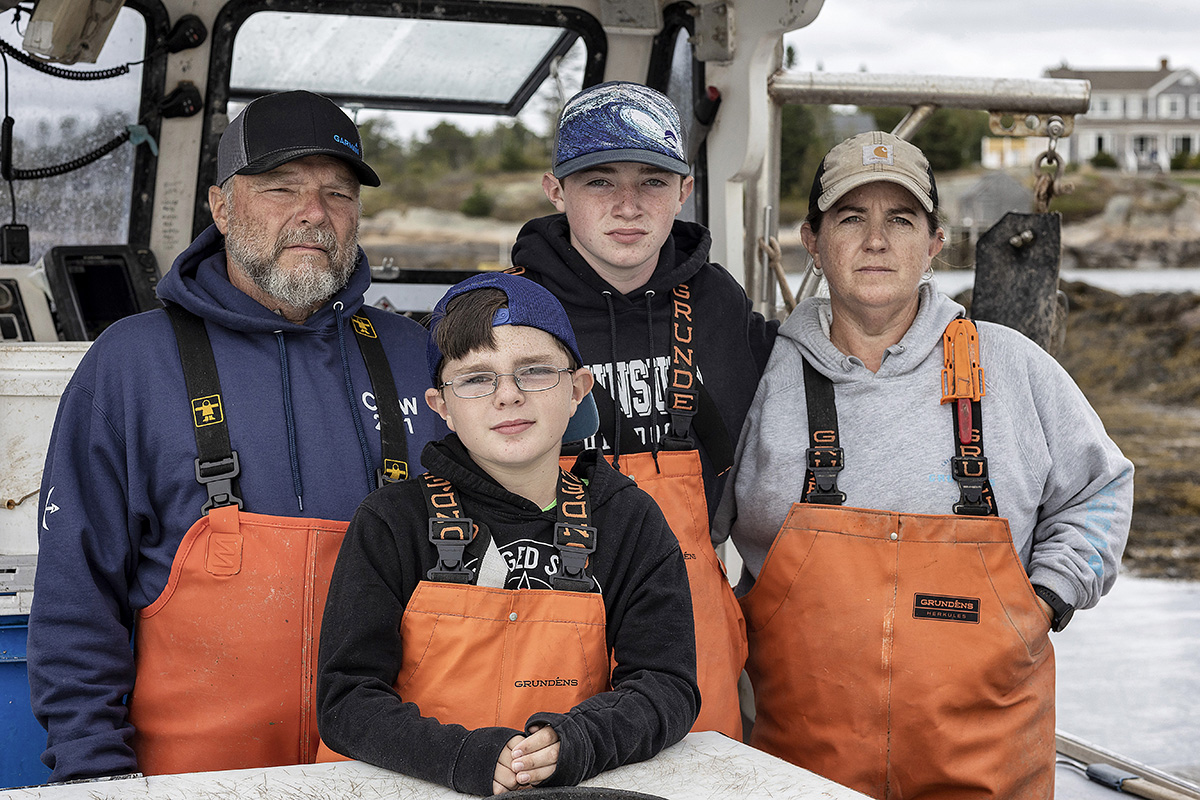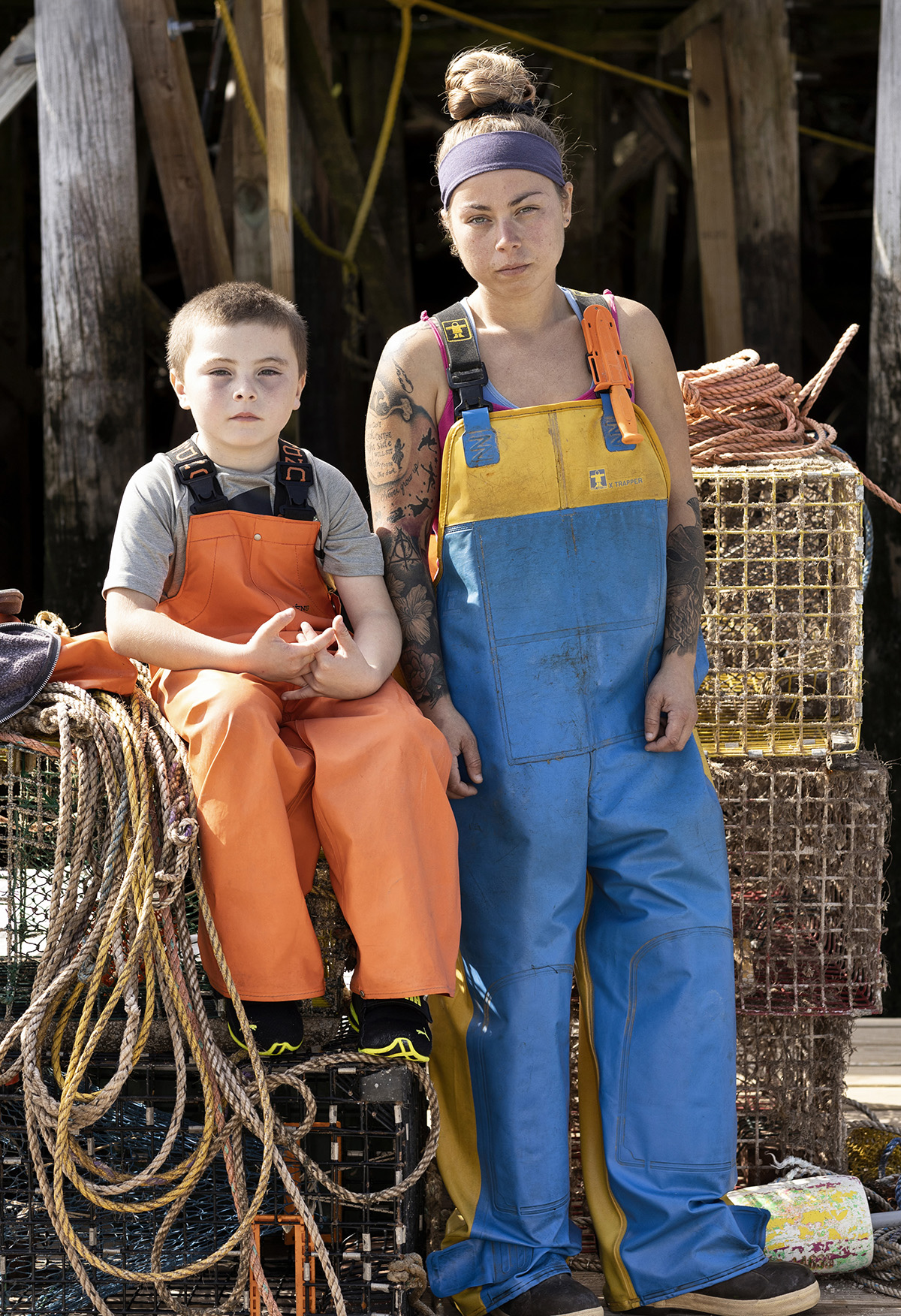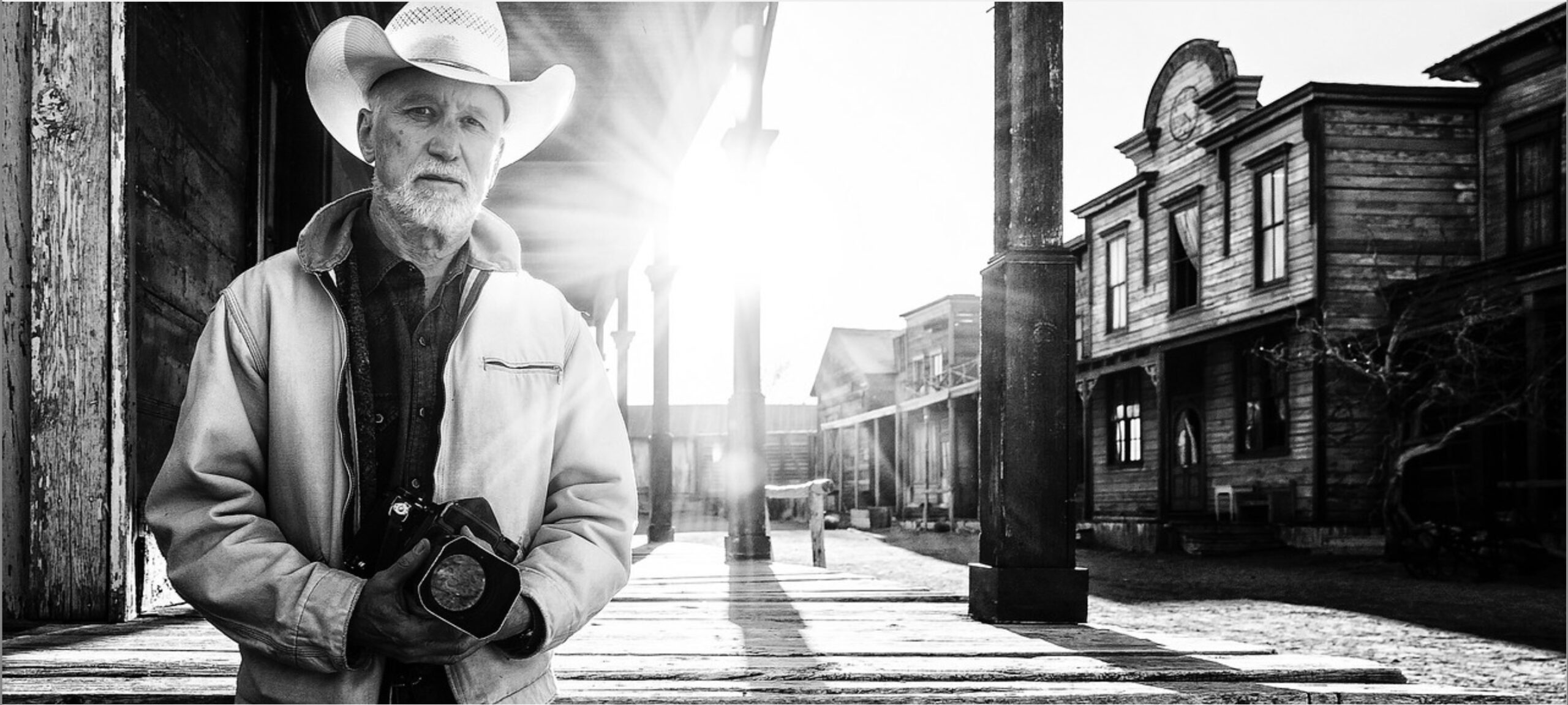The end is nigh.
Today is my penultimate column at APE.
It’s been a long, fascinating run.
I’m both thrilled to have gone on the ride with you, and a bit relieved to move into a new phase of my life.
There are so many good things that have come from my time here at APE, it’s hard to quantify.
(Though I’ve reminisced since last summer about 11 years worth of adventure.)
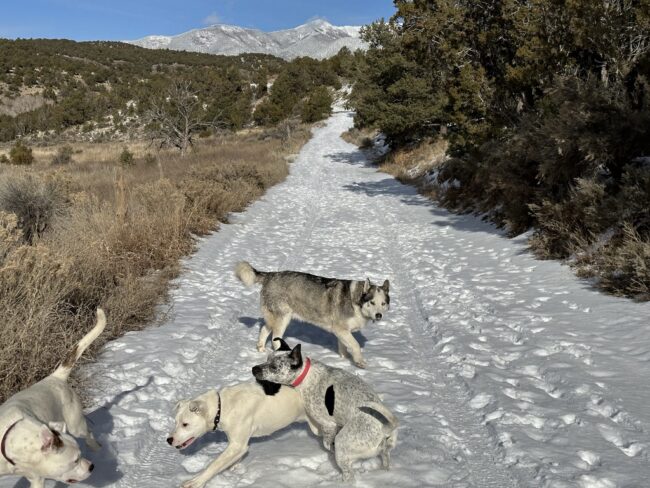
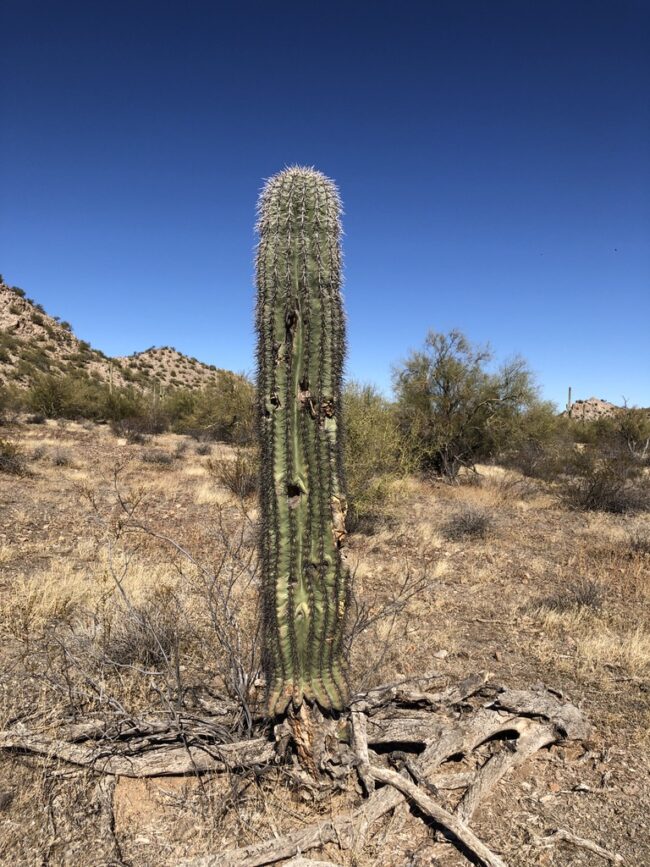
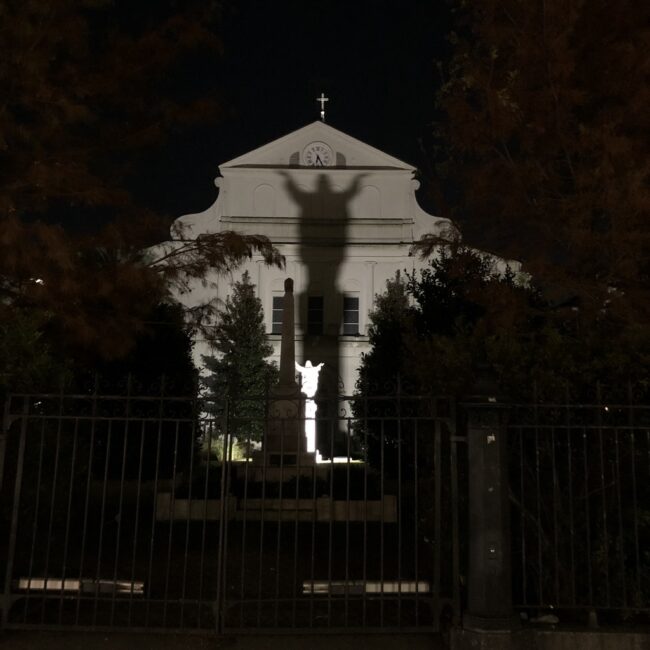

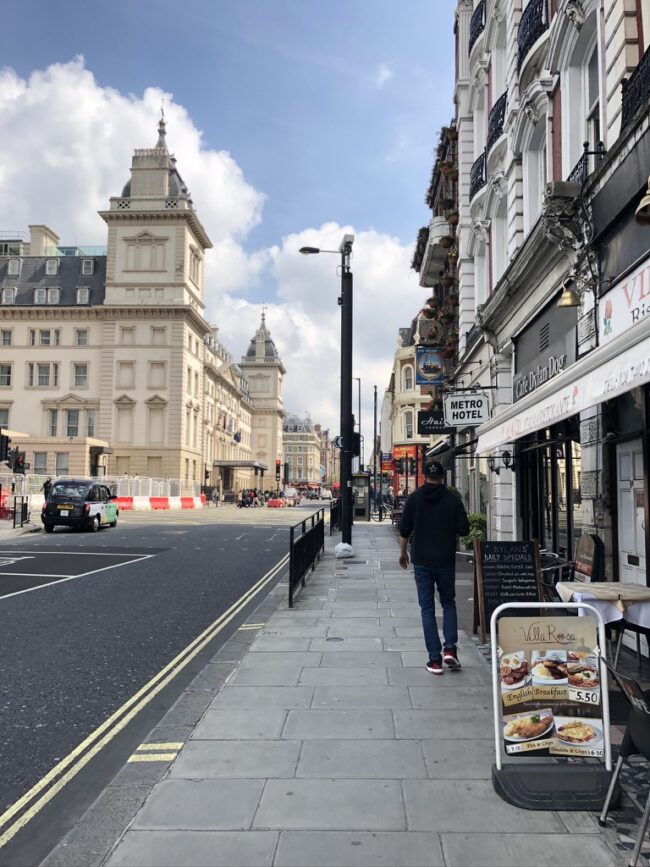
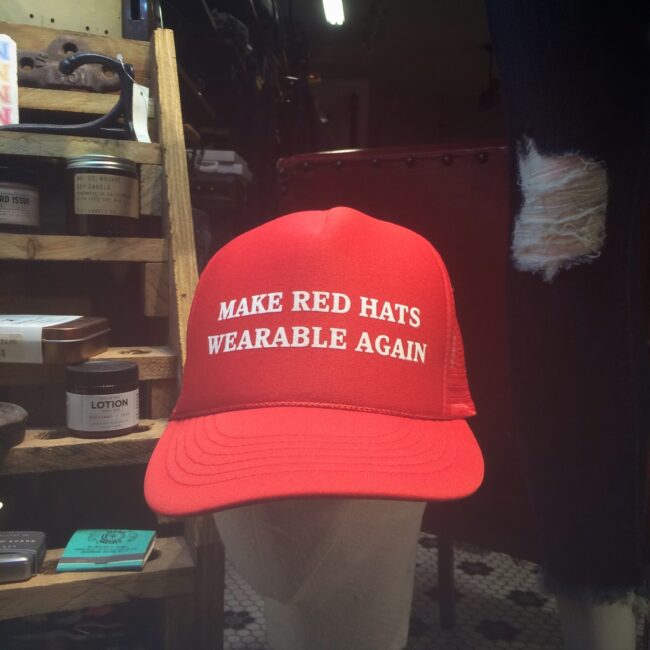
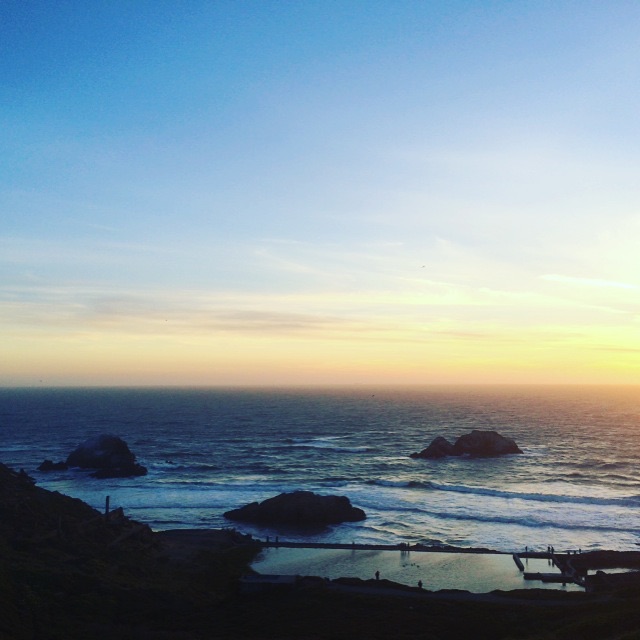
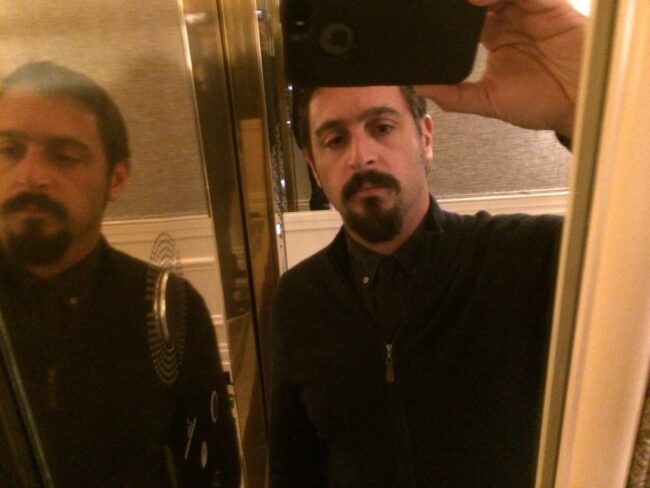
Without question, getting to meet and learn from countless photographers, over the years, has enriched my life immeasurably.
And one of my favorite things about working for Rob was that I had creative freedom the entire time.
He trusted me to write about what I wanted, and cover what was relevant.
If I wanted to change it up, spur of the moment, that’s what I’d do.
Today, for example, we’re going to pivot, even though there’s only one column left.
Two weeks ago, I featured 9 photographers from the 2022 Filter Photo Festival in Chicago.
You might think that was that, but a few of the photographers I invited to participate were off-line for the holidays, or not-quite-able to get me their work in time.
Therefore, when they popped back up again offering jpegs, how could I refuse?
To leave them hanging, and not publish their work, would not be cool.
And that’s been the core value of this blog all along: Be Cool.
With that said, today, we’ll be featuring an impromptu Part 2 of the best work I saw at Filter last year.
As usual, the artists are in no particular order.
I guess we can start with Yvette Marie Dostatni, as she and I go way back. (And I’ve shared her work here at least once over the years.)
Yvette and I met at a photo festival years ago, and then I featured her series “Conventioneers” in the one article I wrote for The New Yorker’s Photo Booth blog.
It would be fair to call me a fan of her quirky, odd, excellent work.
(Yvette is born and raised Chicago, and is as local as it gets.)
That said, when I saw her last in Portland in 2019, I challenged her to push her newer color work, “My American Dream” forward a bit.
It felt transitional, and needed tightening.
Therefore, I was super-psyched to check it out in its current iteration.
There is a vibrance to Yvette’s work that matches her personal energy, and I can’t think of a much bigger compliment.
(I’m going to share Yvette’s captions below the images, which I rarely do, because it’s important to understand the context here.)
My American Dream Captions:
1. A tatted biker tenderly holding his effeminately dressed chihuahua, wearing a pink sweat-shirt complemented with delicate pink pearls at The International Kennel Club Dog Show in Chicago, Illinois.
2. Anthony Alfano, living with cerebral palsy, wears a costume his Parent’smade him for Halloween.Tony and Deanna Alfano make their son an elaborate Halloween costume every year. In 2016, Anthony’soutfit was the Lincoln Memorial Snow globe.To the left of him are his neighbors, who were out trick-or-treating as well.
3. Joyce Berg is the owner-operator, curator, and docent of the Angel Museum in Beloit, Wisconsin. Shewears a glittering angel costume to give tours of her personally acquired collection of more than 15,000 angel statutes. Joyce poses next to one of three cases donated by Oprah Winfrey.
4. A professional groomer and her canine creation pose for a photo after the ‘Creative Styling Category’ competition at the ‘All American Grooming Show’ in Wheeling, Illinois.
5. A Michael Jackson impersonator stands vigil next to the King of Pop’schildhood home in Gary, Indiana, on the ninth anniversary of his death, in 2018.Next to him, enshrined in glass, is a Michael Jackson sequinedglove.
6. Twin brothers and Professional Socialites Jon and Andrew Landon wear couture outfits in their downtown Chicago, Illinois apartment.
7. American Patriots at a life-size diorama of a burning Twin Towers during a 9/11 outdoor memorial ceremony in Schererville, Indiana.
8. Tourists patiently wait for the jousting event at Medieval Times in Schaumburg, Illinois.
9. Michael Foley and his girlfriend Colleen wait for the doorbell to ring to pass out candy on Halloween in Chicago, Illinois.
10. Susan Henderson puts her treasured collection of dolls away for the evening in the affluent suburb of Wilmette, Illinois. Thedolls remind Susan of her happy childhood. She changes their outfits seasonally.
11. Vehemently anti-Trump, Bob Rogers poses with a Trump Pinata in a funeral home’sempty viewing area above which he lives.Bob was looking forward to burning the pinata during President Biden’s inauguration.
12. King Jeremie and Haija Sidd, who work at New Style Comfort Furniture, pose in the store’sfront window display.New Style Comfort Furniture is located in the most diverse neighborhood in Chicago, Illinois: Roger’s Park.
13. Samuel J. Lewis II, a professional puppeteer, holds a puppet modeled after his late Grandfather, James Aubrey Lewis, in front of his house in Skokie, IL. On this night, civil unrest was occurring less than 40 miles away in Kenosha, Wis., after the police shooting of Jacob Blake.
I’ve also known Meg Griffiths, whom I first met in Santa Fe in 2010, for quite some time too.
Meg’s been featured on the blog, for her co-curation of A Yellow Rose Project, and I’ve admired her art over the years too.
Meg showed me a Covid-era, studio project in which she got way out of her comfort zone, and made trippy, futuristic, sometimes off-putting, constructed images.
The metaphorical photos were edgy, and felt of the time they were made.
As with some of the artists I featured last time, Meg and I worked on an edit, with two piles, in which we pruned the few images that felt too safe, familiar, or both.
Jeff Schewe and I met the moment he sat down at the table, so it was a rather different experience than the previous two artists.
(Though he had sent me a FB friend request the week before the event, so I recognized his name. Smart move.)
Jeff had a long-time commercial photography career, and was something of a Photoshop wiz, having written more than one book on the subject.
I didn’t much care for the first project he showed me, but as is often the case, the second was more intriguing, in which Jeff made digitally-simulated-tintype-aesthetic images of Saguaro cacti.
I know some people aren’t in for the fakery, but IRL, the effect was convincing, the prints were luscious, and I thought the form and content matched each other well.
(Weird shit has always gotten my attention, and I hope that never changes.)
Lastly, we have Grace Tenneh Kromah, who is the current Filter Photo Fellow, and a graduate of the SAIC.
I didn’t review Grace’s work at the table, but we hung out several times, and definitely clicked on a human level.
(Despite the fact that being from Philly, she likes the dreaded Eagles, whom I very much hope the Giants beat tomorrow.)
Grace showed me her work briefly at the Filter Portfolio Walk, and it interweaves historical, family imagery with contemporary art pictures.
Grace’s history is dramatic, with an ancestry in Liberia, a move to the Midwest, a heap of whole and part siblings, and she weaves the narrative together in her art.
And a big Shout Out to Grace for communicating me with me (via IG DM) while she’s currently in Liberia, working on the project.
These pictures are so cool!
Anyway, that’s it for today, and in two weeks, I’ll say my final goodbye, and step away from APE, after a long and successful run.
Thank you all for reading!
